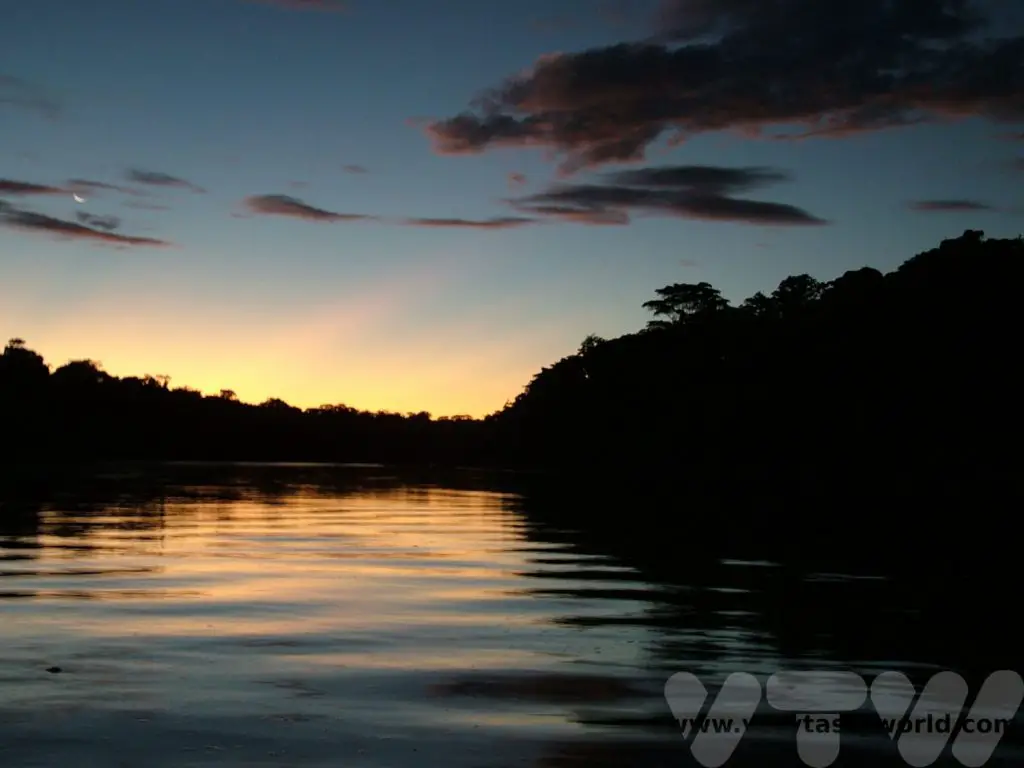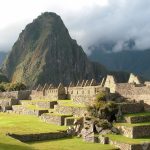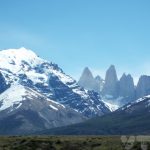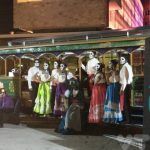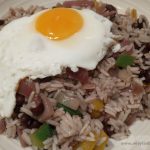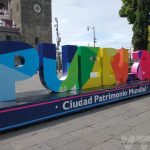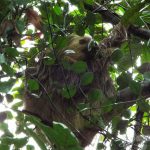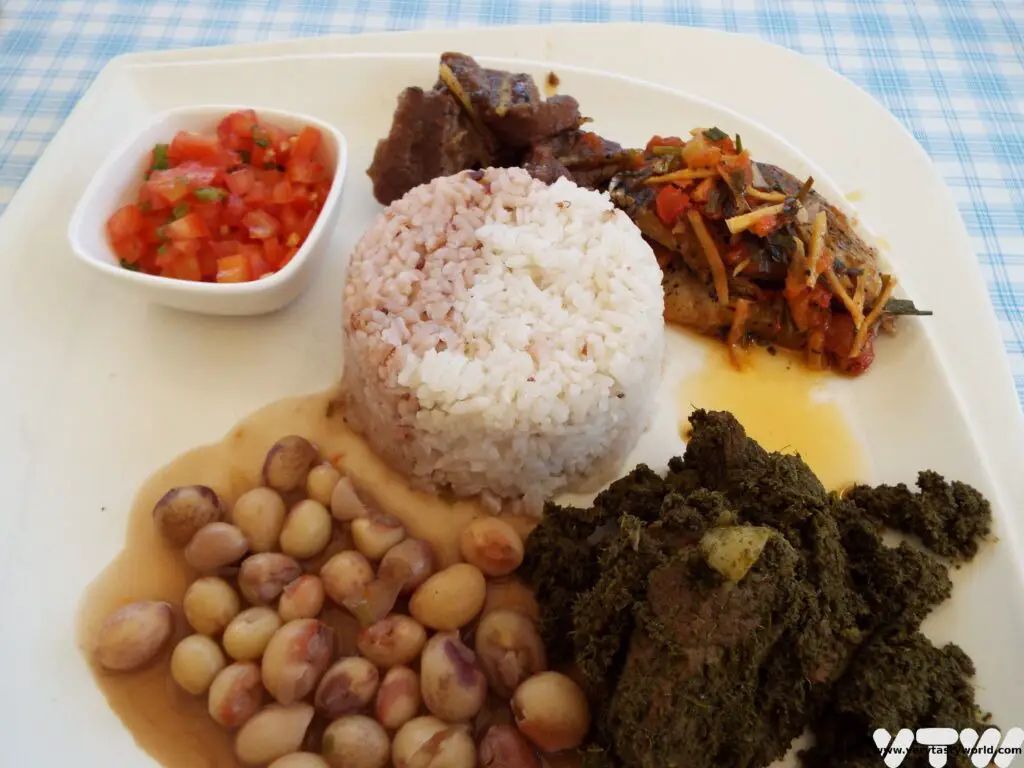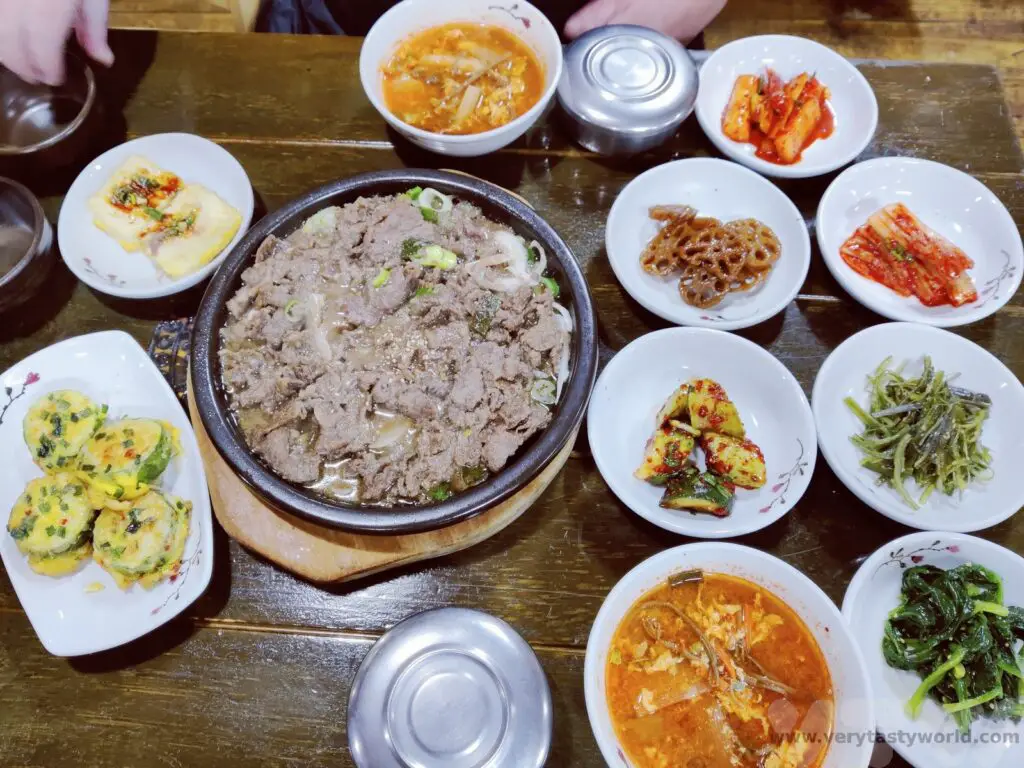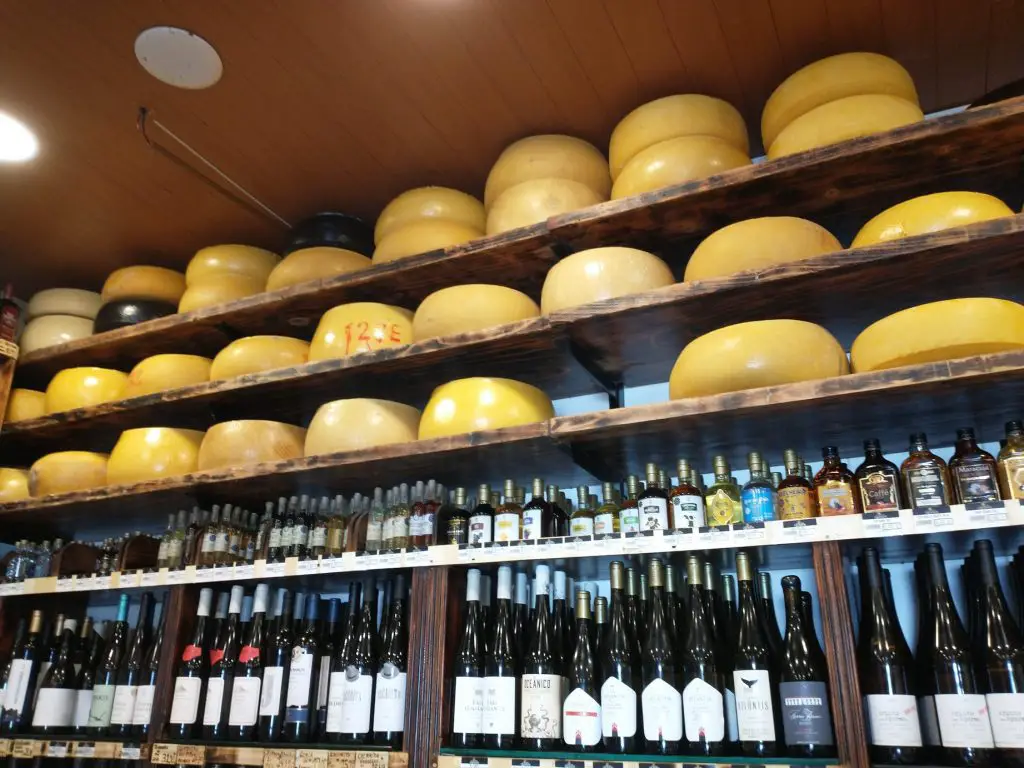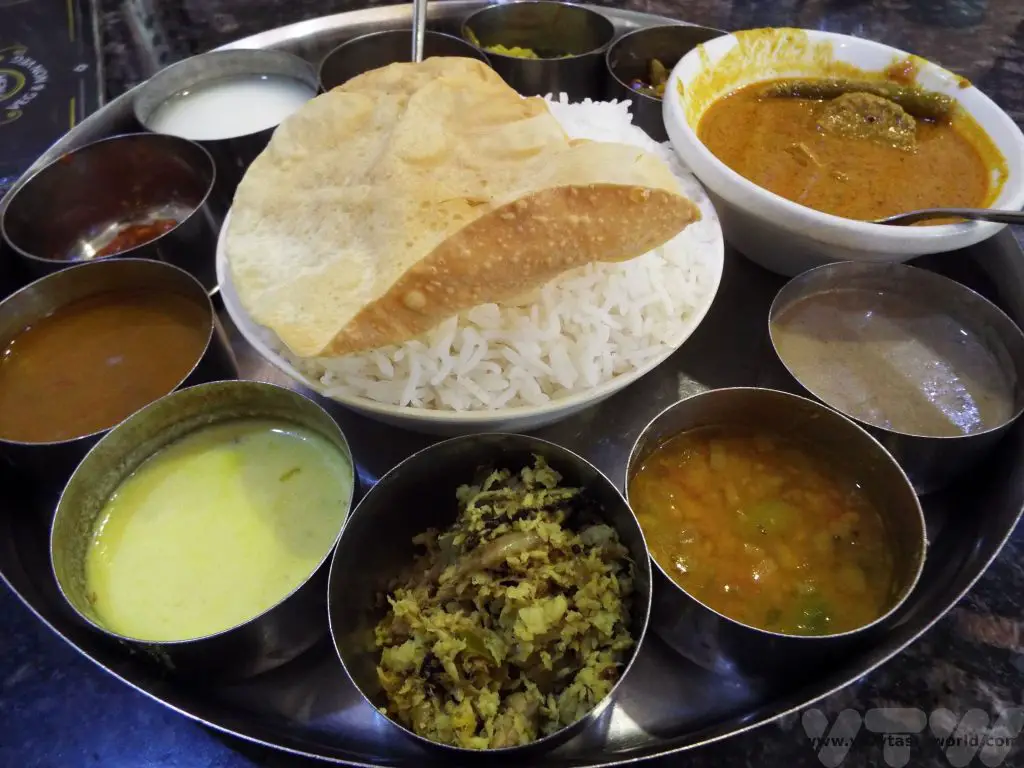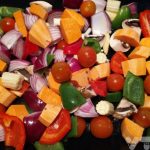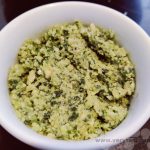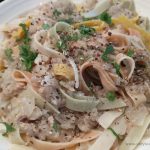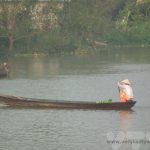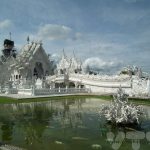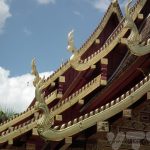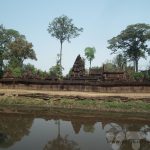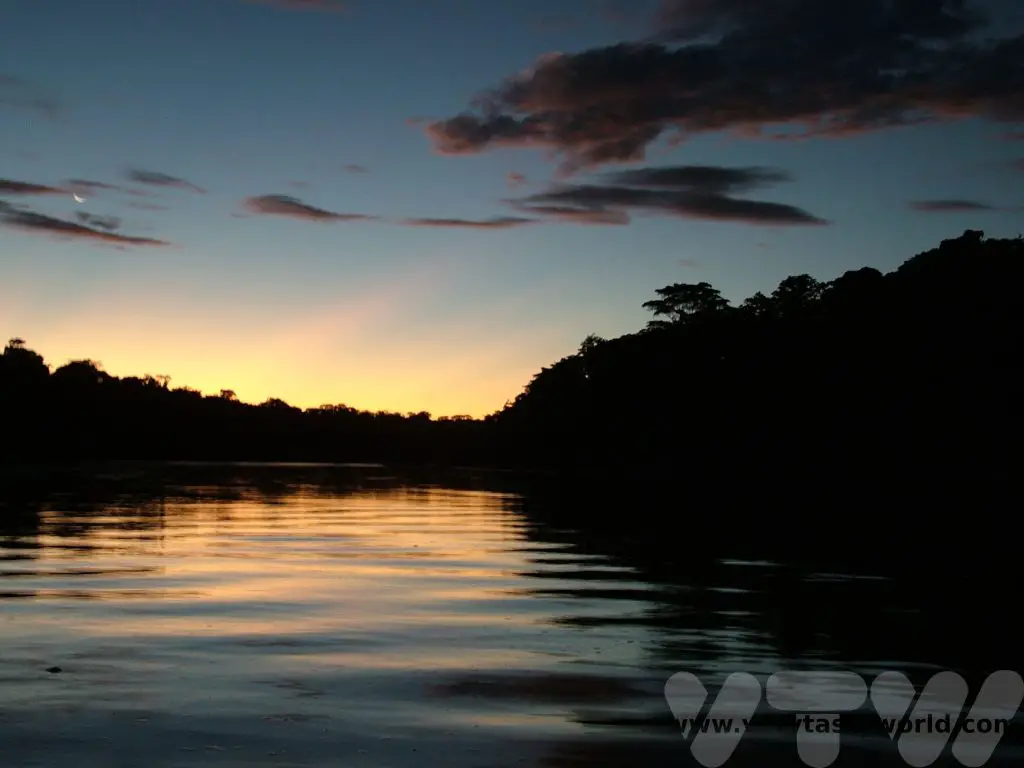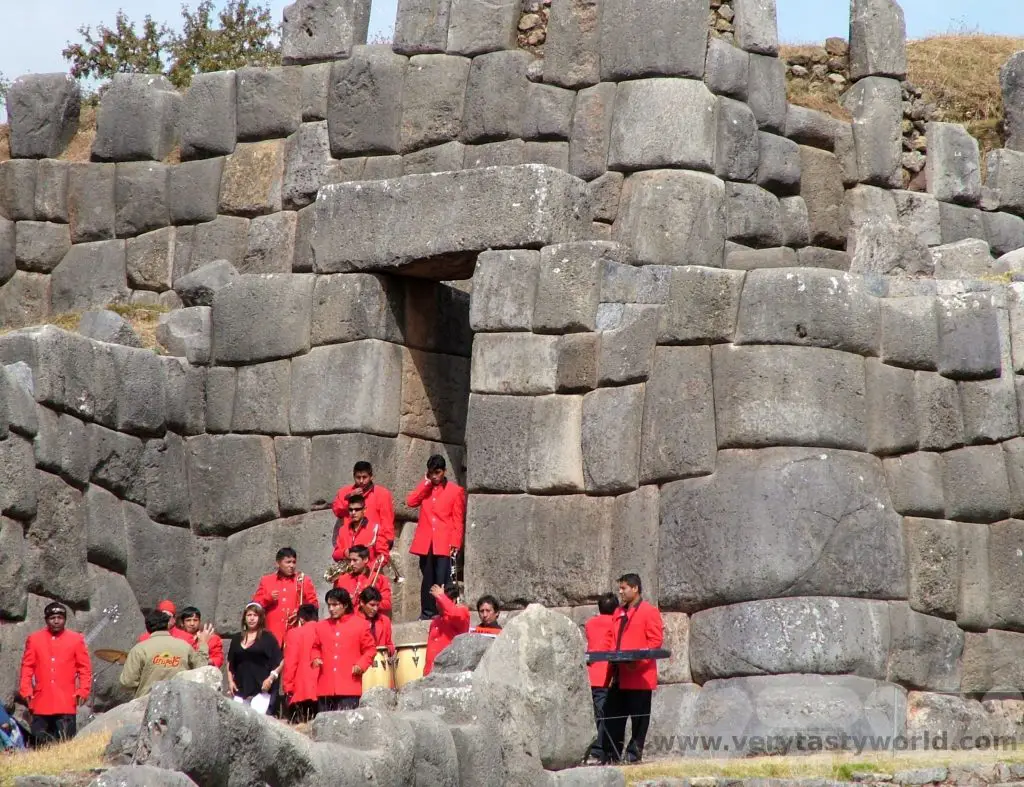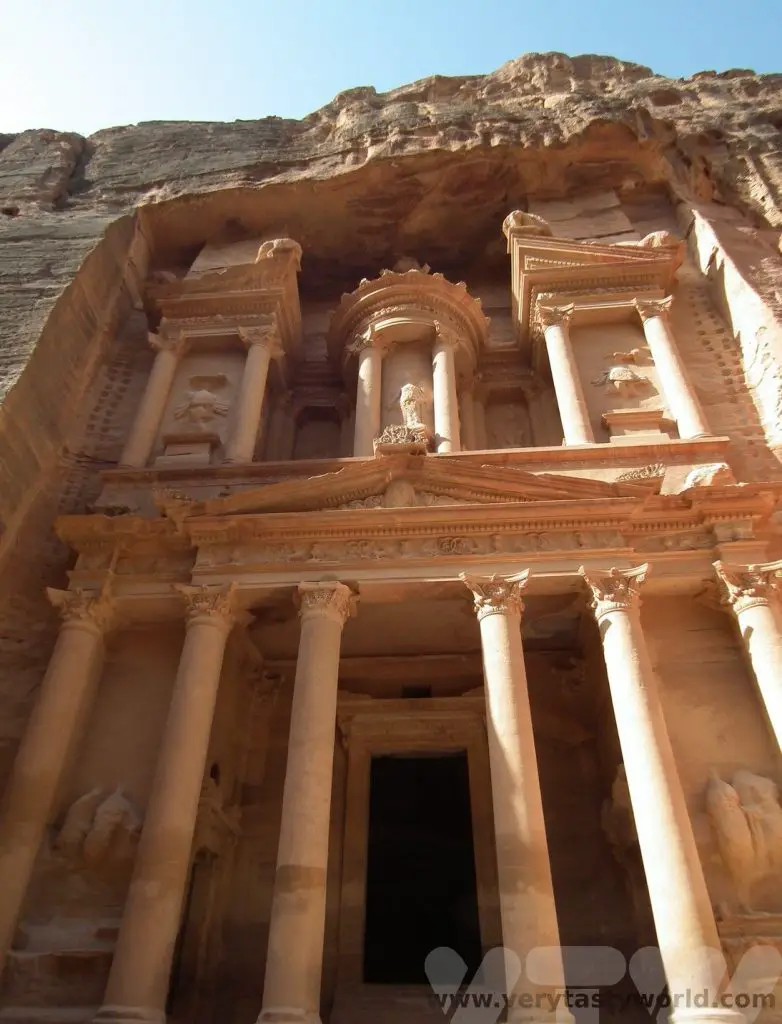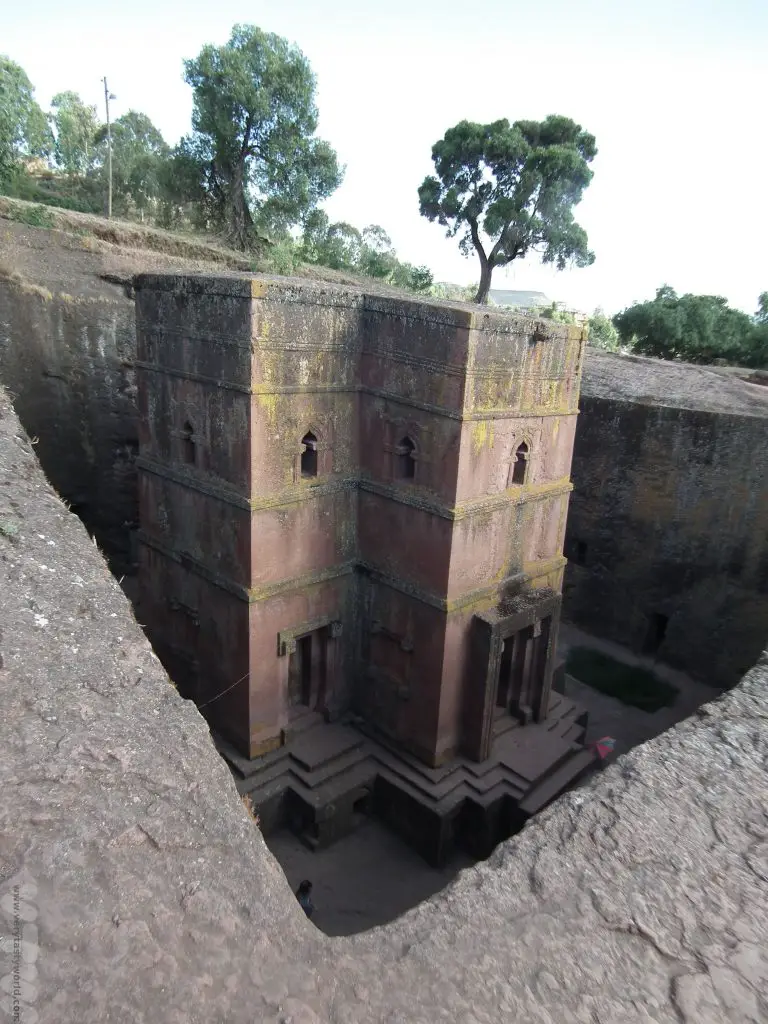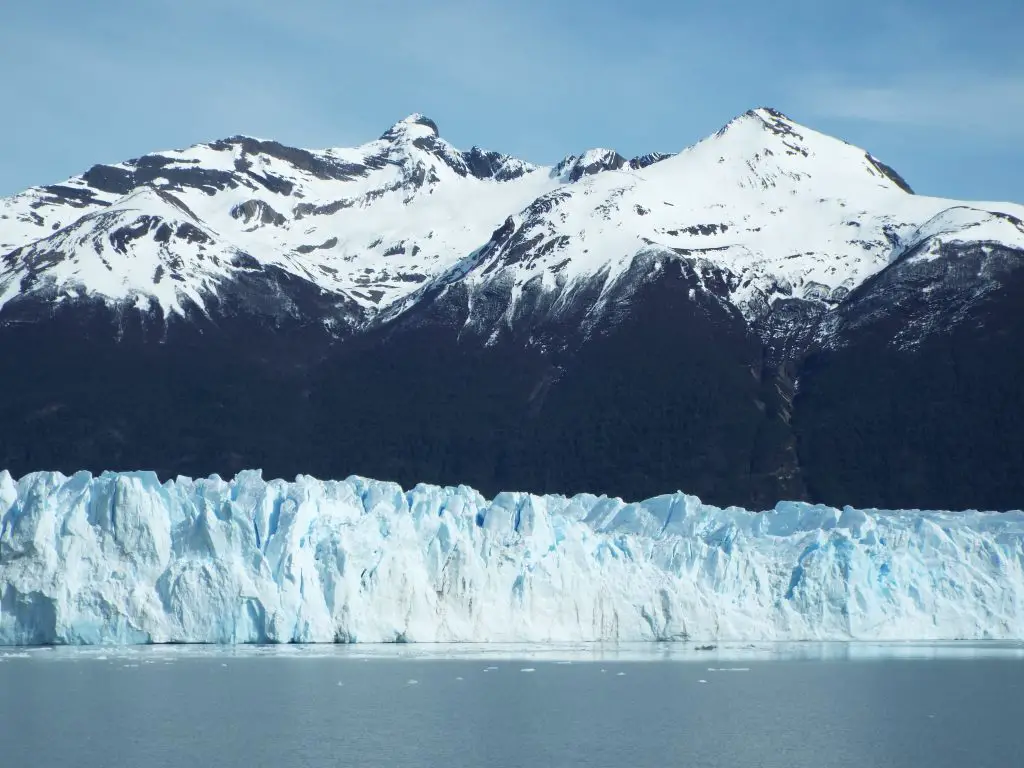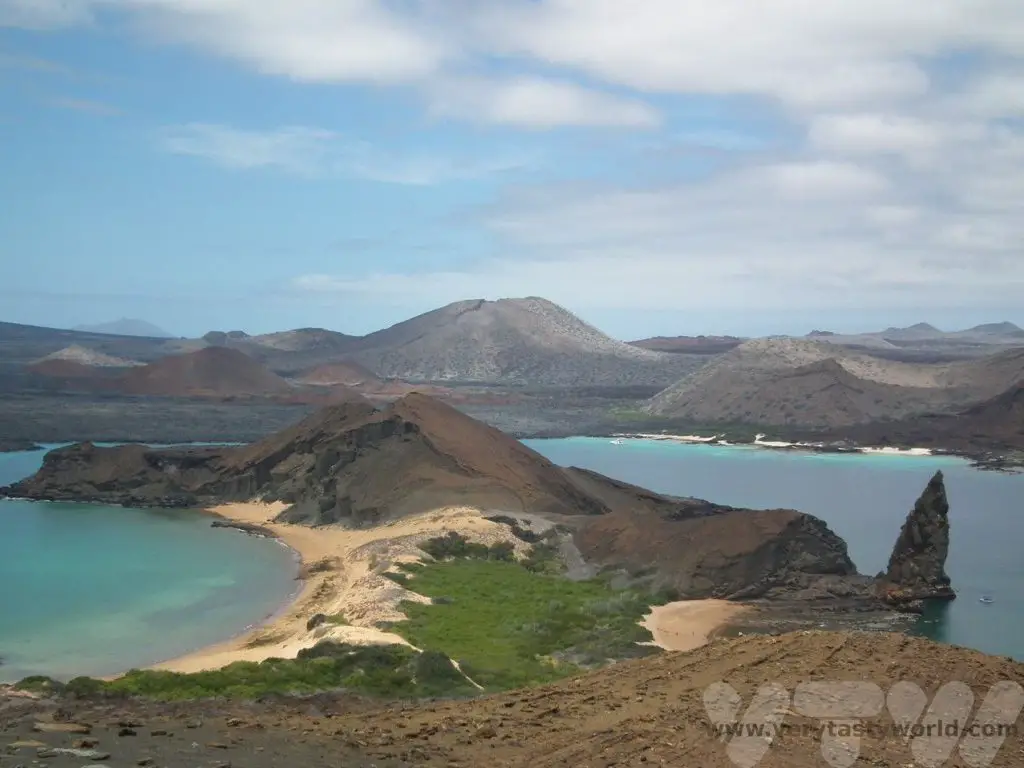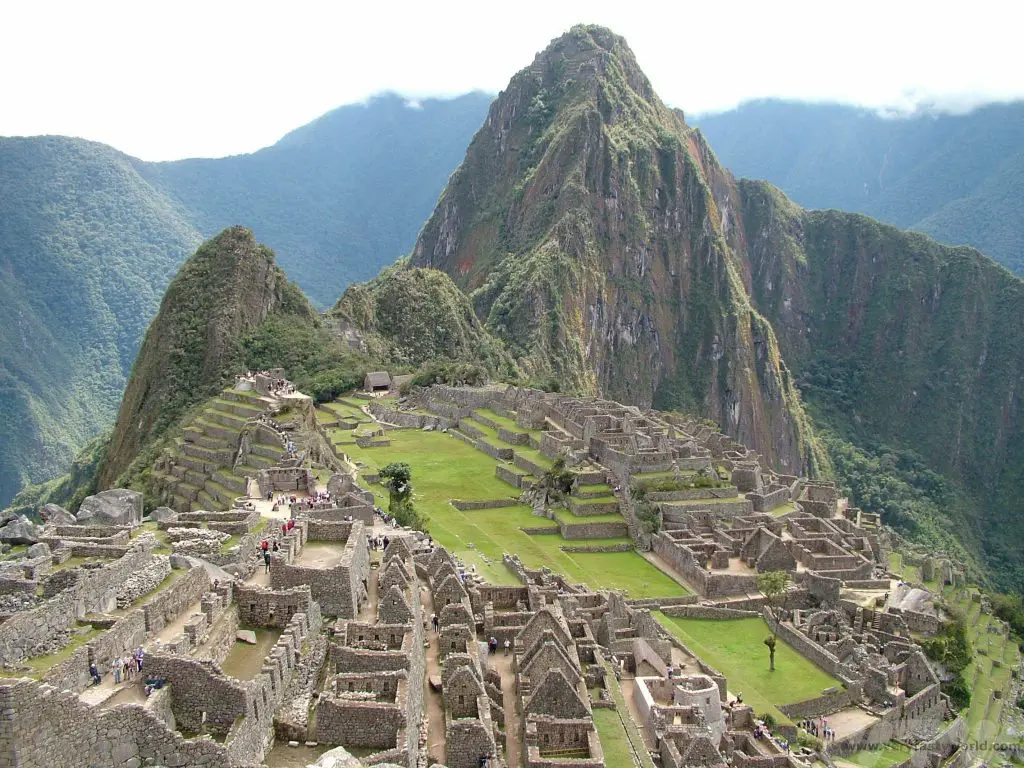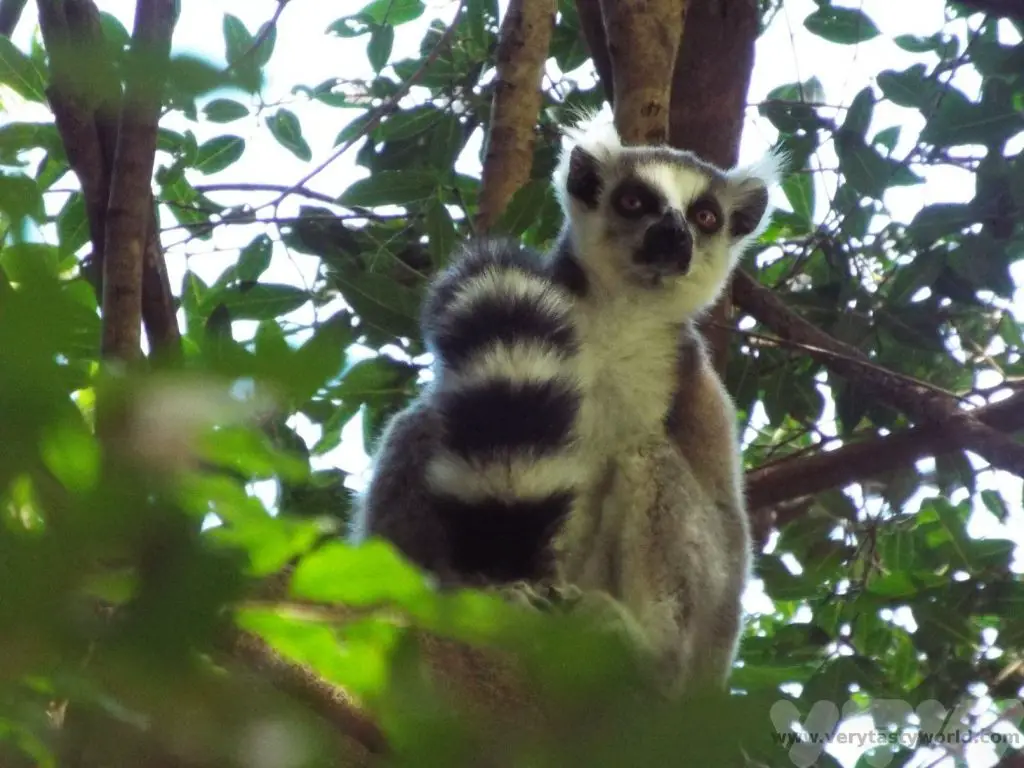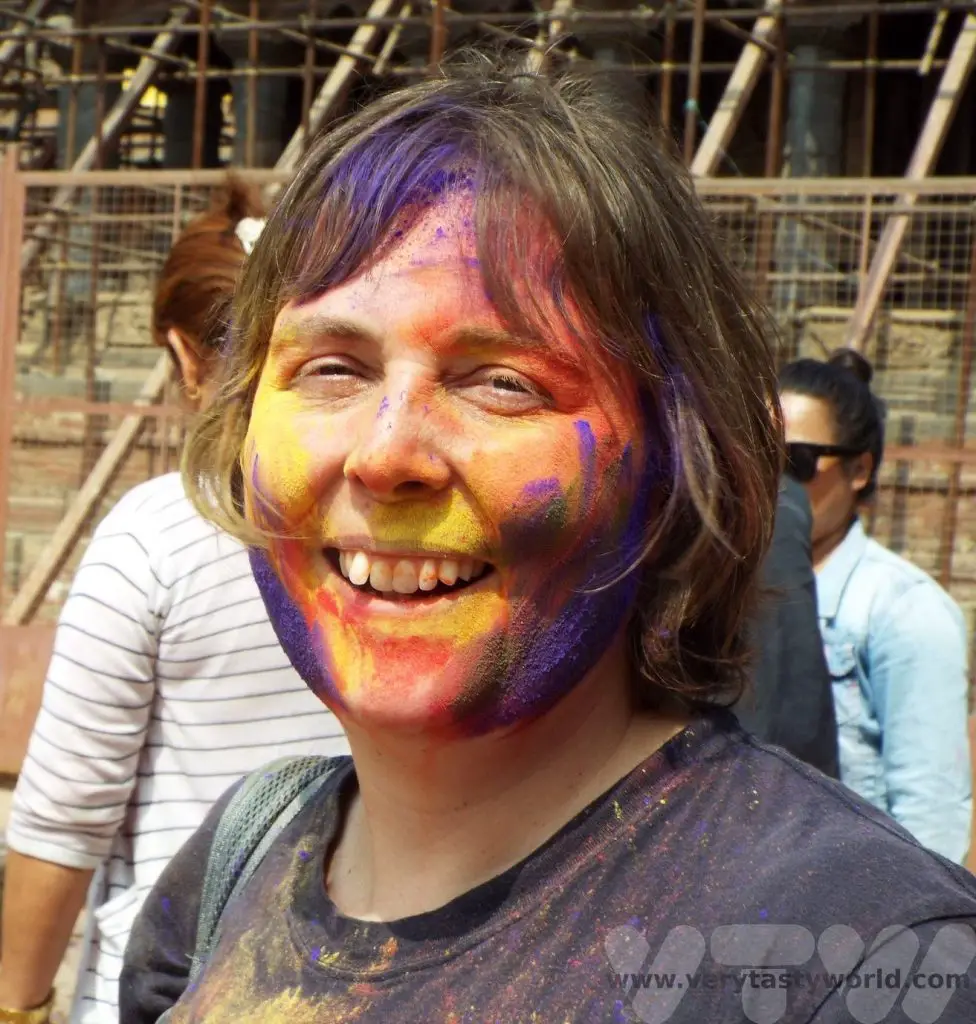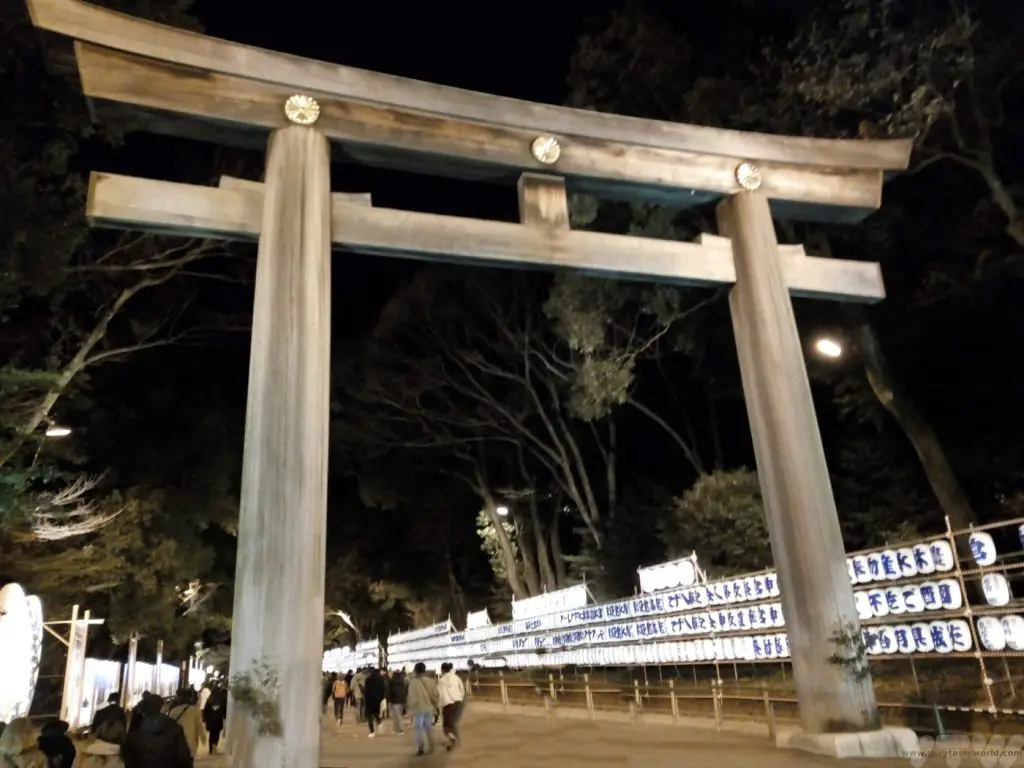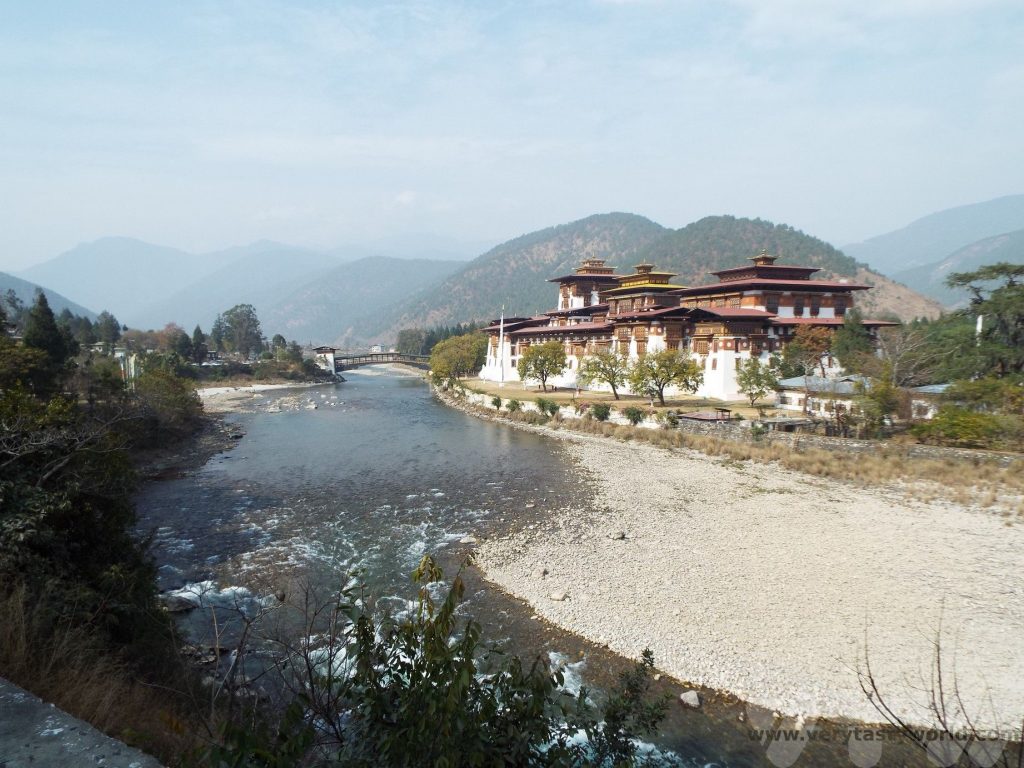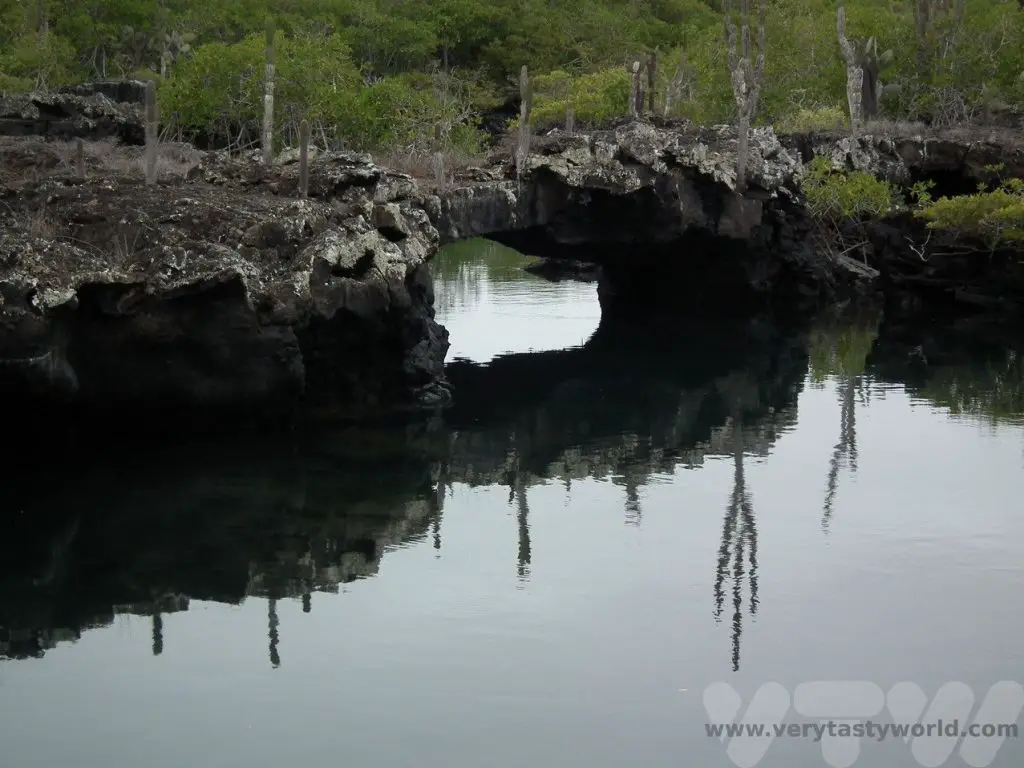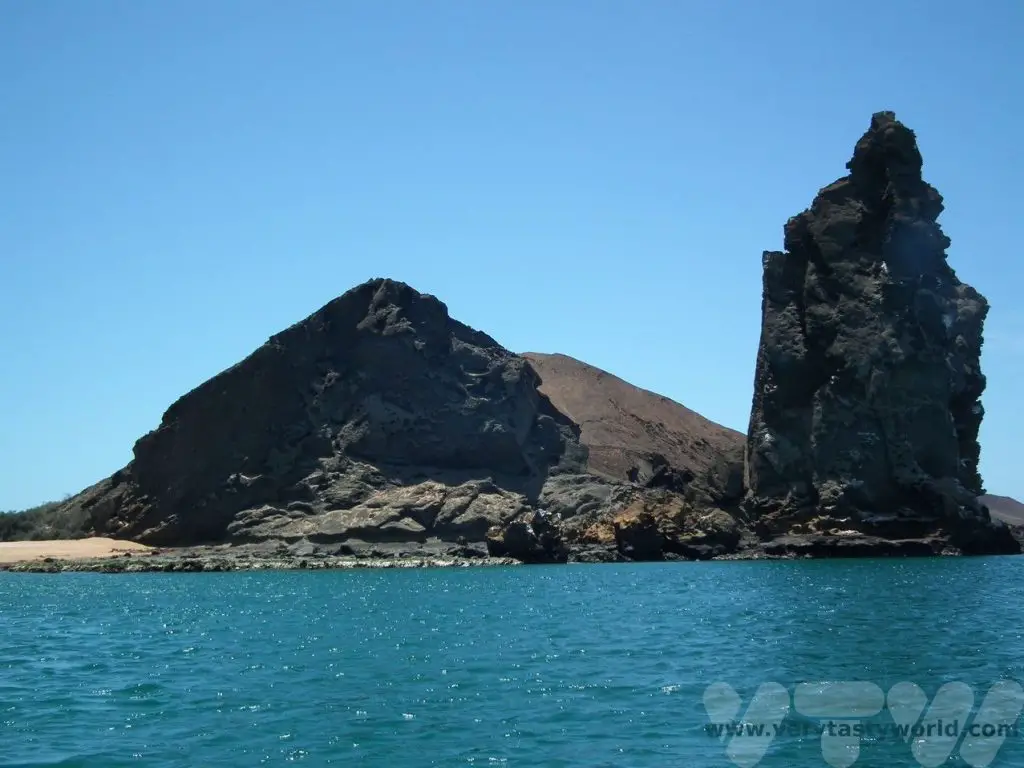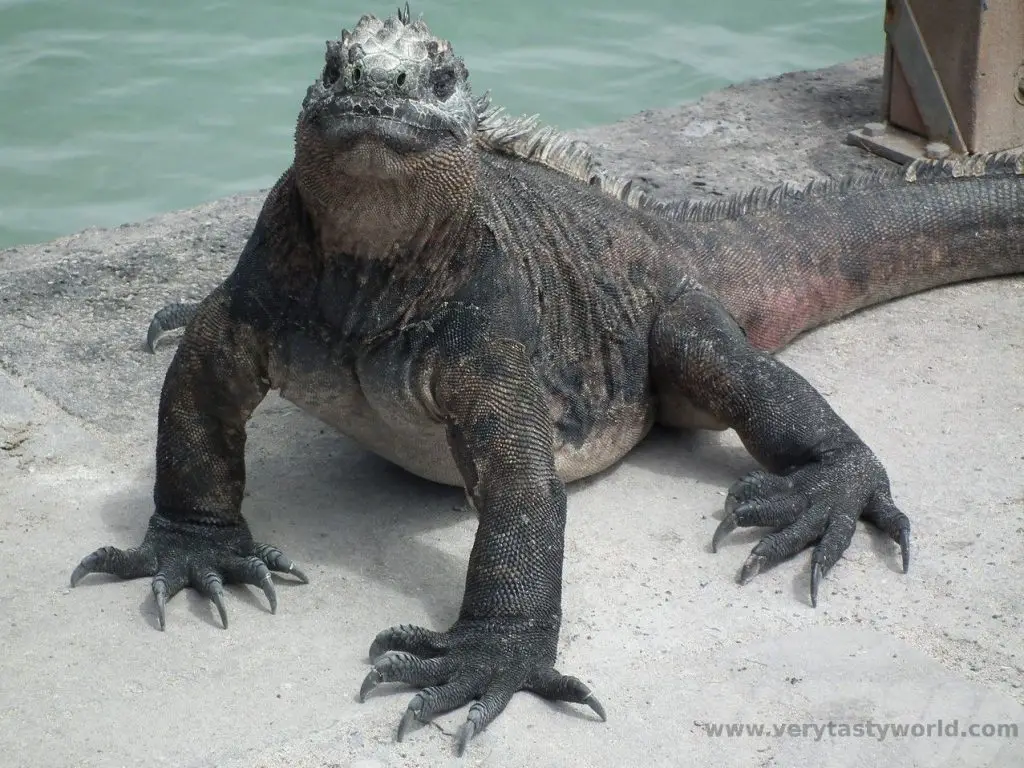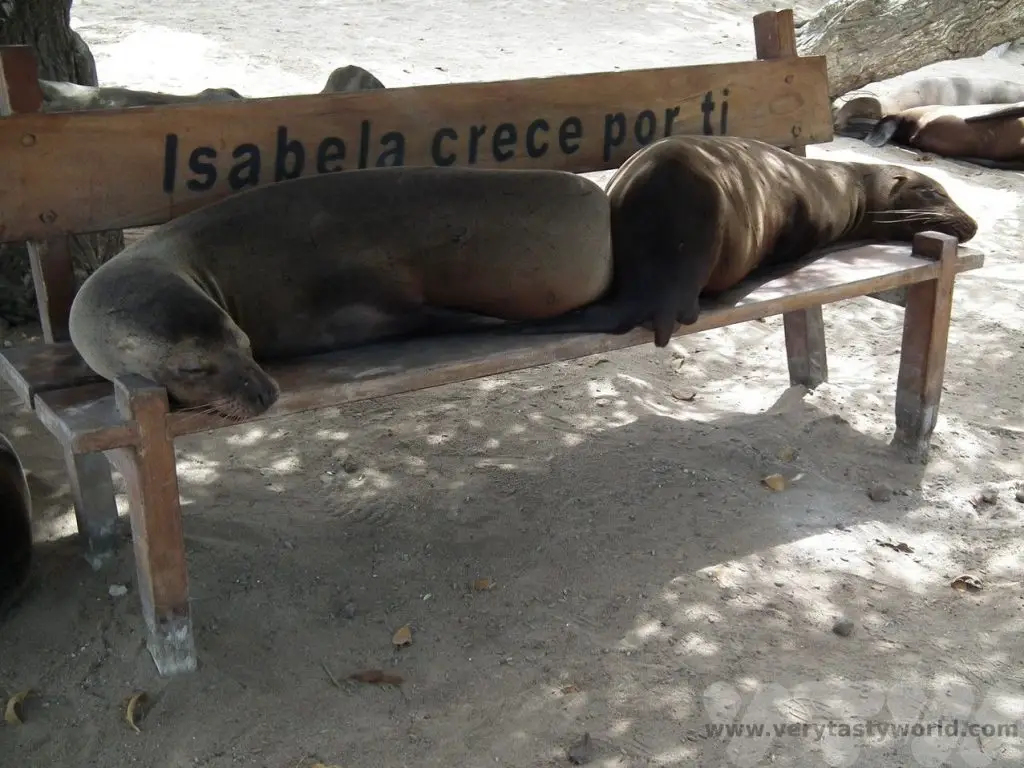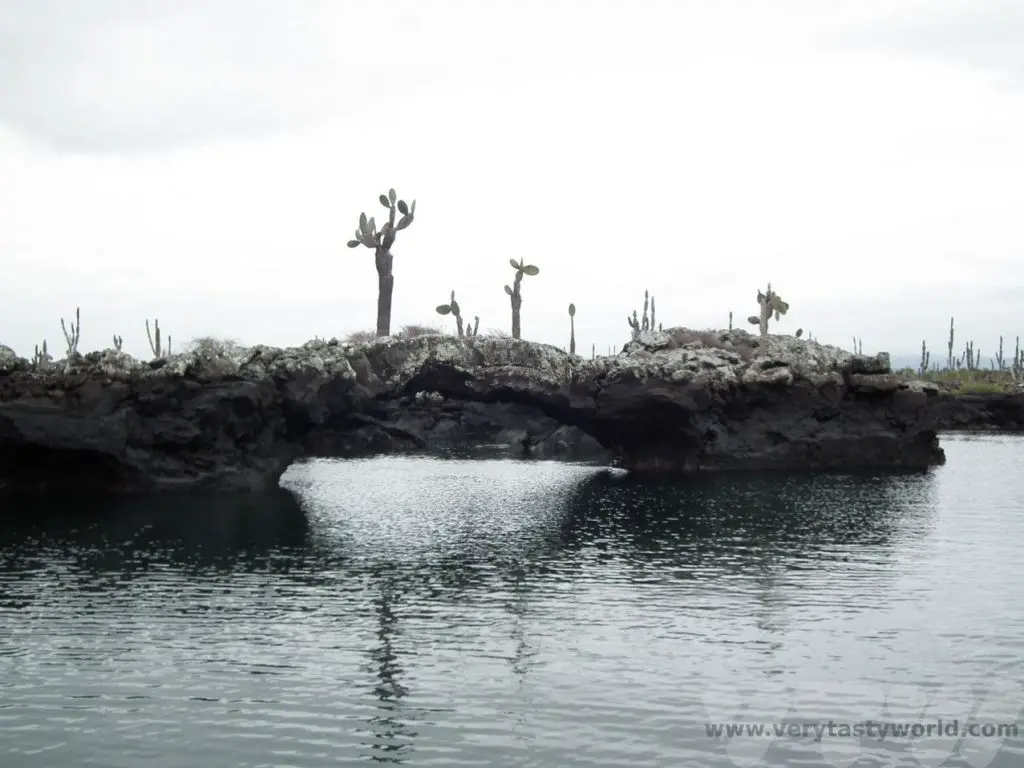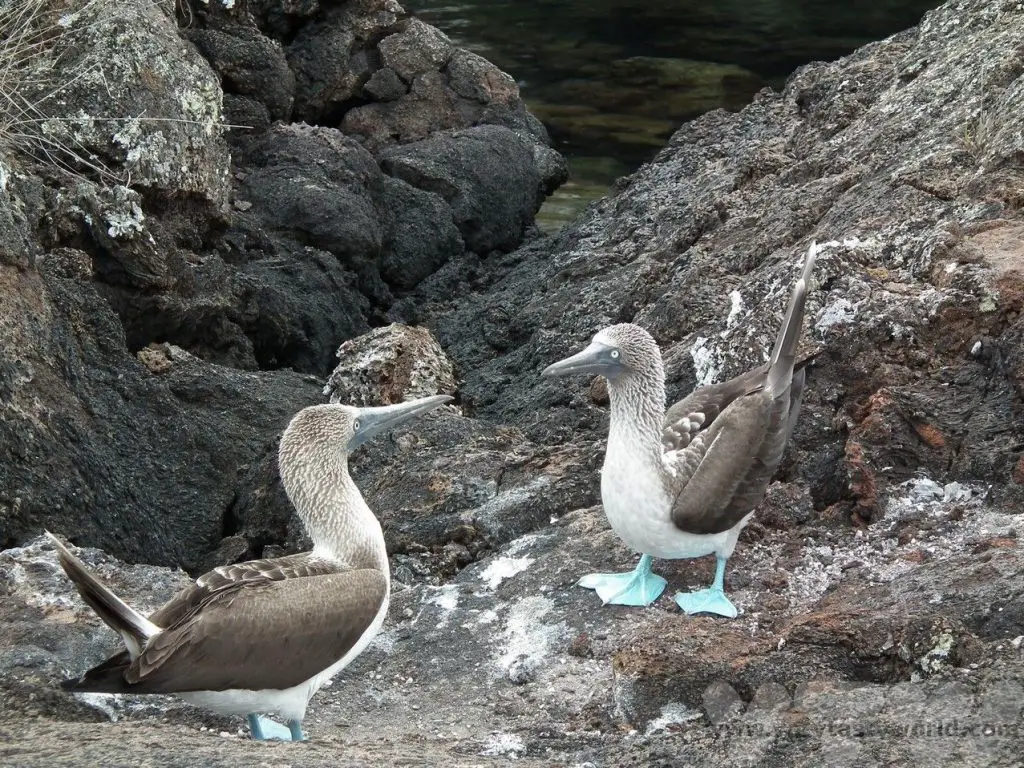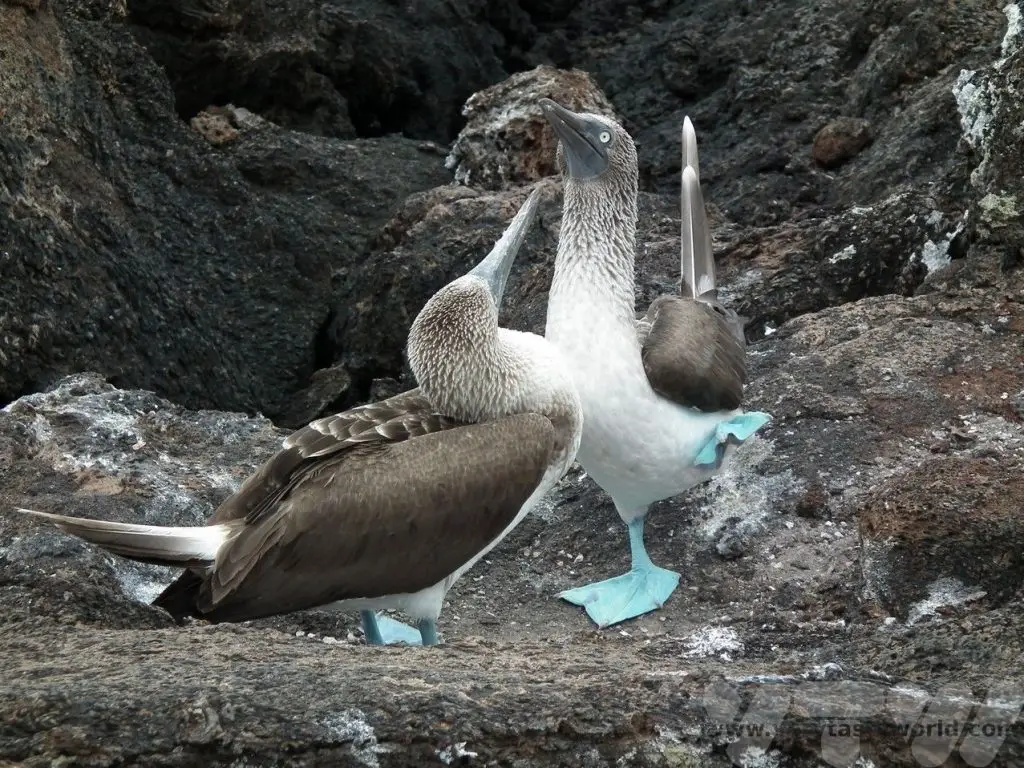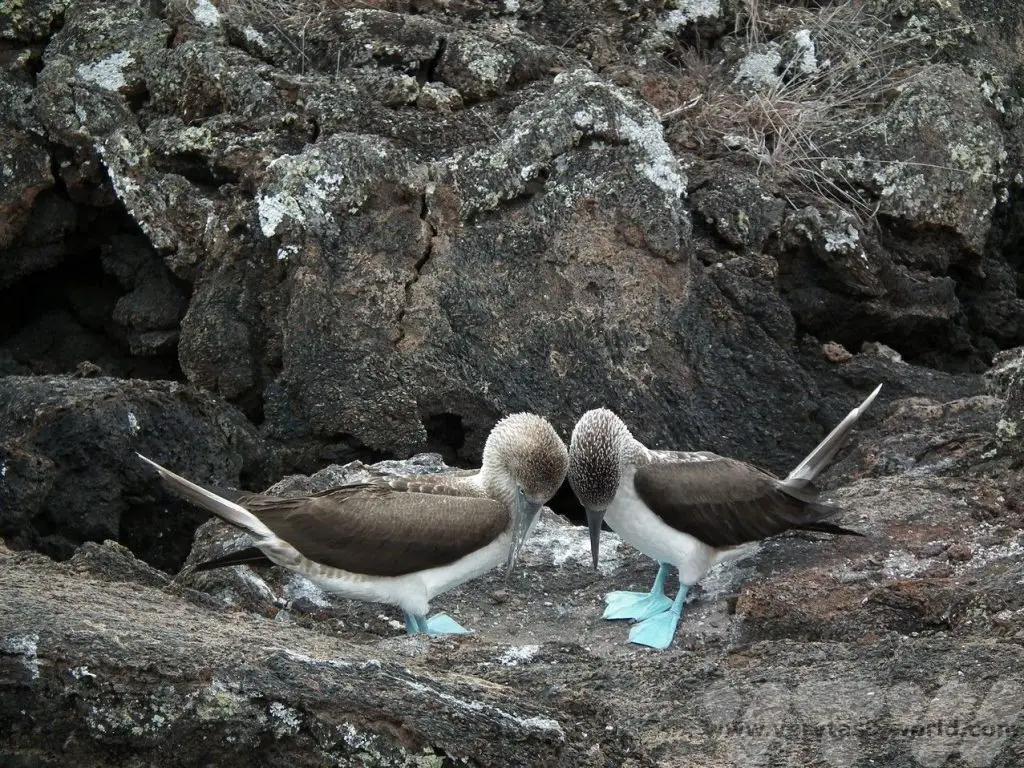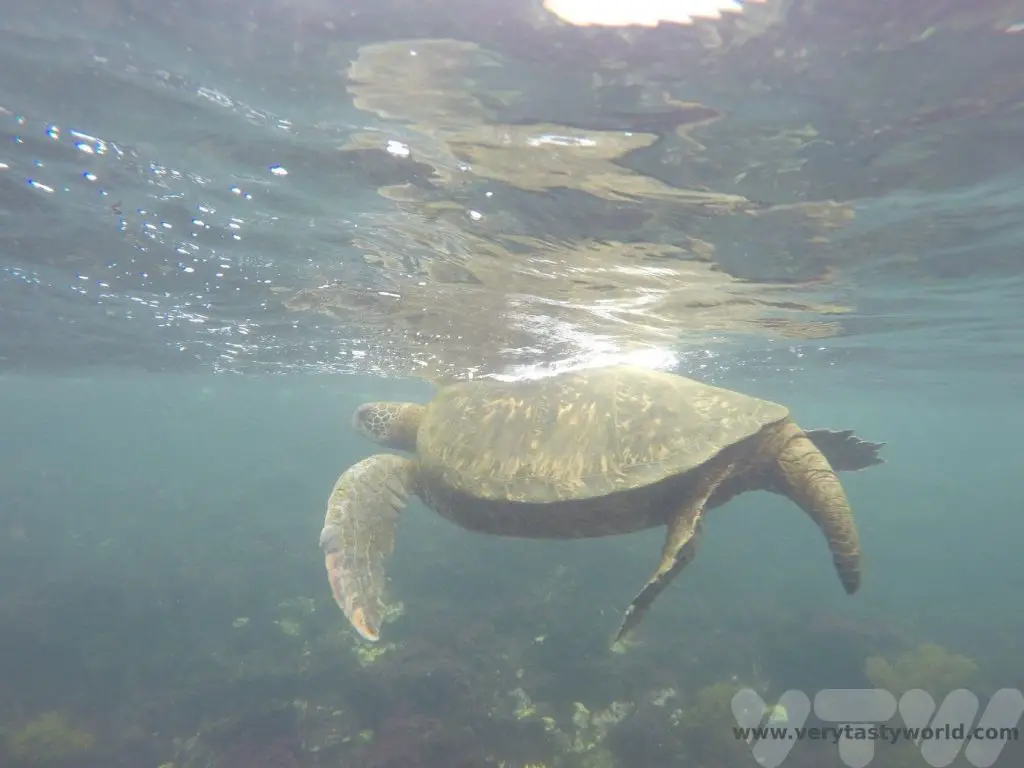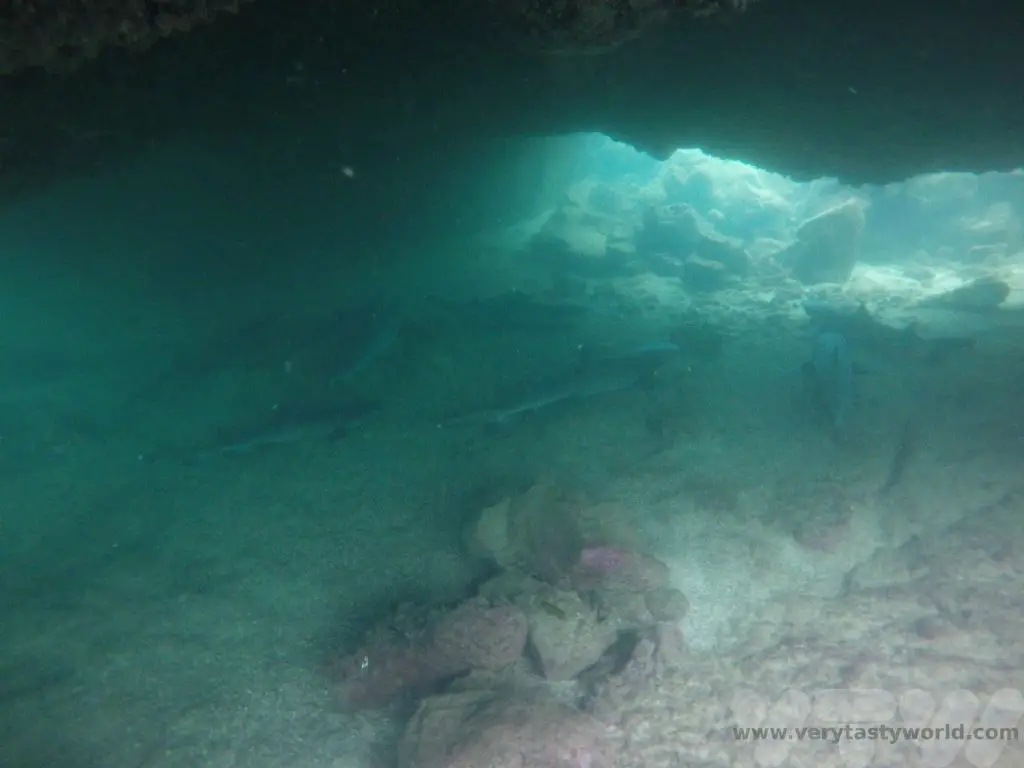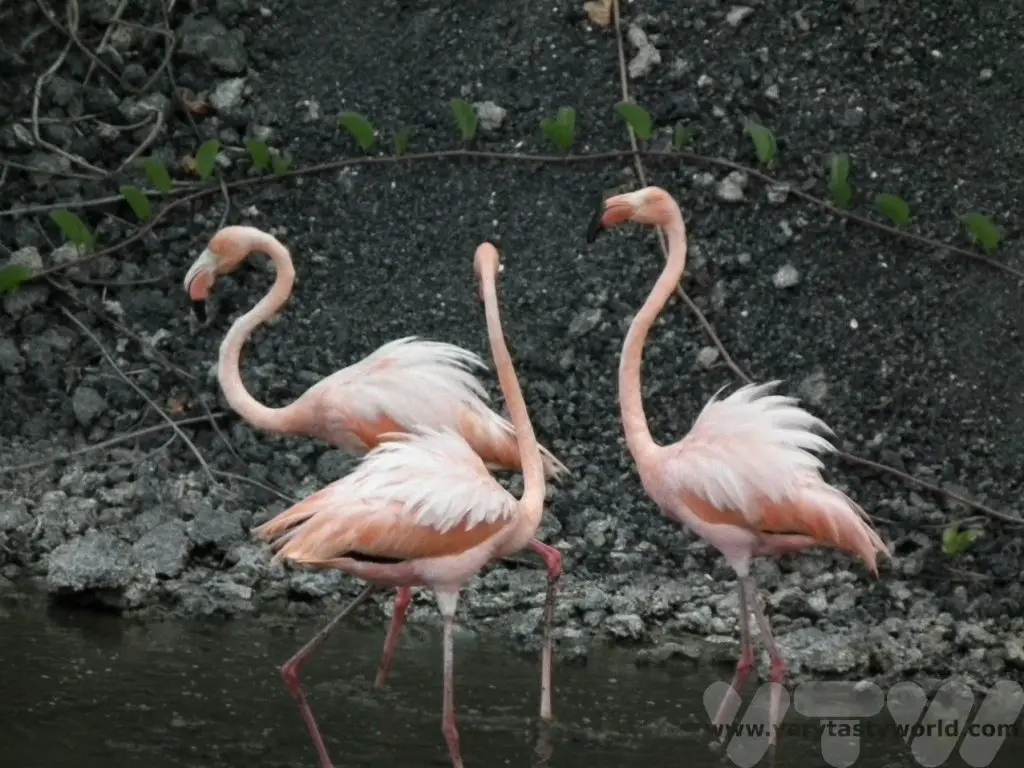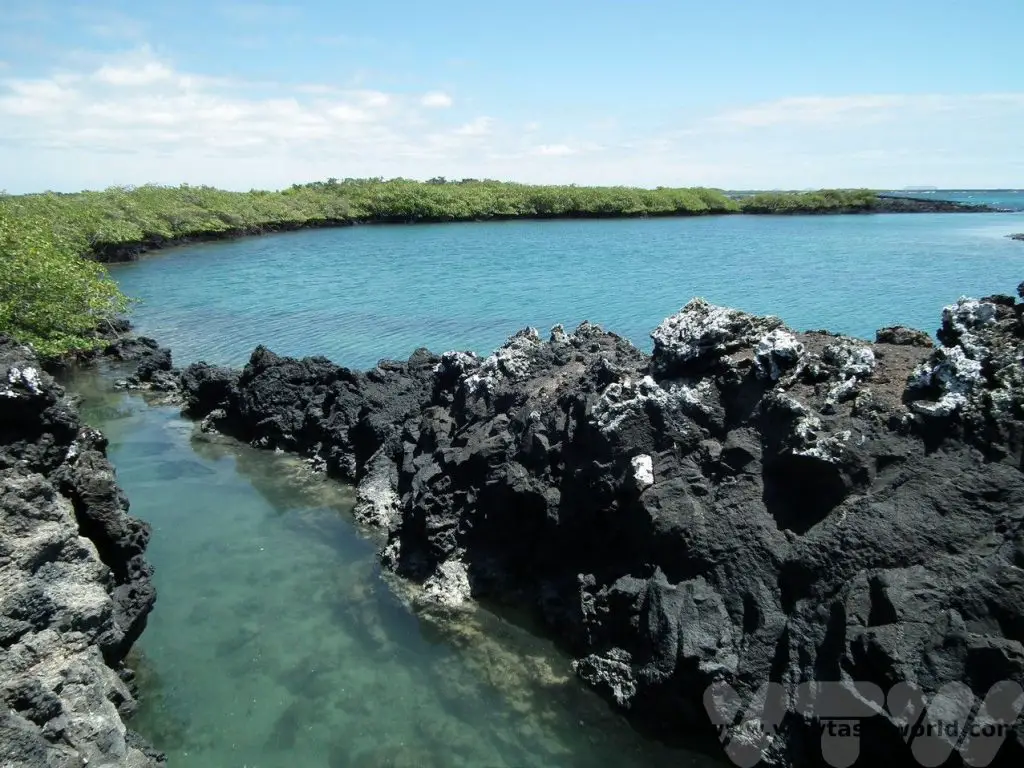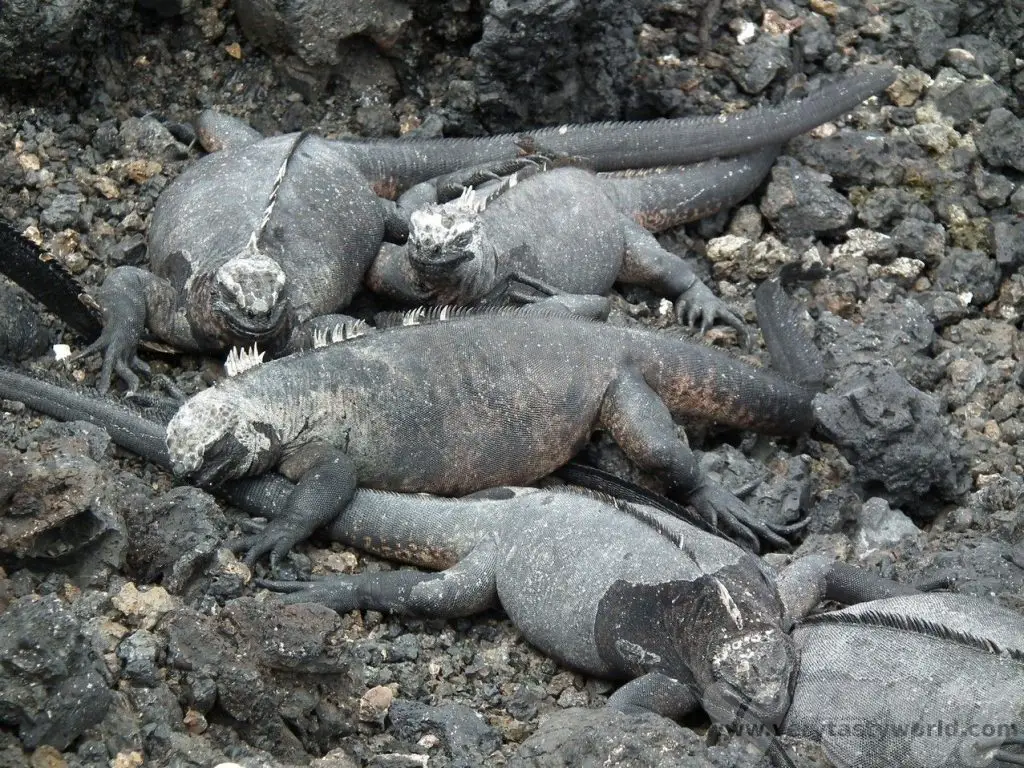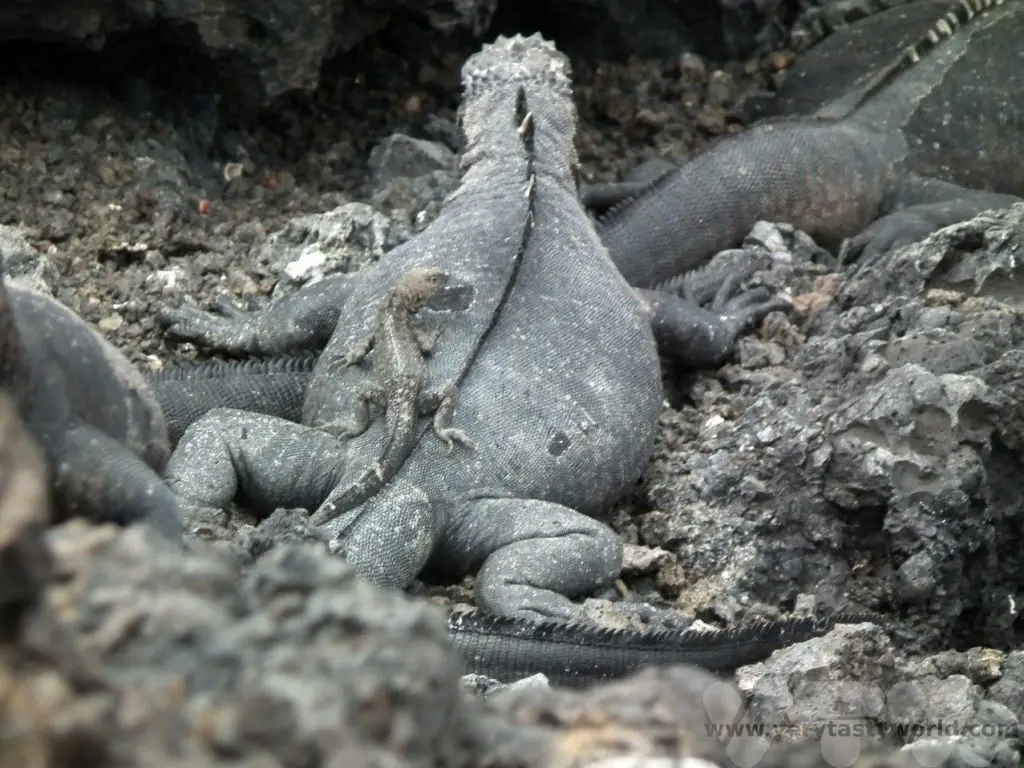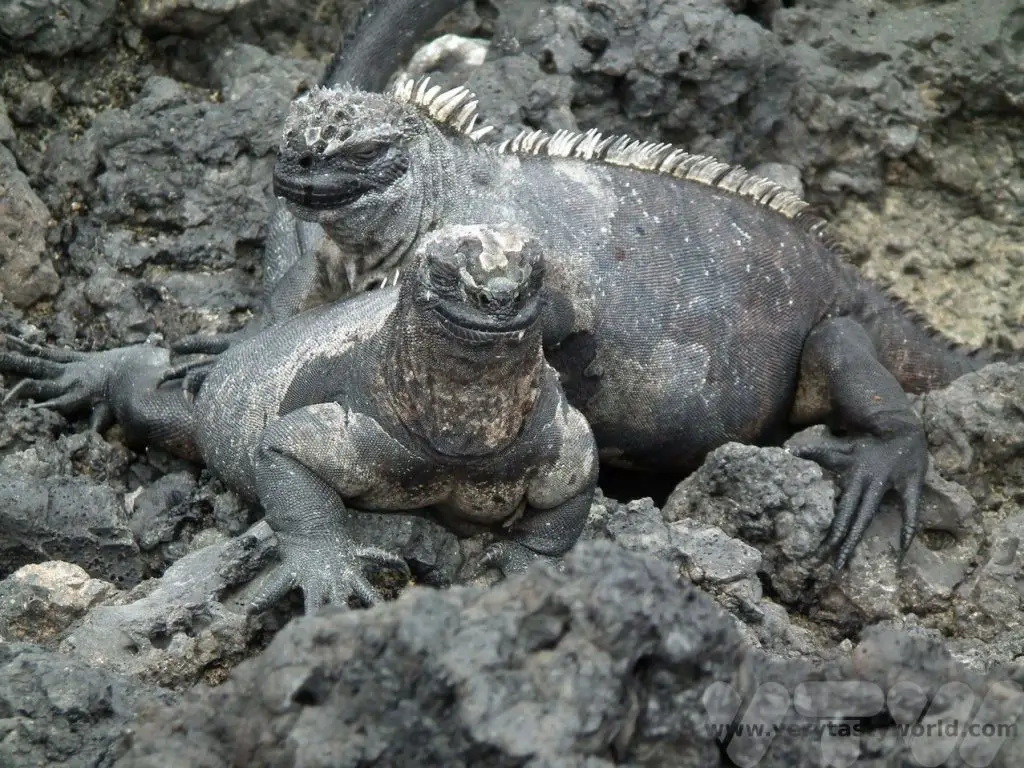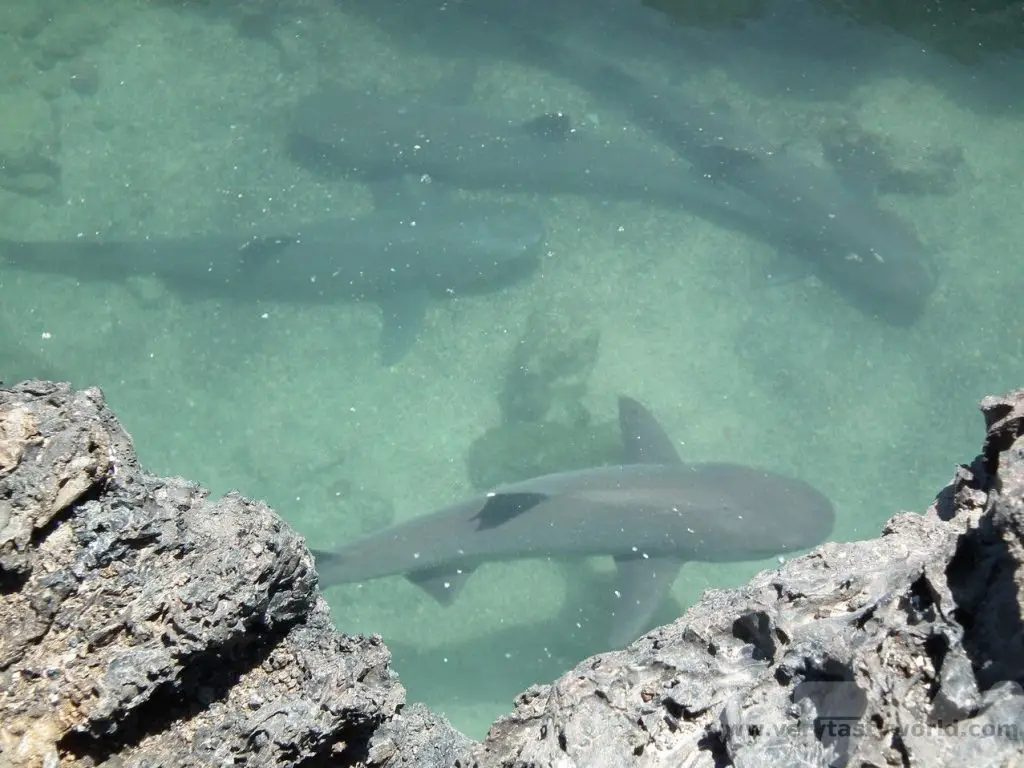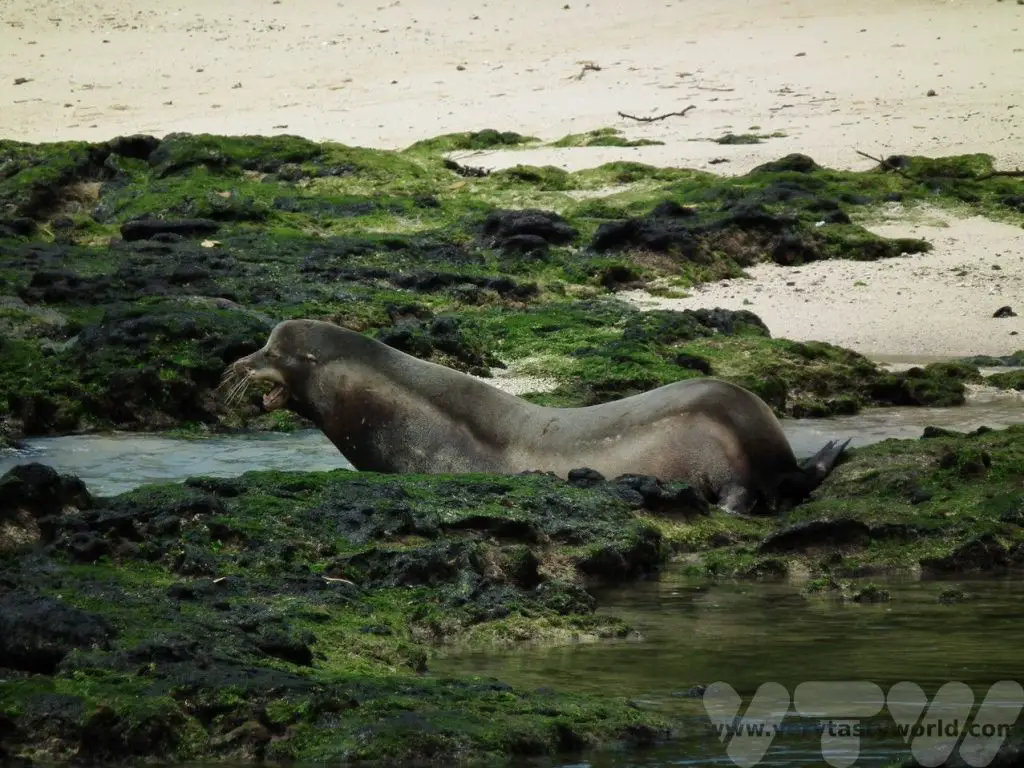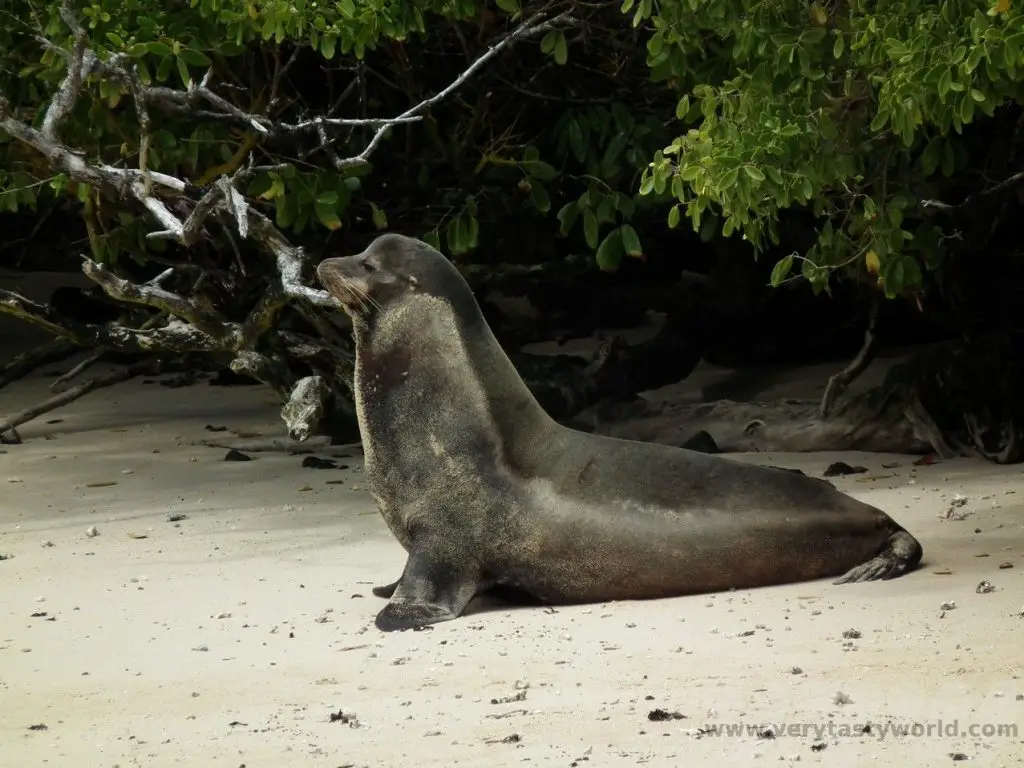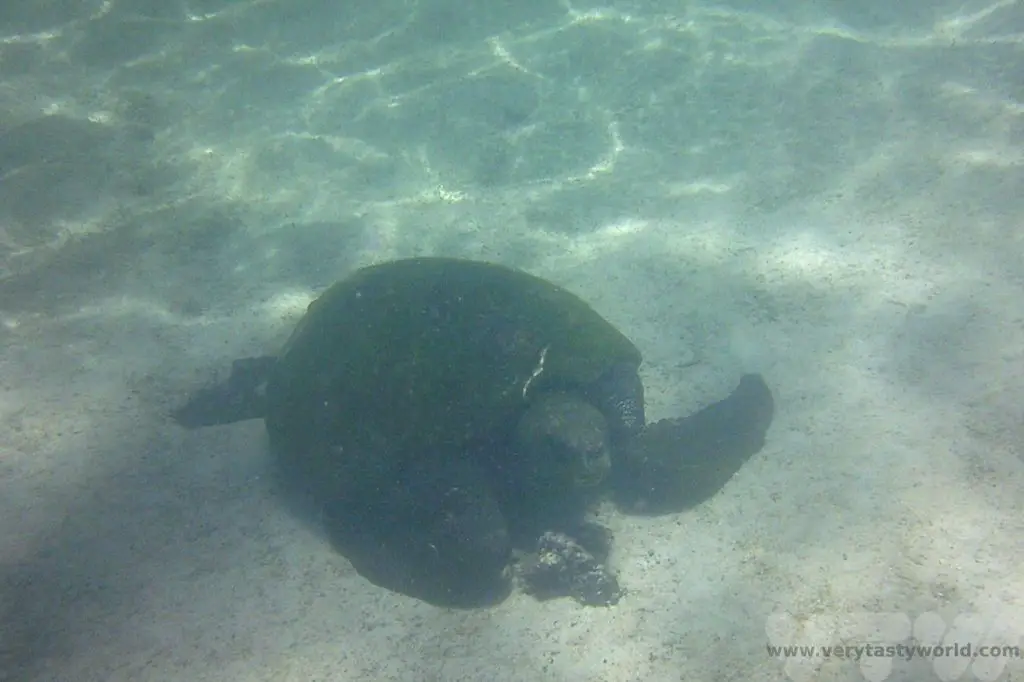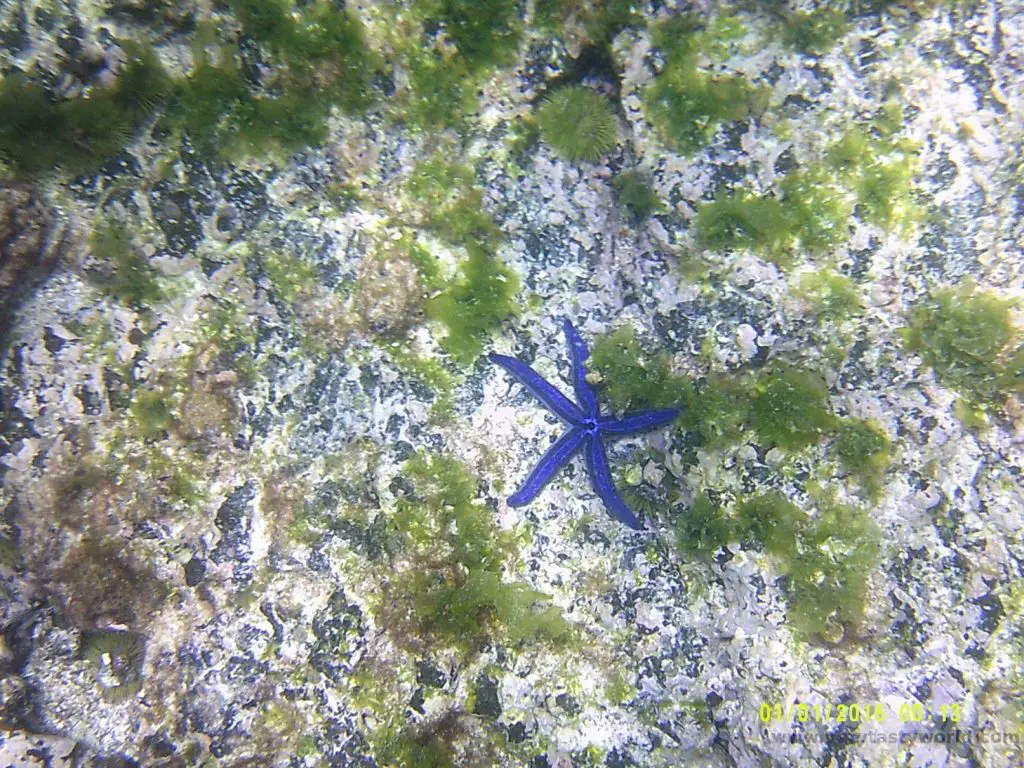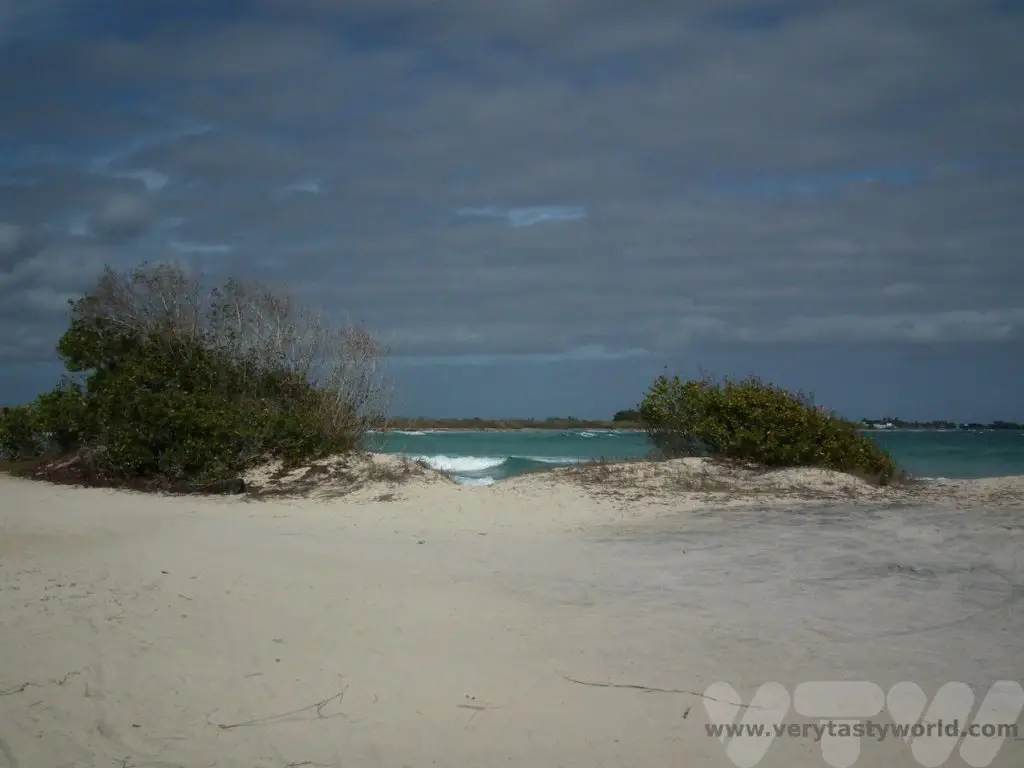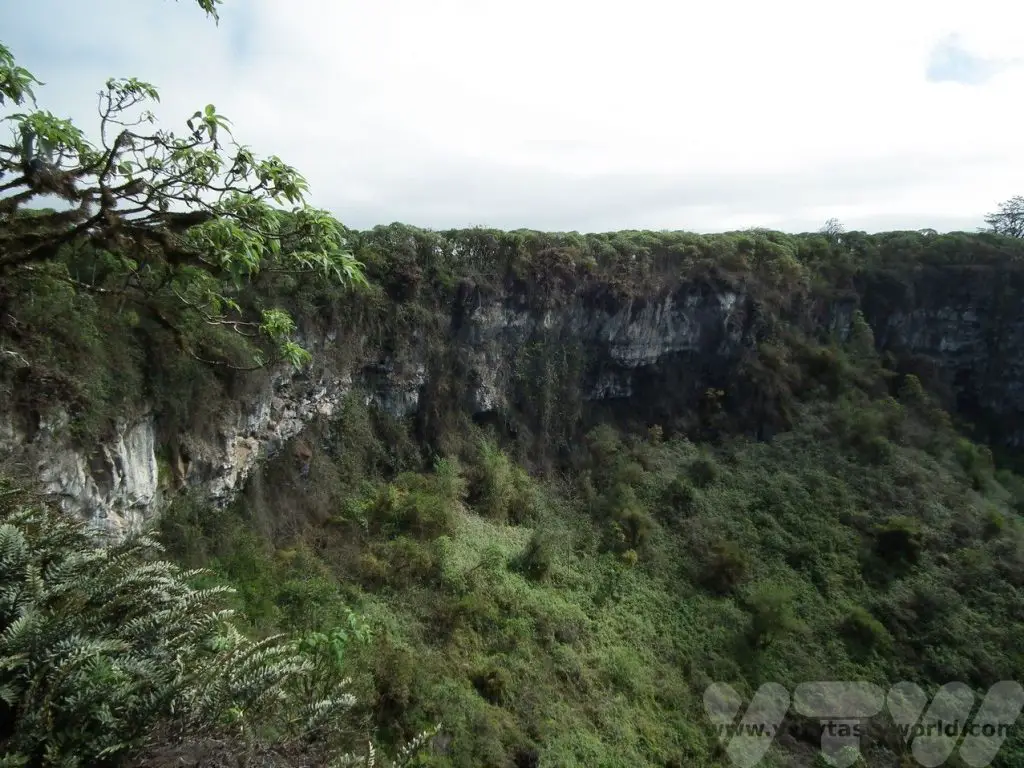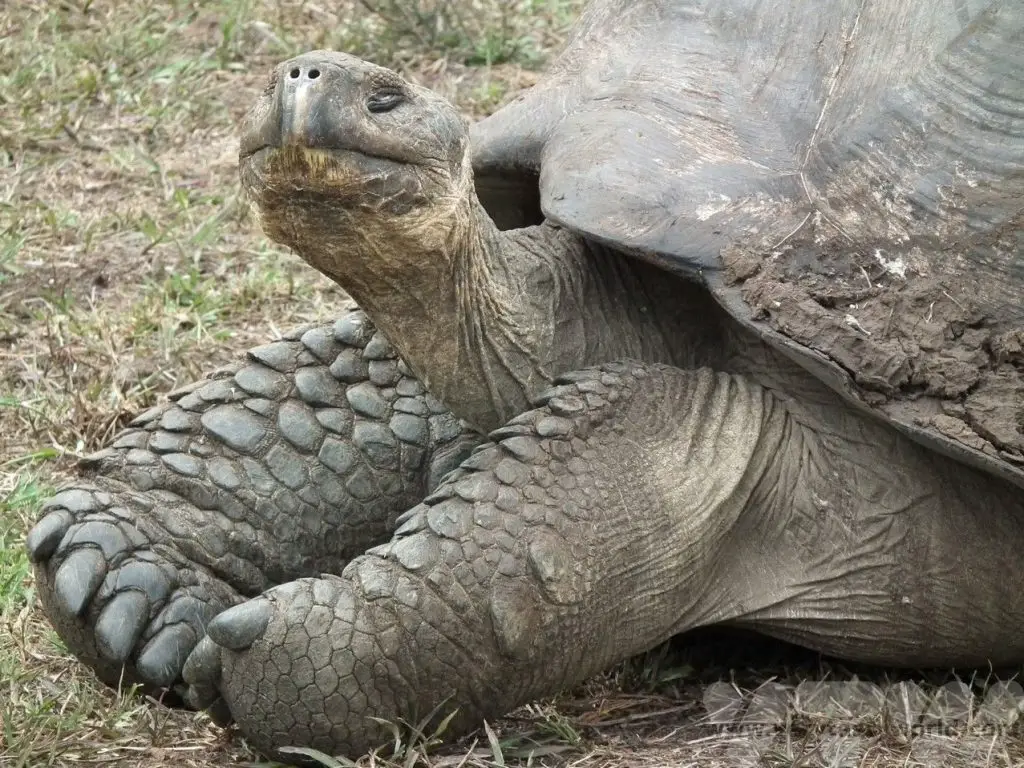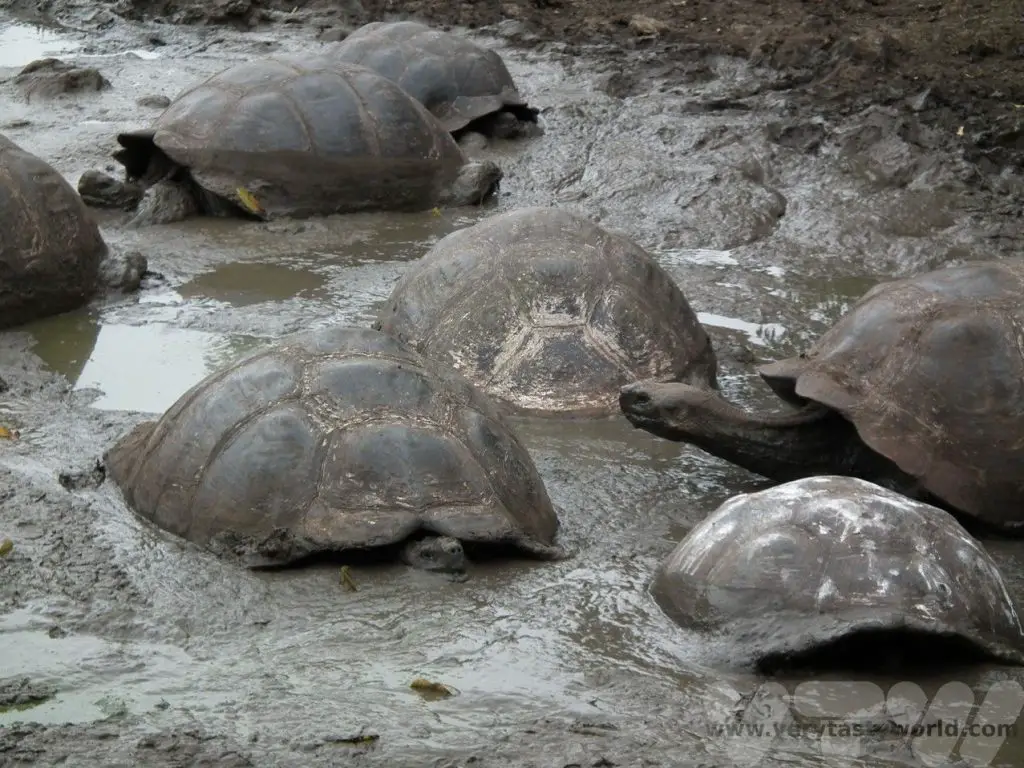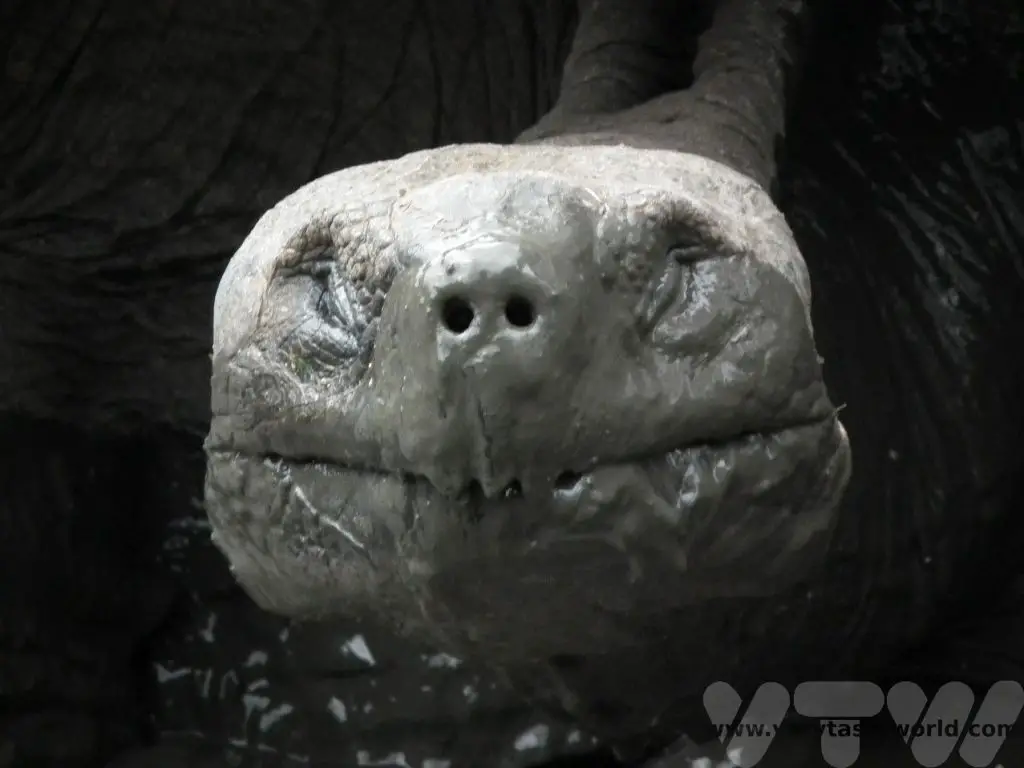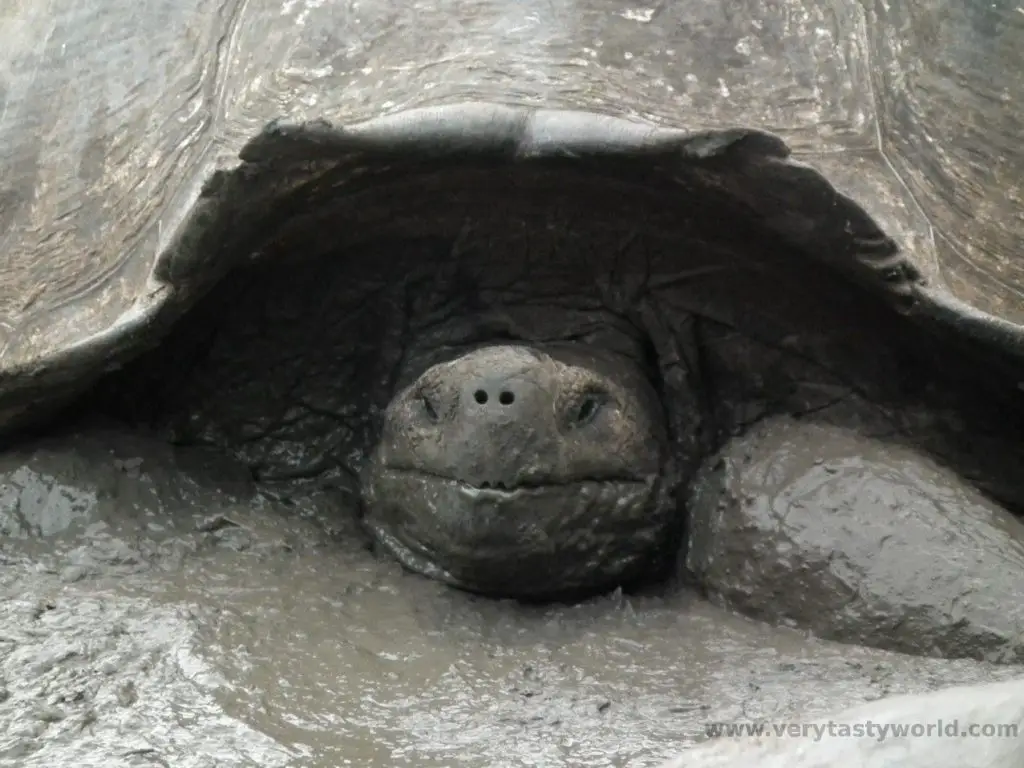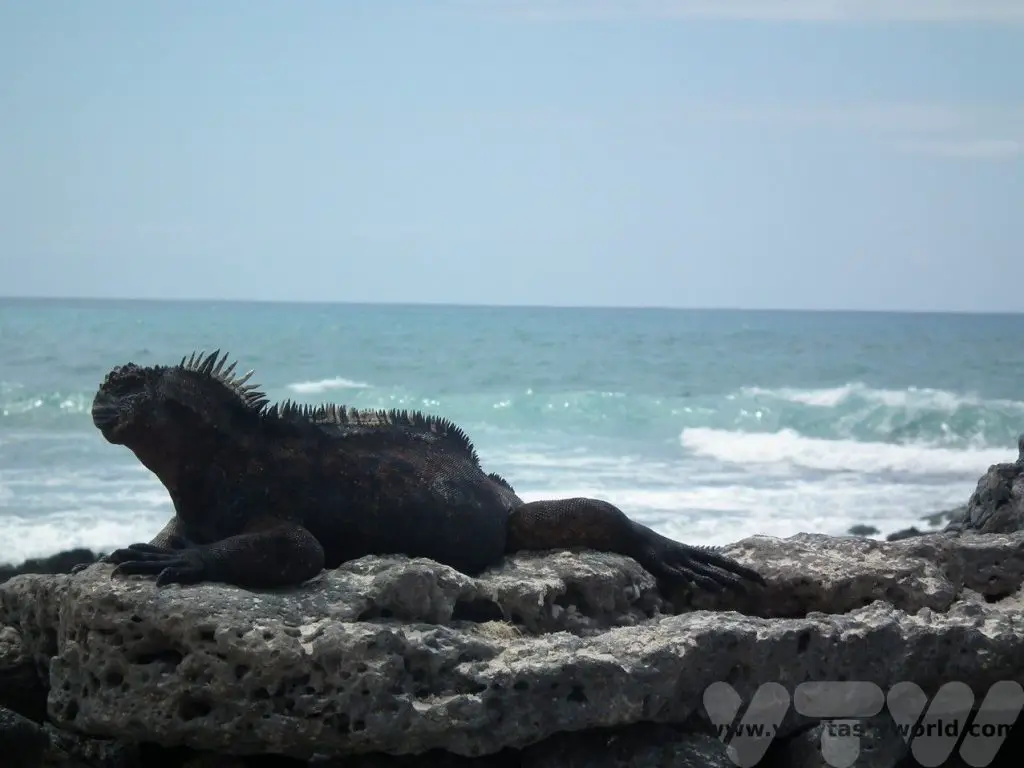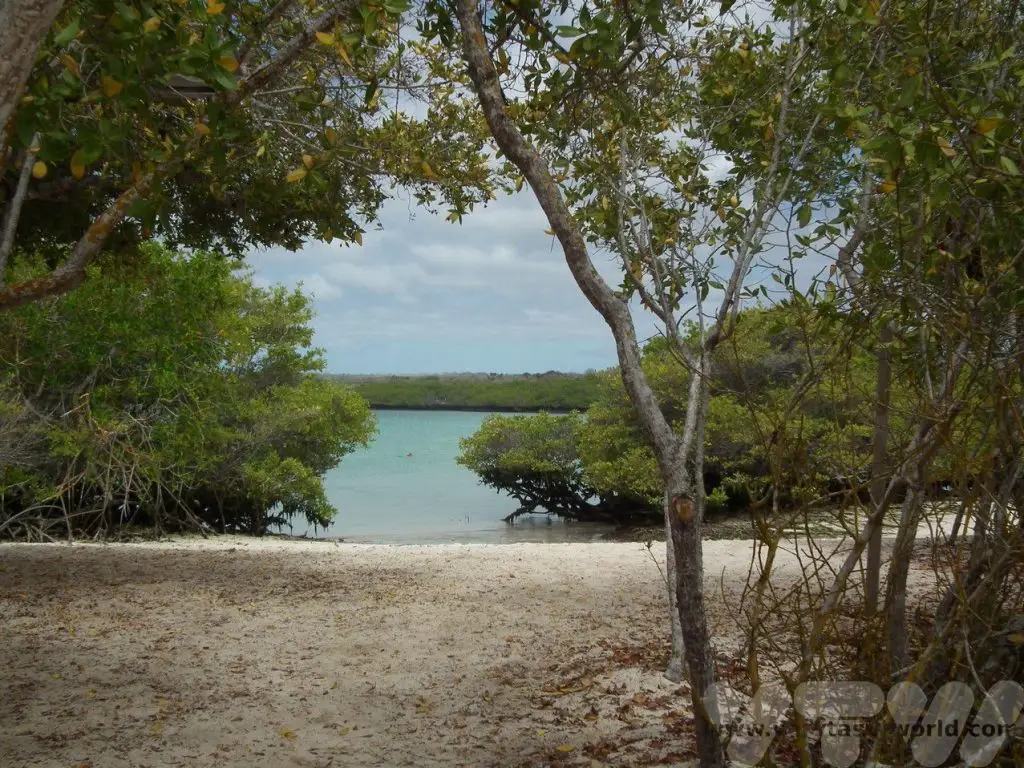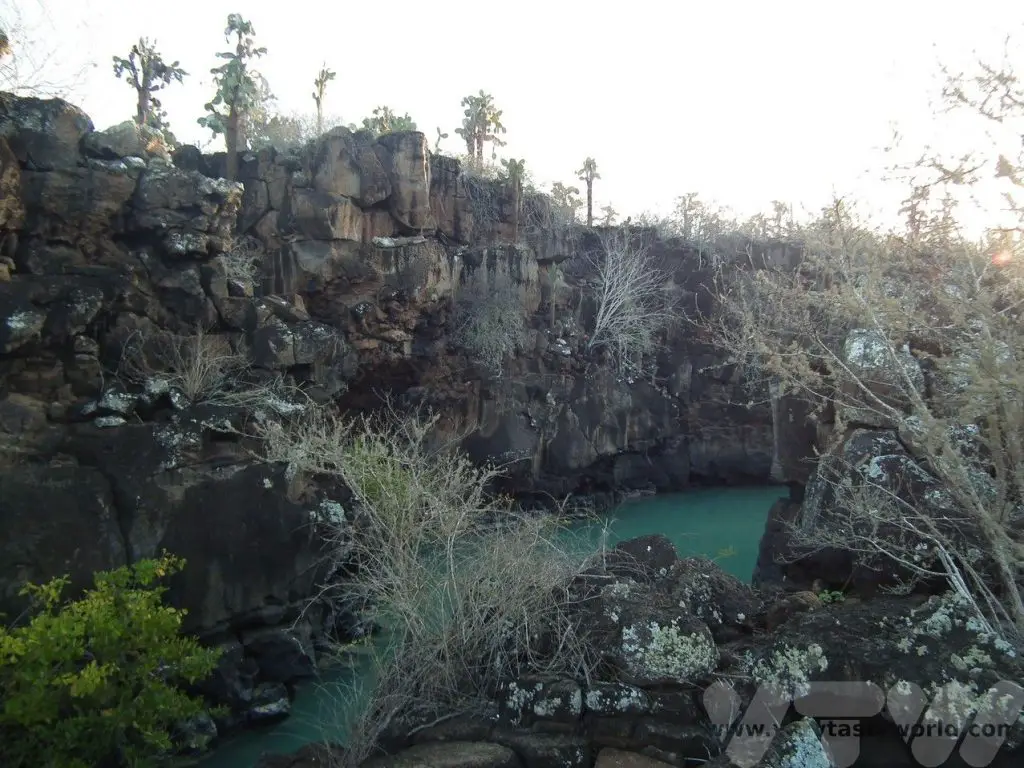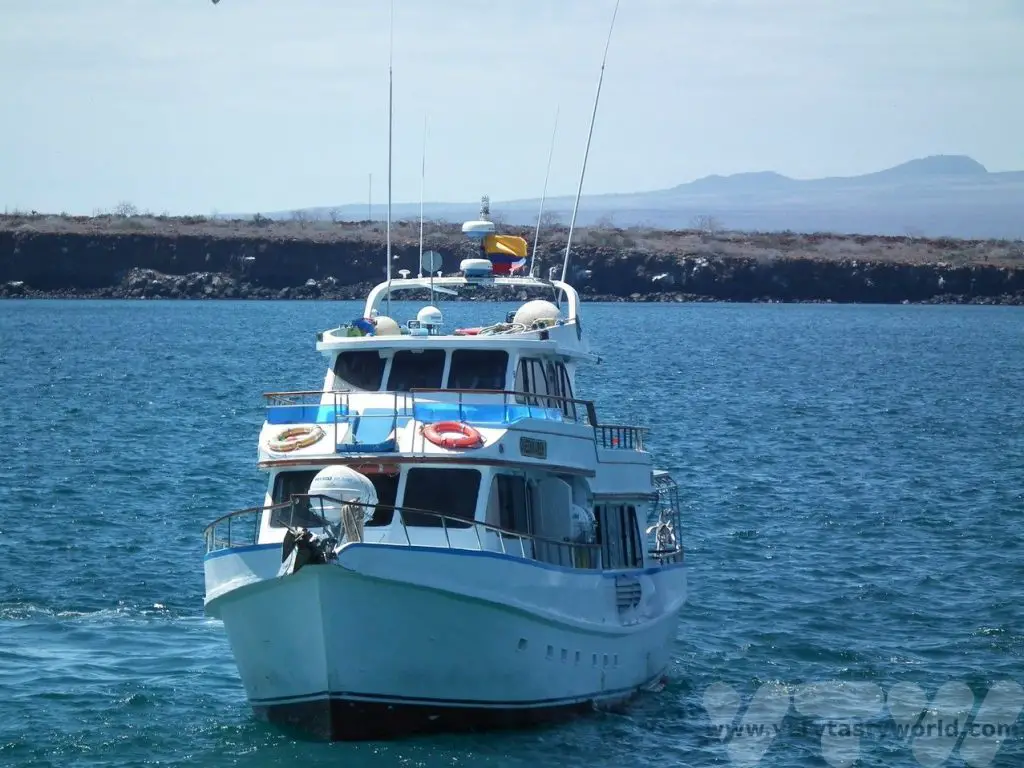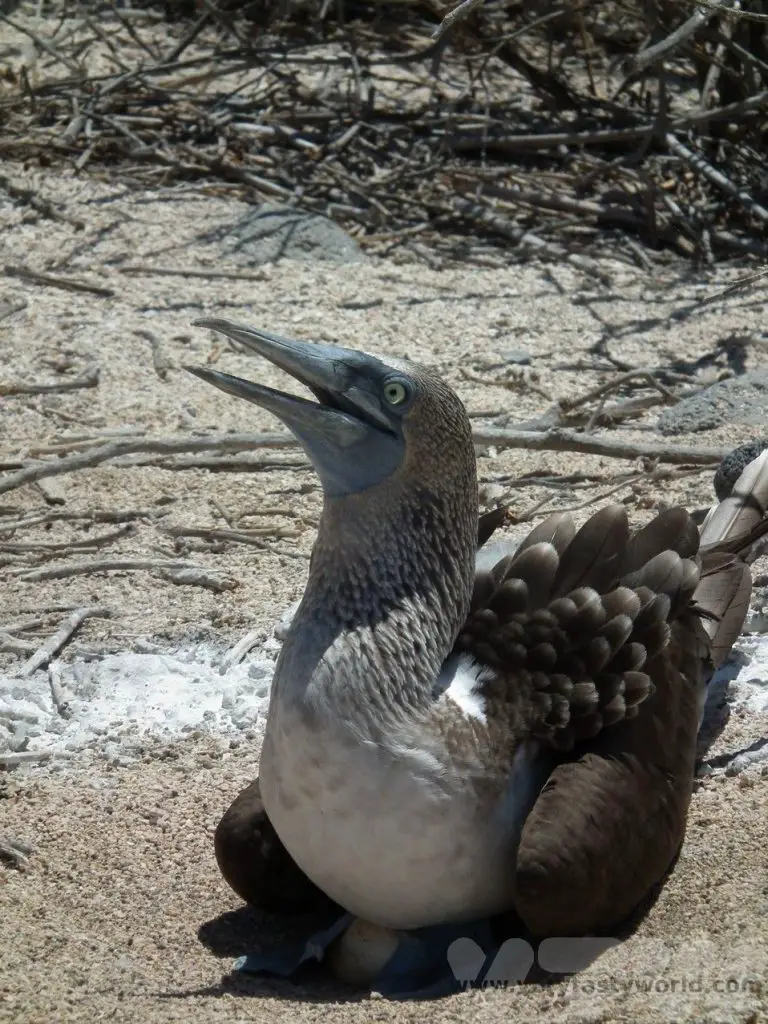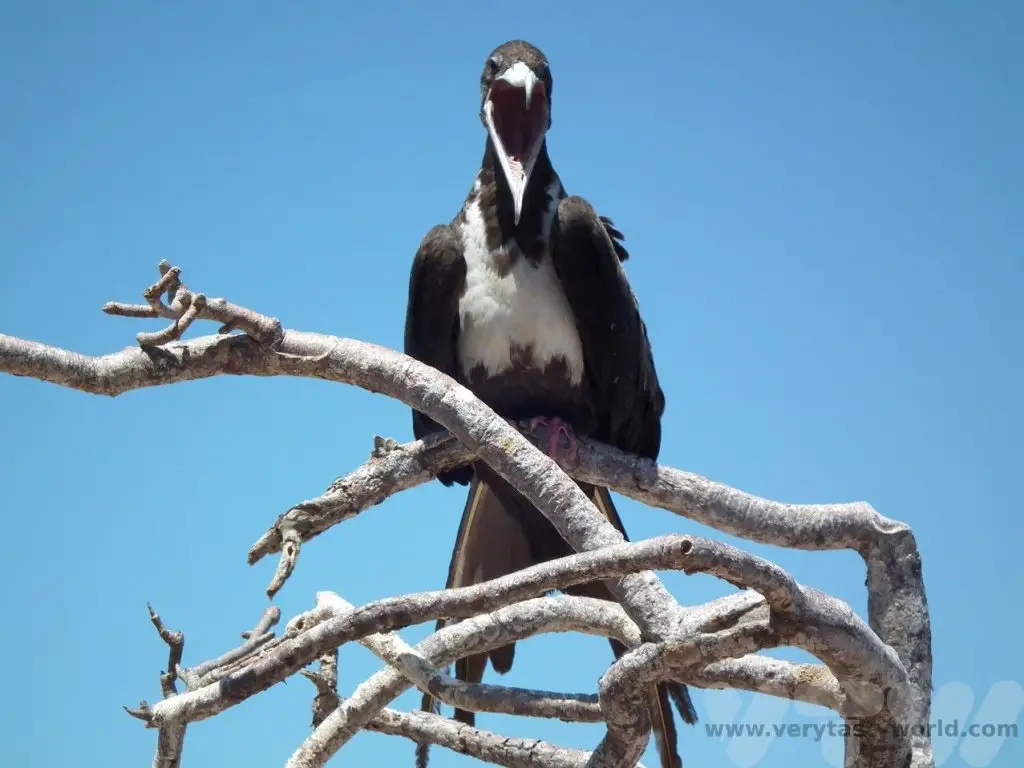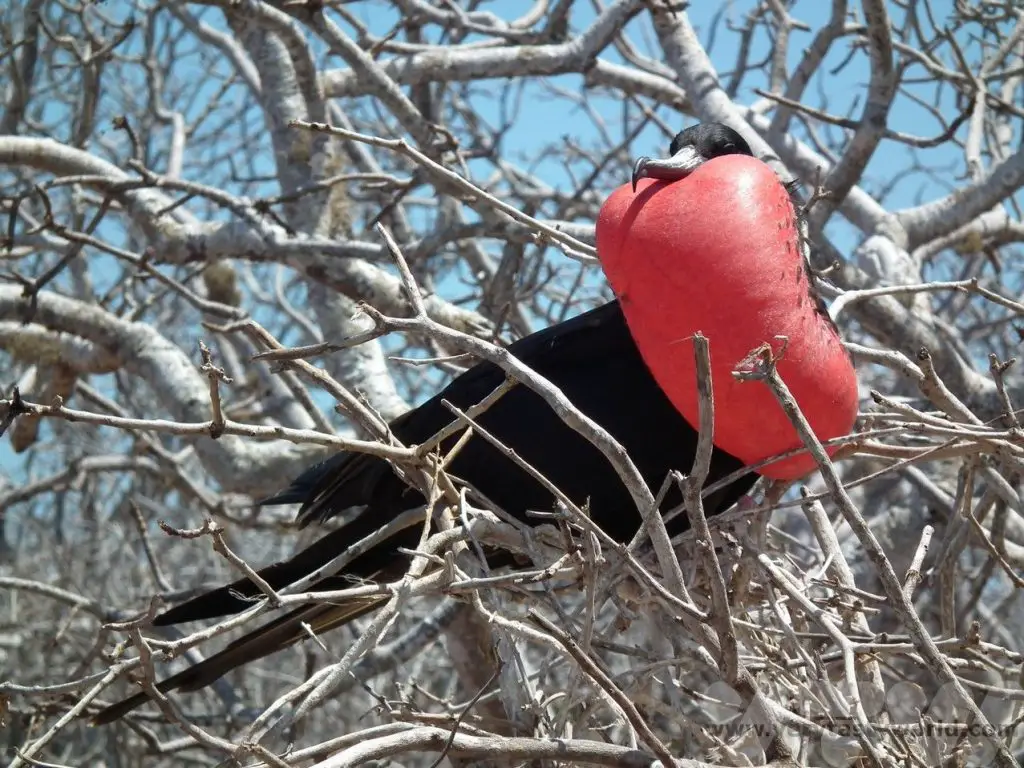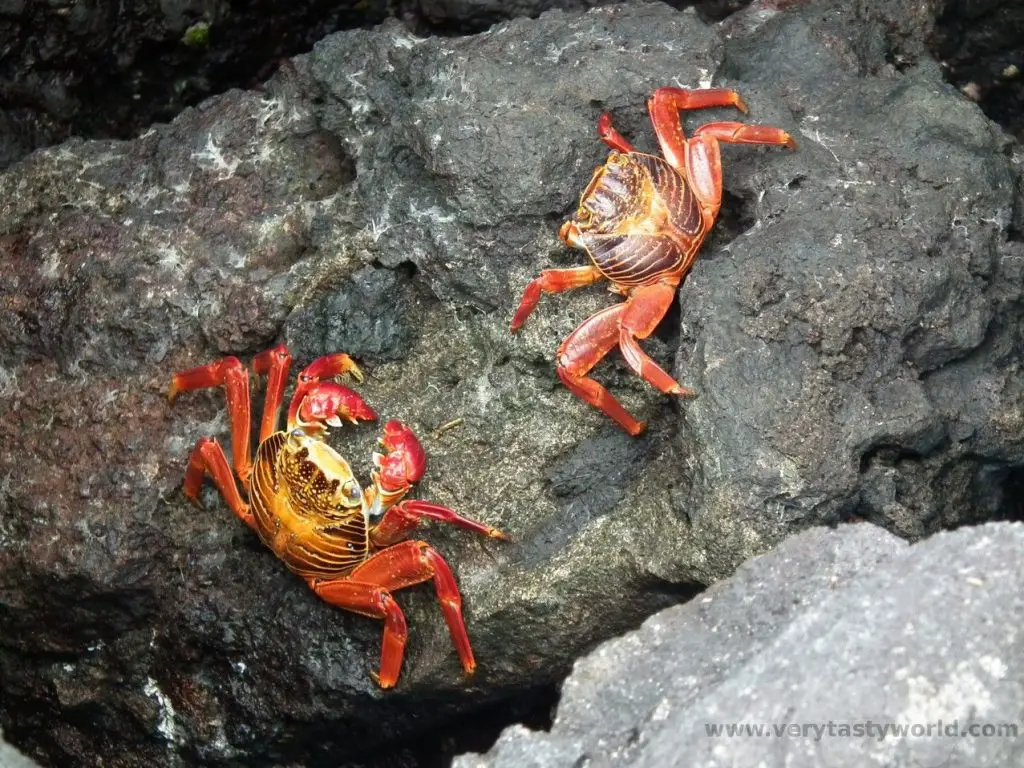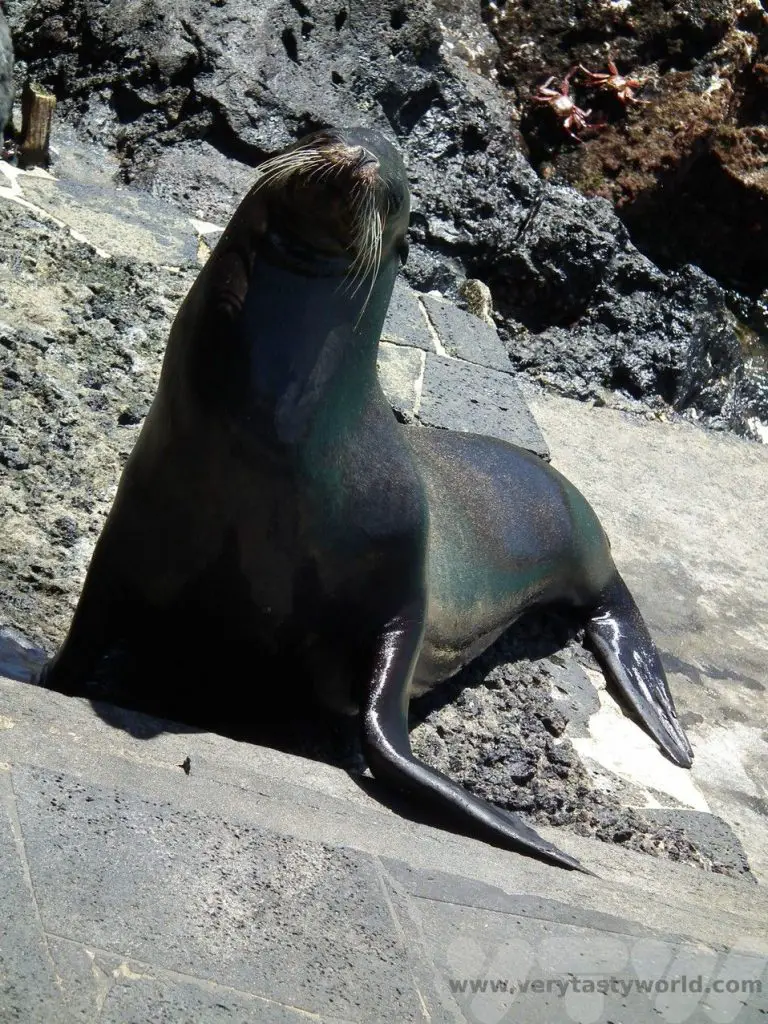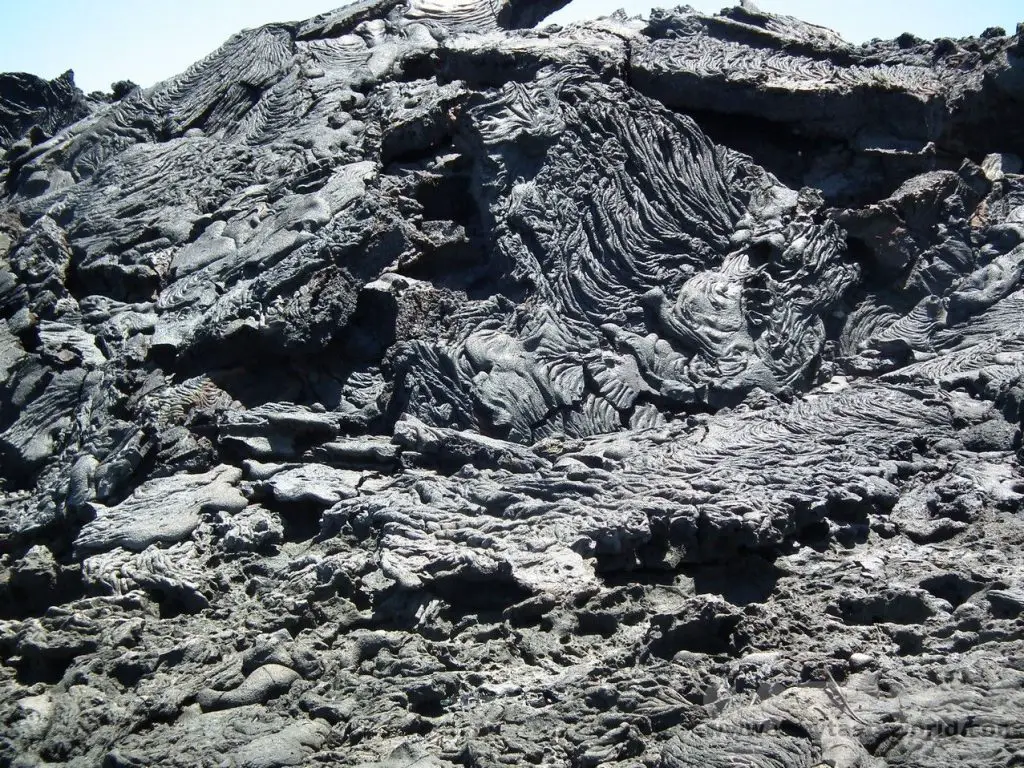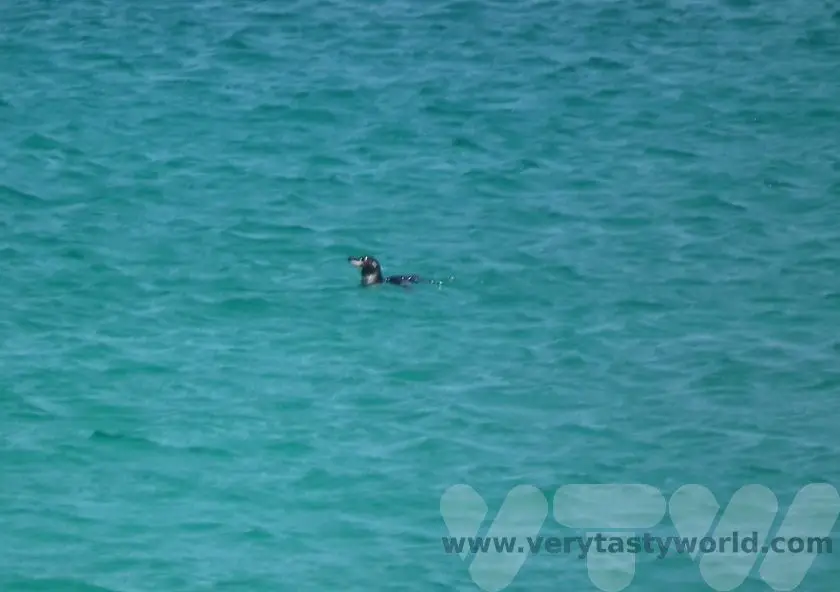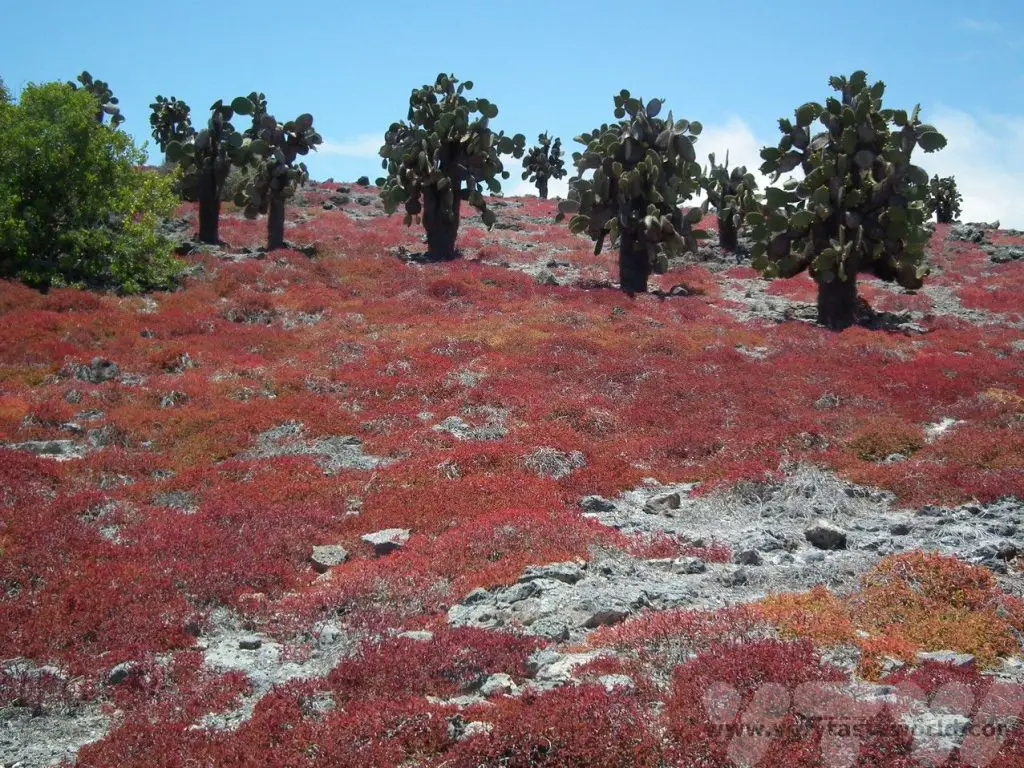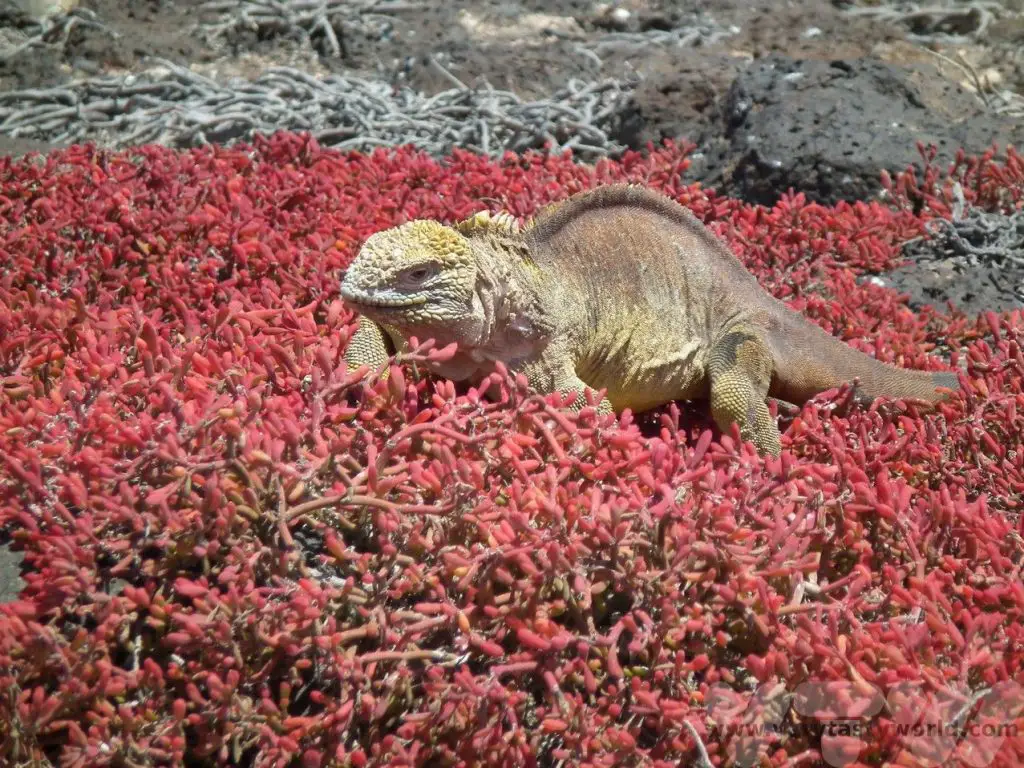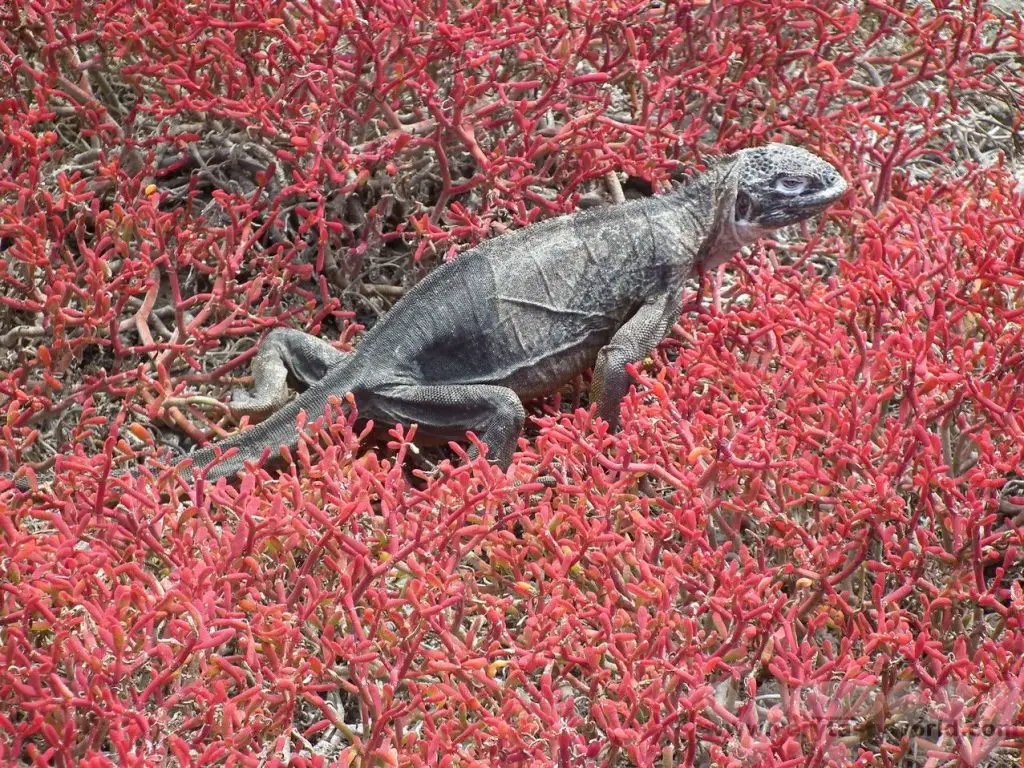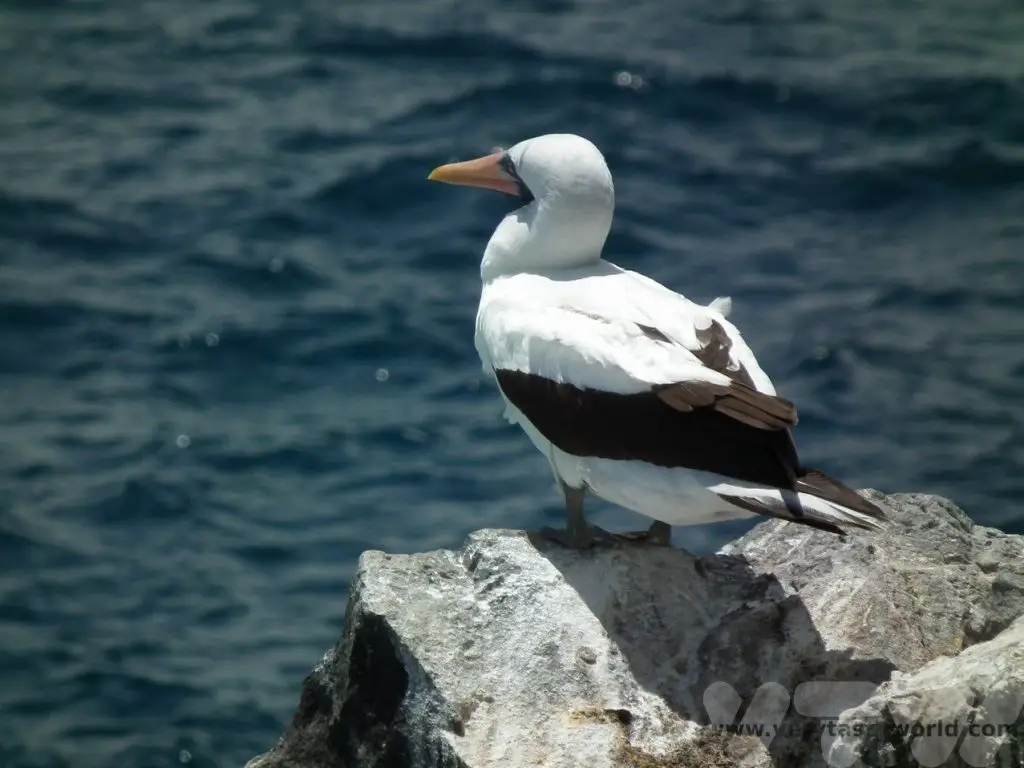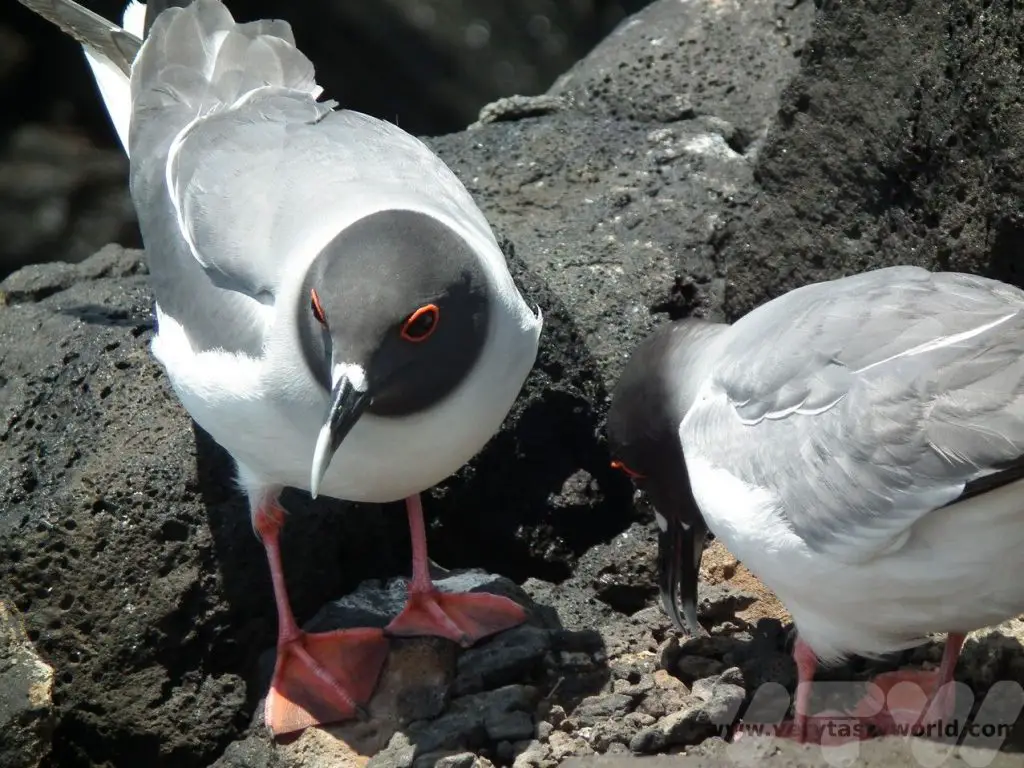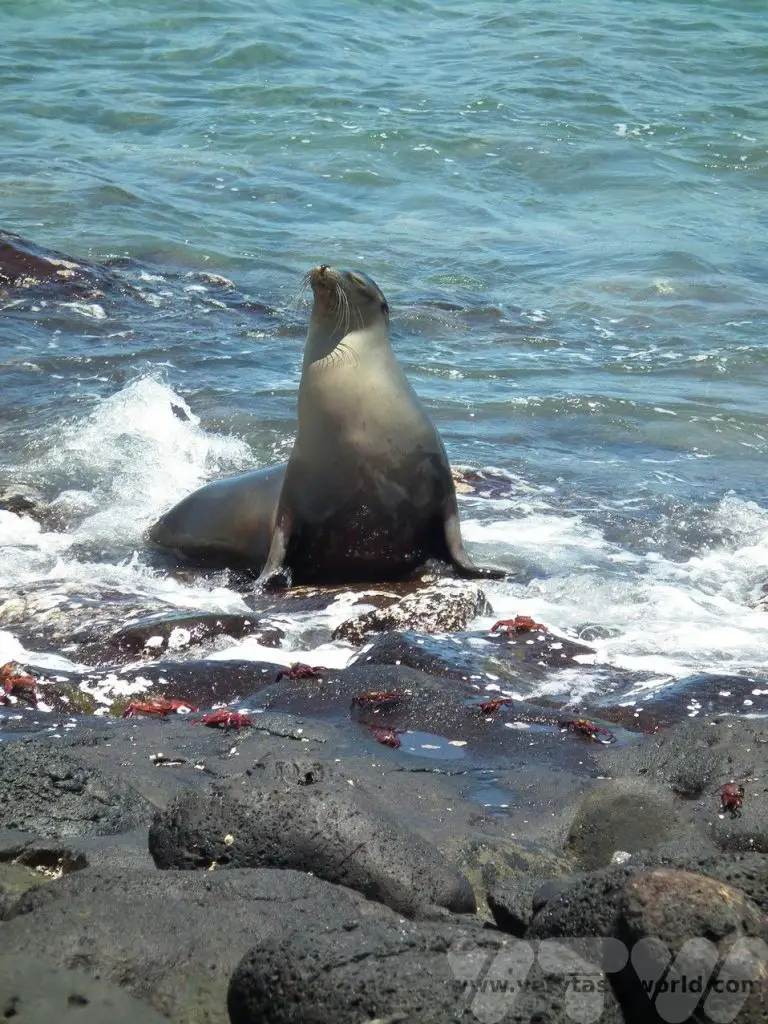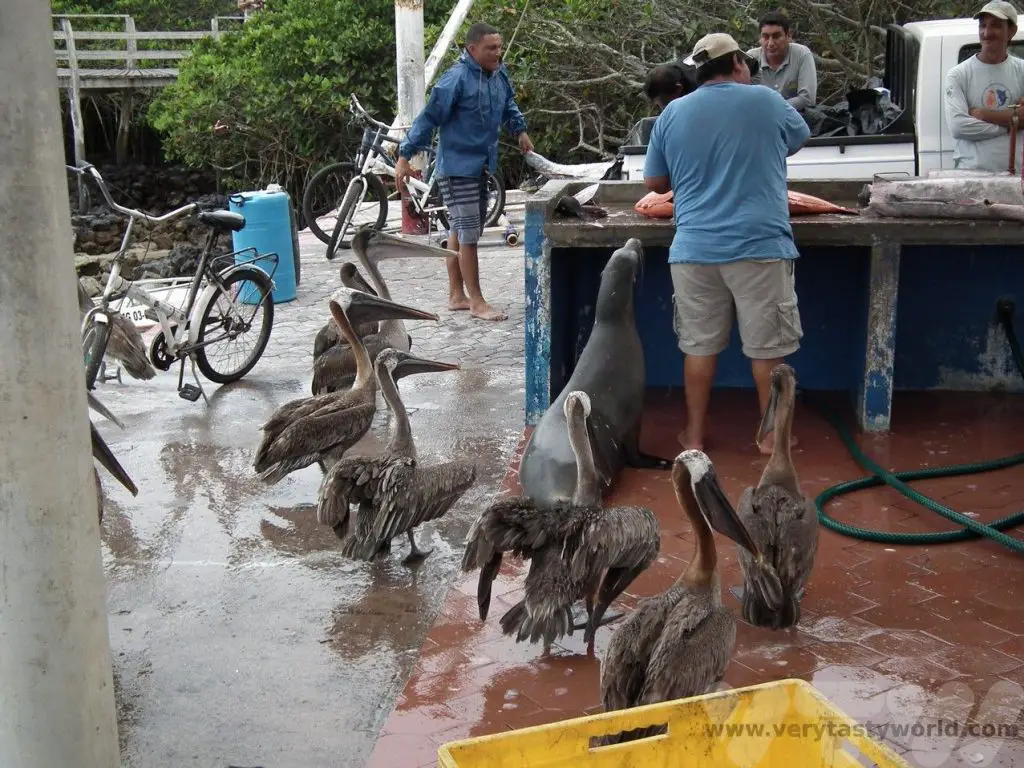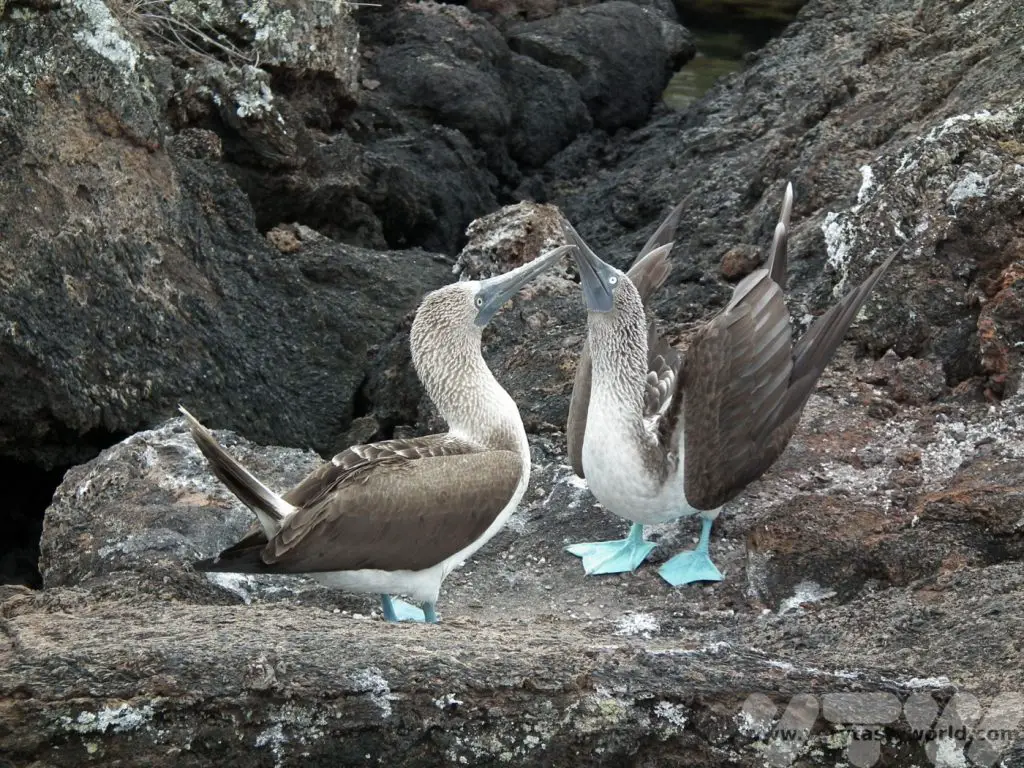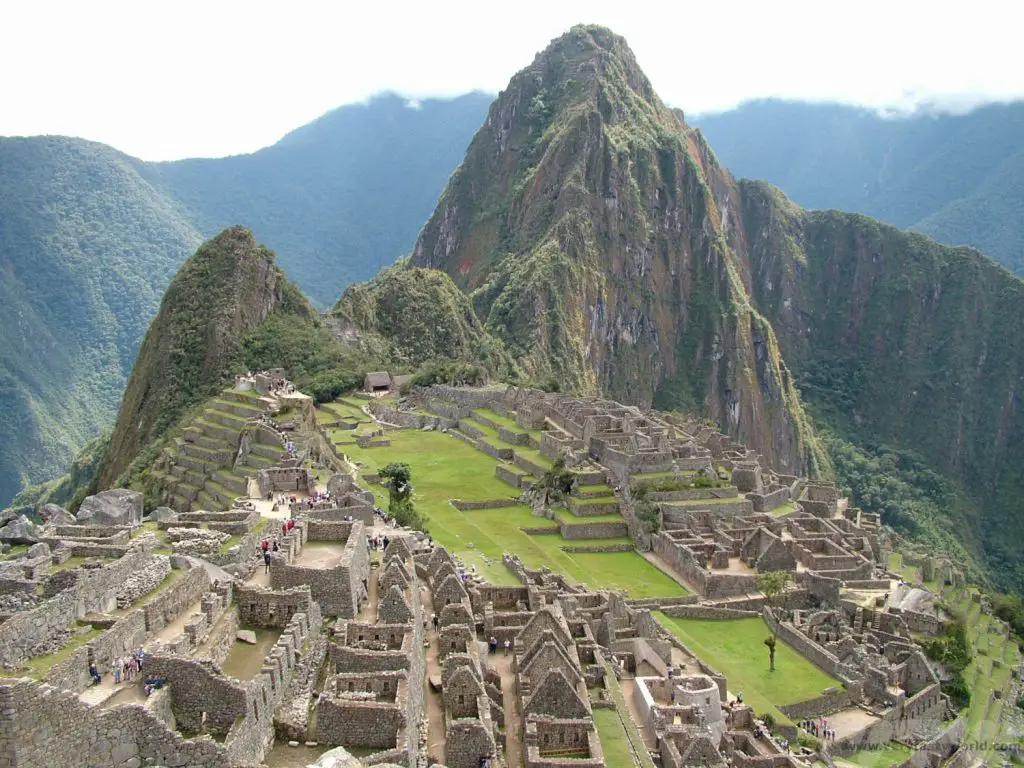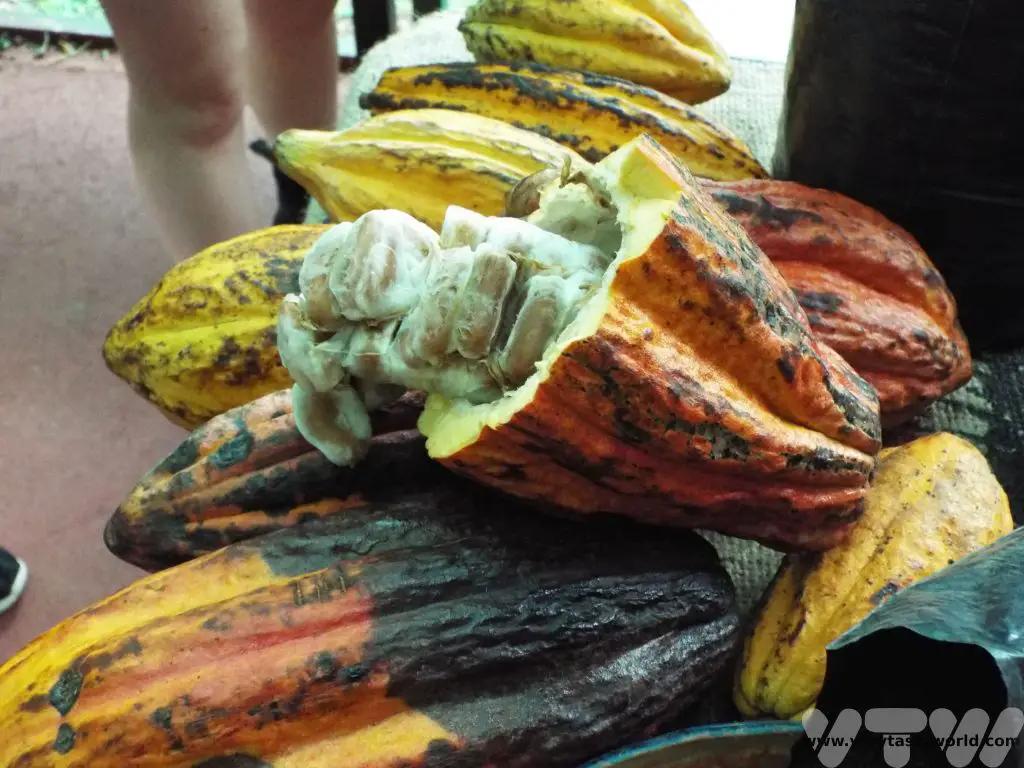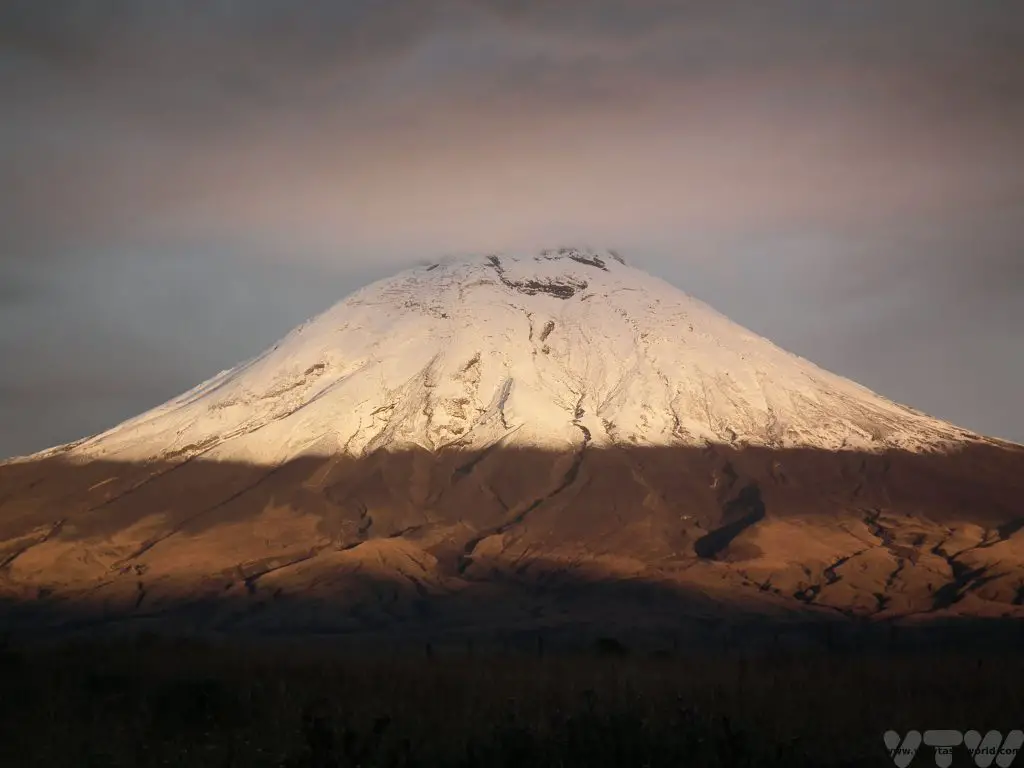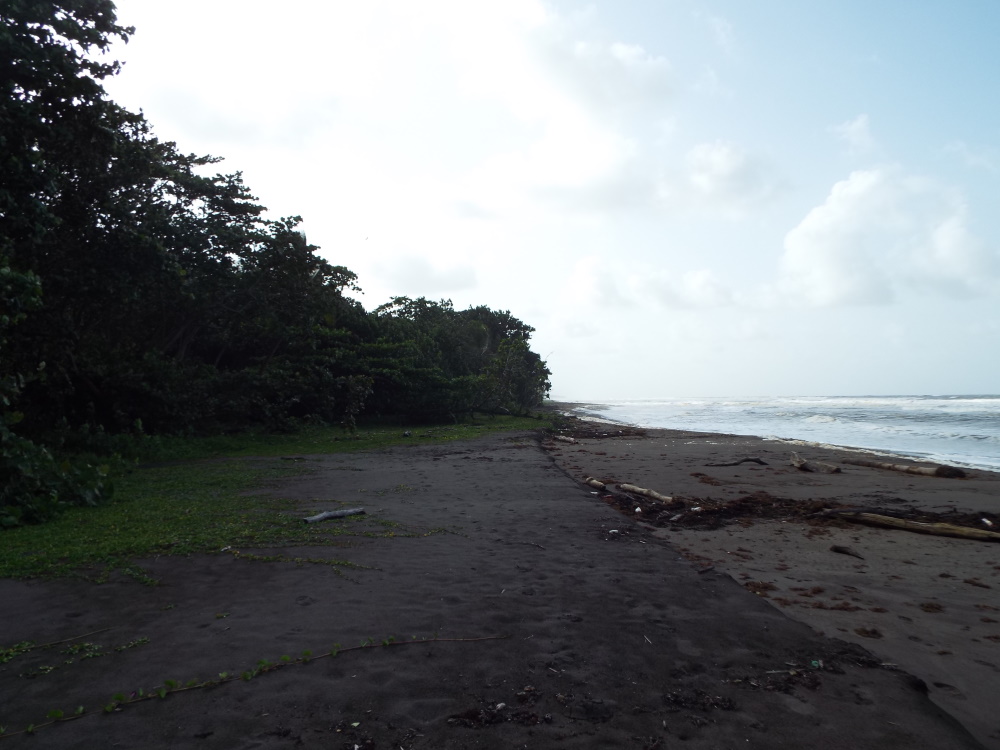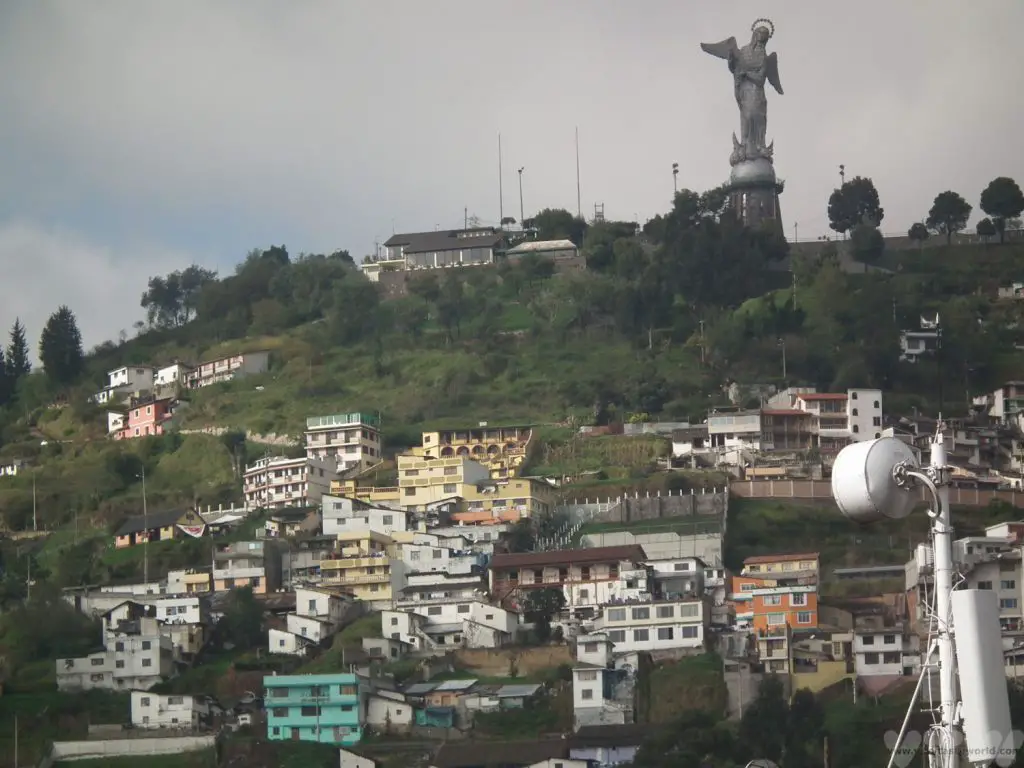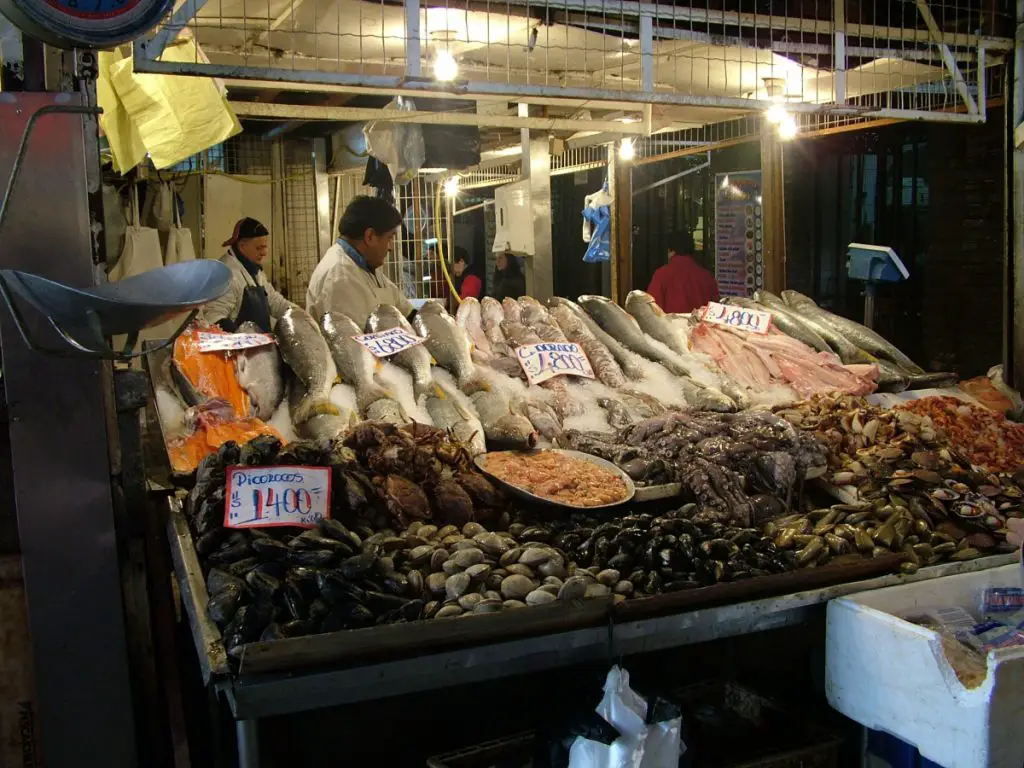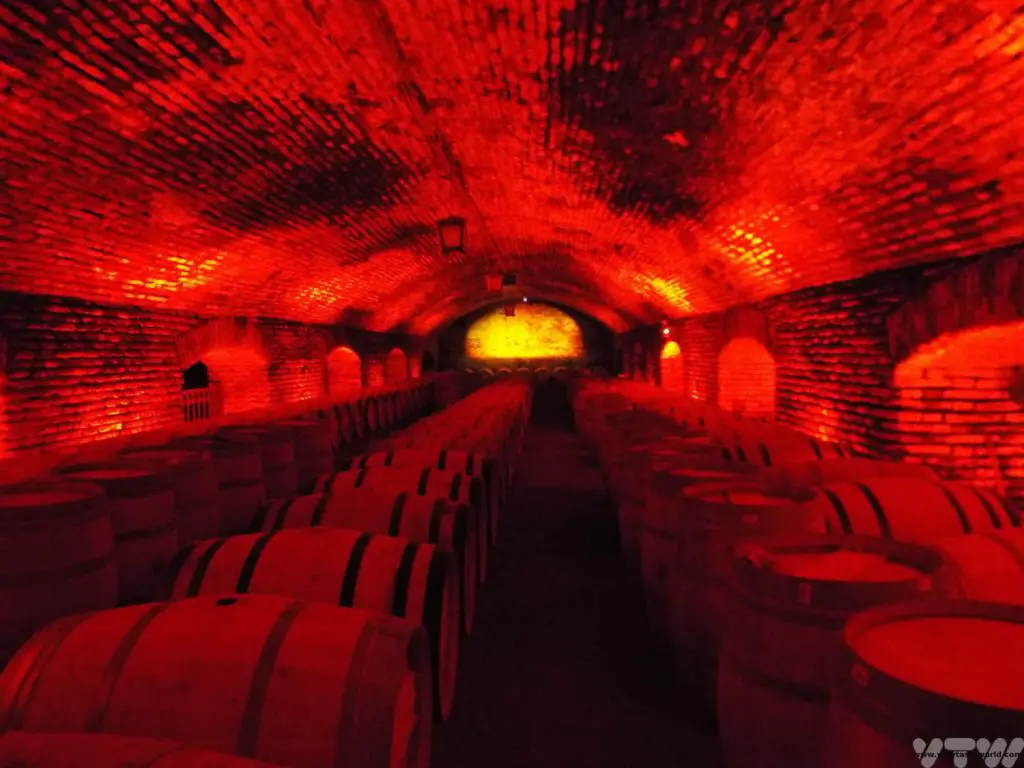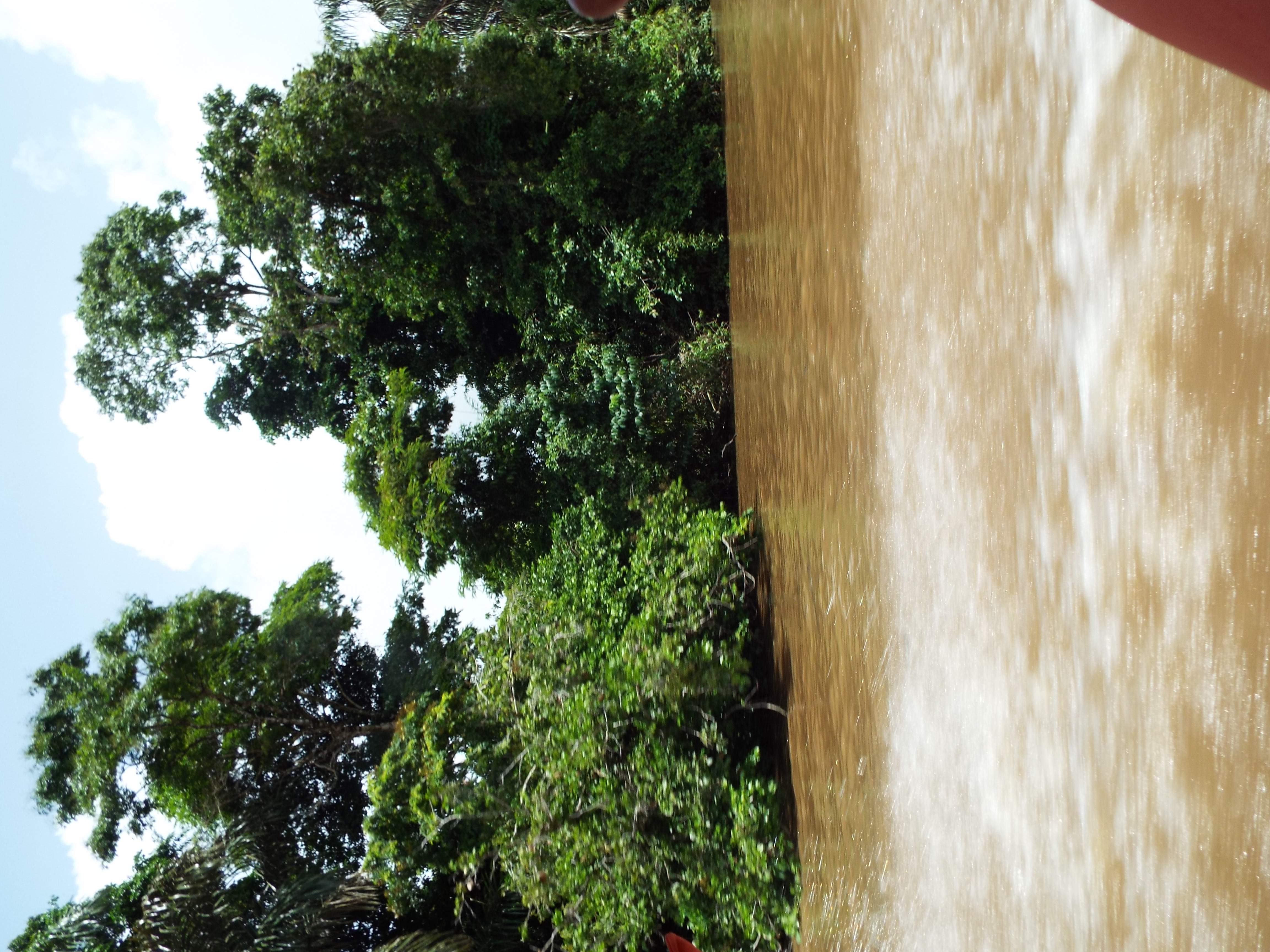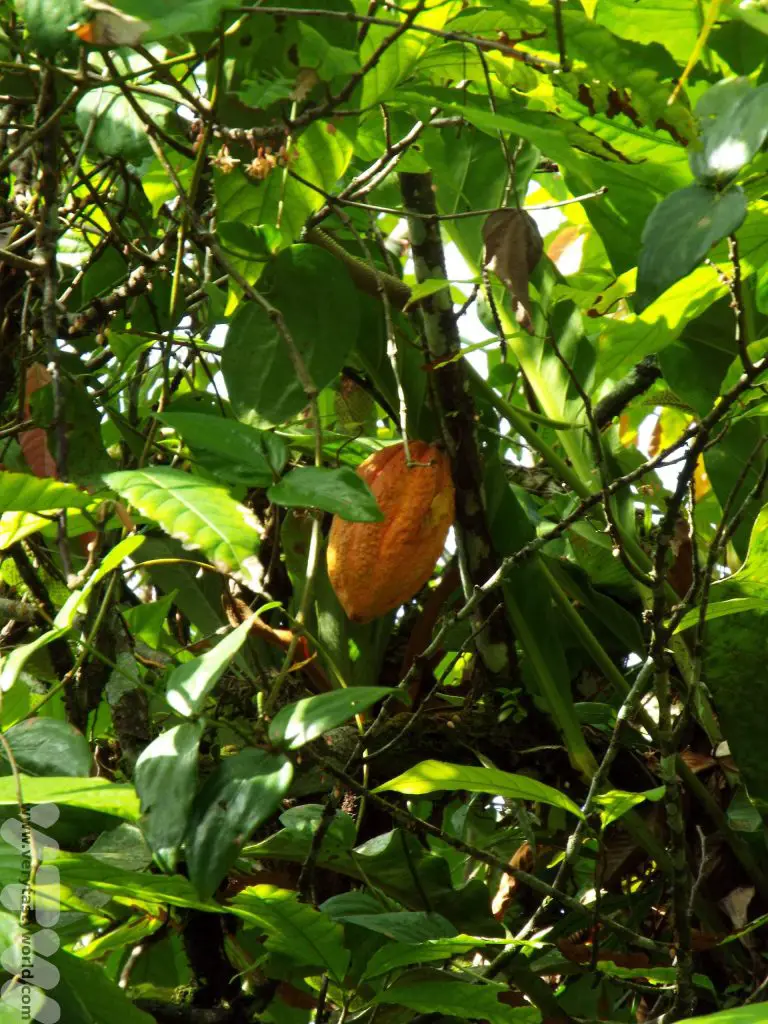Rivers and Rainforests – A Guyana Itinerary
Guyana is one of the most densely forested countries in the world. Located in the northeast of South America, over 90% of its landmass is covered in lush rainforest. One of the things we most wanted to do on our recent visit was to explore the rivers and rainforests of this fascinating country. Here is our Guyana itinerary.
In order to make this journey we found a local tour operator, Adventure Guianas, who were able to book the accommodation for us and arrange the transfers between locations. Guyana receives very few visitors. Only around 5000 people visit purely for tourism each year. Indeed, outside Lethem and Georgetown we didn’t see any other visitors at all.
Where is Guyana?
Guyana is a small country which borders Venezuela, Brazil and Suriname. It was the only British colony in South America and hence the only country in this continent which has English as its main language. The country gained independence in 1966. Guyana is a word derived from the indigenous language and means ‘The Land of Many Waters,’ a description that couldn’t be more appropriate.

In his book, 92 Days: Travels in Guiana and Brazil, Evelyn Waugh travelled to the interior of Guyana in 1932, around 92 years before we made the journey. He didn’t seem to have a very good time at all. Waugh was a British novelist who had just been through a divorce and had decided to travel to pretty much the most remote area he could think of. So he probably wasn’t in a very good mood.
Waugh found it difficult adjusting to slow travel (in an era of much slower travel) through a challenging landscape and didn’t seem to understand the cultural differences. It was fascinating to read about his visit, embarrassingly patronising colonial language aside, and to see some of the places he described. Apparently it inspired the conclusion to his novel, A Handful of Dust.
What To Expect When Travelling Through The Rainforests of Guyana
There is a lot of travelling between locations but the scenery is spectacular and there are always wildlife viewing opportunities along the way. We were also interested in learning about the local culture, especially the indigenous people of the region. We were delighted that we were able to stay in lodges run by local communities.
Get ready for some early mornings. When we were out on excursions to look for wildlife, we’d be out very early in the morning, when the animals and birds were most active. We’d then have an afternoon siesta, when the sun was at its hottest and the wildlife was also avoiding the heat of the day. In the late afternoon/early evening, as the sun started to go down, we’d be out again, exploring the rainforest and the rivers.
The weather is hot and humid all year round. The country has wet and dry seasons, but the temperature is around 25-30C every day.
Guyana is close to the equator, so sunrise and sunset are around 6am and 6pm respectively, with a small variation (about half an hour) depending on the time of year. In the rainforest there is an insect which is called the 6 O’clock Bee, a cicada which buzzes like a chainsaw in the morning and evening, bang on time every day.
Many of the lodges we stayed in either didn’t have electricity or had solar electricity which stopped when it was dark or ran out when the battery had drained down. There was no aircon at all, but most lodges were able to supply a fan to help us keep cool… until the electricity ran out! Power banks are useful if you want to charge any electronic equipment when there is no electricity.
Some lodges had wi-fi, some didn’t. Some only had internet access in communal areas. Whenever we couldn’t get online, it was a good opportunity to switch off the phone and get away from the modern world for a while. We did take a small tablet device with us so that we could read books or watch some films offline while we were resting during the middle of the day.
Showers were always cold water but this wasn’t a problem as it provided a lovely relief from the heat. No toiletries were provided, just a bar of soap..
Creature Comforts?
There will be critturs in your room. We found it delightful that birds and bats were flying into and around our room or that frogs were hopping around the bathroom. It felt as though we were part of the natural environment.
Keep your bags zipped up so that nothing can crawl inside them when you are not looking. And you need to be aware of bat droppings – we recommend keeping your bags under the bed or underneath a shelf to avoid them being covered in yucky poo pellets in the morning. Also, beware of where you tread with bare feet.
Shake out your boots before putting them on! You never know when a scorpion has snuck inside. Our boots were generally empty each day, although Mitch did find a teeny frog in one of her boots on one occasion. It probably wasn’t harmful but a shake-out avoided it getting crushed by her foot.
You’ll need to sleep under a mosquito net. Insect repellent is also essential. We still got bitten to shreds as the nasty little insects took advantage of even the smallest patch of unsprayed skin. We are clearly delicious to the local mosquitoes! So we also made sure we had had our Yellow Fever vaccinations and we took anti-malarial pills throughout the trip. Check vaccination requirements with your healthcare provider.
We advise packing light because we there is a lot of travelling and we didn’t want to lug heavy bags everywhere. Most of the lodges are able to do laundry, some include it in the cost of the stay, others will charge a small fee.
A Two Week Guyana Itinerary
Our trip to Guyana started in its capital Georgetown, on the Atlantic coast. Most of the country’s population live along the coast. Around 90% of the people live on 10% of the landmass. Of the people living in the rainforests in the interior of the country, the majority are indigenous Amerindians.
Our Guyana itinerary largely took us to the interior of this amazing country. This is a full-on journey which took two weeks to complete.

Days 1-2: From the Coast To The Savannah
After spending a day in Georgetown, we flew to the border town of Lethem. The airport has a dirt runway and a teeny terminal. The aircraft is very small, less than 20 passengers. So your luggage will get weighed and so will you! There is ostensibly a 9kg hold luggage limit. We knew about this so packed as lightly as we could. Our bags were slightly over the limit and weren’t charged excess baggage but it’s worth knowing that there can be a charge. It’s a few dollars per extra kilogram.
Most tourists fly to Lethem – the journey takes around an hour – but it is possible to catch a bus from Georgetown. Travelling by road takes around 12 hours and this time does depend on the limitations of the ferry across the Essequibo river.
Lethem is a strange little town, located right on the border with Brazil, separated by the Takutu River which delineates the border. The lovely driver who greeted us at the airport described it as ‘small but nice.’ It has a suprising number of large retail outlets selling all sorts of consumer goods which are generally more expensive in Brazil. So it receives carloads of visitors who cross the border just to buy things. And many Guyanese cross to Brazil to pick up goods that are cheaper on that side of the border.
We didn’t spend much time in Lethem. Our itinerary was to take us across the savannahs and through the rainforest, staying at various lodges along the way. It was a circular route, anti-clockwise, starting and ending in Lethem and much of our journey was by river.

Day 3: The Savannah To The Rainforest: Lethem To Yupukari
On leaving Lethem, our first port of call was the Yupukari Amerindian village, home of the Macushi and Wapishana groups. It took a couple of hours to reach there on a largely dirt road. We stayed in Caiman House, a lodge run by the villagers, who work within the business on a rotational basis, so that each member of the village gets employment from tourism. It was a lovely place to stay – we had a large room within a small complex which included a sitting area and library.


We spent some time walking around the village and were introduced to the staff and children frequenting the local library.
In the evening we enjoyed a boat trip along the Rupununi river, spotting birds.





At nightfall, we met up with a caiman monitoring team. Caiman are members of the alligator family and the team run a project surveying and monitoring these creatures in the river. This project is funded entirely through tourism.


We observed the capture of a caiman, a male, number 836, who was caught and measured. He was fairly big at 1.66m long. Once all the data had been recorded he was released and he slunk back into the murky waters of the river.
Day 4: Yupukari to Rock View
The next morning we were up before sunrise in order to go out into the Savannah to see if we could find giant anteaters.
The grassy plains of the Savannah offer an ideal environment for termites. You can see their impressive mounds dotted like fluffy grey bushes throughout the landscape. And where there are termites there are anteaters. These extraordinary and slightly bizarre-looking creatures amble through across the Savannah in order to enjoy snacking on the insects.


After around half an hour criss-crossing the various trails, a local spotter found one, sauntering across the grassland, feeding at termite mounds and trees.

We then left Yupukari and hit the road for a couple of hours before reaching the foothills of the Pakaraima Mountains. Rock View Lodge is run by an Englishman and his family.

We enjoyed some walks in the area as well as trying local food, especially a demonstration of how to roast cashew nuts.
The family were very hospitable. We were invited to tea and biscuits at tea-time and to enjoy a rum and lime aperitif, with delicious cashews, before dinner. They were also keen to make sure that our transfer the following day could be adjusted because the planned river journey on the Rapununi was not going to be possible due to ultra-low water levels.
Day 5: Rock View To Rewa Amerindian Village
Sadly, we missed the river journey and had to drive to the landing. We were impressed at how all our hosts communicated with each other and went out of their way to ensure that the transfer went as smoothly as possible. The landscape transitioned from bone-dry Savannah to the lush rainforest. When we arrived at Rewa we were picked up to be taken to our next lodge.

Located at the confluence of the Rapununi and Rewa rivers, this is another Amerindian village community which has set up an eco-lodge. We stayed in benabs with traditional roofs woven from dried palm leaves. There is a communal dining area and it has a bar.

We thoroughly enjoyed visiting the village with our Macushi guide to see how the local people live and work. Many of the modern buildings have been constructed by the government and include schools and community buildings. It was also great to see an IT centre which the villagers can use.


Many local people still live in traditional homes and practice the farming and foraging methods of their ancestors.


We were particularly keen to learn about Amerindian farming, food and cookery.

The staple food cassava is processed to form farine (a coarse flour) and beiju (cassava bread) as well as cassareep (a sticky liquid which provides lots of flavour in cooking, including in Guyana’s pepperpot dish). These woven matapi contain grated cassava. The cassava flesh will dry out to make farine and the juice will be retained to make cassareep. Fruit and vegetables are also important in the Amerindian diet. And, of course, the river supplies bountiful fish.
Sports play a big part of village life and the local teams regularly play matches against other villages. We watched the men practice hardball cricket and the women playing volleyball. And there was plenty of wildlife to see.



The only disappointment about this lodge was that we didn’t realise that they had a giant waterlily pond close by until it was too late to visit. We had wanted to see the Victoria Amazonica with its enormous leaves and sadly didn’t have time.
Day 6 – 8: Rewa to Piraiba Lodge. Days on the Essequibo River
Another early start, we were picked up by the Adventure Guianas team who had left their base location at 2am to reach Rewa.

This was our longest river journey. We spent five hours travelling downstream right into the heart of the rainforest in the middle of nowhere. The Rapununi met the Rewa and then flowed into the mighty Essequibo.
Part of the reason for the length of our journey was that the water level was incredibly low, exposing the rounded boulders of the river’s bed. Our boat was piloted by two Amerindian guides who knew the river intimately – the deep parts and the shallow sections, sending us from one side of the river to the other, negotiating rapids (think of a theme park ride with piranha!) and also kindly pointing out interesting birds and wildlife.

At times we had to get out of the boat and clamber over the rocks while our pilots carried the boat to deeper waters. It was a magical journey along a pristine river within a vast forest and we loved every moment.
We arrived at Piraiba Lodge, a wooden construction overlooking the river. And the only construction for miles around. The lodge is on stilts because the river levels rise significantly in the rainy season. Accommodation is basic but comfortable enough.

The hospitality at the lodge was fantastic. Many of the friendly staff are Amerindians who know the jungle and river well. Our local guide Lawrence looked after us beautifully, taking us on treks through the jungle and guiding us along the river.
We spent three nights here. Our mornings and evenings were out on the river looking for wildlife and we even tried our hands at fishing. Caiman live on the river nearby, gliding nonchalantly and slightly menacingly across the water. Some are up to 12 feet long. We made sure we checked for caiman if we ventured onto the beach.

Guyana is rightly a top destination for birding and we saw a huge variety of species.



Sadly, we didn’t see river otters but had an exciting moment when our host caught an electric eel… while we were sitting in a metal boat. These fish can discharge about 700 volts of electricity, so we really didn’t want to come into contact with it! Fortunately, Lawrence managed to pilot the boat to a sandbank and released the eel using a wooden implement. It swam away quite happily and nobody received an electric shock.
The forest comes alive at dusk. In the evenings the howler monkeys howl. Initially we thought the sound was the whoosh of the wind. But there was no movement of swaying trees. There is a legend that these monkeys hate drinking water directly from the river because they don’t like seeing their own reflection. They prefer to drink rainwater from leaves. And because we were visiting during the dry season, they were howling for rain. We saw a Red Howler in a tree, just hanging around on a branch on one of our jungle walks.

In the deeper parts of the river the Drum Fish lurk on the river bed. They make a rhythmic sound in the evening. Apparently they have muscles that vibrate causing a resonant noise within the swim bladder. If you’re fishing and want a catch, they just won’t bite when drumming.
As with all lodges, all meals and water were fully inclusive and at Piraiba we could help ourselves to unlimited soft drinks from the freezer. We were also treated to some local rum. And, quite unexpectedly, the staff washed our dirty clothes for us – which was really helpful.
The food was great – lots of river fish, enhanced by vegetables, including some mega-hot little yellow chillies that grow on the adjacent land. Pork cooked in cassareep, the sweet reduced casssava juice, was sticky and sumptuous. And our hosts caught a red paku in the shallower waters one day and this was roasted for dinner that evening.
Day 9: Atta Lodge and the Iwokrama Canopy Walkway
After our stay at Piraiba, we boarded the boat again and travelled further downstream for a couple of hours to Fairview Amerindian village. It was another lovely journey, especially as we traversed the rapids.
We said goodbye to the marvellous Essequibo and started the journey inland.
The next stop was the Atta Lodge where, once again, we received a friendly welcome. We had a lovely room and electricity throughout the night. Joy! There are a couple of Black Curassows living nearby that strut inquisitively across the lawn showing off their delightful curly crests.

The lodge is located around a kilometre from the Iwokrama Canopy Walkway. This is a fantastic initiative, developed and constructed by local people, where you can climb up to a treetop canopy suspension walkway, 35m above the ground.

The walk isn’t too onerous – a climb up the hillside followed by some steps which take you up to the treetops. Then you can walk across suspension bridges to the trees and be amongst the birds.

We visited in the evening and again in the early morning, in order to see the birds of the region when they were at their most active.




After leaving Atta we made our way to the next lodge but stopped off on the road to see a very, very special bird. The Cock of the Rock is one of the most striking birds we have ever encountered – a brilliant orange colour with a distinctive head crest and fluffy feathers.
A short walk of around one kilometre took us through the jungle until we reached the rock of the Cock of the Rock. Mrs Cock of the Rock was in the nest looking after Cock of the Rock junior. She viewed us with a small degree of suspicion.


We walked a little further to see whether the male would make an appearance. Our guide used a phone app to imitate his call and, sure enough, curiosity got the better of him and he appeared, posing proudly to show off his magnificent plumage.

Day 10: Surama Eco Lodge
Then we journeyed on to Surama Eco Lodge. Another lodge set in the village of the Macushi people, we were given a tour of the area by a local guide and also enjoyed a walk through the rainforest.
Surama’s accommodation was a bit more basic. Although the room was lovely and large, there was no electricity during the daytime and a generator ran for just four hours in the evening, between 6pm and 10pm. However, the wide windows of the benab took advantage of the breeze blowing through.

We also had a number of visitors to our room, including house wrens that had built a nest in the rafters of the roof and were flitting in and out of the eaves. And a cute little frog in the shower room.


The village comprised traditional homes which were located around a shared communal area. There were two schools, a computer centre, a church, a social club and a sports stadium. We learned about life in Surama – how the residents form a council to decide about village matters.




The totem pole at the village entrance represents the indigenous peoples and depicts humans at the bottom and creatures of the rainforest in a vertical design. This includes an eagle, fish, snakes and a jaguar.

Surama Eco-lodge was very accommodating in terms of cooking local food for us. We’ve discovered over the years that it’s often okay to ask your hosts if they would kindly prepare a local breakfast and every time, they’ve been more than happy to do so. On this occasion, it was difficult to supply breakfast but they provided us with a splendid feast for lunch instead:
Pork cooked in sticky cassareep, farine and callaloo (a leafy plant cooked a bit like spinach) with garlic. It was accompanied by cassava bread, which is more like a biscuit, but perfect for absorbing all those delicious meaty cassareep juices.


Day 11 Back to Lethem
Then we returned to Lethem, a couple of hours’ drive away on a bumpy, dusty road. We popped over to Brazil in the evening, crossing at the Takutu River bridge.

This was the easiest border crossing we had ever undertaken. No need even to show passports (although we carried them with us as the border guards may do spot checks). We had a brief look around Bon Fim, which was pleasant enough but unremarkable.
There are a lot of ranchers in the area, both in Guyana and Brazil, and rodeos are held in both countries. The rodeo is hugely popular – it’s a real family event with funfair rides and music concerts in addition to the main attraction. Accommodation at both locations will be absolutely packed out when the rodeo is in town, so it’s worth considering when rodeos are taking place and booking accommodation early if possible. Many people were buying hammocks so they could sleep outside.
Day 12 Kunaku Mountains
Our final day in this area was a day trip across the savannah to the Kunaku mountains, located a short half-hour drive from Lethem. The Kunaku are considered sacred by the Macushi and Wapishana people who live nearby.

We enjoyed a hike up and down the mountain with a local guide and then relaxed by the river. There was a BBQ area and we enjoyed a delicious roasted Tambaqui fish, a delicacy of the Amazon system, accompanied by local vegetables and, of course, farine.

Then we had a leisurely walk along the river to see the Kumu Falls followed by a relaxing snooze in a hammock with a cold beer to hand.

Day 13 Back to Georgetown
The following day was a travel day as we flew back to Georgetown.
Day 14 Flight to the Kaieteur Falls
The highlight in a trip full of highlights was our flight to the Kaieteur Falls, the world’s largest single-drop waterfall. We have a post about this most spectacular Kaieteur Falls visit.

And that concluded our Guyana itinerary. Although though the term ‘off the beaten track’ does tend to get overused these days, it’s a very appropriate description of Guyana. This amazing country has so much to offer visitors, particularly nature enthusiasts. The infrastructure is still a little basic but the welcome is warm – we often received hugs from our hosts as a greeting or farewell. We can’t recommend Guyana highly enough – it’s a country just waiting to be discovered.
Related Posts You May Enjoy

- Rivers and Rainforests – A Guyana Itinerary
- Best Time To Visit Machu Picchu 2024 Update
- A 2 Week Patagonia Itinerary
- Day of the Dead in Campeche
- A Galapagos Land Based Itinerary
- RECIPE: How to Make Costa Rica’s Gallo Pinto
- A Tasty Puebla Food Tour
- Costa Rica Wildlife Sanctuary – Caño Negro
- Visit Torres del Paine National Park in Patagonia
World’s Best Breakfasts -Breakfast of Champions!
Some years ago we were excitedly choosing all sorts of delicacies at the breakfast buffet at our hotel in Yerevan, Armenia, when another guest glanced at our plates, shrivelled their noses very patronisingly and bellowed, “Ugh! Salad? For breakfast?” It’s widely considered to be the most important meal of the day but so many people seem to be set in their ways when it comes to eating a hearty breakfast. And many hotels seem to cook the same type of food for their guests: Western visitors are often offered bacon, sausage and eggs with breads and pastries, and Eastern visitors can usually select rice or noodle dishes. All these foods are familiar to the tourist but they often don’t reflect the traditional breakfasts of the country they are visiting. Here are some of the world’s best breakfasts.
Maybe people don’t feel so adventurous first thing in the morning, and that’s fair enough, but the thing is, we’re British and can have bacon and eggs any time we like. (Although, to be honest, we haven’t cooked a fry-up for years as it’s quite a lot of effort.) We’d much rather eat a typical breakfast from the country that we are visiting, especially if they are using local ingredients.
An Abundance of Diverse Dishes
Some countries have a typical breakfast that is simple, others have a variety of foods that make up the morning meal.
Japan
Japan is well known for its fabulous cuisine and also offers one of the world’s best breakfasts. A Japanese brekkie often comprises grilled fish, vegetables and pickles, maybe with tofu, dumpling and an omelette.

These are accompanied with a bowl of rice, into which you could crack a raw egg mixed with shoyu (soy sauce) – the egg sort of cooks in the heat of the rice – or that famous smelly fermented soybean concoction, natto, maybe with some sliced negi (similar to spring onion). Just grab a slice of nori (dried seaweed), place it over the rice, then using a pincer movement with your chopsticks grab a portion of rice with the nori. Scrumptious. (It’s worth noting that if you are at a breakfast buffet in Japan the eggs on offer may well be raw – be careful when cracking them.)

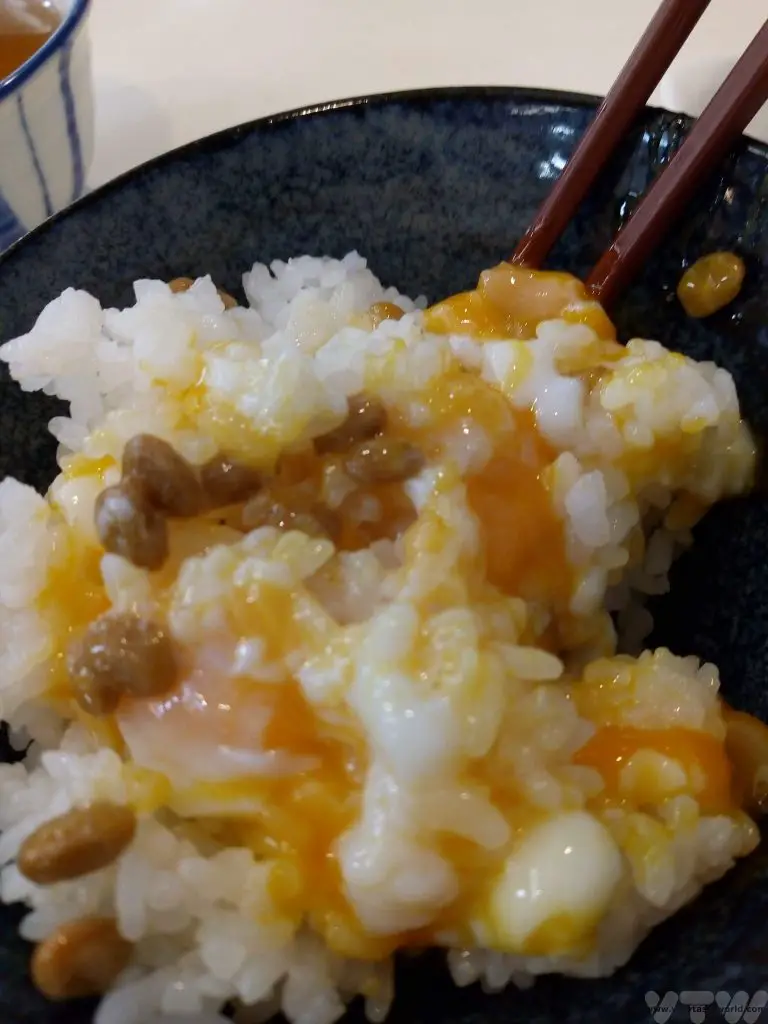
India
A dosa for breakfast in South India is an absolute joy. This is a pancake traditionally made from rice and dal (lentils) which are ground to form a batter and then fermented. The batter is cooked on a hot plate to form a large pancake and served with chutney – coriander, coconut and tomato are particularly popular.

In Kerala, this breakfast comprised vada, which is a doughnut made from fermented pulses and a puffy bread puri served with sambar, a delicious stew made from lentils, vegetables and spices. Multiple chutneys feature as well to provide a variety of flavours that soak into the vada and puri.

It’s Often Okay to Go Off-Menu
It’s quite common for hotels to ask their guests to pre-order breakfast. It makes sense: the hotel staff know what to order in beforehand and this can help minimise food waste. There is usually a form with tick boxes and you can choose from a variety of typical breakfast offerings. But if you do want to eat like a local, we’ve learned that many hotel restaurants are really happy to cook you a regional breakfast.
Uganda
It all started in Uganda when we breakfasted at a lodge with a local guide. We were eating standard fare but our curiosity was piqued when something entirely different was brought out for him. On asking, we learned that it was a rolex – a chapati with a layer of omelette on top, then rolled into a spiral cylinder, perfect for munching on. So the next day we asked the lodge staff if it would be possible for us to have a rolex for brekkie and they were happy to oblige. It’s great – tasty and filling – a good start to the day.

Nepal
In Nepal we were given a standard pre-order form to complete (eggs, bacon, sausage, toast…) to pre-order breakfast for the following morning. We politely asked whether it was possible to have a local breakfast instead. We didn’t specify any dish – just asked for local food. They were delighted. The following morning we were served a marsala omelette accompanied by a joyous curry and roti with home-made yoghurt. It was delicious.

Madagascar
Madagascar is famous for its amazing landscapes and unique flora and fauna and isn’t really known at all for its cuisine. But its breakfasts are great – really hearty and filling. If you want to try a local breakfast, it is best to request it the night before because it takes some time to cook. Rice is the staple in Madagascar, so a typical breakfast includes vary sosoa, or rice porridge. Sometimes it is served with zebu (a kind of cattle) steak for a very rich and decadent breakfast.
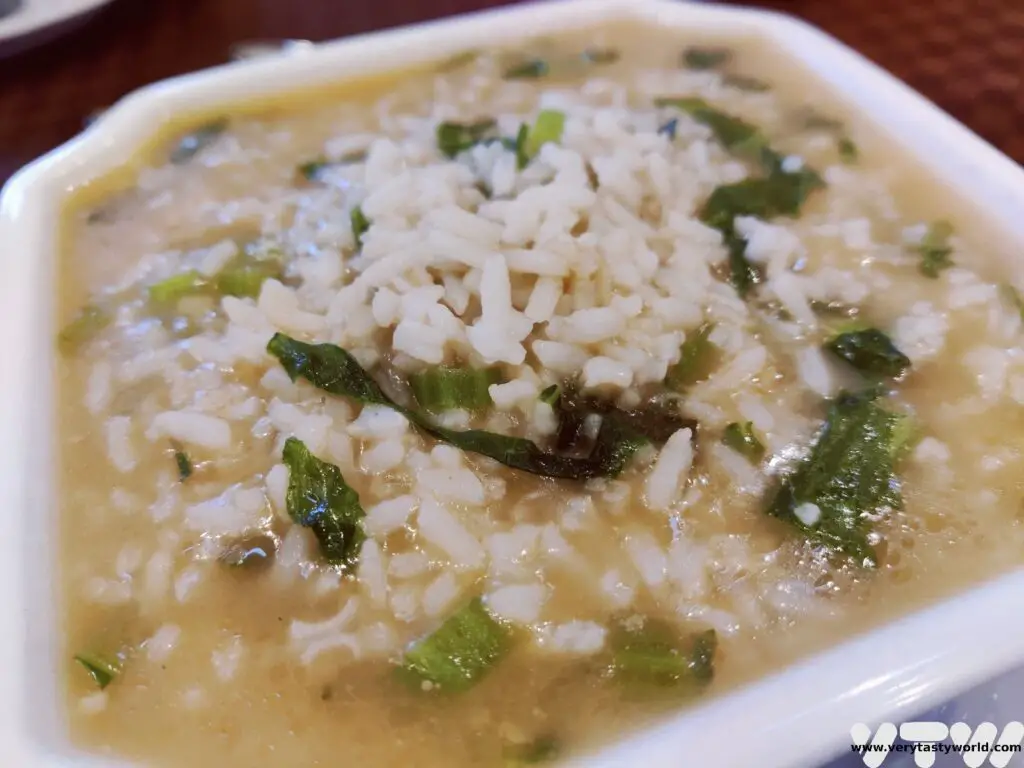
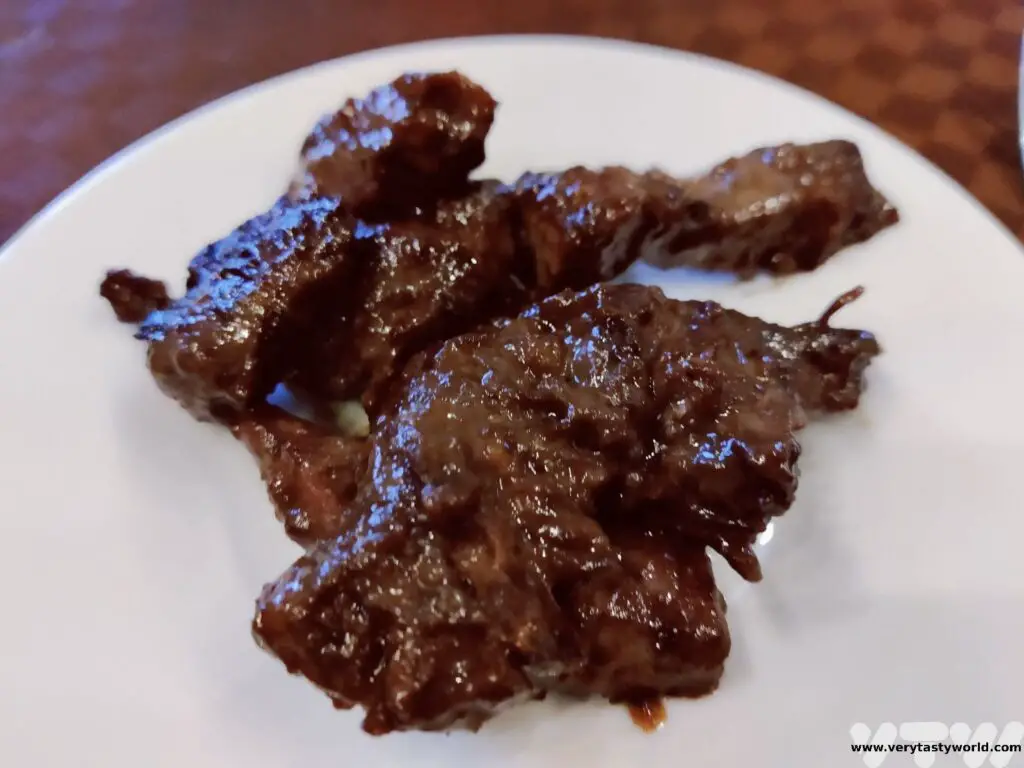
Mofo baoline are fried doughballs. They are very fluffy and filling and will really set you up for the day.
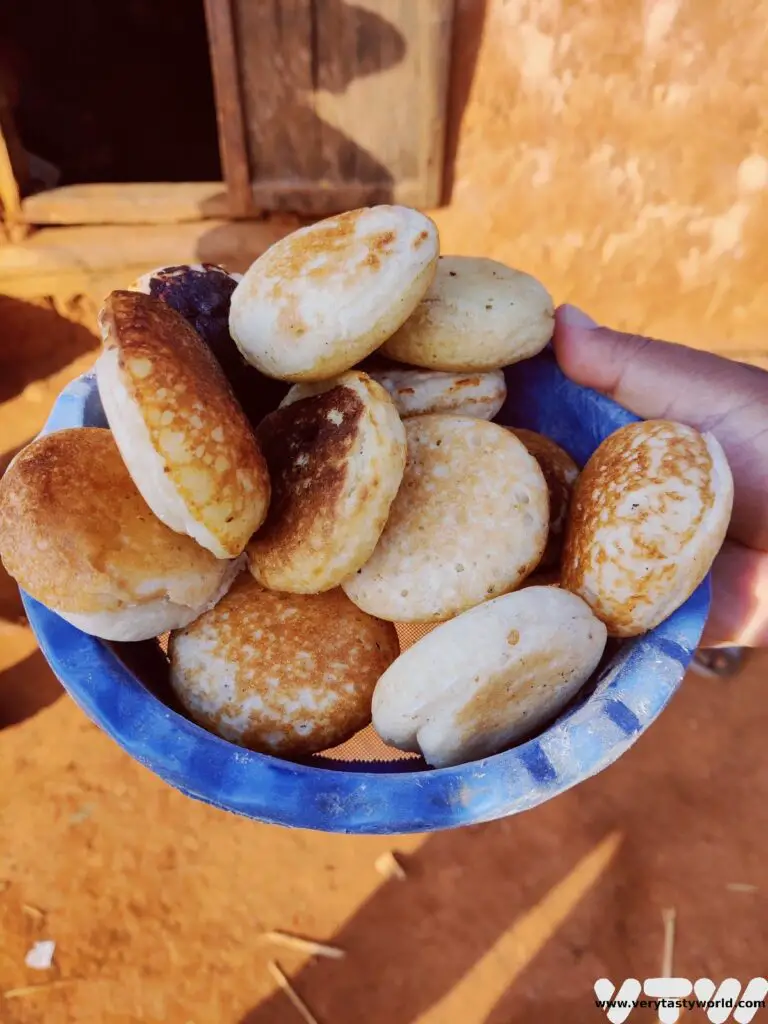
Breakfast, Lunch, Dinner and Breakfast Again
Many countries offer breakfasts that aren’t necessarily only eaten in the morning. When the food is this good, why restrict the dish to the morning?
Costa Rica
One of the world’s best breakfasts is gallo pinto from Costa Rica. It’s so popular it is often eaten for lunch and dinner as well. Which is just as well because it tastes great and is also really healthy. It comprises rice and beans and is usually accompanied by a fried egg at breakfast. Other accompaniments to start the morning include sausage, fried potatoes and some salad.
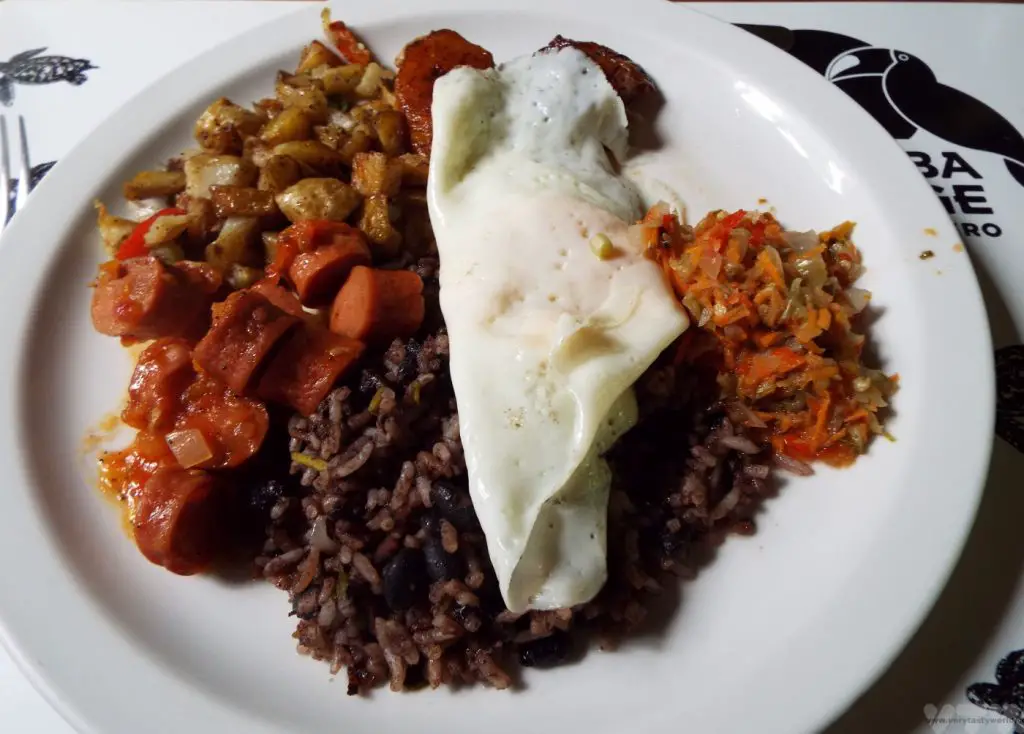
Vietnam
In Vietnam breakfast usually took a buffet form but often there were chefs on-hand to cook some food to order. We were always offered Pho – a tangle of noodles, freshly cooked and served in a yummy broth, topped with meat and vegetables. You pick up a side plate and add herbs, chilli, limes and other delicious items so that you can create your own personalised taste sensation. The liquid of the broth also ensured that we were thoroughly hydrated for the day ahead.
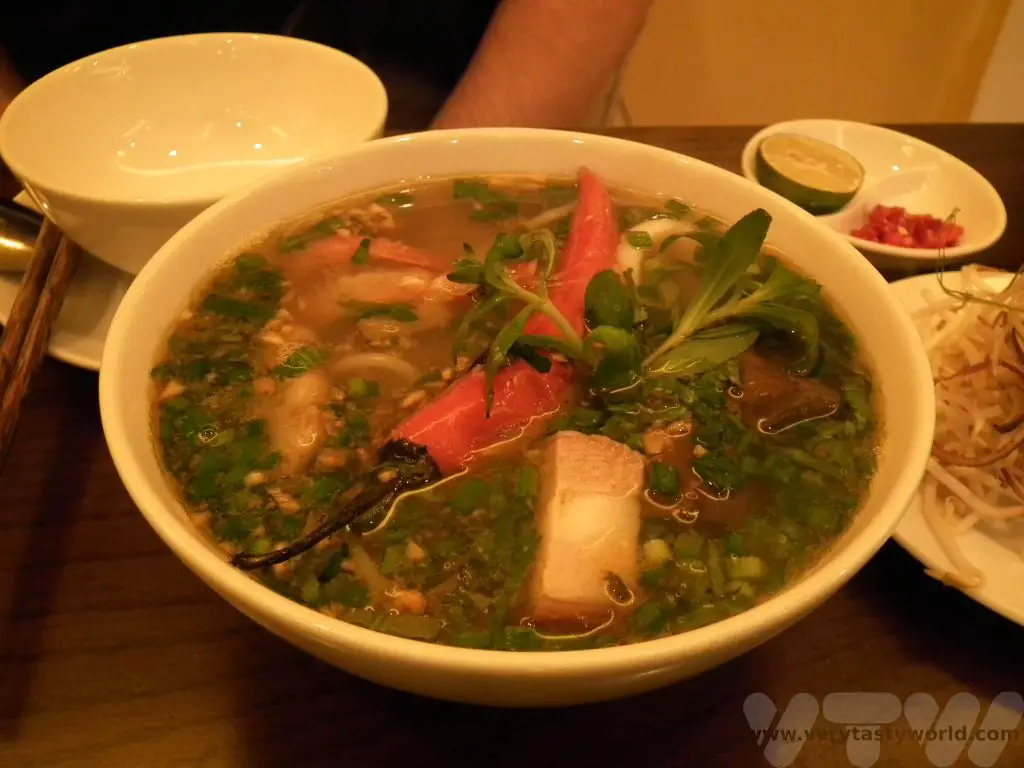
Mexico
We’ve said it before and we’ll say it again: with Mexican cuisine more is always more. There are so many dishes on offer, we didn’t have the same breakfast twice throughout our trip. Tacos with all the trimmings were just as fantastic to eat at breakfast as they were at lunch or dinner (or even for a mid-excursion snack). You can never have too many tacos.

Chuilaquiles are basically tortillas (often leftovers) which form a carb base. Then they are covered in red or green salsa and other ingredients such as shredded chicken, cheese or refried beans.


Tortilla with mole (pronounced molay) makes for a sophisticated breakfast. Mole is famous as the savoury sauce which contains chocolate but it’s so much more than chocolate sauce. It’s actually a very complex sauce, which contains a vast number of ingredients and takes a long time to make. Hotels in Mexico will often provide a sweet, glossy mole but the best ones can be found at the local market.
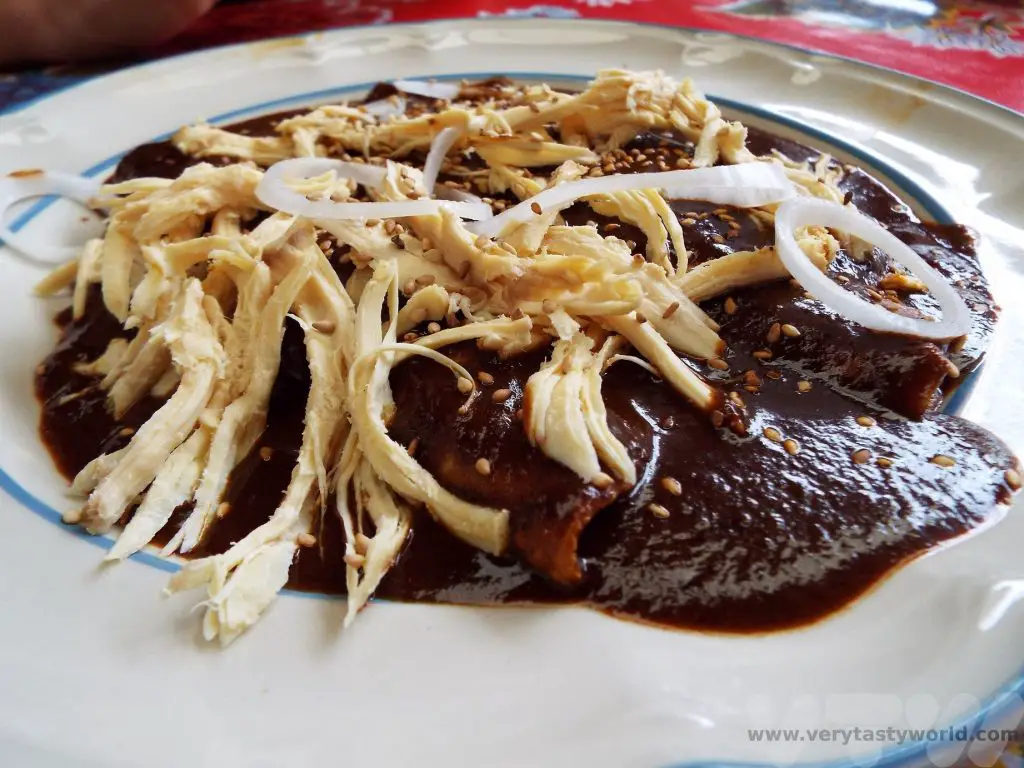
Huevas chiopanecas (below left) are eggs with red sauce and pork tamales (corn dough steamed inside a husk). And huevos coletos (below right) are fried eggs over tortillas with beans and pork sausage, which sounds western enough, until it’s adorned with spicy red sauce.


These dishes are also the sort of food that will be eaten through the day. And quite right too – they are all delicious, so you wouldn’t want to restrict yourself to just the first meal of the day.
South Korea
Like in Mexico, Korean people eat a wide variety of dishes in the morning and many of these aren’t solely for breakfast. Stew, known as jigae, accompanied by rice and side dishes, known as banchan, are popular.


Kimchi also features, as it does with pretty much every Korean meal. It is a spicy fermented cabbage dish and is so popular that most Korean people have two refrigerators – a normal one and a kimchi one. We make our own – you can find our kimchi recipe here.
World’s Best Breakfasts: Minimal Preparation, Maximum Flavour
And there are some brekkies that are surprisingly simple and make full use of great ingredients.
Spain
Andalucia is known as the breadbasket of Spain, and is a region that has more than its fair share of delicious produce. Alongside wonderfully fresh fruits and vegetables, it is the region of Iberico ham, sourced from the black pigs that forage for acorns in the mountains. And in nearby La Mancha, Manchego cheese is a hard cheese made from sheep milk which has a strong, nutty flavour. Sometimes simplicity is the key to a fantastic breakfast.
Pan con tomate is a thick slice of toasted bread, rubbed with olive oil and sometimes garlic, topped with a salsa of crushed ripe tomatoes and just a sprinkling of salt. such a simple dish but it is so delicious. It’s proof that quality ingredients speak for themselves.


Germany
A German breakfast is clever because it really needs minimal preparation in the morning. the perfect way to start the day is to get up and eat.
Key to its deliciousness is the bread. There are over 3000 types of bread in Germany, both breakfast and evening breads. There are so many varieties of tasty Brot (breads) and Brötchen (rolls) for brekkie – white breads, rye breads, whole-grain, wheat-rye and many, many more. There are so many variations, sometimes they are seeded or nutty, all are hearty, filling and a perfect vessel for sweet or savoury delights.
So what can you put on your bread: a variety of meats, cheeses and smoked fish or, if you have a sweet tooth, jams and honey. Honeycomb, dripping with sweetness, slathered over a slice of buttered bread, is a thing of joy. And how can you not love the fact that every September 25 Germans celebrate Butterbrot Day – a day of bread and butter?

Scandinavia
A Norwegian breakfast is savoury. Local seafood is amazing so fish features heavily in the first meal of the day. This may be smoked salmon or pickled herring in a variety of marinades. Bread with pålegg – a spread – is common.
Norway also offers some unusual cheese – brown cheese, called Brunost. This is one of the strangest cheeses we’ve tried because it uses what is normally considered to be the waste product from cheese-making – the whey. Whey boiled with cream results in caramelisation which gives the cheese its distinctive brown colour. A slice of cheese atop a slice of bread is an important part of a typical breakfast.
And you are always guaranteed a great cup of coffee – or three – when visiting Scandinavia. Coffee is an essential part of breakfast.

World’s Best Breakfasts – Back At Home
And, of course, whenever we are staying away from home in the UK, we’ll always have an honest-to-goodness fry-up. Sausage, bacon, egg (usually fried, poached or scrambled), black pudding, mushroom, tomato, beans and sometime a hash brown are the usual components.

We recently discovered that the best possible place for a full English breakfast that we’ve ever eaten is actually in our home town. While many top breakfast establishments boast locally sourced food (which is, of course, delicious) some go one step further to cure their own bacon and make their own sausages and black pudding. And that’s just the start: The hash brown (never the most fabulous component of a British breakfast) is a home-made bubble and squeak, a glorious blend of fried potato and cabbage. The beans have never seen a tin – they are home-made baked beans in a rich tomato sauce. There is even rich and tangy brown sauce to accompany the feast.
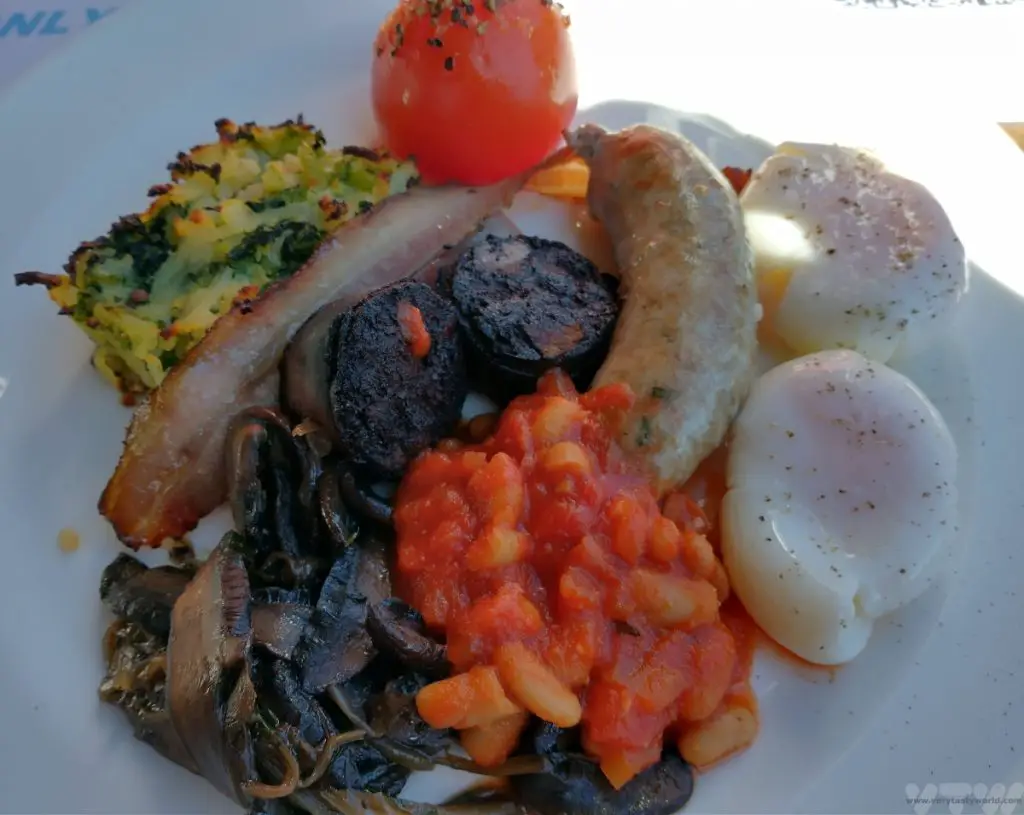
These are our favourite breakfasts from around the world. Do you have a favourite? Let us know!
Related Posts You May Enjoy

- RECIPE: How To Make Elderflower Champagne
- RECIPE Oyakodon Donburi
- Zero Waste Recipes Before Your Holiday
- RECIPE: Vegetable Biryani Tamil Nadu Style
- RECIPE: Vegan Wild Garlic Pesto
- Recipe: Venetian Pasta Sauce
- RECIPE: Biryani Raita Recipe
- RECIPE: How to Make Costa Rica’s Gallo Pinto
- Recipe: Japanese Simmered Pork Belly – Buta no Kakuni

- World’s Best Breakfasts -Breakfast of Champions!
- A One Day Hanoi Itinerary
- Mekong Meanderings
- A Chiang Rai Temple and A Country Retreat
- A Chiang Mai Tour in Northern Thailand
- Sunrise at Angkor Wat & Other Temples To Explore

- World’s Best Breakfasts -Breakfast of Champions!
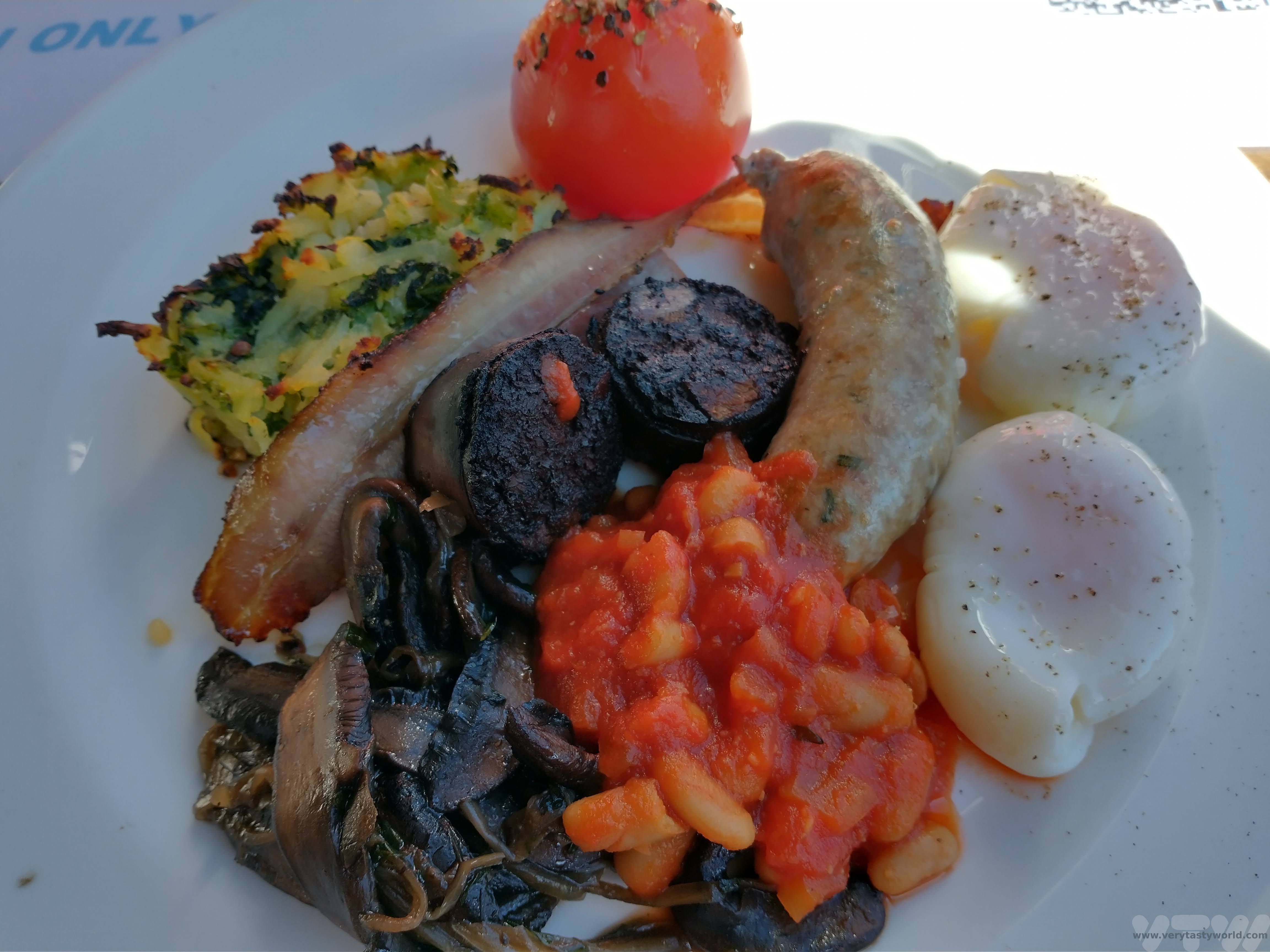
- RECIPE: Vegetable Biryani Tamil Nadu Style

- RECIPE: Biryani Raita Recipe

- The Leh to Manali Highway
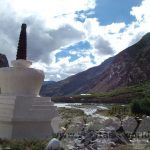
- Places to Visit in Munnar, Kerala
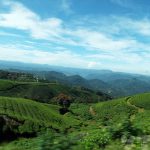
- Kumarakom Houseboats on the Kerala Backwaters
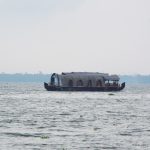

Thanks so much for reading. We hope you enjoyed this article. If you’d like to keep up to date with new posts and recipes, please subscribe to our newsletter or follow us on social media – X, Facebook or Instagram. We always love hearing from you and would be delighted to read your thoughts about this article.
A Spectacular Kaieteur Falls Tour in Guyana
One of Guyana’s key attractions is the Kaieteur Falls. Located in the heart of pristine rainforest, this is the world’s largest single-drop waterfall. It’s 226m tall (over four times higher than Niagara) and about 100m wide, with an astonishing 663 cubic metres of water falling every second. Here is our guide to finding a Kaieteur Falls Tour and everything you need to know about your visit.
When watching the 1925 version of The Lost World, Willis O’Brien’s forerunner to the classic King Kong, we couldn’t help but contemplate where this thrilling adventure could have been set.
Although the film was ostensibly set on the borders of Brazil, Colombia and Peru, a bit of research revealed that the South American country of Guyana had similar landscapes that were both highly evocative and very remote. And while we were pretty certain we wouldn’t encounter any dinosaurs we decided that we would like to have our very own adventures in the Lost World.
Although we weren’t able to visit the plateau mountain Mount Roraima, the Kaieteur Falls gave us the opportunity to see a dramatic landscape set amidst an astonishing and vast rainforest.
Where Are The Kaieteur Falls?
The Kaiteur Falls are located on the Potaro river in the Kaieteur Falls National park, in the Guiana Highlands. This is Guanya’s first national park and it was established in 1929.
The rainforest is part of the watershed that lies between the Amazon and the Orinoco rivers.

The falls were ‘discovered’ in 1870 by geologist Charles Barrington Brown working in what was – at the time – British Guiana. Of course the indigenous Amerindians knew about them way before then.
Kaieteur apparently means ‘old man fall.’ There is a legend that the falls were named for a Patamona chief named Kai, who paddled over the falls as a sacrifice to the great spirit in order to protect his people from invaders.
To be clear, the falls aren’t the highest single drop fall but the largest volume.

There is a cave behind the falls but it is not known to have been explored, even by the local Amerindians. The cave is home to hundreds of thousands of swifts. In his film, White Diamond, film director Werner Herzog documents the attempts of a British engineer to fly a small airship around the area. A member of the crew is an experienced mountaineer and abseils down the side of the falls to look into the cave. Although they recorded footage of the cave, the team decided not to include it in the film, so its dark secrets remain a mystery. Which is as it should be.
When to Visit the Kaieteur Falls
Guyana doesn’t have four seasons but rainy and dry seasons. The main rainy season runs from May to August followed by a dry season, which runs from September to November, a mini rainy season from November to January and the main dry season from February to April.
The volume of water in the falls will be at its highest after the rainy seasons, so November and February should offer maximum flow. But the weather will be better for flying during the dry seasons. That said, we visited at the end of a particularly dry dry season in April and the flow was still pretty spectacular.
Kaieteur Falls Tour Operators
Although it is possible to take a tour where you can trek to the falls and climb to the top, most people fly there from Guyana’s capital city Georgetown.
There are a number of tour operators who can arrange a trip. We recommend using an approved tour operator.
Airlines such as Transguyana , Roraima and Air Service Limited offer trips. We flew with JAGS Aviation on a trip organised by Adventure Guianas.
The cost of the flight is around $250-270 (US) per person. (Prices correct in 2024.)
We recommend booking early as flights can fill up at popular times.
Need to Know: There are a number of conditions to getting a flight. The airlines will usually only operate a flight if a minimum number of people make a booking. So it is better to plan your trip for a weekend because more people are likely to book on a Saturday or Sunday. Your tour operator should let you know when the flight becomes confirmed.
The other thing to bear in mind is that the aircraft are very light and will land on a teeny runway in the middle of the jungle close to the falls. Sometimes the weather can be unfavourable and flights may be delayed or even cancelled at short notice. If the flight is cancelled, costs should be refunded.
Flying To the Kaieteur Falls
Georgetown’s main international airport is located nearly 40km out of town but it has another airport, E.F. Correia near Ogle, which is just on the outskirts of the city and it takes around 20 minutes to reach (traffic permitting). It’s best to arrive at least an hour before the scheduled flight. Go to the reception area and wait for an invitation to check in.
On checking in you will be weighed so that the airline can establish the seating plan – as the aircraft is incredibly light. As with all our internal flights in Guyana, the flight was running late, but it took off eventually.
The aircraft is very small and can accommodate a maximum of 12 passengers. If you’re lucky you may get to sit next to the pilot.

After around an hour of flying – briefly over Georgetown and then over the pristine rainforest, the flat landscape starts rising and the geography of the area becomes more undulating. This is a good time to start looking out of the window.
When you reach the falls the pilot will fly past so that people on one side of the plane can take photos and then bank and turn so that the passengers on the other side of the plane can see the falls from the air. Then they will land on a small airstrip.

Walking To The Viewpoints
There is a small pavilion next to the airstrip. It has bathroom facilities and a small exhibtion. A guide will be waiting to take you to the falls. Drinking water will be provided.The visit will last approximately two hours in total.
The guide follows a set route to view the falls at three specific viewing points.
Along the way, the guide pointed out some of the natural features of the area including some rare species.

There aren’t too many mosquitoes in the area because this clever little plant consumes them. It is a carnivorous plant, the sundew, which lures insects in and then traps them on its sticky tendrils before closing up and consuming them overnight. We wish we had had one of these as a pet whilst travelling in the rainforest, because the mosquitoes were very hungry and decided that we were particularly delicious.
The Tank Bromeliad is one of the largest examples of this plant in the world. It is home to the teeny Golden Frog, which lives its entire lifecycle inside the water that collects in the plant. It is poisonous, so be careful!


If you are lucky, it may be possible to see the stunningly beautiful bird, the cock of the rock, probably the most orange thing we have ever seen. We didn’t get lucky at Kaieteur but did see this magnificent bird in the other parts of the rainforest in Guyana.
Warning – the viewpoints are completely natural. There are no viewing platforms nor barriers to stop you going over the edge, so take care when taking photos and selfies, especially if someone offers to take your picture – don’t move backwards without looking!

It’s a leisurely 10-20 minutes stroll to walk to the first viewpoint, the furthest from the falls.

The next viewpoint is the Rainbow View, which offers exactly what its name suggests, offering the best photo point to capture the rainbow which shimmers across the falls.


Then finally onto the closest viewing point – where you can really get to feel the sheer power and majesty of the falls. You can also see the colour of the water as it tumbles relentlessly to the valley below. You can see a sepia tinge which is due to the tannins in the water from the trees and plants lining the river bank.

Don’t forget to look behind you to see the remarkable canyon that the river has carved over the millennia.

At the end of the walk, the group will return to base for a quick – and very filling – lunch. Vegetarian options are available, although it’s probably worth mentioning any dietary requirements when booking the trip.

The two hours fly by and it will soon be time to return. Board the aeroplane and don’t forget to get your camera/phone ready to record a final view of the spectacle.
What To Bring On A Kaieteur Falls Tour
It’s a good idea to minimise the items you need to bring as there isn’t much room on the aircraft. A small daysack will be absolutely fine.
Because these are charter flights it’s okay to take liquids aboard the plane.
Although water will be supplied, we recommend taking extra water if you are likely to need it.
We also advise bringing sun-cream and a hat to provide protection from the sun, which is strong in this area, even on a cloudy day.
Also, although the walk is not long, difficult or strenuous, good walking shoes will be useful.
It is easy to understand why the Kaieteur Falls are Guyana’s biggest attraction. You run out of superlatives trying to describe them. And, while it’s great to take photos to get that perfect instagram shot, take time to enjoy the beauty of the natural surroundings and the sheer mighty power of the falls.
Related Posts You May Enjoy

- Rivers and Rainforests – A Guyana Itinerary
- Best Time To Visit Machu Picchu 2024 Update
- A 2 Week Patagonia Itinerary
- Day of the Dead in Campeche
- A Galapagos Land Based Itinerary
- RECIPE: How to Make Costa Rica’s Gallo Pinto
- A Tasty Puebla Food Tour
- Costa Rica Wildlife Sanctuary – Caño Negro
- Visit Torres del Paine National Park in Patagonia

Thanks so much for reading. We hope you enjoyed this article. If you’d like to keep up to date with new posts and recipes, please subscribe to our newsletter or follow us on social media – X, Facebook or Instagram. We always love hearing from you and would be delighted to read your thoughts about this article.
Best Time To Visit Machu Picchu 2024 Update
It’s easy to see why Machu Picchu is Peru’s biggest tourist attraction. It was our primary reason for wanting visit to Peru (although during our trip we discovered so many amazing places including the Amazonian jungle) and we had high expectations. We weren’t disappointed. Here is our guide about the best time to visit Machu Picchu, how to get tickets and what to expect when you get there. This post has been updated to incorporate the changes to visiting for 2024.
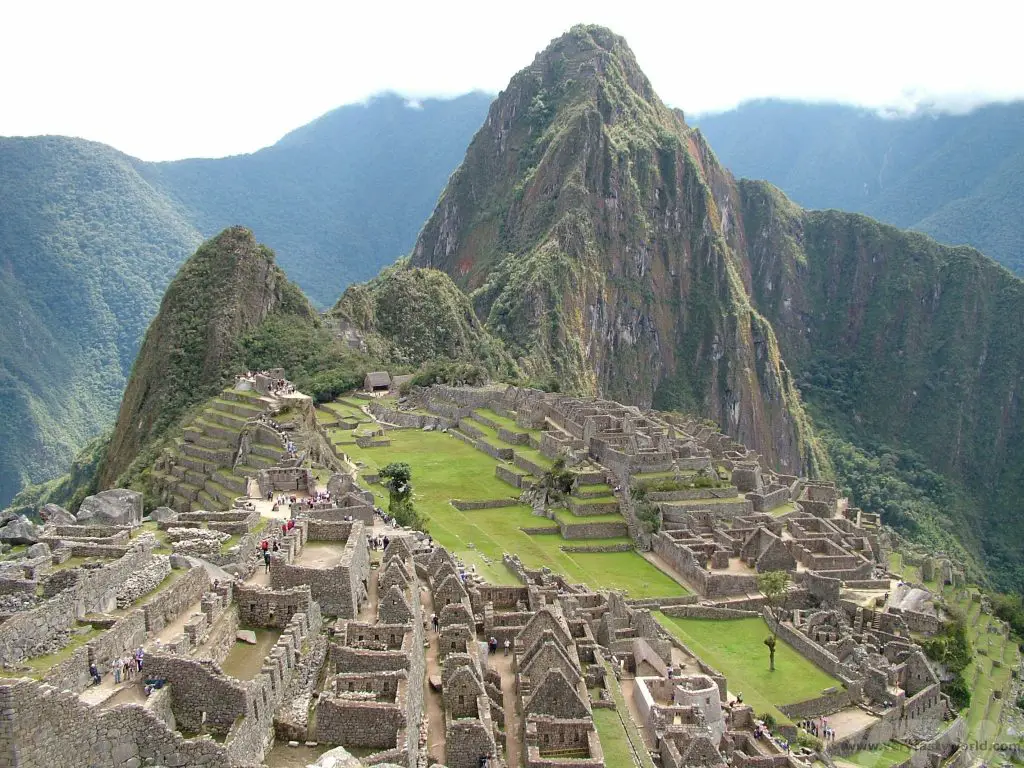
Please note that this post contains affiliate links. If you click through and decide to make a purchase we will make a small commission, at no extra cost to you, which will help towards the costs of running this site.
Best Time To Visit Machu Picchu
Machu Picchu can be visited year round. The most popular time to visit is June to September with shoulder seasons in May and October. Peru’s rainy season runs from November to March.
But the rules for visiting Machu Picchu have changed for 2024. The reason for this is that the authorities want to protect the site as much as possible and control the crowds. The total number of people allowed to visit is 4,500 each day. This number is split between the people who walk the full Inca trail, the short trail and day visitors.
For visitors to the site the morning and afternoon tickets have been replaced by hourly slots of 190 visitors each.
The Ministry of Culture has introduced 5 circuits. Follow this link to check the route for the sites you wish to see. The tours are of varying duration and are guided. There may be some time for self-exploration at the end of the tour. It is mandatory to have a guide. Because of this it may be worth considering taking an organised trip.
You are allowed to stay for a maximum of 4 hours.
Tickets can be purchased from the Ministry of Culture website.
If you wish to climb Huyana Picchu (the mountain behind the site as seen in the most famouse pictures) you have to purchase a separate ticket. Three hundred tickets will be available each day. There are hourly entrance slots (75 tickets each) from 06:00am to 13:00pm.
If Huyana Picchu sells out, it is possible to climb Huchuy Picchu and get a great alternative view of the site.
How To Get to Machu Picchu
There are several ways to visit Machu Picchu. The most famous is probably the hike along the Inca Trail. The Incas built an intricate and sophisticated network of trails throughout their enormous empire that encompassed Quito (Ecuador) in the north to Santiago (Chile) in the west and to Mendoza (Argentina) in the east. The trails ran to around 40,000km. But the best known trail is that which runs approximately 43km from Peru’s Sacred Valley to Machu Picchu via the sites of Runcuracay, Sayacmarca, Phuyupatamarca, Wiñay Wayna.
You can’t just turn up with your walking boots and rucksack – you have to book via a tour operator who is both registered and owns a licence. Access to the trail is controlled and can get extremely busy – up to 500 people, including guides and porters, make the trip each day. This mean that only about 200 visitors can walk the trail.
High season for this trail runs from April until October and should be booked well in advance. The classic four day Inca Trail starts at a place called Km82 (82 km along the railway track that runs between Cusco and Machu Picchu). It reaches a maximum altitude of 4200m so it is really important to have acclimatised fully before attempting the hike. Some operators offer a shorter trek, about 15km, which starts much closer to Machu Picchu, and can usually be completed within a day.
An alternative approach is to travel from the Cusco area, Urubmaba or Ollantaytambo by train. There are a number of options depending on your budget, from the relatively cheap to the downright decadent. Some trains are for Peruvian visitors only, so that local people can visit their country’s most famous attraction. We travelled on the mid-range Vistadome from Poyroy, a station located around 20 minutes from Cusco. It was an early start and the trip took around three and a half hours to arrive at the valley. A light meal and drinks were provided on the way and the views were stunning.
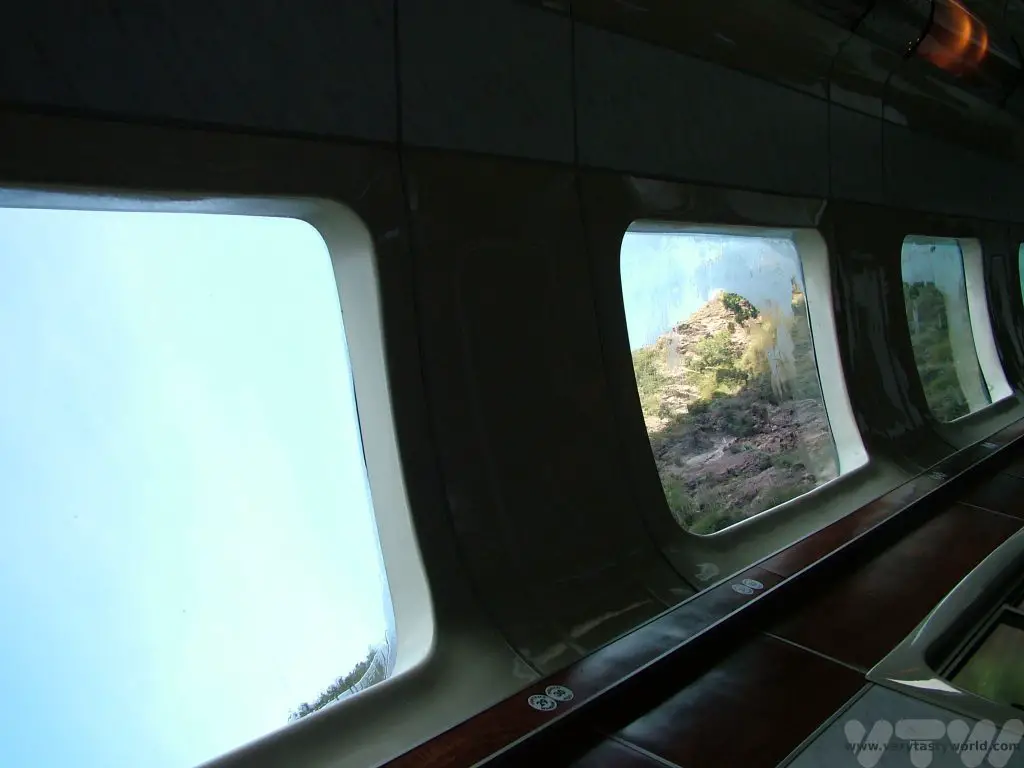
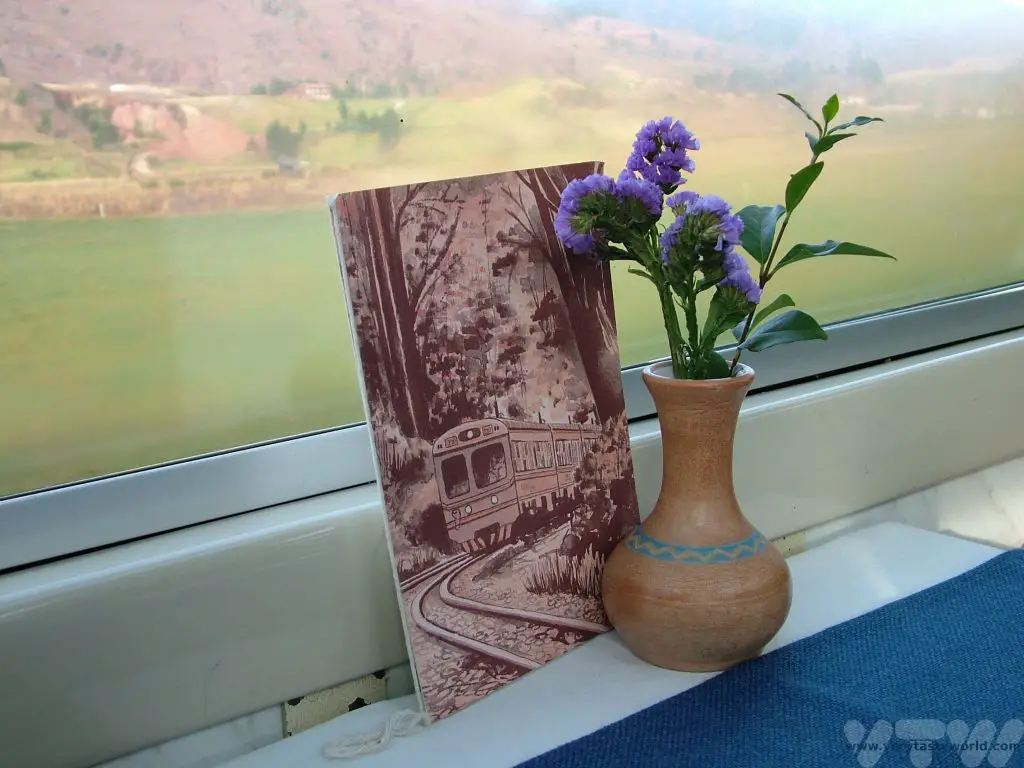
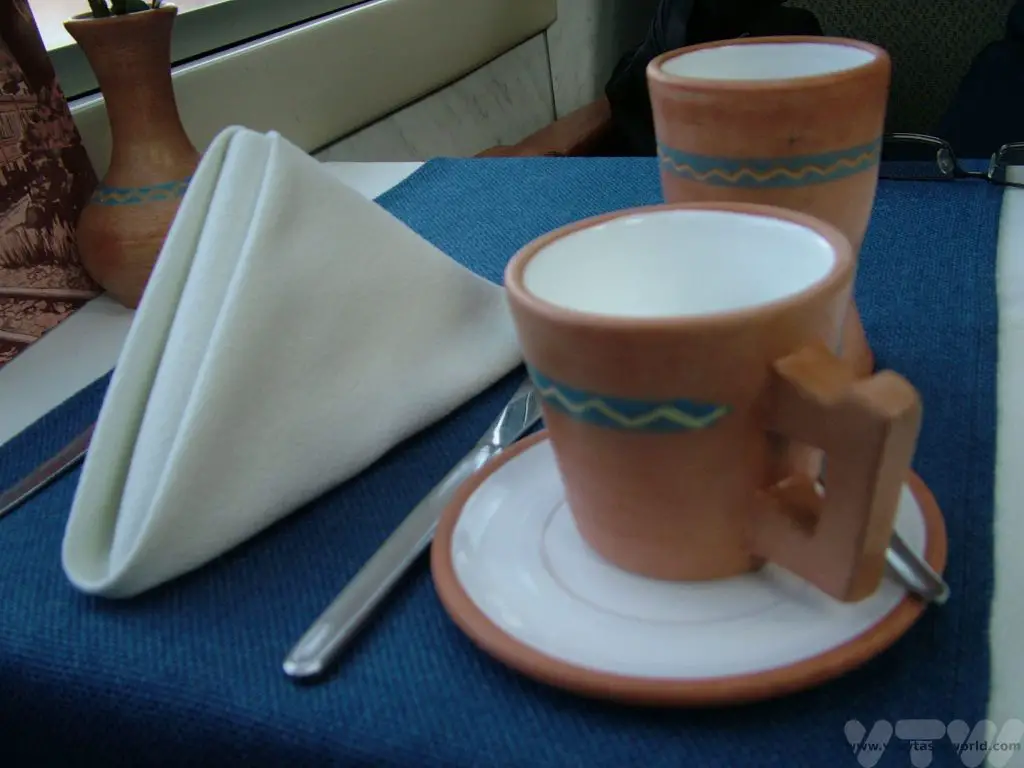
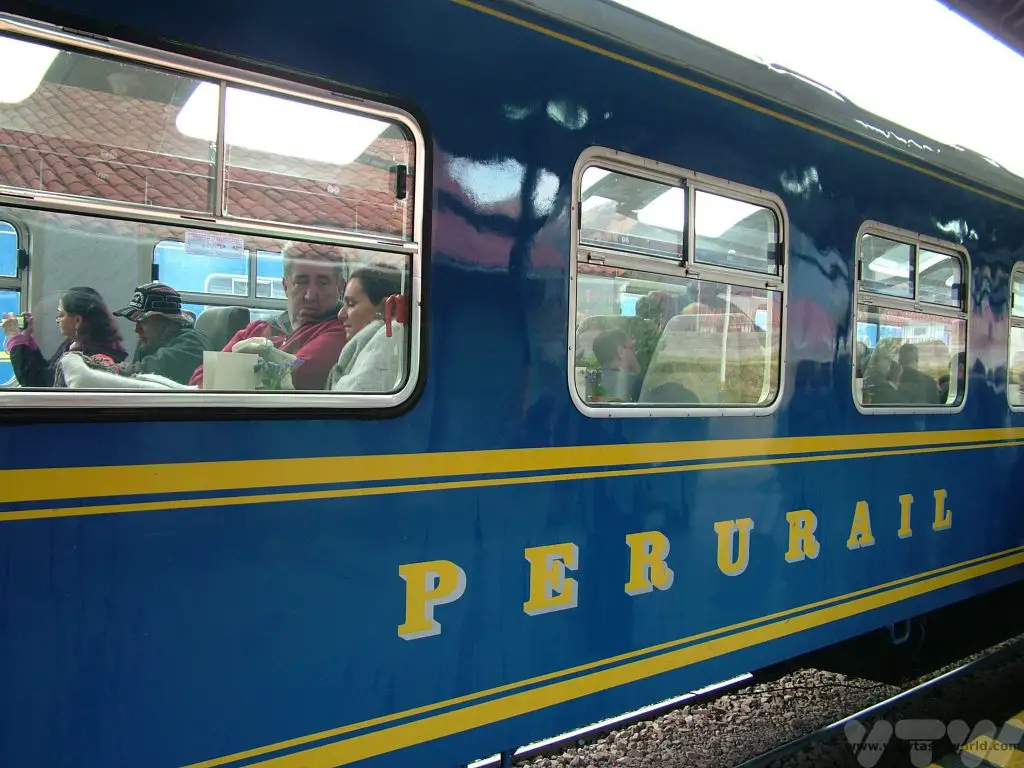
Transportation will be waiting close to the station when you arrive and you will need to buy a ticket to catch a bus that will take you up a road with an inordinate number of hairpin bends to the entrance, on a journey that takes around half an hour.
Arriving At Machu Picchu
Whether you arrive by trail or train it’s the most spectacular sight.
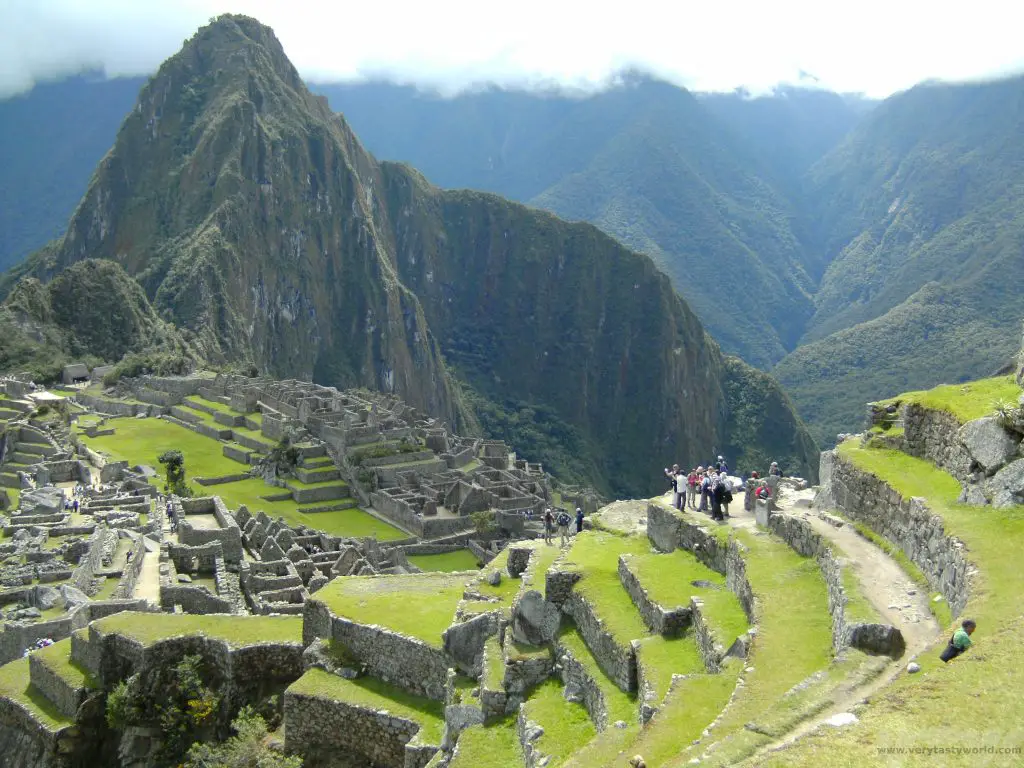
Machu Picchu was an Inca city that wasn’t located by the Spanish Conquistadors and hence wasn’t plundered or destroyed. It was discovered by American professor Hiram Bingham in 1911. Inca architecture really is remarkable (there are many examples throughout the Sacred Valley between this site and Cusco). The dry stone wall structures are not square, doorways are trapezoidal and the stones are laid in such a way as to provide strength and flexibility. Many of the stones have multiple angles and are cut and sometimes polished to fit together perfectly. They have survived centuries of earthquakes, remaining standing long after the Conquistadors’ flimsy structures had toppled over.
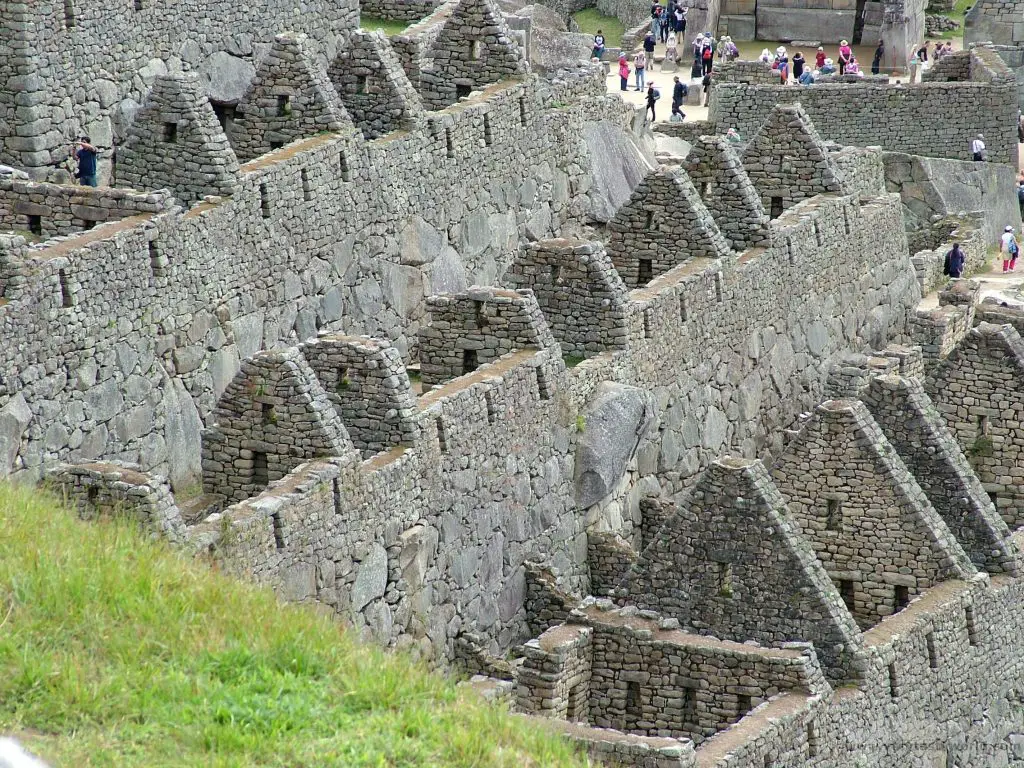
Although the functions of many of the buildings are not known for sure, archaeologists and anthropologists have determined that Machu Picchu was an important ceremonial site built as a royal estate for the Inca emperor Pachacuti.
The function of the Funerary Stone is not fully clear but it is thought that it might be a sacrificial altar.
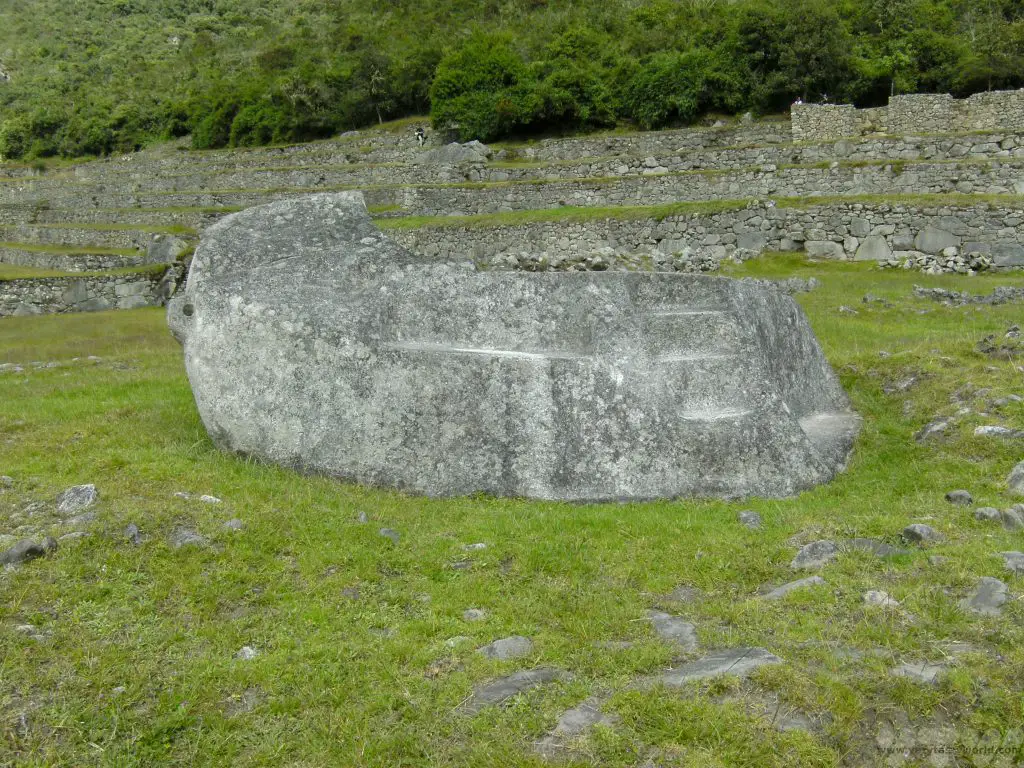
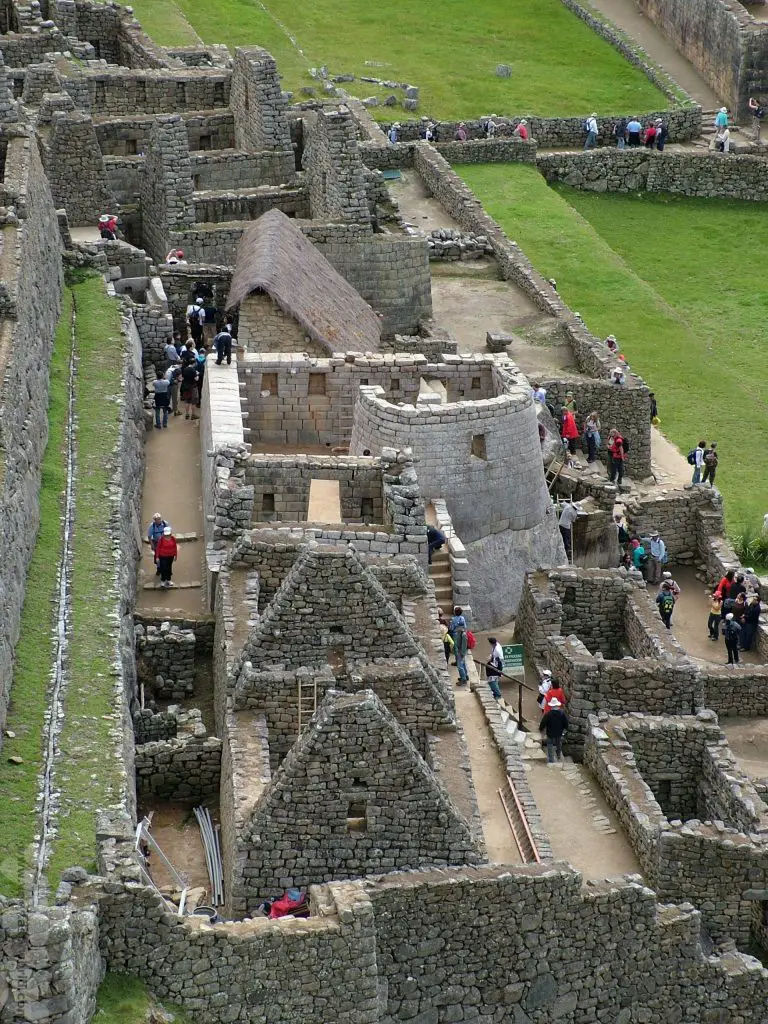
The Temple of the Sun was likely to be an astronomical observatory. Niches in the walls may have been used for offerings. There is a rock in the centre which lines up with the morning rays of the sun at the summer solstice.
The Royal Tomb – Palace of the Princess may have housed the Sun princesses or Ñustas. This structure takes full advantage of the natural rock formation.
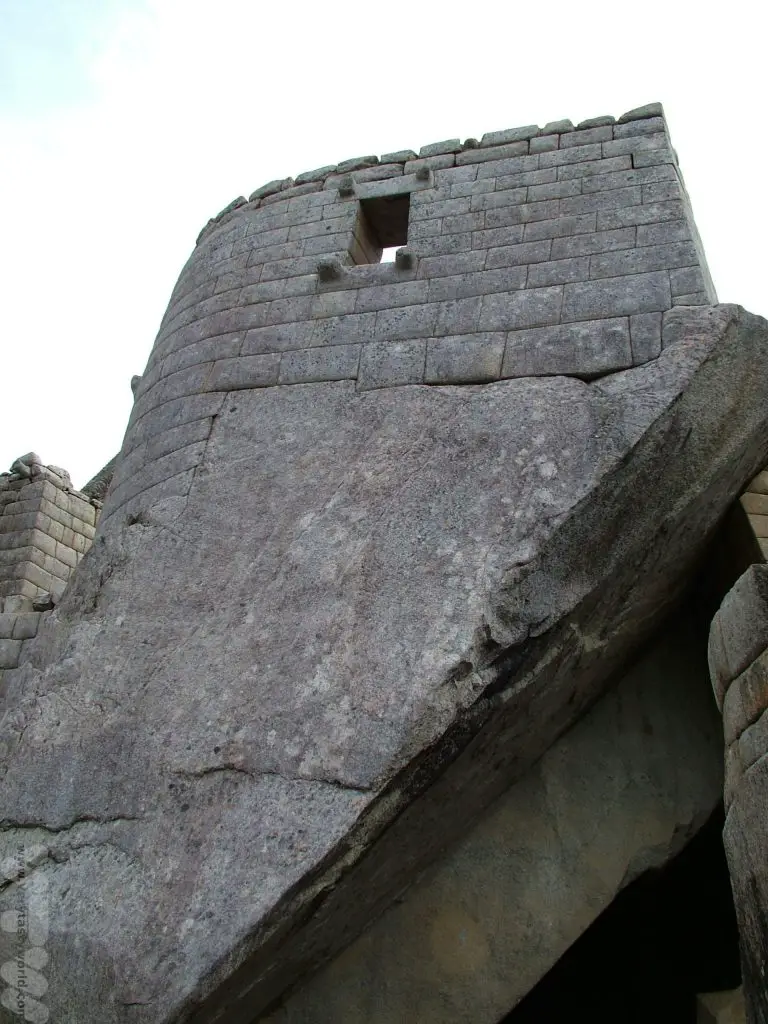
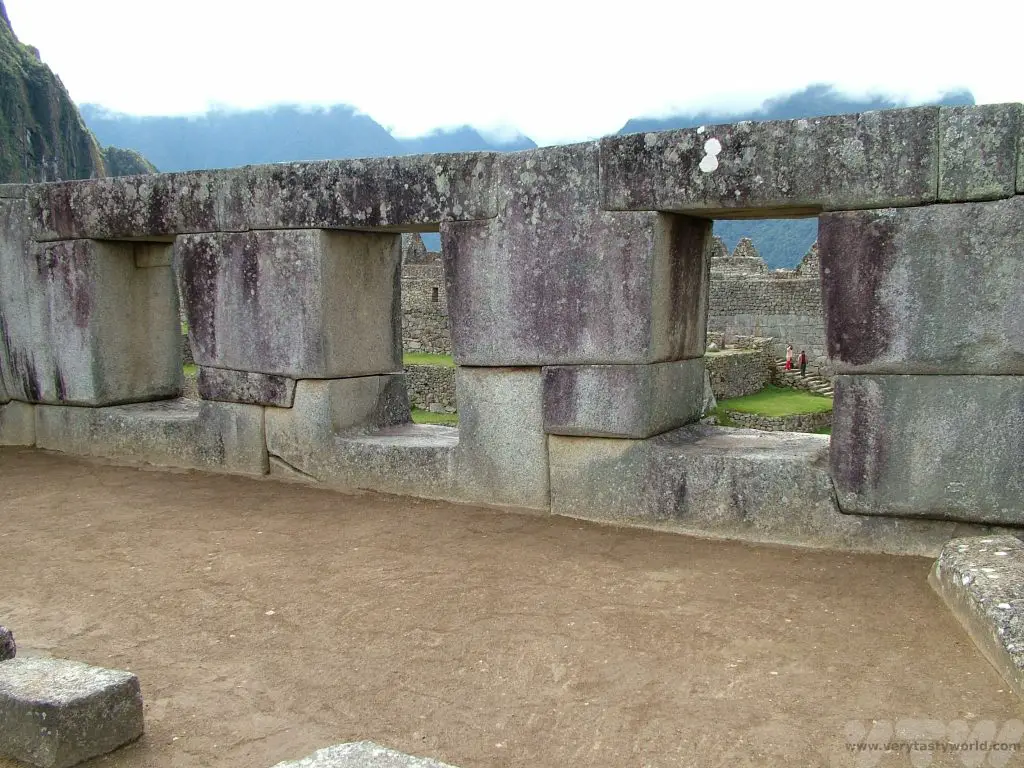
The Temple of Three windows is in the area considered to be the Royal Sector. Most archaeologists now believe that the site was built as an estate for Pachacuti Inca Yupanqui, the ninth Sapa Inca, that is, the emperor of the Inca empire.
The Principal Temple is the largest of the temples in the Royal Sector and has three sides with huge foundation blocks and carefully cut stones.
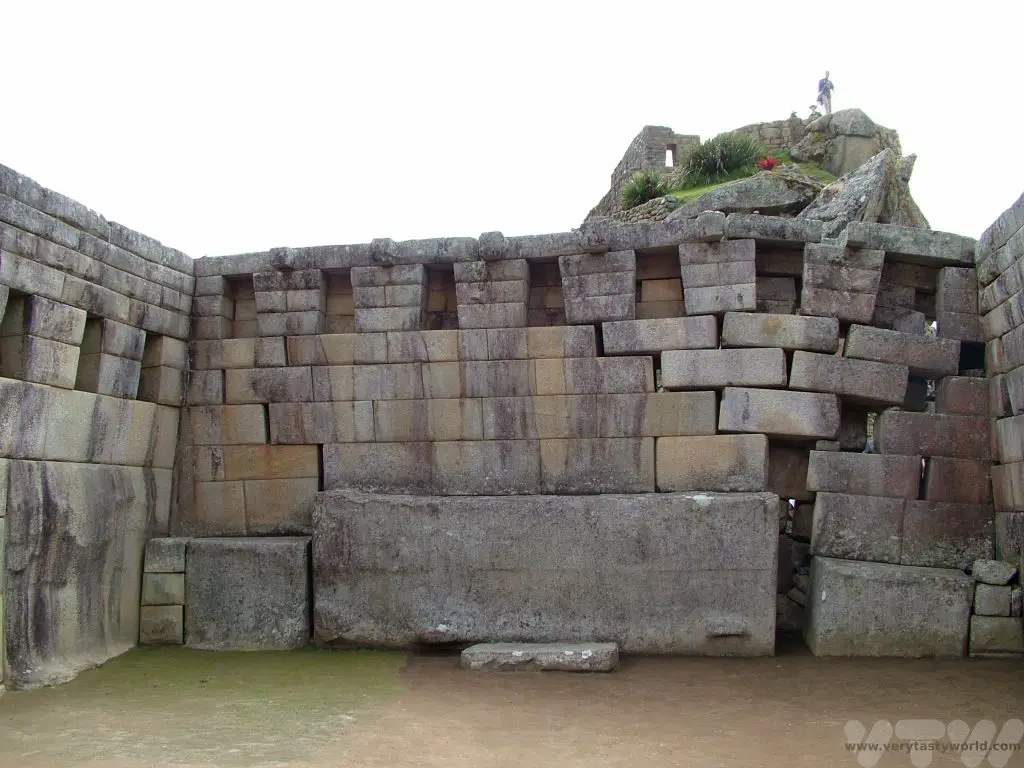
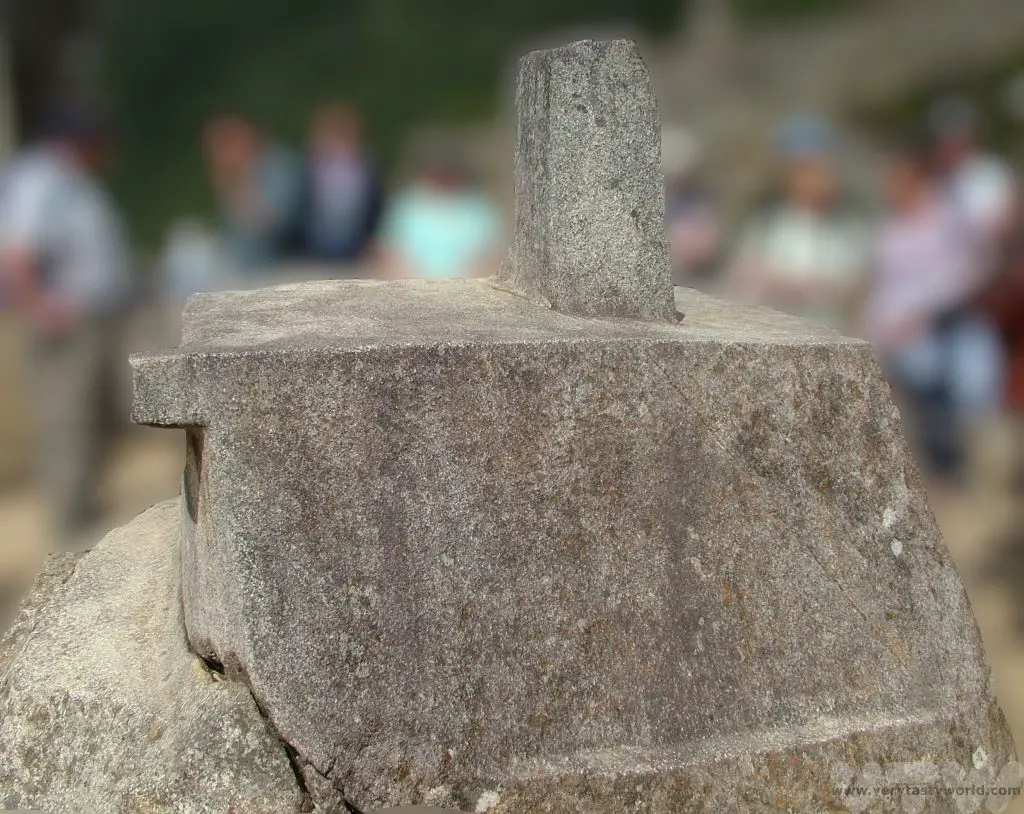
It is thought that Intihuatana was used by the Inca people as a sundial. It could have been used to predict the solstices. The shape of the rock resembles Huayna Picchu, the mountain located directly behind the stone.
The mortar district is characterised by the stone circles carved into the rock. The area is also known as the industrial sector. It was originally thought that the mortars were for crushing grain but there doesn’t seem to be evidence for this.
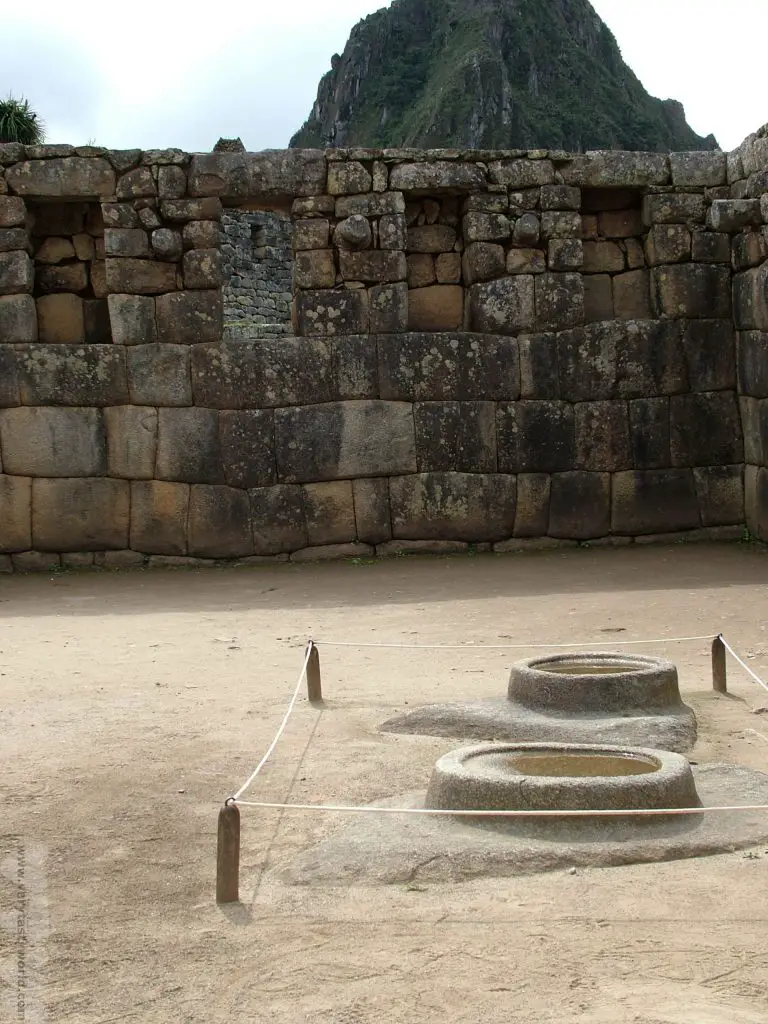
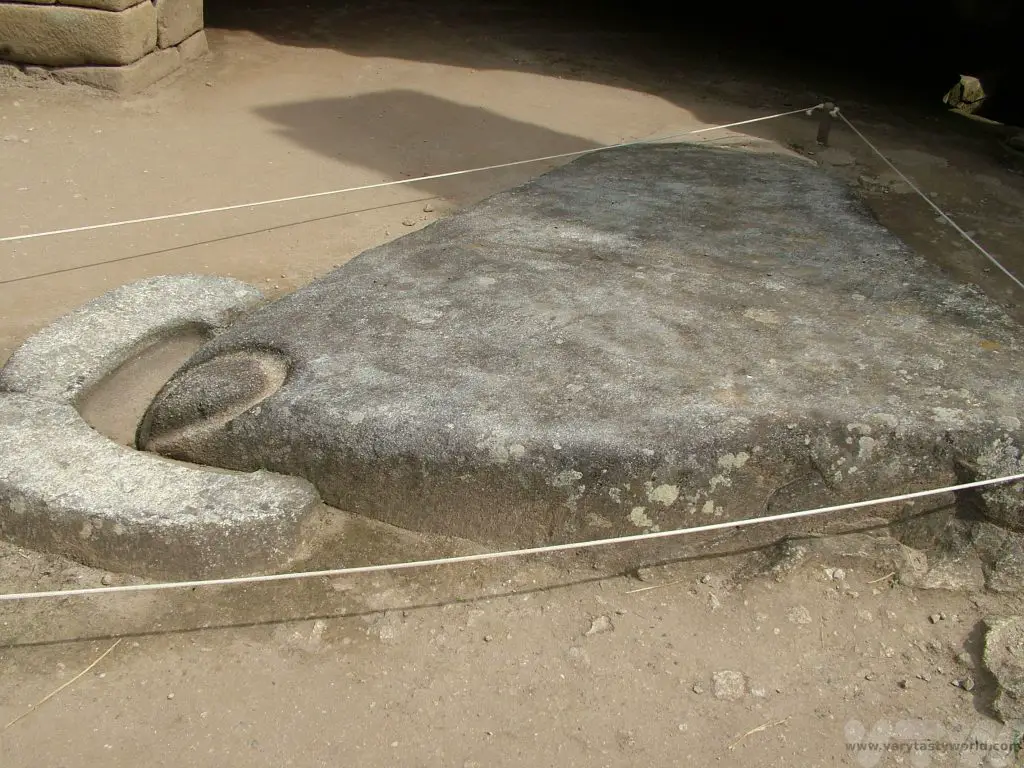
The Condor Temple was originally considered to be part of a prison zone but experts these days believe it was more likely to be a temple. One of the rocks has the appearance of the head of a condor, a bird considered to be sacred to the Incas.
And the terraces – both internal and external – are simply spectacular.
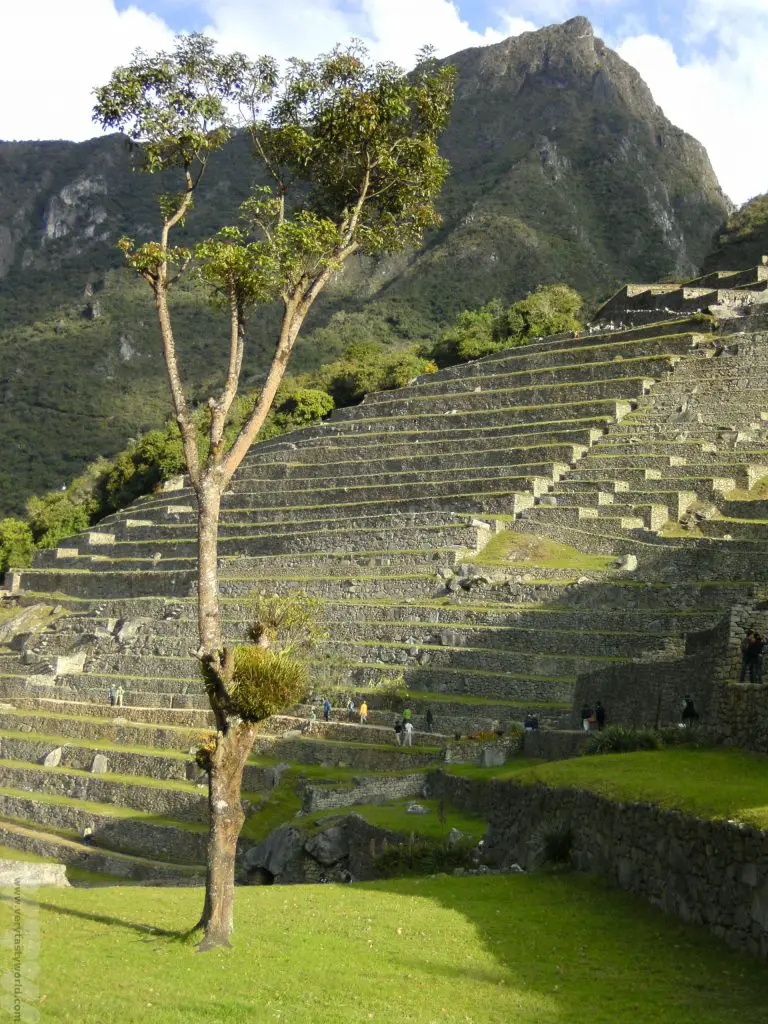
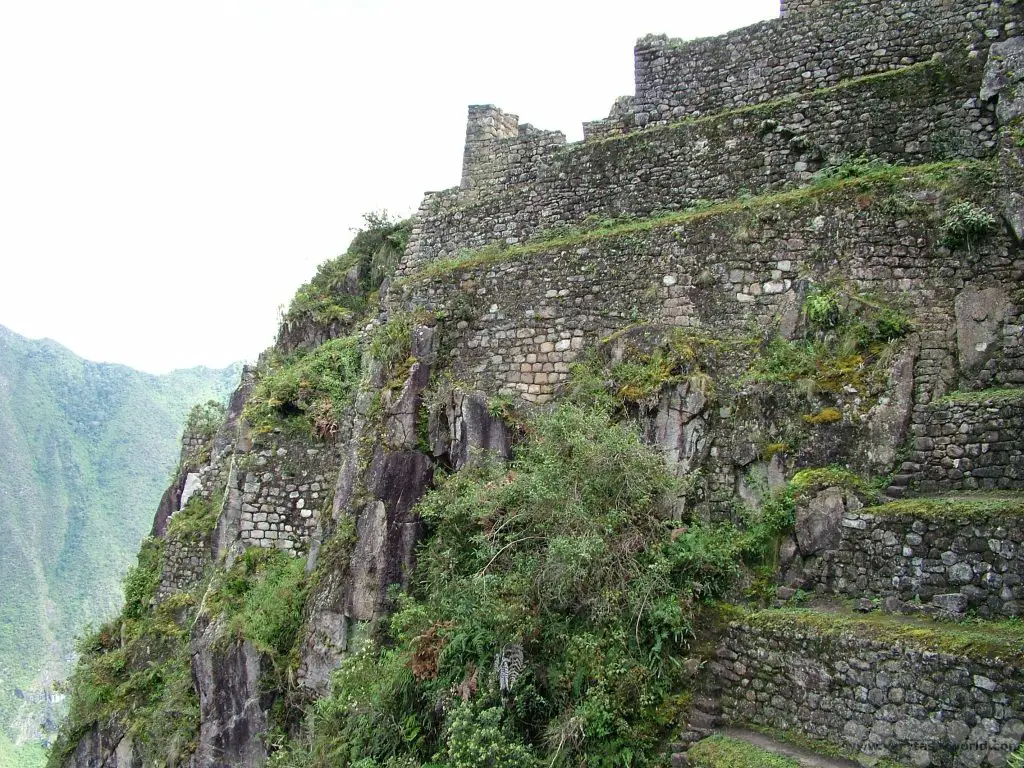
The site is huge and there’s still more of the city still to be reclaimed from the jungle – archaeologists are working at uncovering more ruins.
Overnight Stay
Most visitors who visit Machu Picchu are day-trippers but we decided to spend one night at the local village Aguas Calientes (which literally means ‘hot water’ on account of the hot springs) also known as Machu Picchu Pueblo or Machu Picchu Town, in the valley below. We visited before the new restrictions came in which meant that we could hang around the site until sunset when it becomes significantly less busy. (There is just one hotel at Machu Picchu itself and it is expensive.)
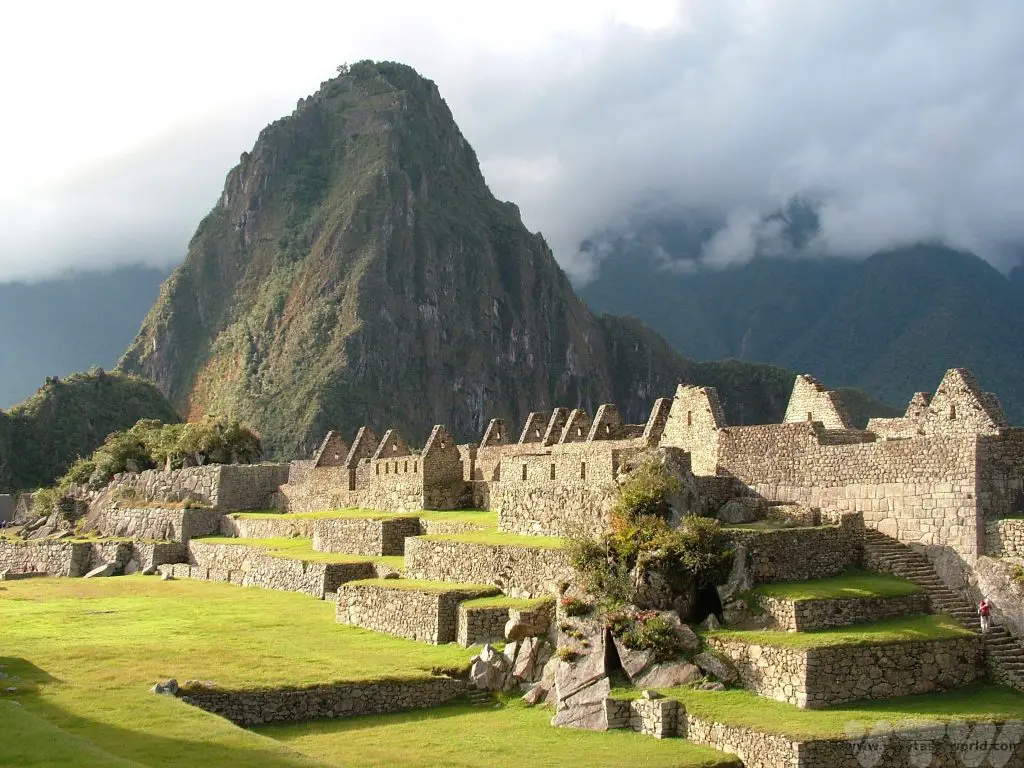
Aguas Calientes is set up for tourists – there are plenty of places to stay and restaurants to eat at. There are also thermal baths if you feel the need for a good soak at the end of a day’s exploration.
Climbing Huayna Picchu
Another essential thing we wanted to do as part of our visit to Machu Picchu was to climb Huayna Picchu on our second day. We recommend buying two tickets – one to visit the main site and another to climb Huyana Picchu the following day.
Only 300 people are allowed up there each day, and entrance is timed into hourly slots.
We started off early in the morning and caught the first bus from Aguas Calientes.
It’s actually an easier climb than it looks, although you do need to be reasonably fit, and took us about an hour to get right to the very top.
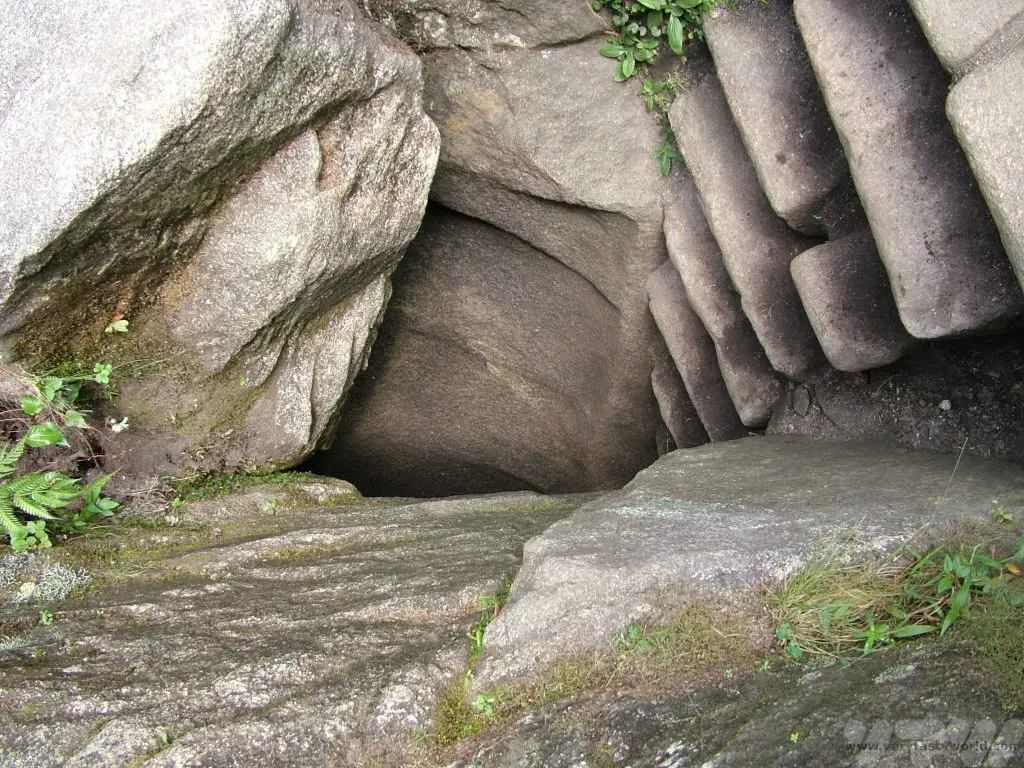
There is a need to wiggle through some rocks on the path.
Needless to say, the view was stunning.
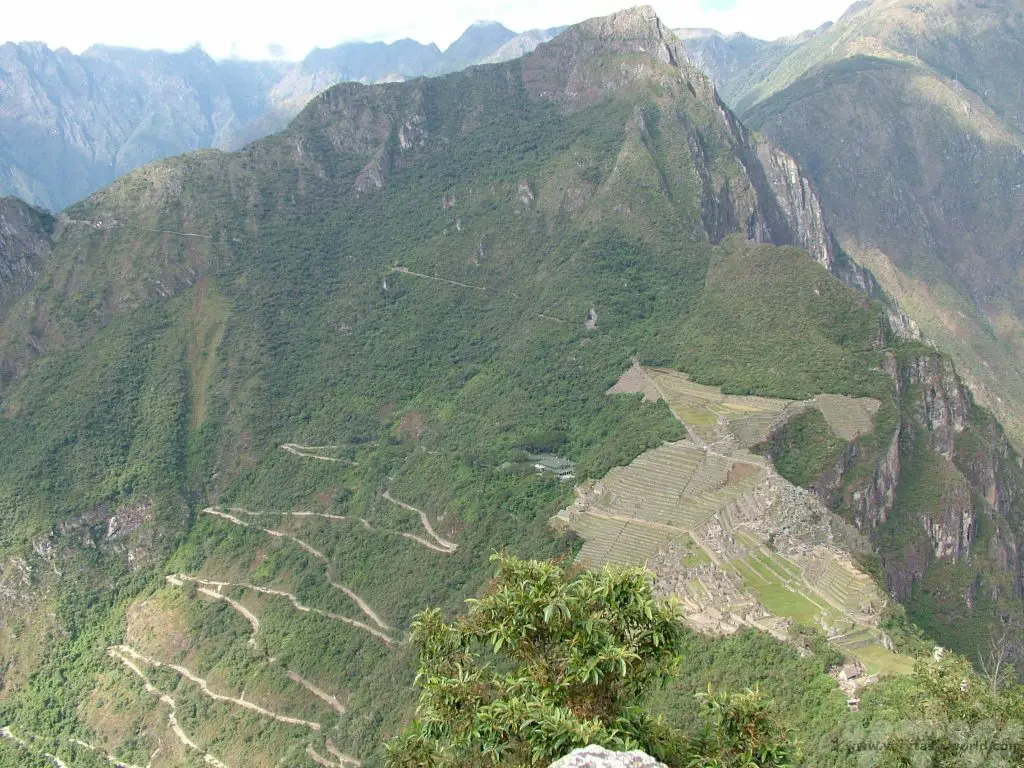
A rufus collared sparrow clearly took the easy route up.
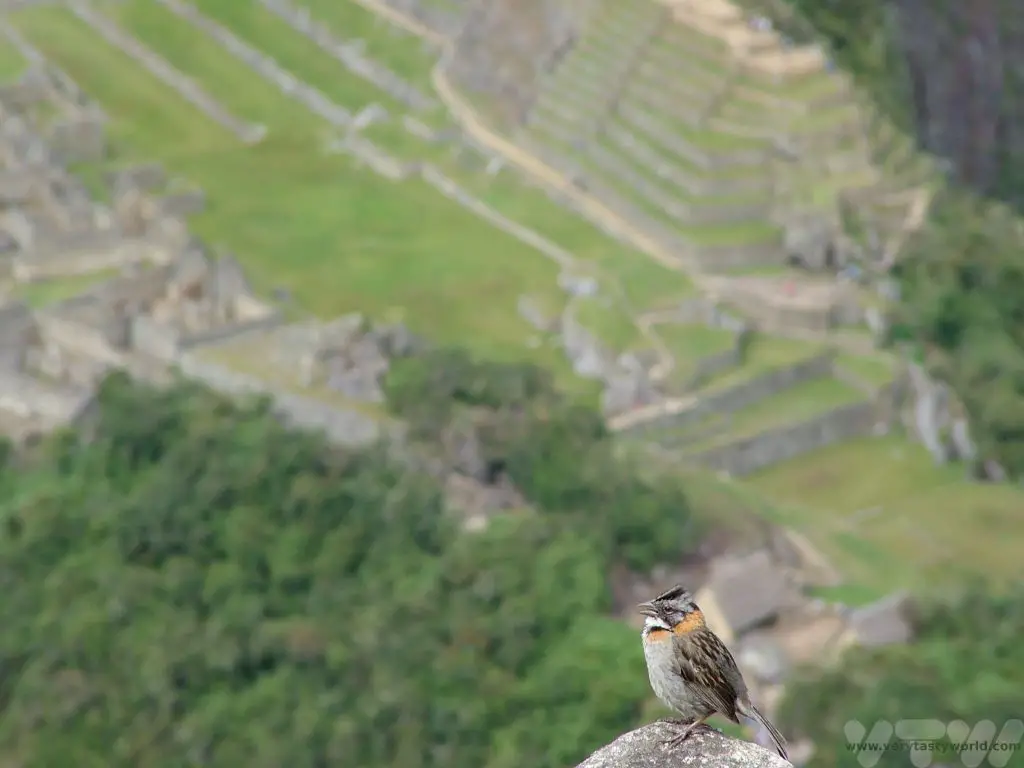
There are llama and alpaca lawnmowers roaming freely around the whole site and they’re clearly very used to hordes of tourists passing through.
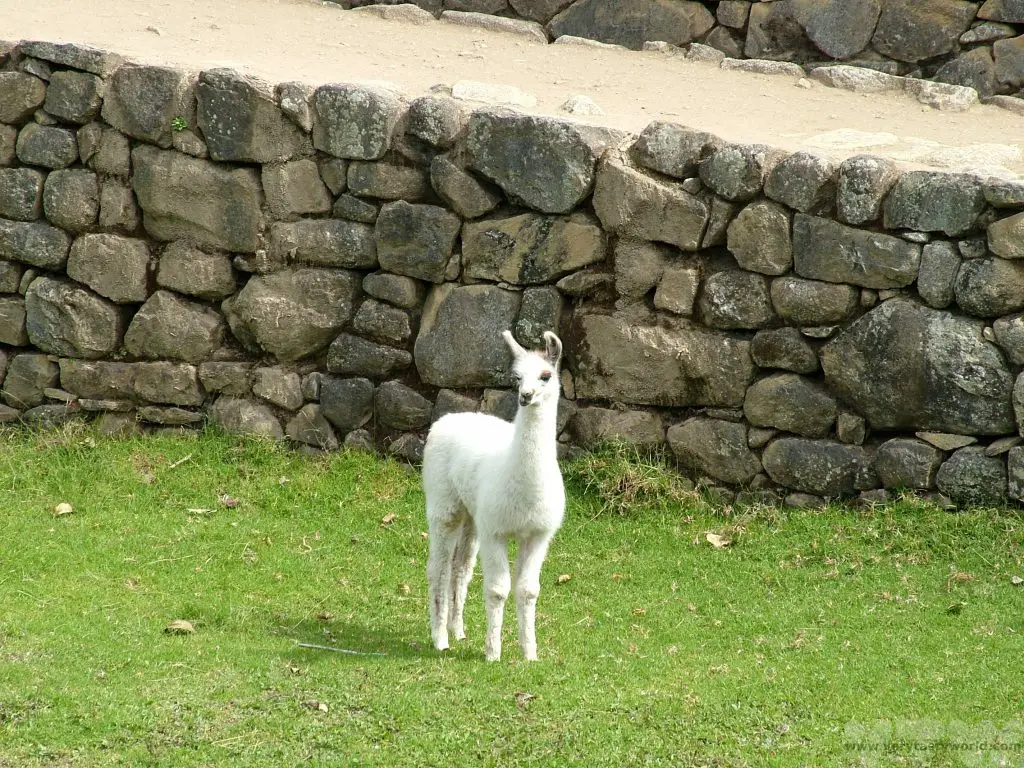
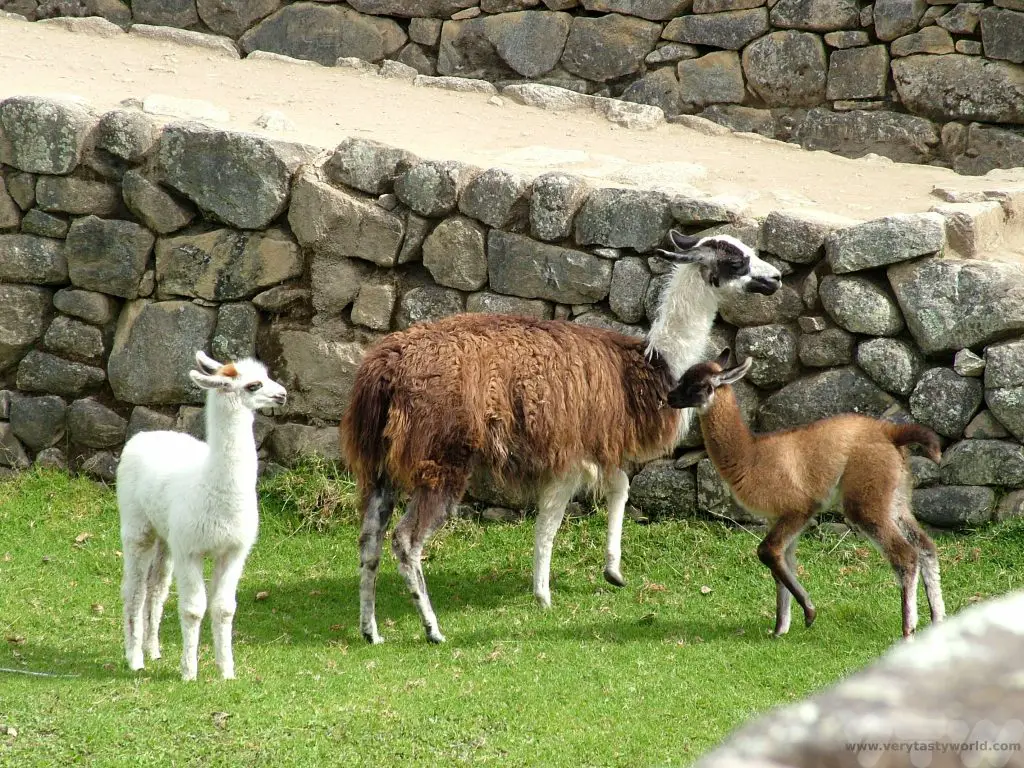
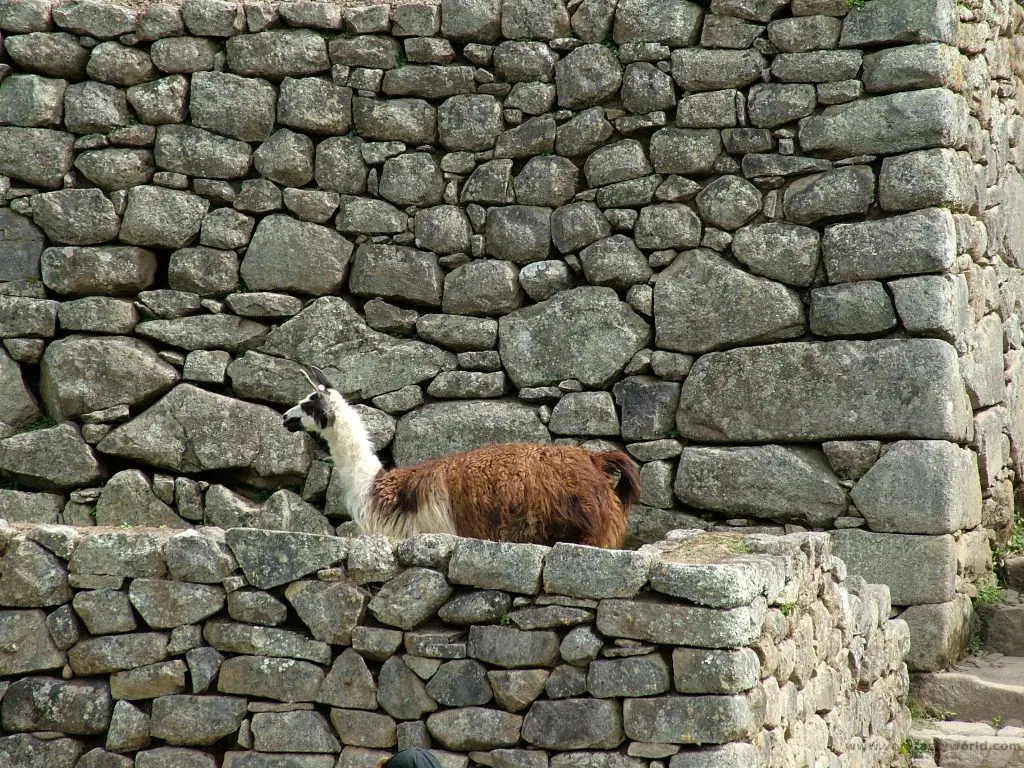
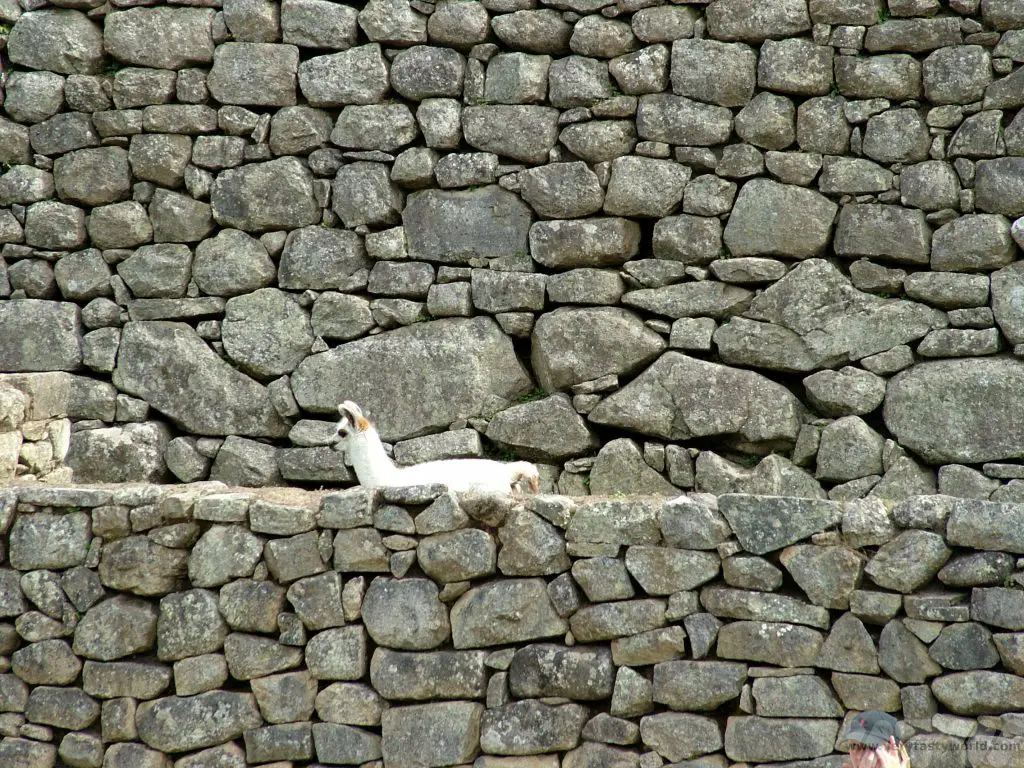
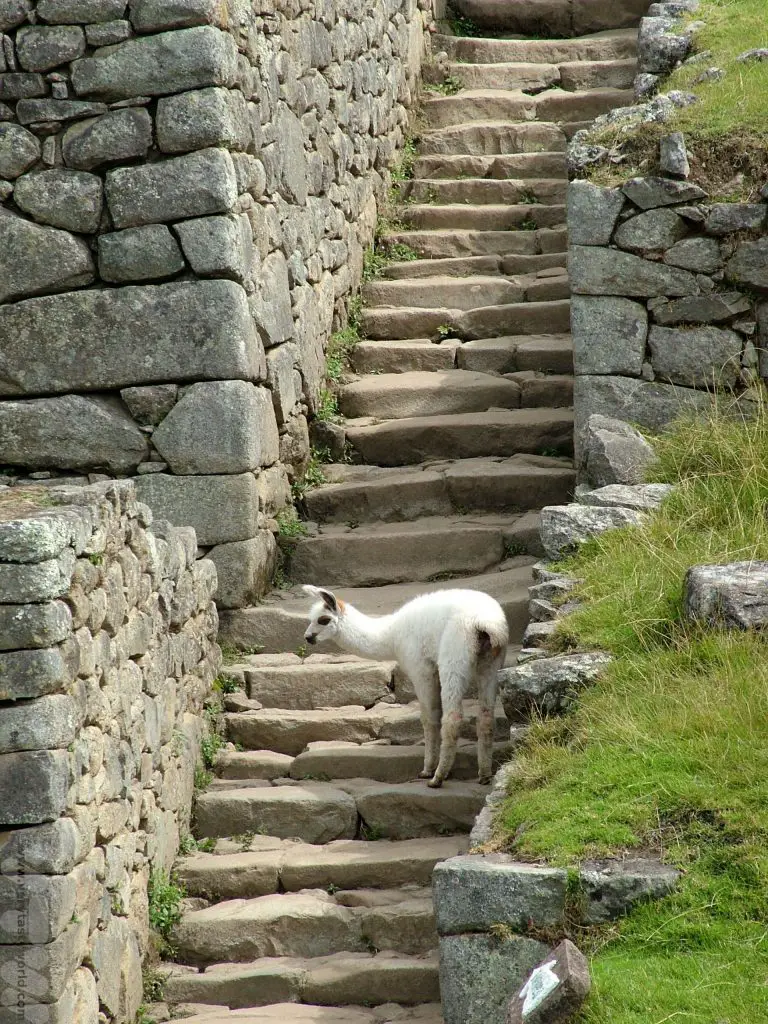
Practical Info About Visiting Machu Picchu
With the new restrictions on visitors book your tickets early! Really early – several months in advance.
There are no toilets on site. It is advisable to bring water, but take in a reusable bottle if possible.
Don’t bring loads of luggage. Bring ID – your passport will be fine.
You have a maximum of four hours at the site. Once you have exited you will not be allowed back in.
Other rules for visiting can be found here. https://www.machupicchu.gob.pe/prohibiciones/
Related Posts You May Enjoy

- Rivers and Rainforests – A Guyana Itinerary
- Best Time To Visit Machu Picchu 2024 Update
- A 2 Week Patagonia Itinerary
- Day of the Dead in Campeche
- A Galapagos Land Based Itinerary
- RECIPE: How to Make Costa Rica’s Gallo Pinto
- A Tasty Puebla Food Tour
- Costa Rica Wildlife Sanctuary – Caño Negro
- Visit Torres del Paine National Park in Patagonia
A 2 Week Patagonia Itinerary
Patagonia is a dream destination for many people and we had longed to visit this stark, beautiful and remote region for several years. The prospect of travelling to the far southern reaches of the American continent and exploring its wild and beautiful landscapes, gorgeous glaciers and, of course, meeting penguins was irresistible. But unless you live in South America, it is a very long journey to reach Patagonia. And when you get there, distances are long. But it is possible to see many amazing sights within a fortnight. Here is our 2 week Patagonia itinerary.
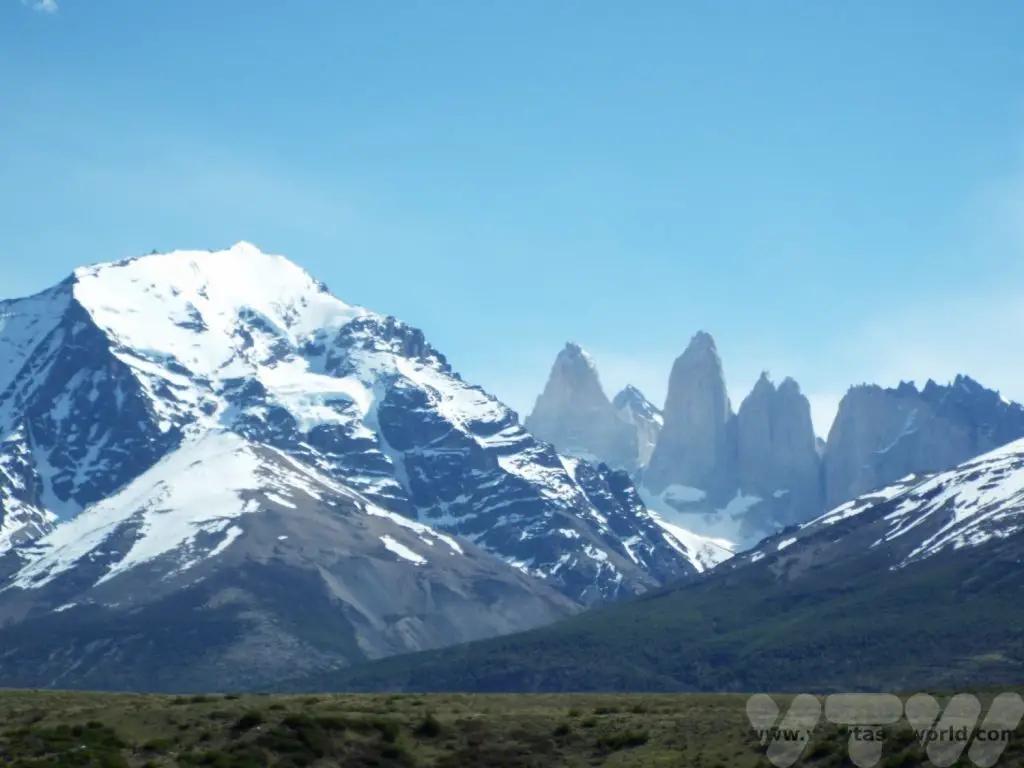
Patagonia 2 Week Itinerary
This Patagonia itinerary is quite full on. It starts in Santiago, Chile and finishes in Buenos Aires, Argentina as those are the best cities to connect with most international flights. There is a lot of travelling and we mainly travelled on buses. They are reasonably cheap and pretty comfortable. It’s a very relaxing way to travel and a great way of seeing the countryside. And, needless to say, the scenery was spectacular all the way.
Please note that this post contains affiliate links. If you click through and decide to make a purchase we will earn a small commission, at no extra cost to you, which will help towards the costs of running this site.
Day 1 Fly to Santiago
Day 2 Santiago
Spend a day exploring Santiago. We don’t recommend flying directly to Patagonia immediately after your international flight, just in case there are any delays.
There are lots of options for things to do in Chile’s capital city. It is lovely to wander through and the metro system cheap and reliable. You can buy a BIP card and share it between your travelling companions. Our hotel kindly lent us a card and we were able to charge it with exactly the right amount of money for the journeys we wanted to take. We just asked the nice lady at the metro ticket office, told her the routes we wanted to take and she charged up the card accordingly.
Set in a valley amidst the towering Andes Santiago is undulating and features a number of hills popping up from the urban sprawl, many of which have become parks. San Christobal park is the largest green space in the city. You can ride the teleferico or funicular and there are plenty of attractions including a zoo, a number of gardens, swimming pools and playgrounds.
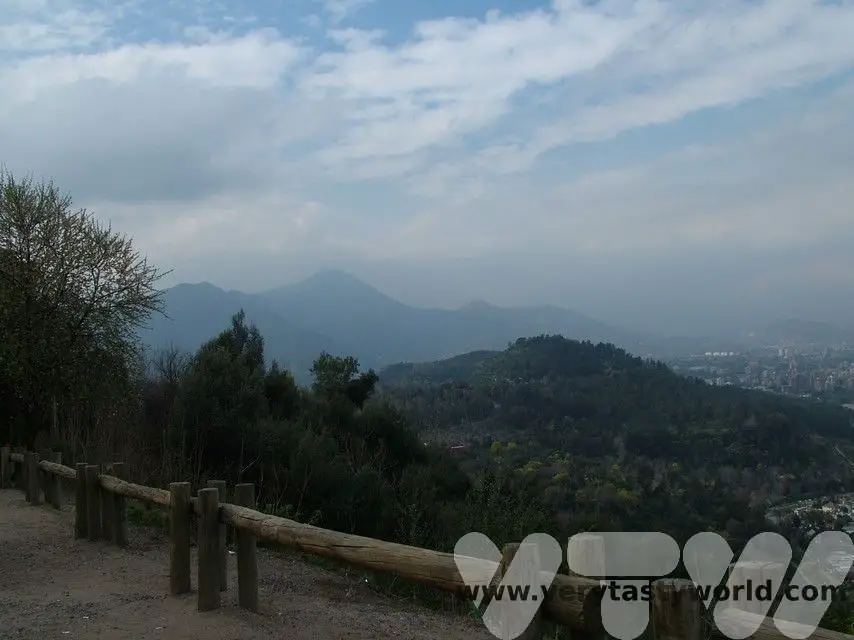
The city centre offers some interesting museums, including the national museum, which has some interesting historic objects including a large number of indigenous artefacts. The Museum das Bellas Artes is a grand building with interesting art exhibitions.
Foodie Recommendation: Make sure to visit the Mercado Central de Santiago – it’s the fish market which also has a number of restaurants. Avoid the big, flashy and expensive affair in the middle, there are loads of much smaller restaurants around the perimeter which offer great seafood at reasonable prices, although you may have to avoid the enthusiastic but not overly pushy touts.
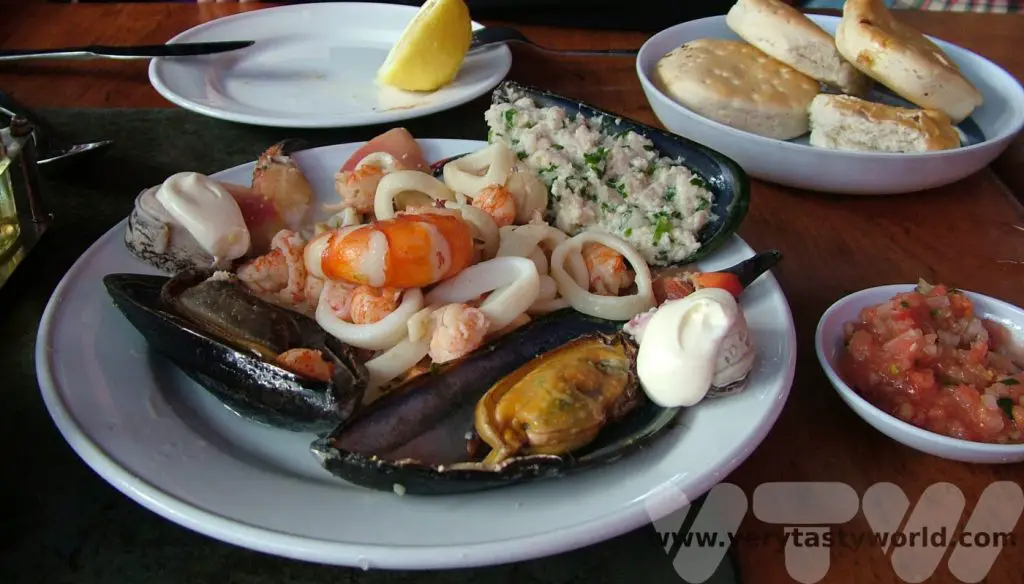
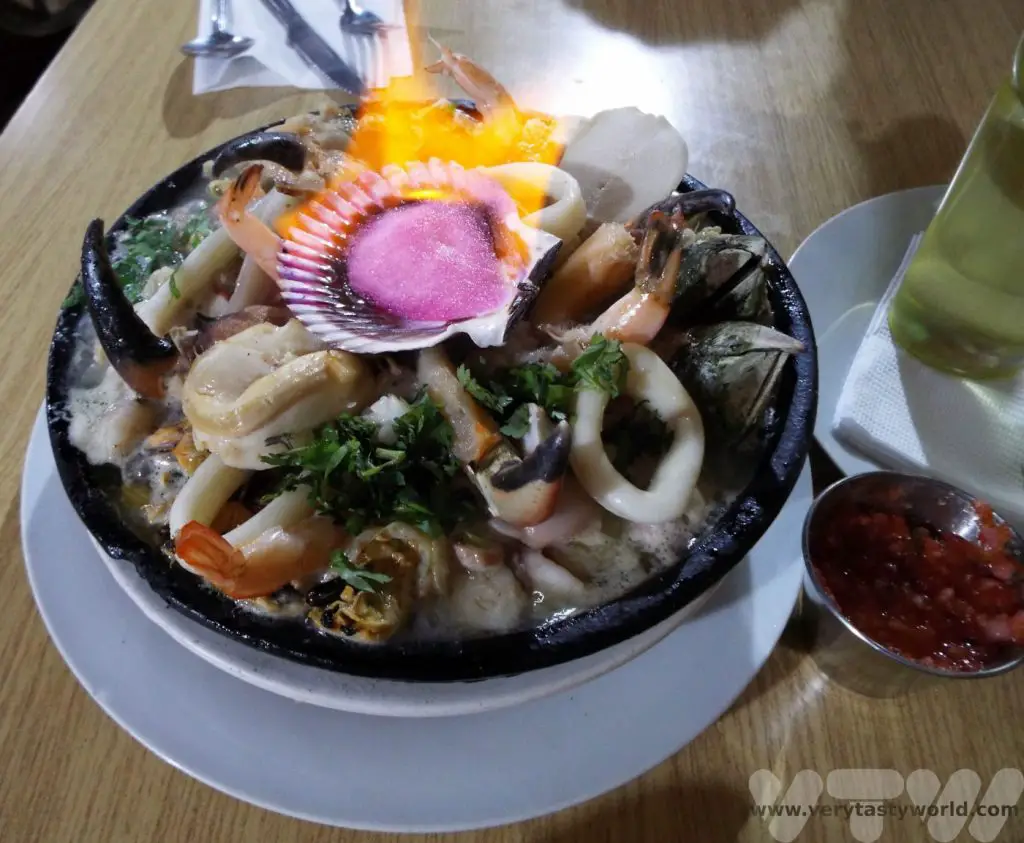
A slightly unusual option for Santiago is taking a day trip to wine country. Just a couple of hours’ drive from the bustling city is the Maipo Valley, where a lot of Chile’s splendid wine is produced. You can tour some of the wineries in the region and enjoy a tasting. Chile’s climate is suited to growing vines and the wines it produces are exceptional quality.
(NB – we didn’t do all these activities on the day before our Patagonia journey, we had visited Santiago on a previous trip. These are just some of the options for spending time in the city before travelling south.)
Day 3 Fly to Punta Arenas
Back to the airport for the five-hour flight to Punta Arenas. If the weather is clear you will see fantastic views of the Andes and will also fly over Chile’s ‘lake district’. Punta Arenas itself is around half an hour away from the airport and there are plenty of options for the 30-40 minute ride into town, including taxis and shared shuttle buses.
Located on the Strait of Magellan Punta Arenas has some interesting museums including Museo Naval y Marítimo, a maritime museum, Museo Regional de Magallanes, a grand mansion.
There are a number of monuments in the city, including Monumento A Tripulantes Galeta Ancud which commemorates the Strait of Magellan becoming part of Chile on 21st September 1843.
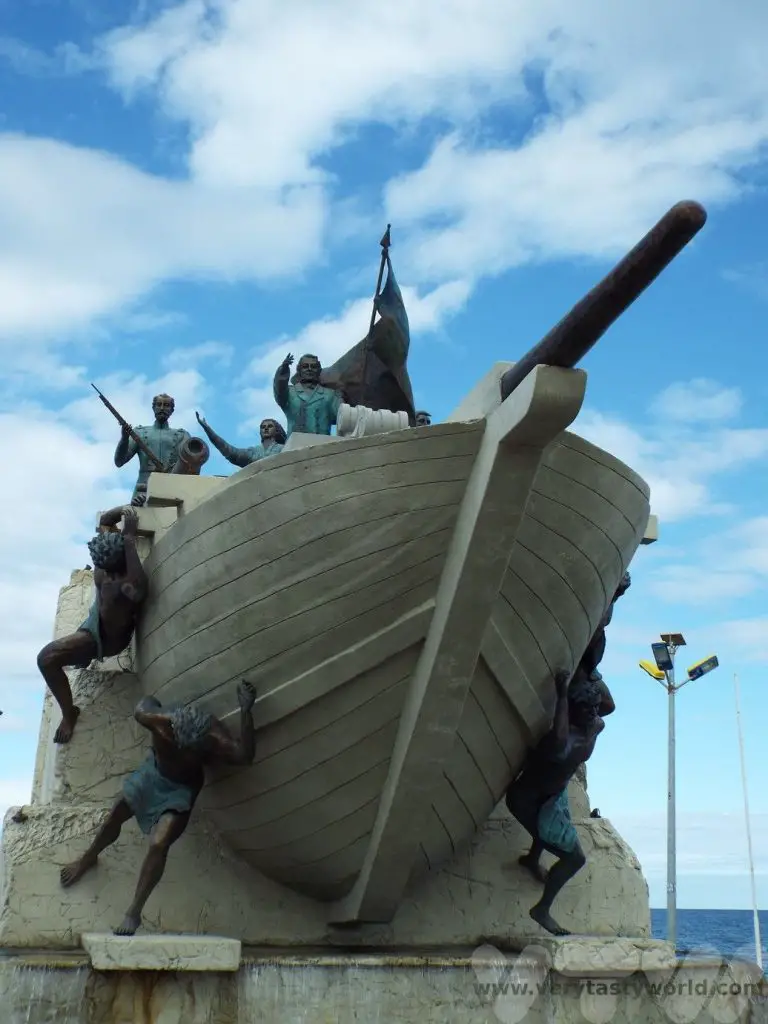
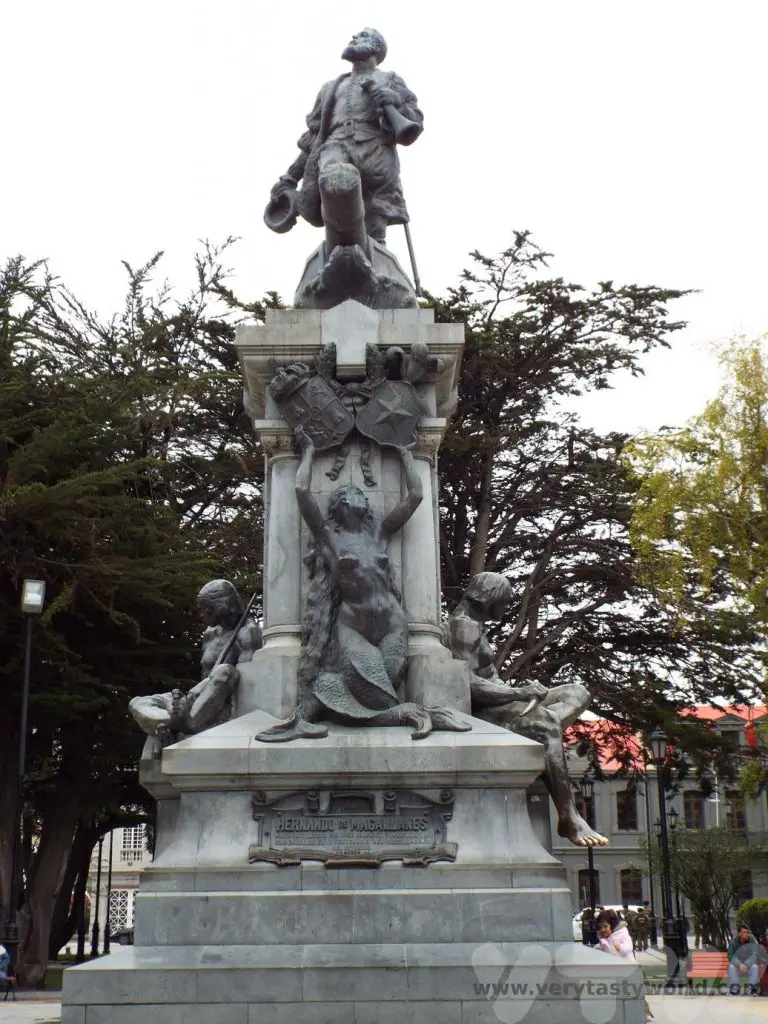
And a monument to famous Portuguese explorer, Ferdinand Magellan.
Foodie Recommendation: La Marmita, on Pl Francisco Sampaio 678, is an excellent restaurant to try local food. Guacano carpaccio, hare stew and Patagonia lamb were amongst the dishes we tried.
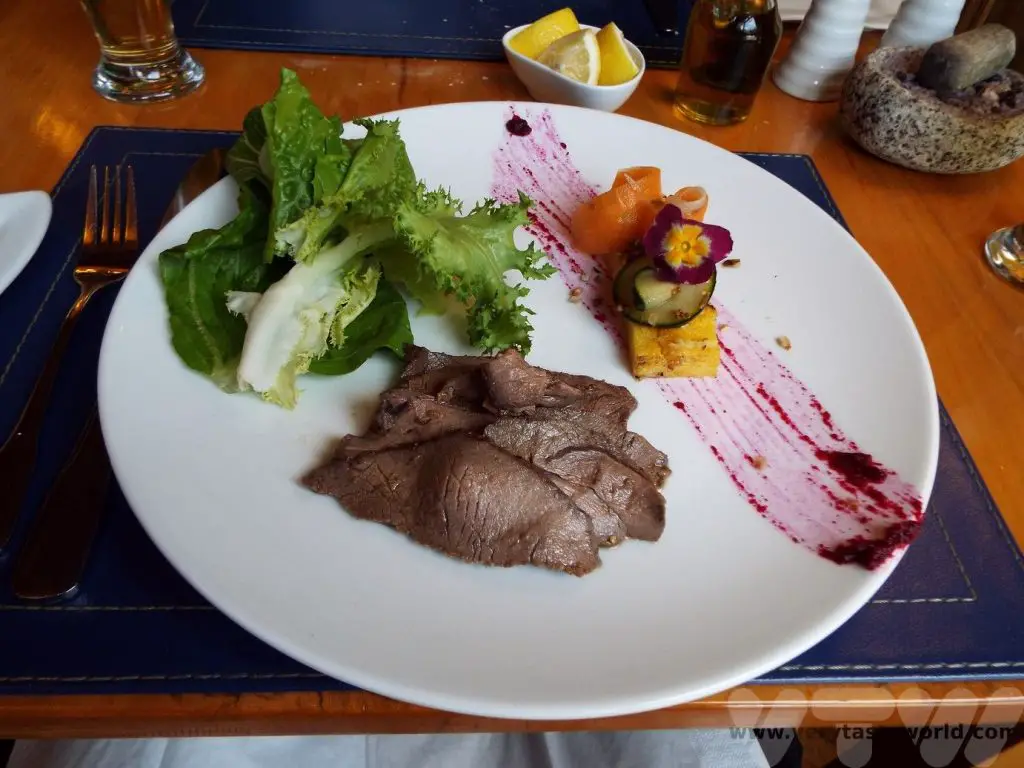
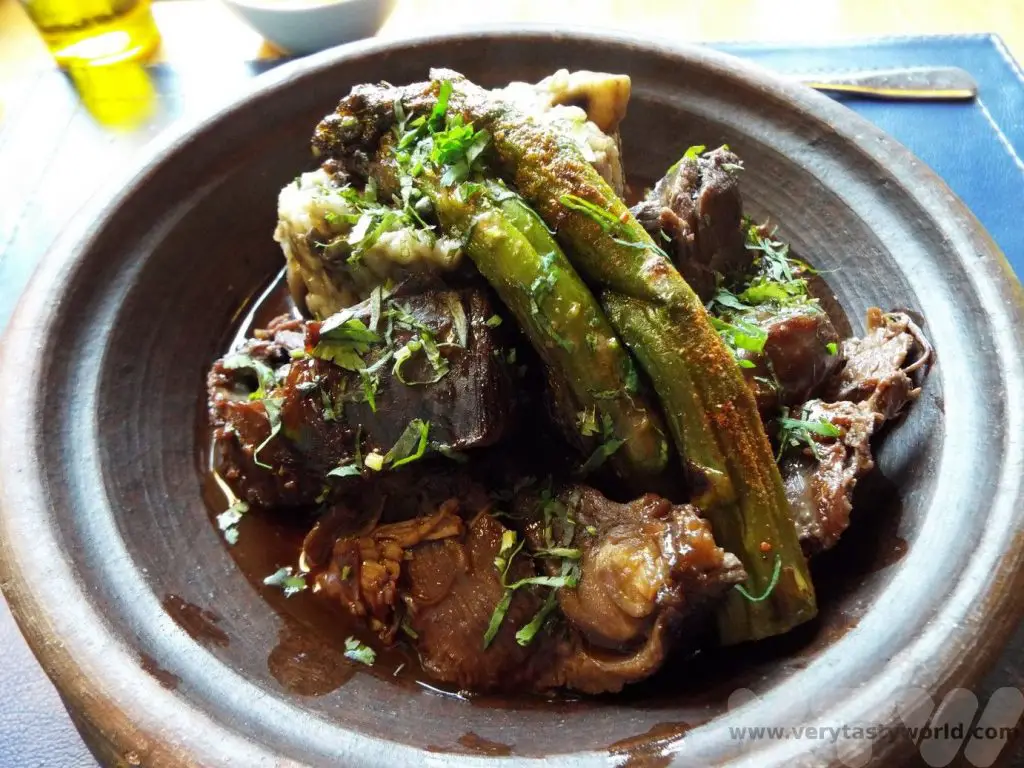
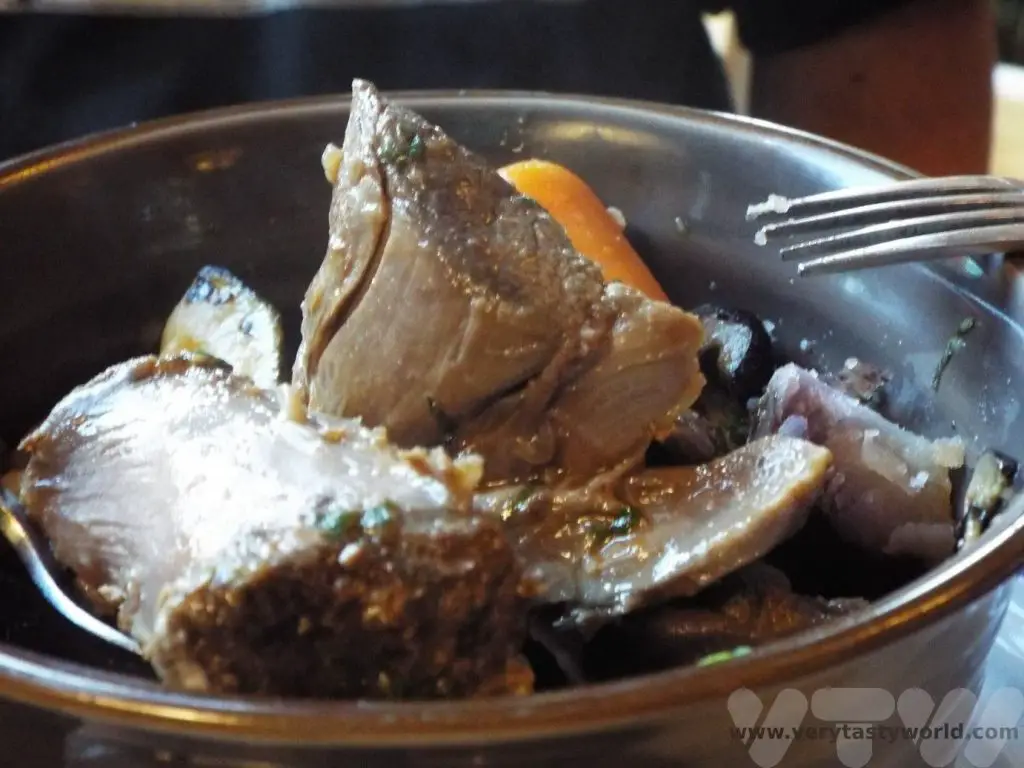
It’s more expensive than some of the other options but prices were reasonable, especially for the quality of the food. It’s popular so worth booking a table if you are likely to be eating in the evening. Don’t forget to try the local craft beer – there are a lot of varieties available and they are rather good.
Day 4 Penguin Excursion to Magdelena Island
You can’t come to Patagonia and not see penguins! One of the most popular things to do in the area is to take an excursion to Magdelena Island to see the Magellanic penguins. There are lots of tour operators who can arrange the excursion – many will offer a hotel pickup.
The trip involves a short drive to the coast where you will pick up a boat that will take you to Magdelena Island, which is located in the Strait of Magellan around 35km from the mainland.
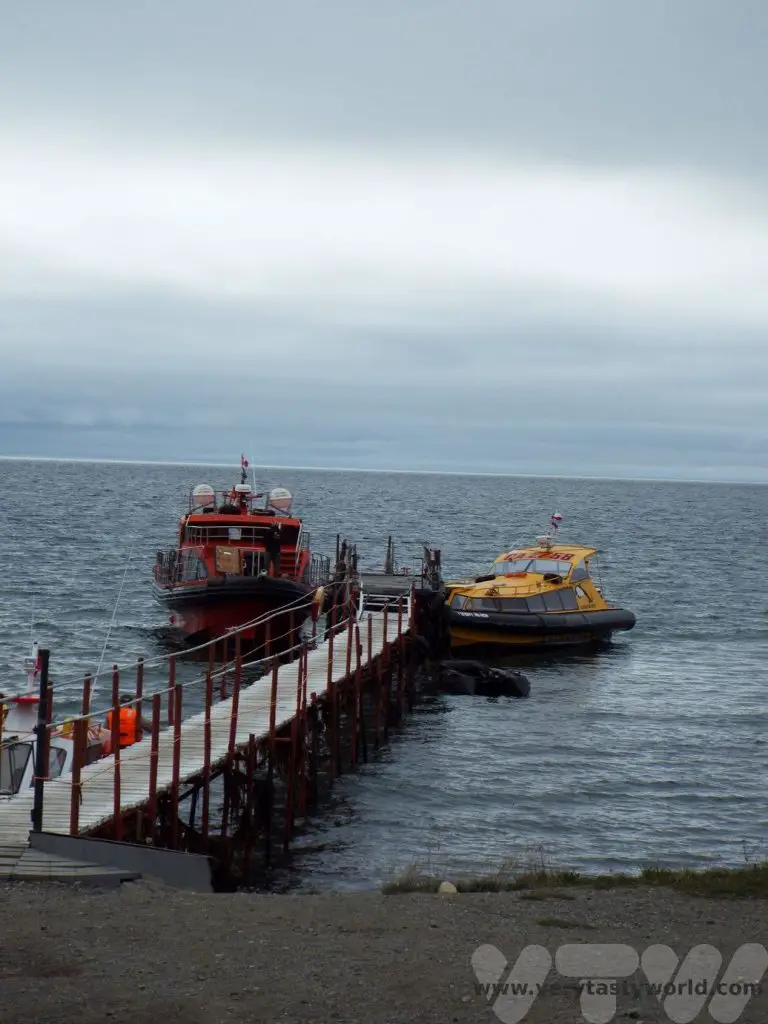
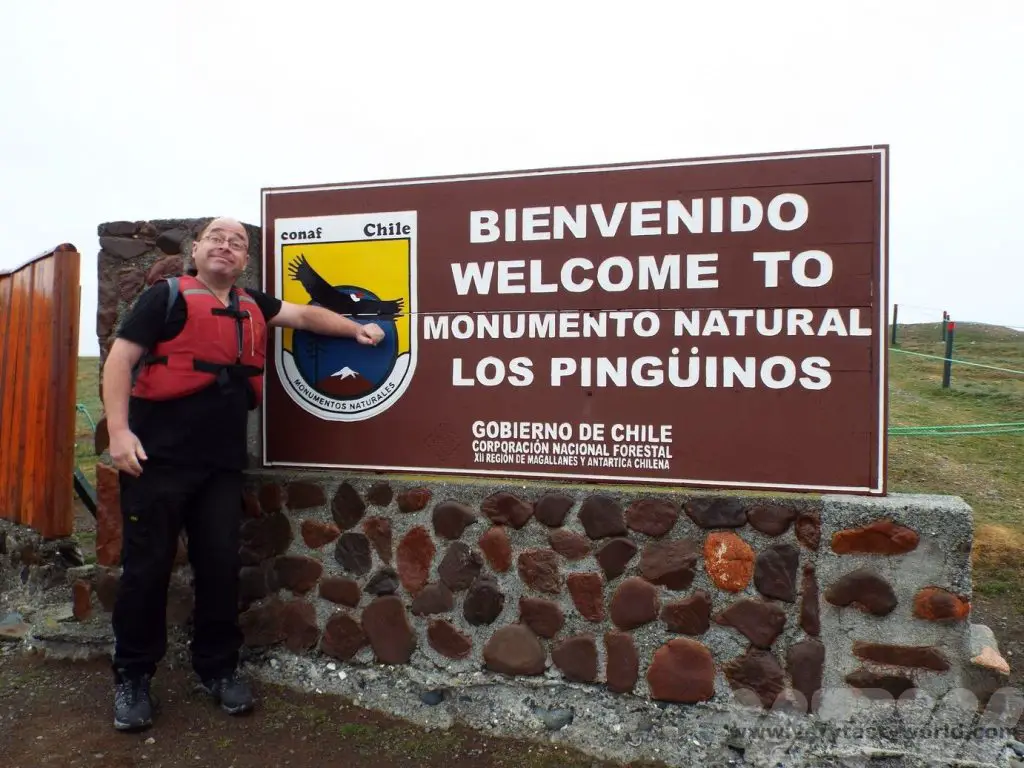
The island is inhabited by over 100,000 Magellanic penguins and a just few rangers, so you have an excellent chance of encountering them. In fact, you may well be able to get very close. You are asked not to approach or touch the penguins but they may well waddle over to you!
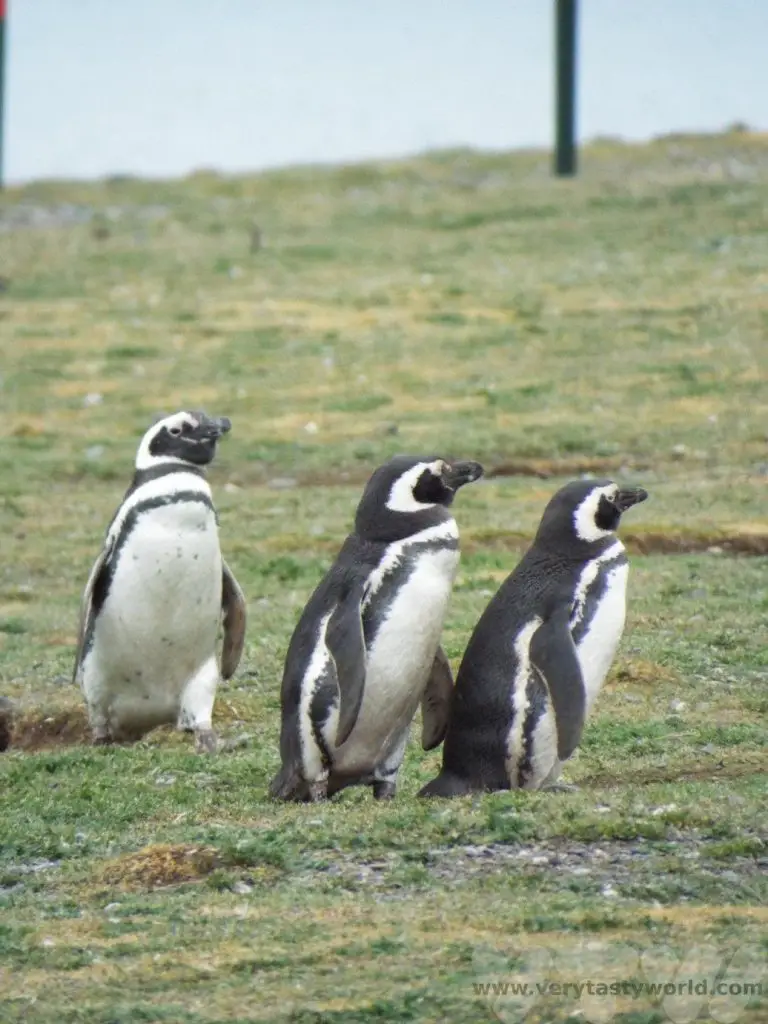
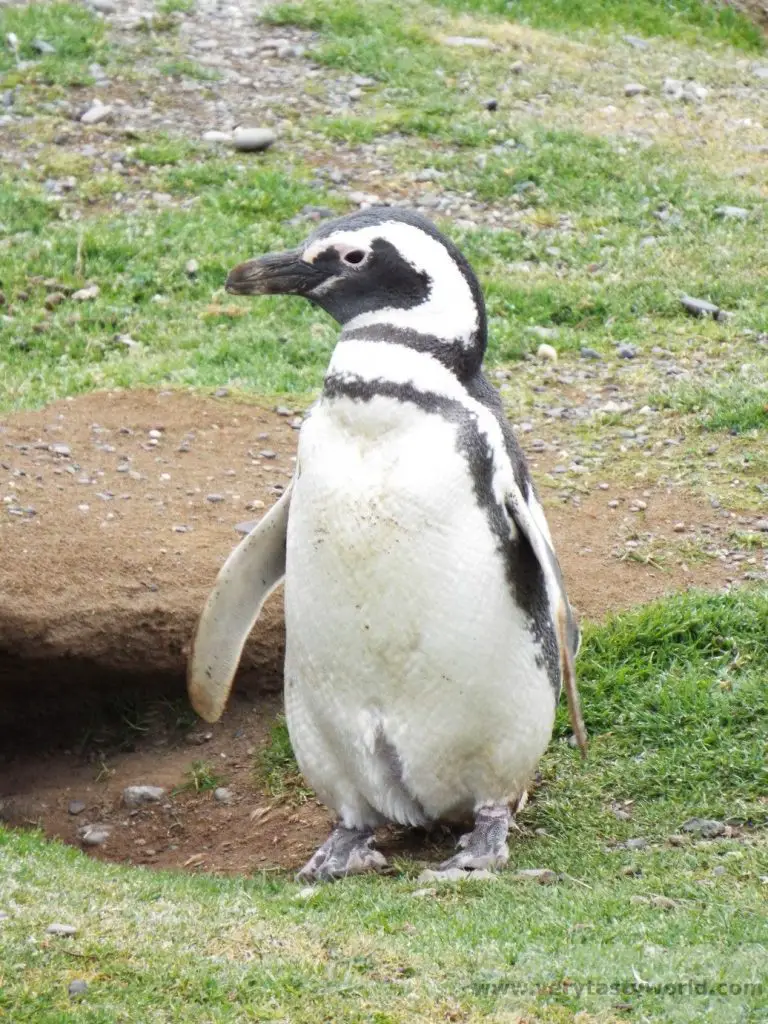
They build nests in the ground, so you have to follow a clearly marked set route as you walk around the island. Nesting season is from October to March.

After around an hour walking round the island, it’s back on the boat to pass by Isla Marta to view the sealions, posing proudly on the shore and occasionally having a territorial spat.
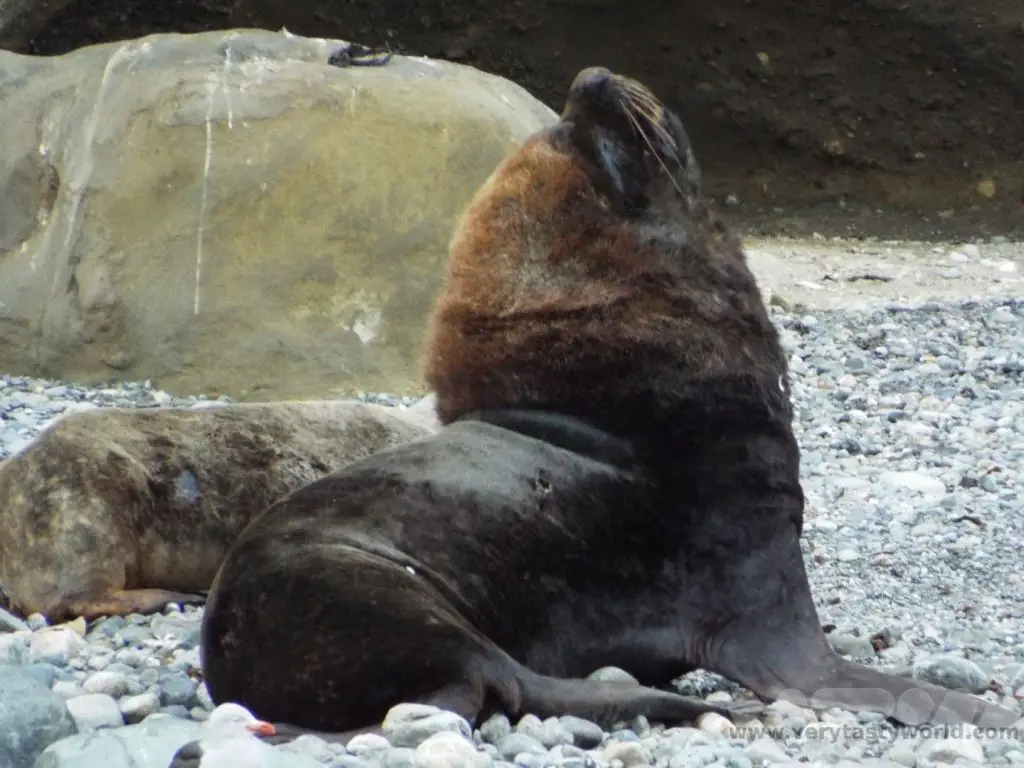
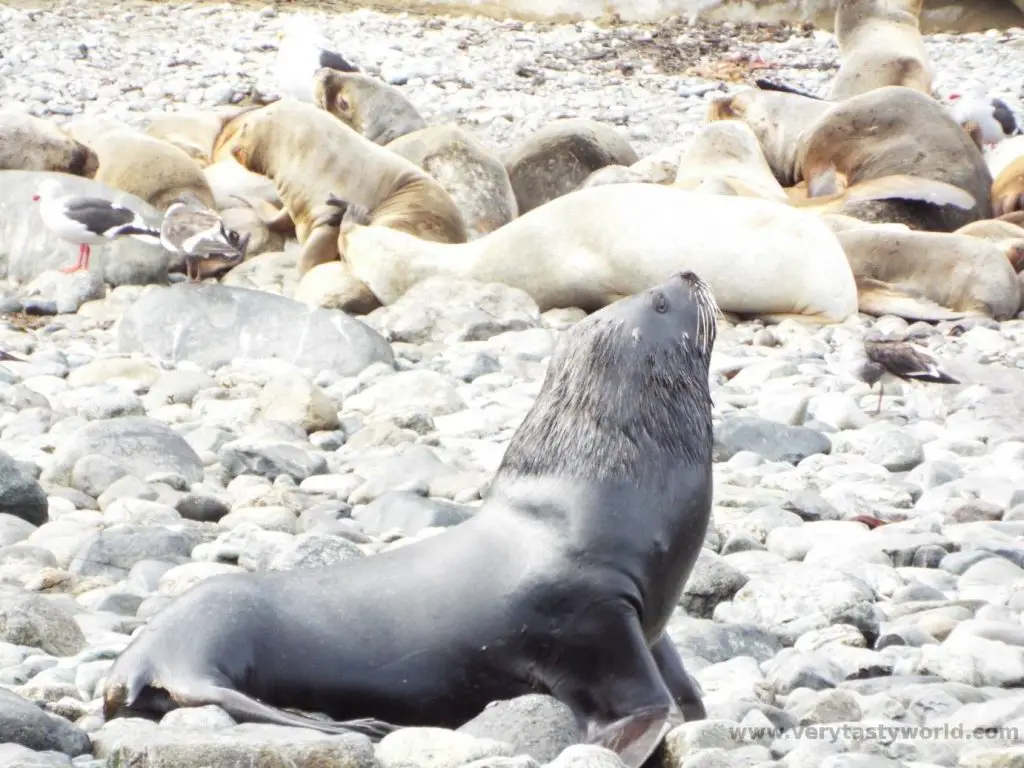
There are alternative excursions available to see King Penguins on the Tierra del Fuego island. It’s a long day – a much further drive and you can’t get so close to the penguins, but if you’re passionate about penguins, it’s worth considering. We loved being able to get so close to the little Magellanics.
Day 5 Bus to Puerto Natales (4 hours)
The bus station in Puerto Arenas is located in the centre of town, so it’s easy to pick up the bus for the drive to Puerto Natales. This is a small port town which is quiet but friendly. It is the main stopping point for the Torres del Paine National Park so is geared for tourists and has plenty of hostels and restaurants.
There is a lovely walk along the waterfront with the majestic mountains providing a backdrop.
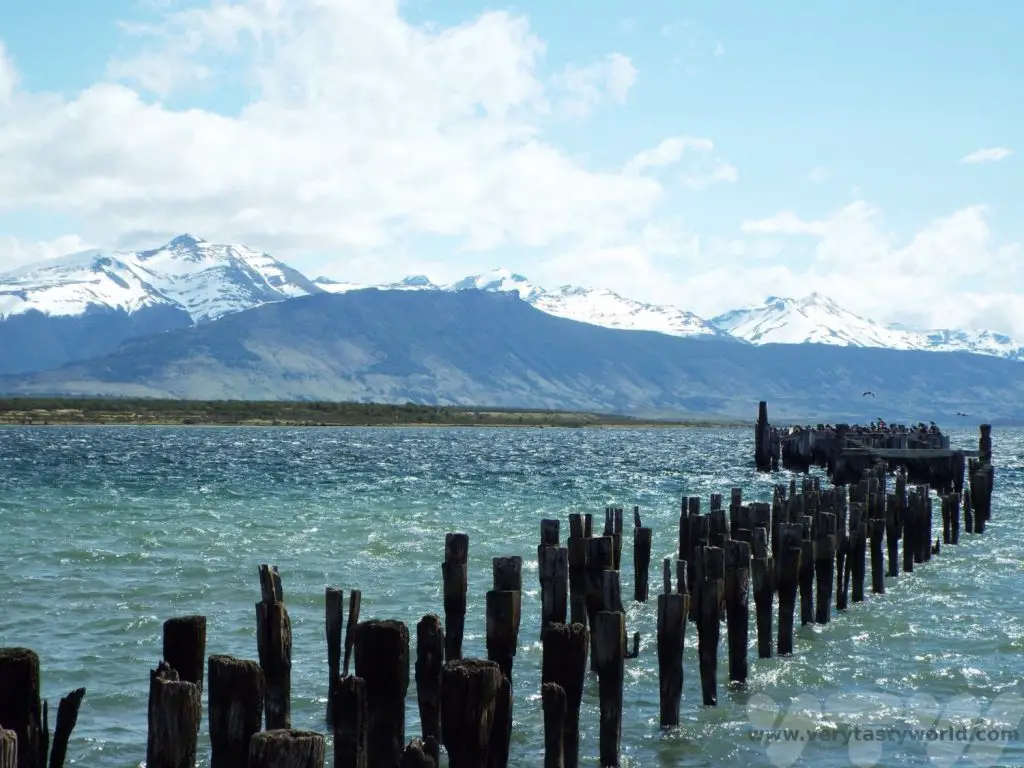
Foodie Recommendation: Make sure you enjoy some of the seafood at the plentiful restaurants in the town. The crab is particularly good.
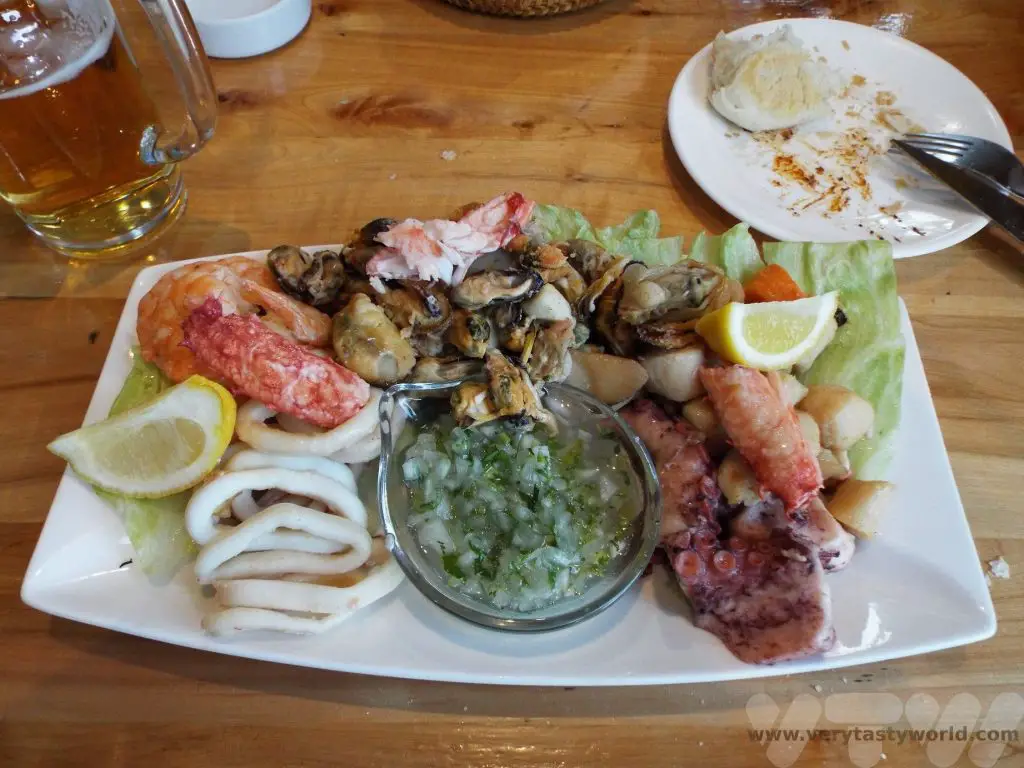
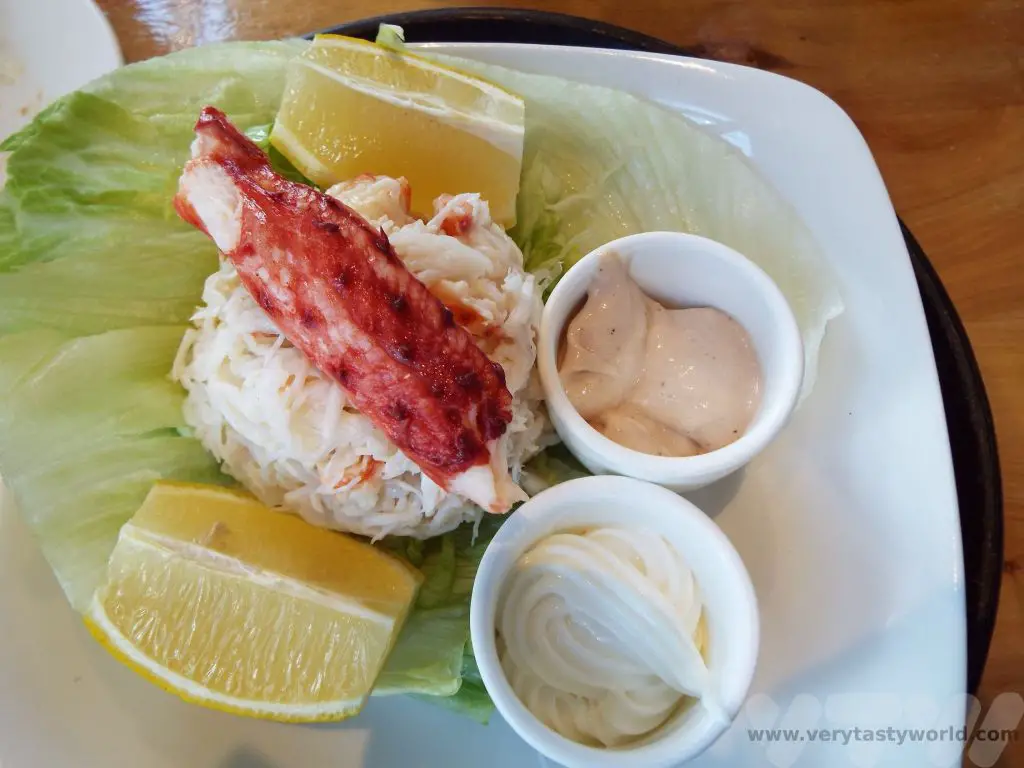
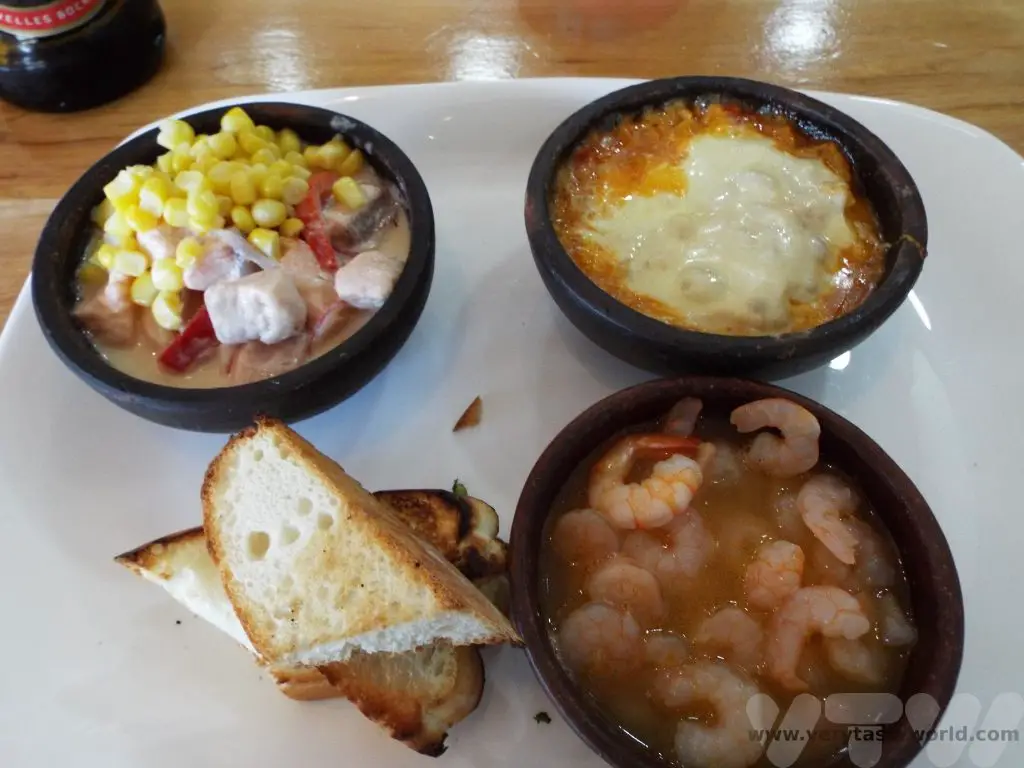
Day 6 Drive to Torres Del Paine
Although tour options such as coach trips are available in Puerto Natales (and indeed from Punta Arenas) we recommend hiring a car to explore this most spectacular region. There are a number of hire car companies in Puerto Natales – just remember to bring your driving licence and an international driving licence. You can travel at your own pace. Driving is very easy on clear roads (follow route 9) and you can choose your route and take your time to stop off at the many gorgeous attractions in the area. Depending on which entrance you decide to drive to the journey should only take a couple of hours, leaving you plenty of time to explore the park.
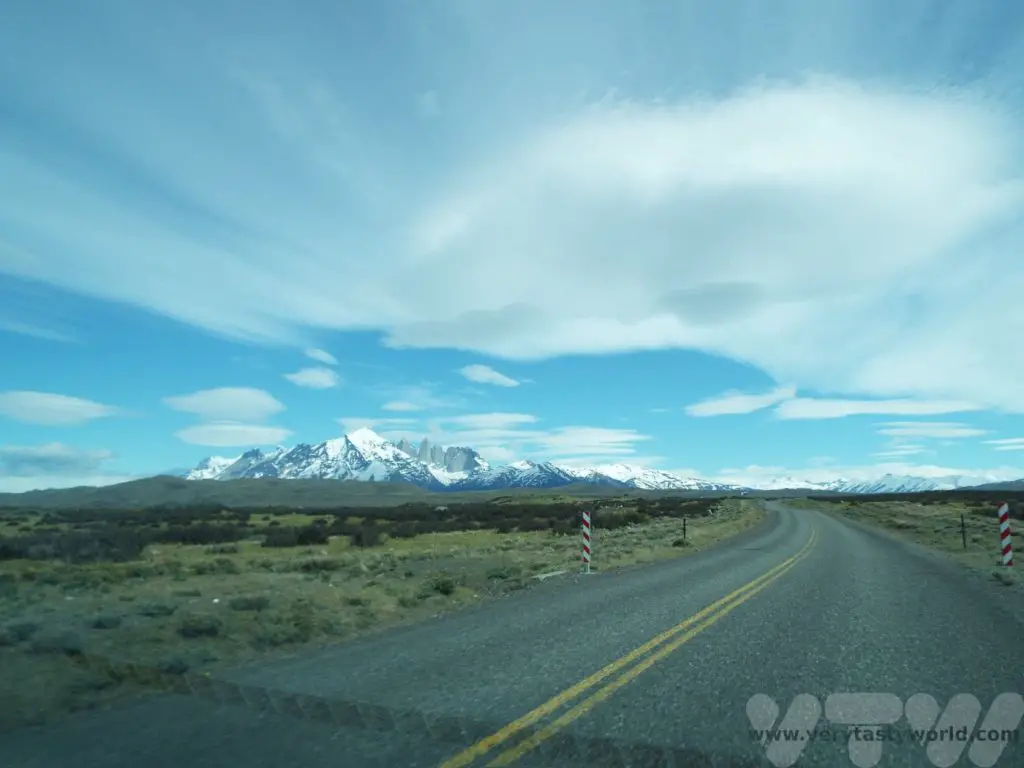
Days 7-8 Torres Del Paine
We have a full post about visiting Torres Del Paine. This wild, windy and wonderful wilderness was one of the highlights of the trip. You will need a ticket to enter the park and you have to register with the park authorities when you arrive.
Some of the main attractions include:
Lago Grey – Grey lake which is fed by Grey Glacier. You can walk a trail onto the strangely beautiful beach. Icebergs that have broken from the glacier contrast with the stark grey of the lake.
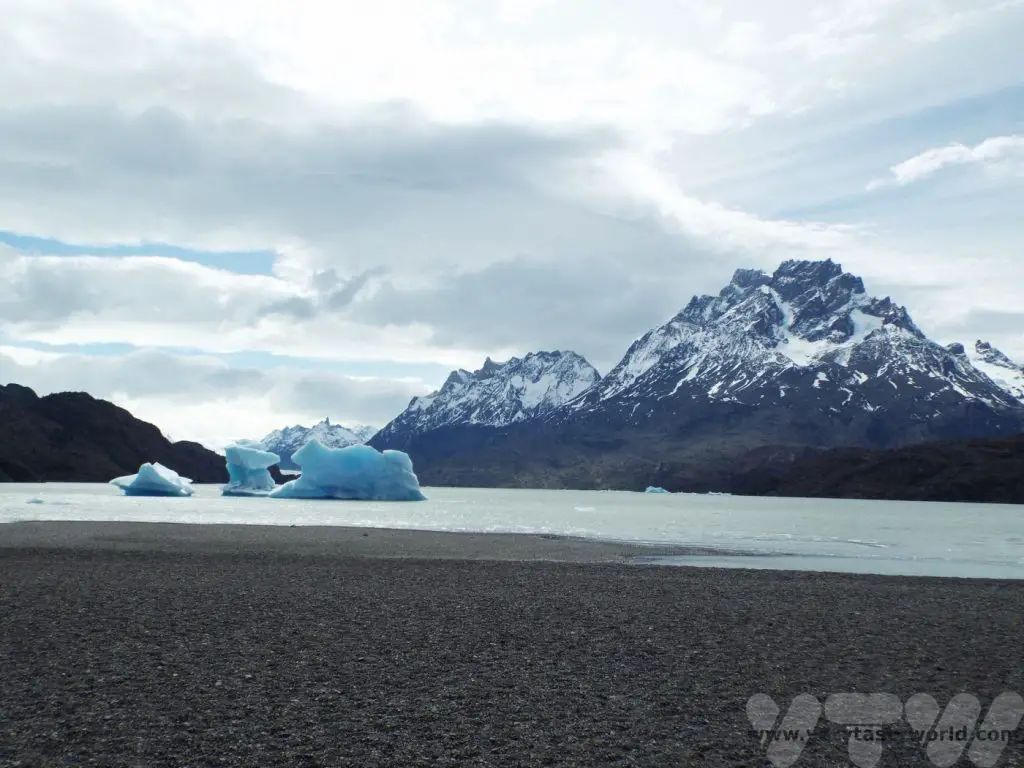
Salto Grande Waterfall
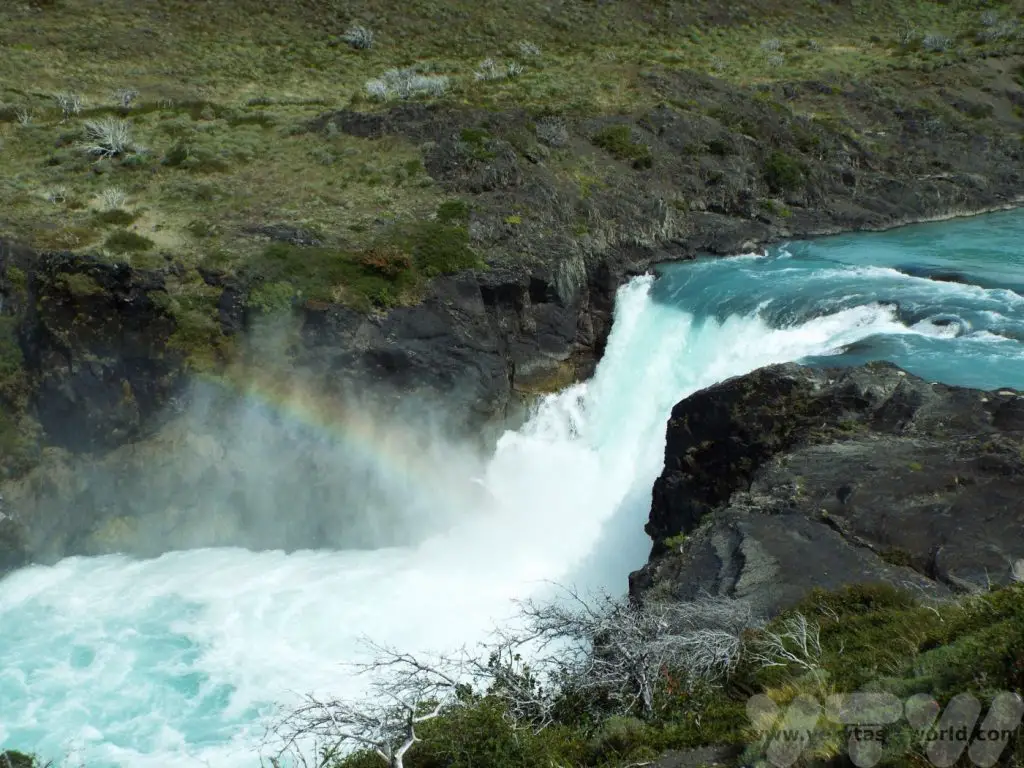
Laguna Azul
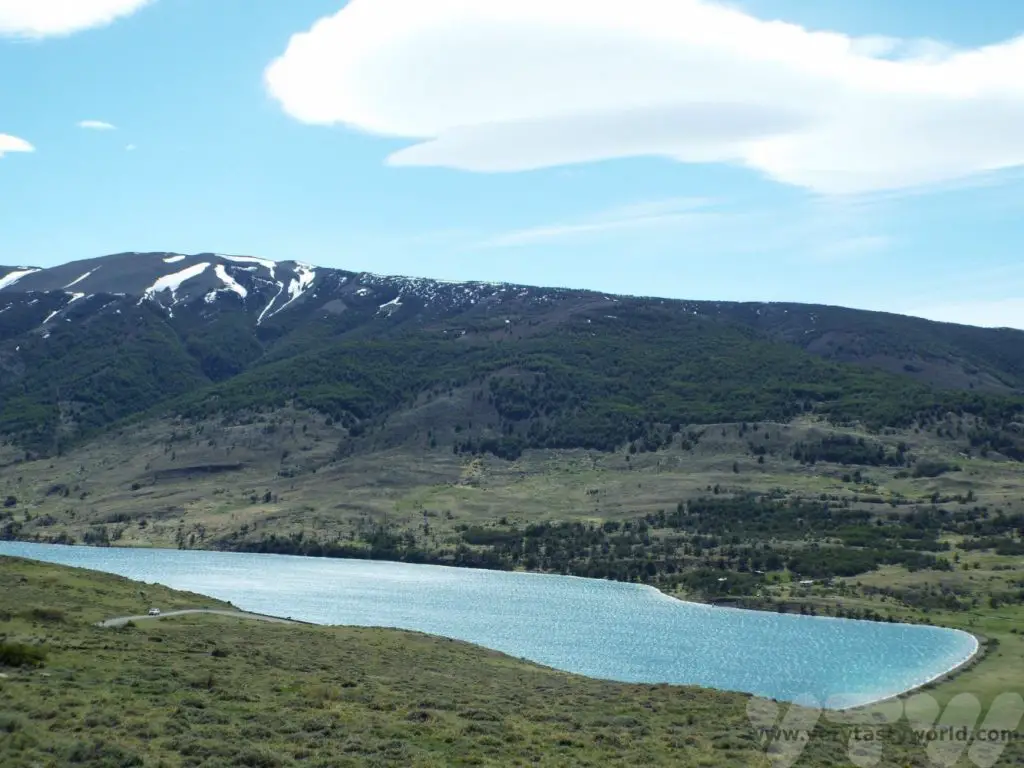
You may want to hike to the famous Base de Torres. This is a seven-hour round trip so is possible to do in a day.

There is also plenty of interesting wildlife to see. You will be certain to see guanacos but maybe you will get lucky and see a large flightless rhea or even a puma!
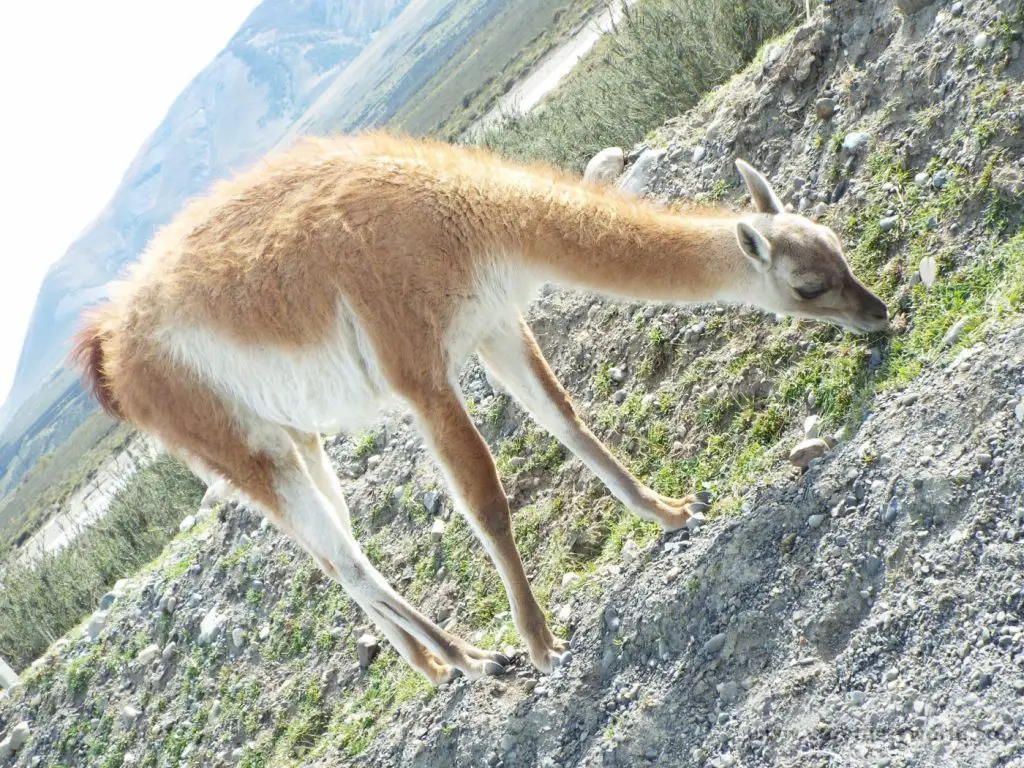
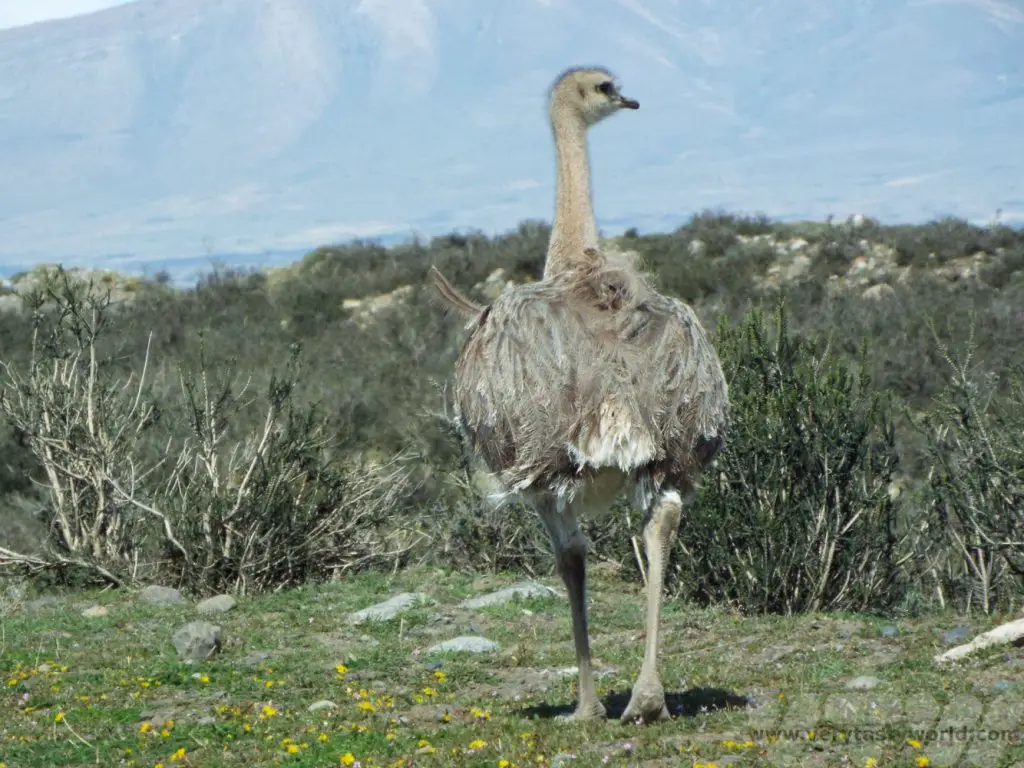
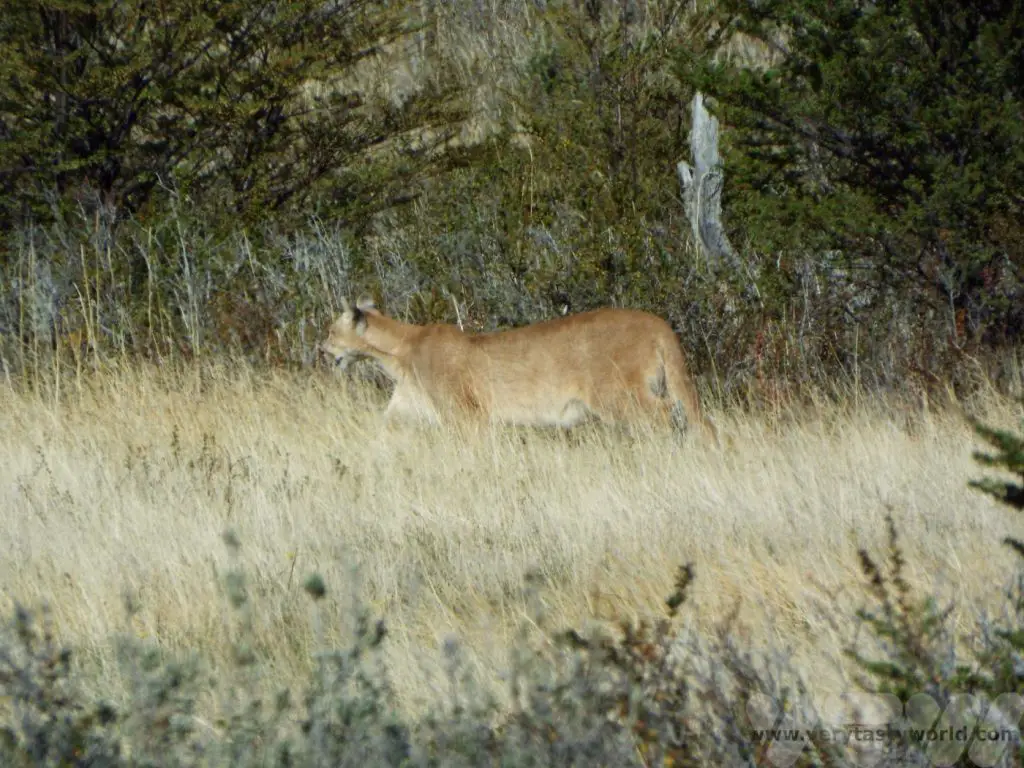
There are plenty of attractions to explore and hikes to enjoy, but make sure you have enough time to return the car to Puerto Natales.
Day 9 Bus to El Calafate (7 hours including the border crossing)
This is the longest bus journey and involves crossing the border from Chile into Argentina. The crossing takes a little time but is very straightforward. As you leave Chile, everyone troops off the bus, queues inside a little hut to get their passport stamped and jumps back on the bus. You will then drive a few hundred metres to the Argentina side whereupon everybody troops off the bus, queues inside a little hut to get their passport stamped and jumps back on the bus.
Don’t forget to keep your passport with you. It’s always good practice to carry it on your person instead of packing it into your luggage. Before you travel it would be wise to check whether you need any visas to enter Argentina.
El Calafate is a town that is often called the ‘gateway to Los Glaciares National Park’ as this is the primary draw for visitors.
There are lots of tour companies in town which can offer excursions. We recommend spending at least a couple of days here, particularly taking a boat trip to the Los Glaciares lake and another day visiting the stunning Perito Moreno glacier.
There are some things to do in El Calafate itself. It has a bird sanctuary, Laguna Nimez Reserva, which has some 80 different species of bird to see – local and migratory species. You pay a small fee and can walk around the lake. Binoculars and bird guides are available. If you’re lucky you may see some flamingos!
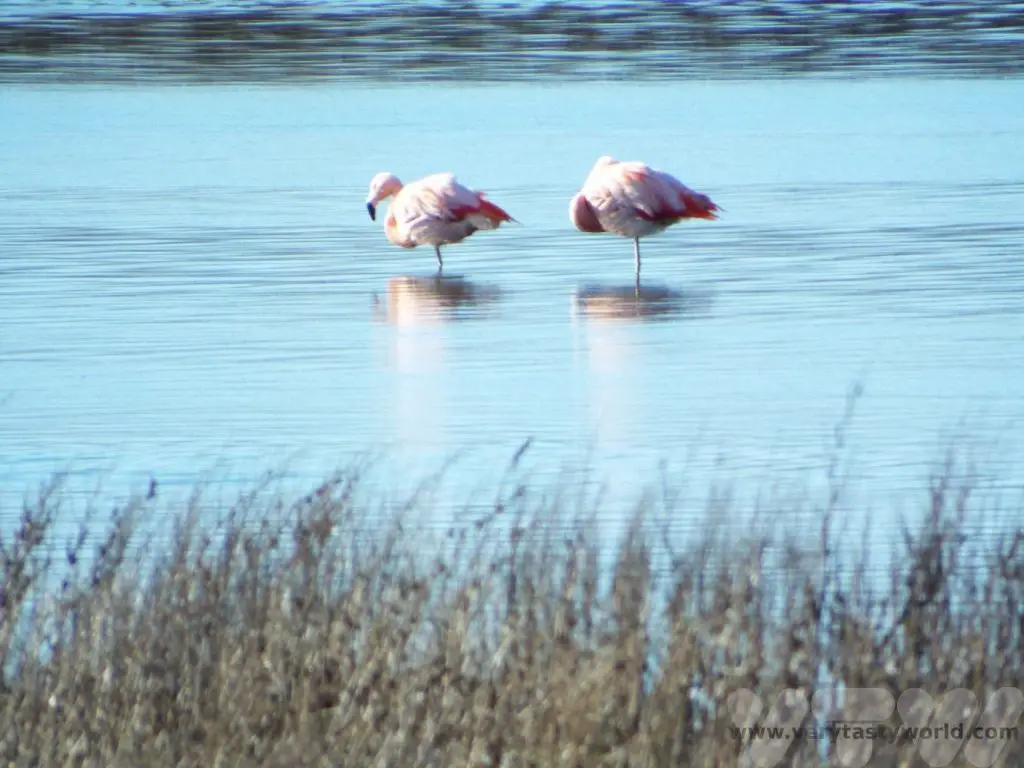
The Centro de Interpretación Histórica is a small but fascinating museum which showcases fossils, particularly of giant mammals that roamed the earth several millennia ago around the time of the last ice age. It’s a really friendly place to visit and you can enjoy a free cup of mate (pronounced matay) – a herbal infusion that is enormously popular throughout Argentina – indeed it’s the country’s national drink.
Just out of town is the Glaciarium, a museum inside a beautifully designed building, which is an impressive education centre focussing on glaciers and ice.
Foodie Recommendation: Vegetarians look away now. Meat eaters – you can’t come to Patagonia and not taste Cordero a la Estaca. This is Patagonian lamb slow roasted for hours on a spit above the flames of the fire. Because it is cooked on a vertical spit, the fats and juices from the cooking flow back into the meat constantly basting it and enhancing its flavour. It literally falls apart when it is served. If you go to a restaurant you are quite often given free bread with the meal – we found this offered more than enough carbs and was perfect for soaking up those luscious lamby juices.
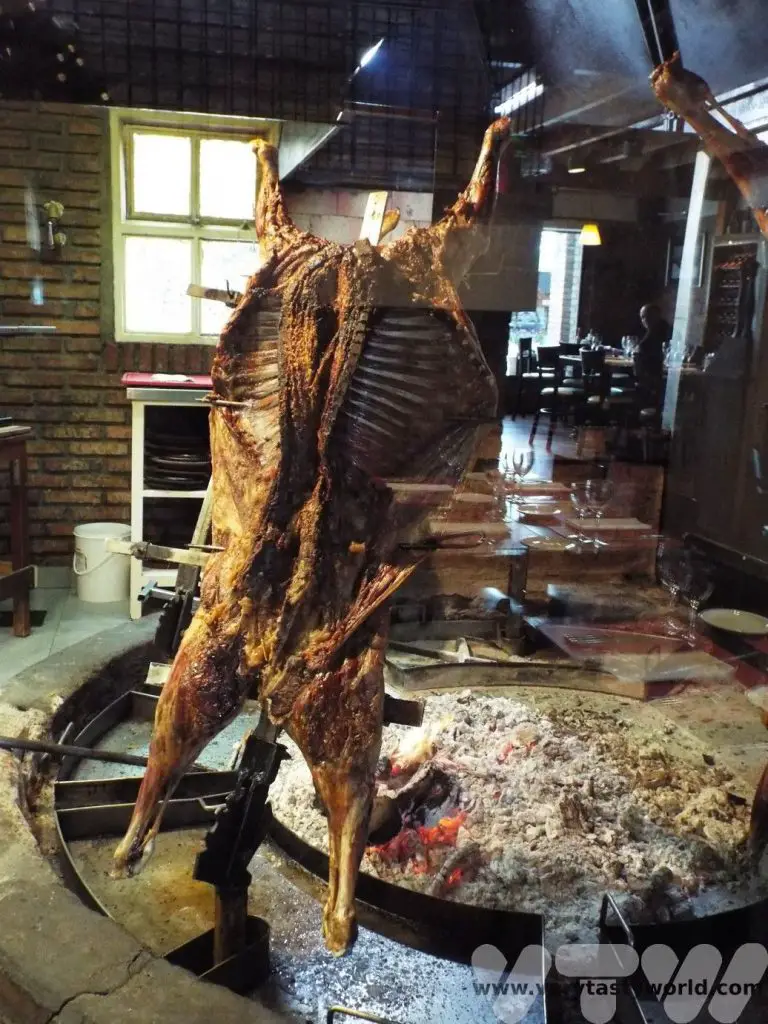
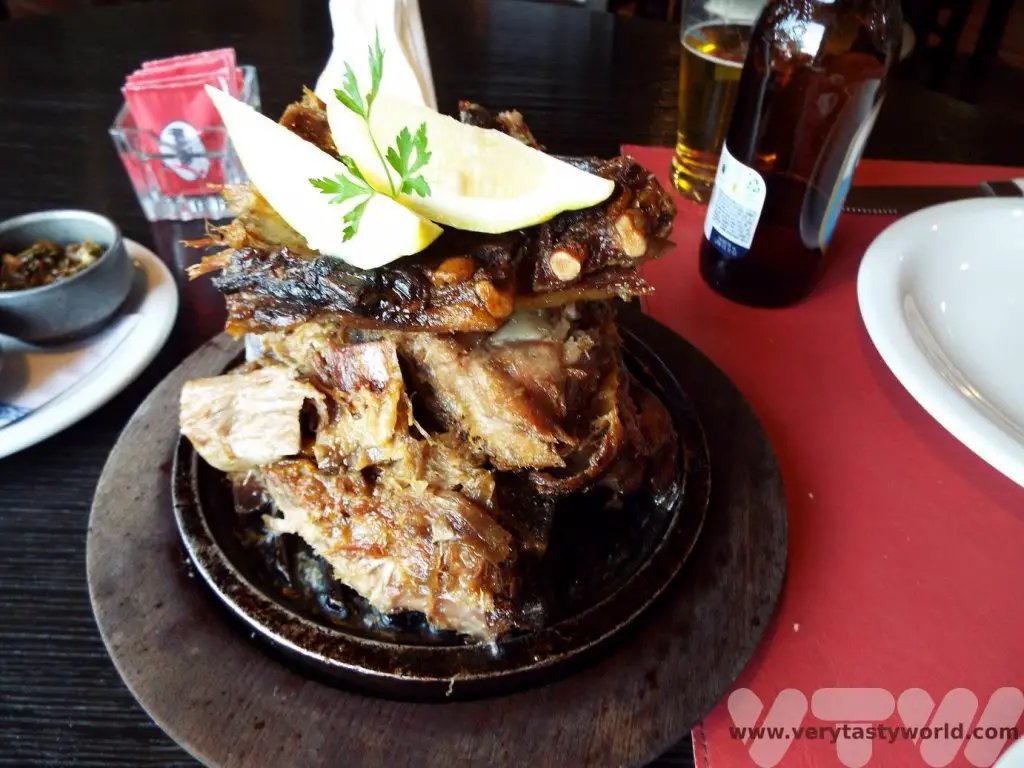
The meat is great quality and utterly sumptuous. However, after a few days in the area we did find ourselves craving salad! (And it was available.)
It has to be said that good dining is more difficult – but not impossible – in Argentina if you don’t eat meat.
El Calafate also – curiously – has a sushi restaurant of all things! Well, we had to try sushi at 50 degrees south of the equator! We received a welcome from the friendly proprietors and, although the sushi was very much adapted to local tastes (salmon with cream cheese) it was tasty.
Day 10 Los Glaciares Boat Trip
As its name suggests Los Glaciares is a national park which is not only stunningly beautiful but is a place where you can really get close to the many glaciers of the region. A UNESCO site, thirty percent of this region is covered in ice and the park contains the world’s third largest ice sheet after Antarctica and Greenland. It has more than 40 glaciers in the area.
The first day involved a boat trip across the azure waters of Lago Argentina. Hotel pickups are available and you drive around 50km to Puerto Bandera to catch the boat.
The boat accommodates around 100 passengers. It travels across the lake towards the north channel to the Upsala glacier, South America’s largest ice sheet which is 50km long and 10km wide.
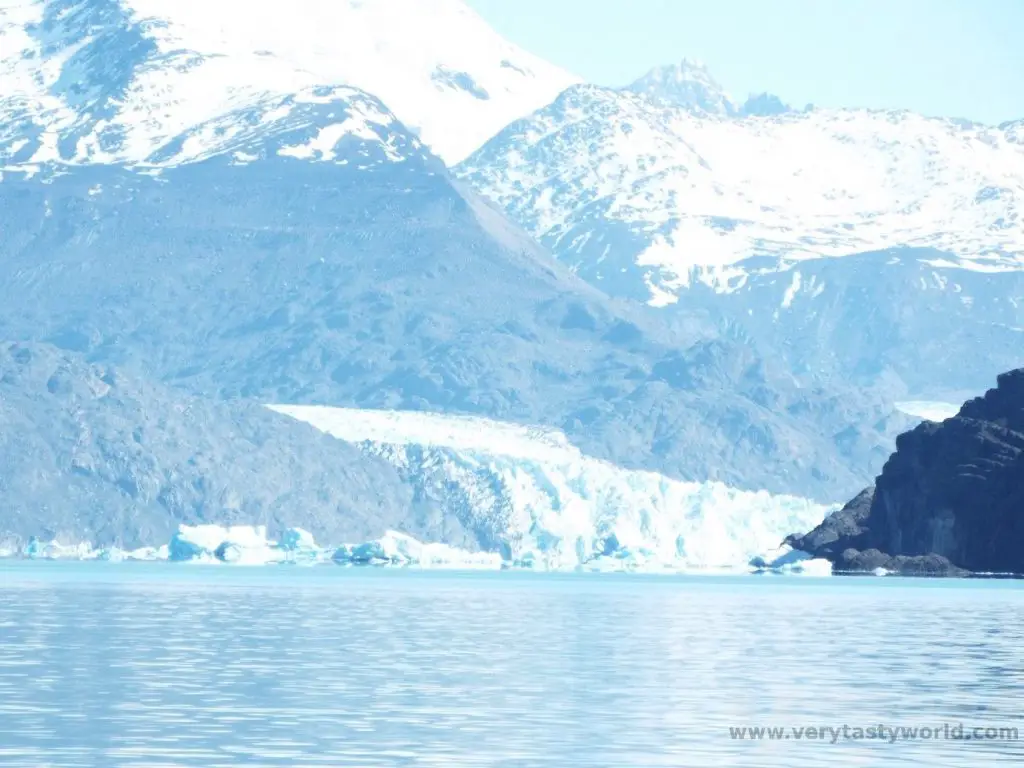
Icebergs regularly calve from the glacier and float serenely across the lake.
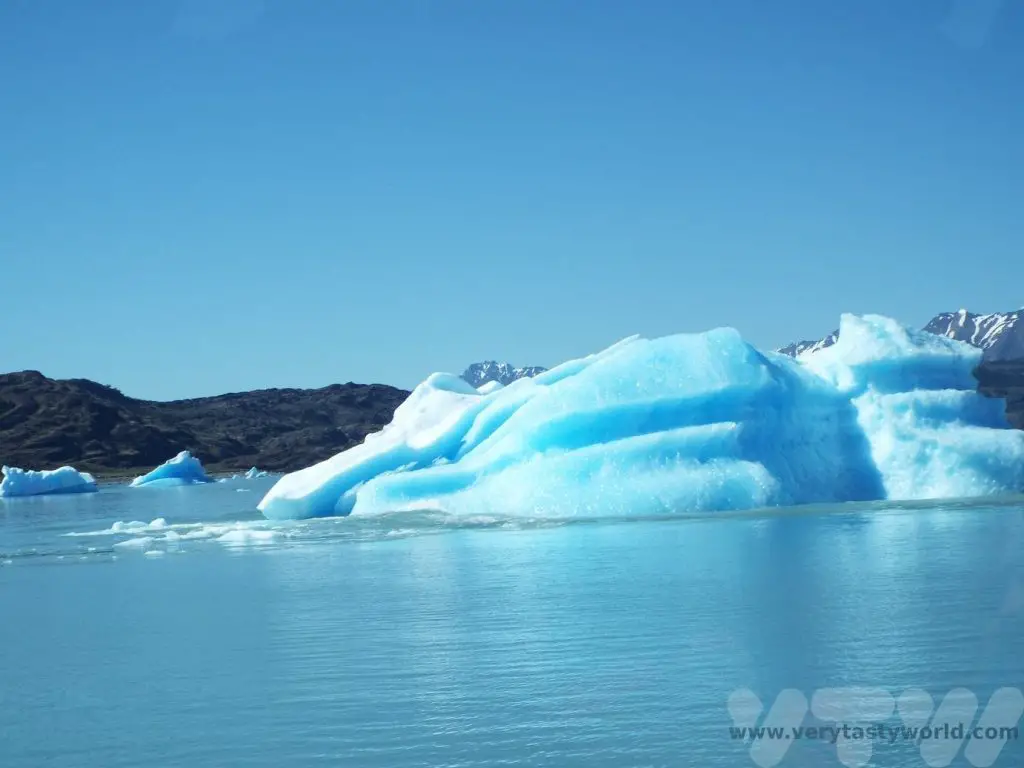
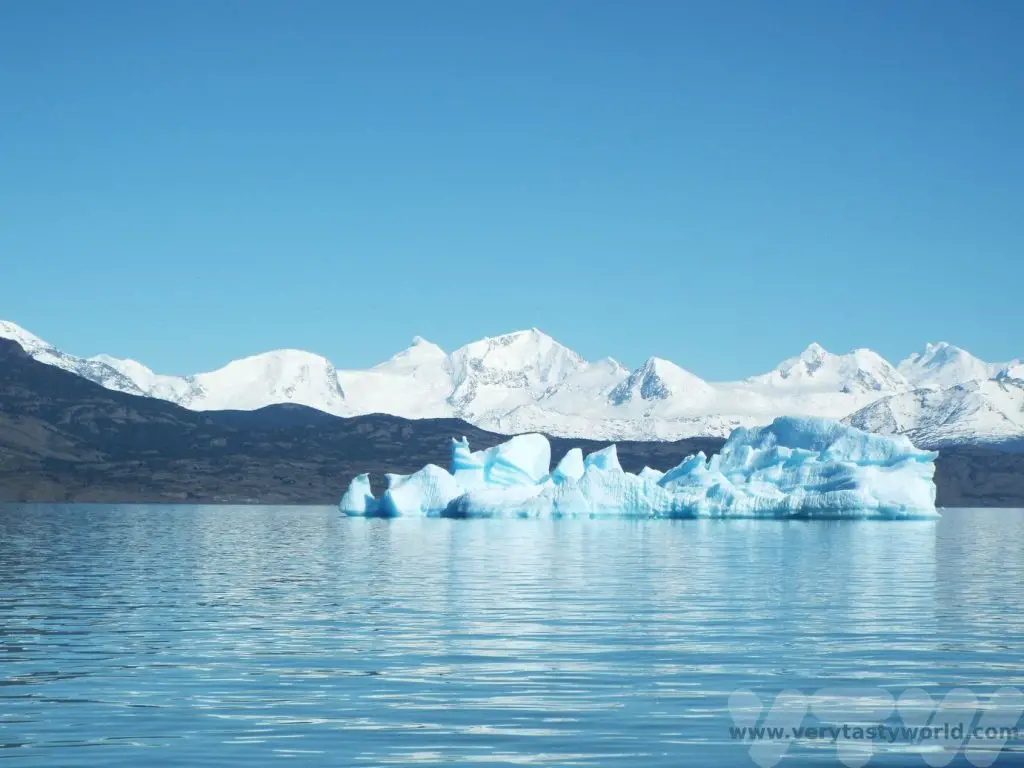
Cruising along the coastline you can see how the glaciers have slowly but surely shaped the landscape.
The next glacier is the Spegazzini. It’s just 1.5km wide but is incredibly tall.
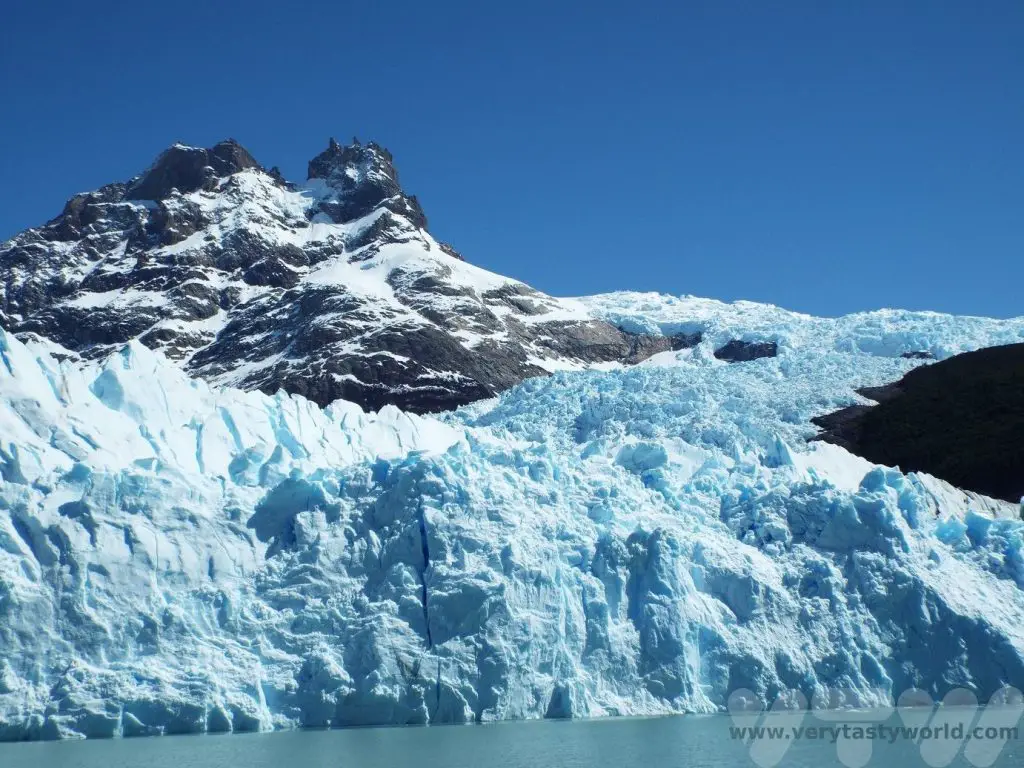
Day 11 Perito Moreno Glacier Day Trip
What can beat viewing spectacular glaciers? Walking on a spectacular glacier, that’s what! The following day we enjoyed a visit to the Perito Moreno glacier where we could don crampons and walk on the ice.
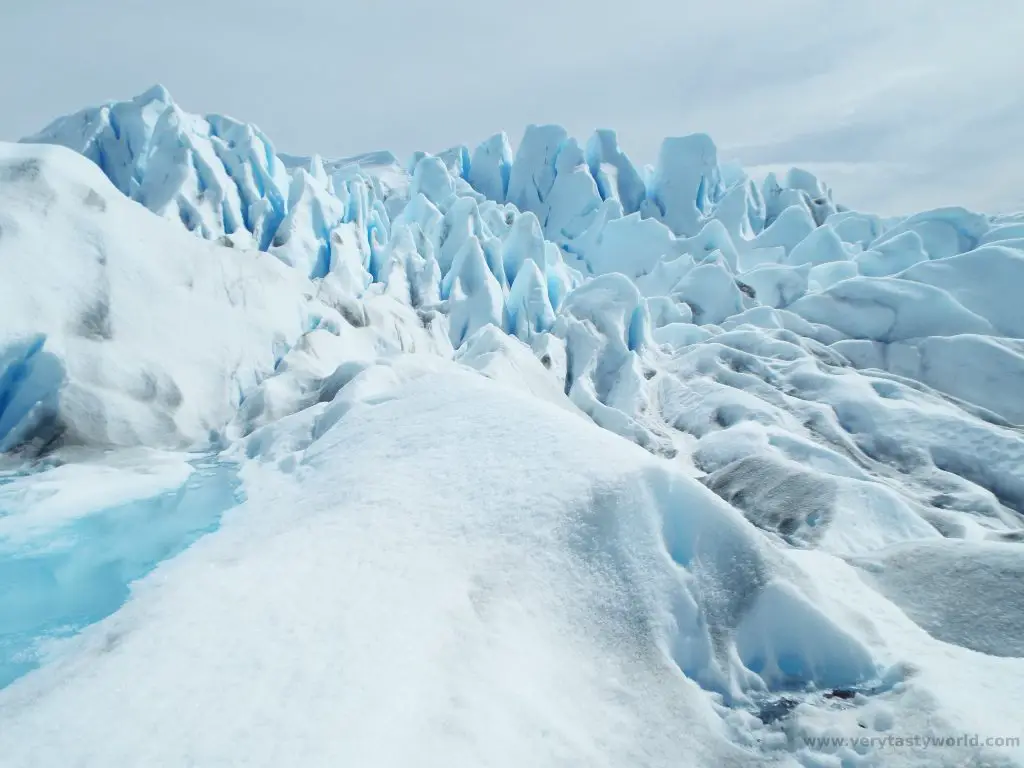
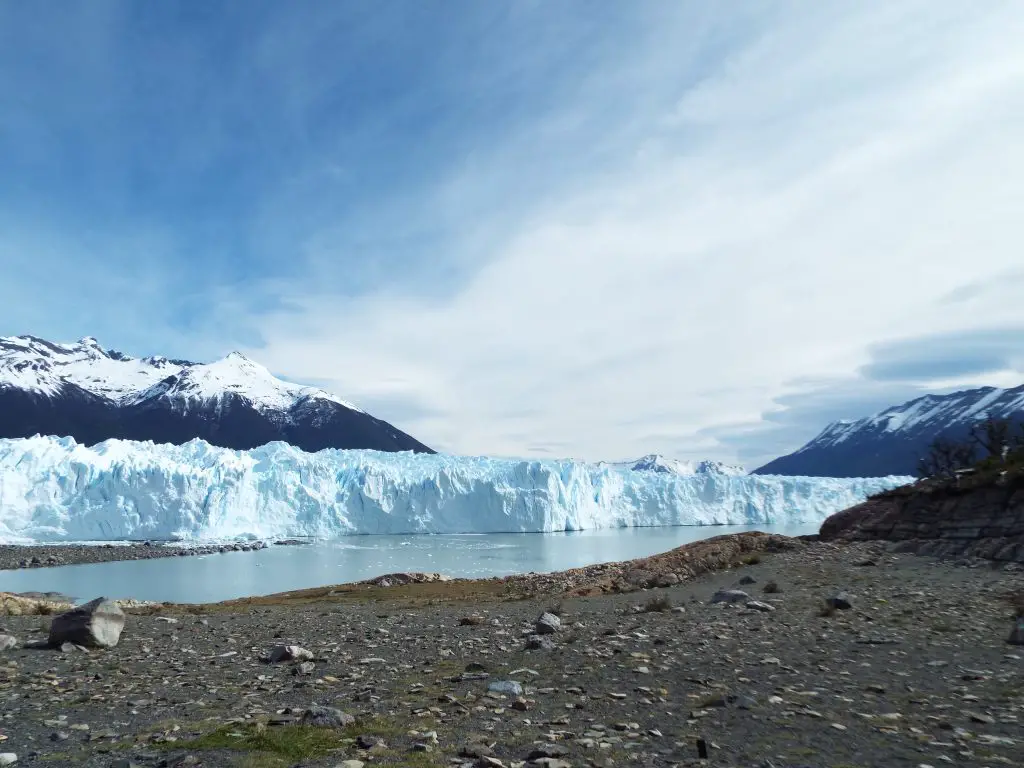
There are various options from a couple of hours’ trekking to the Big Ice, an 8 hour full-on hike right onto the glacier.
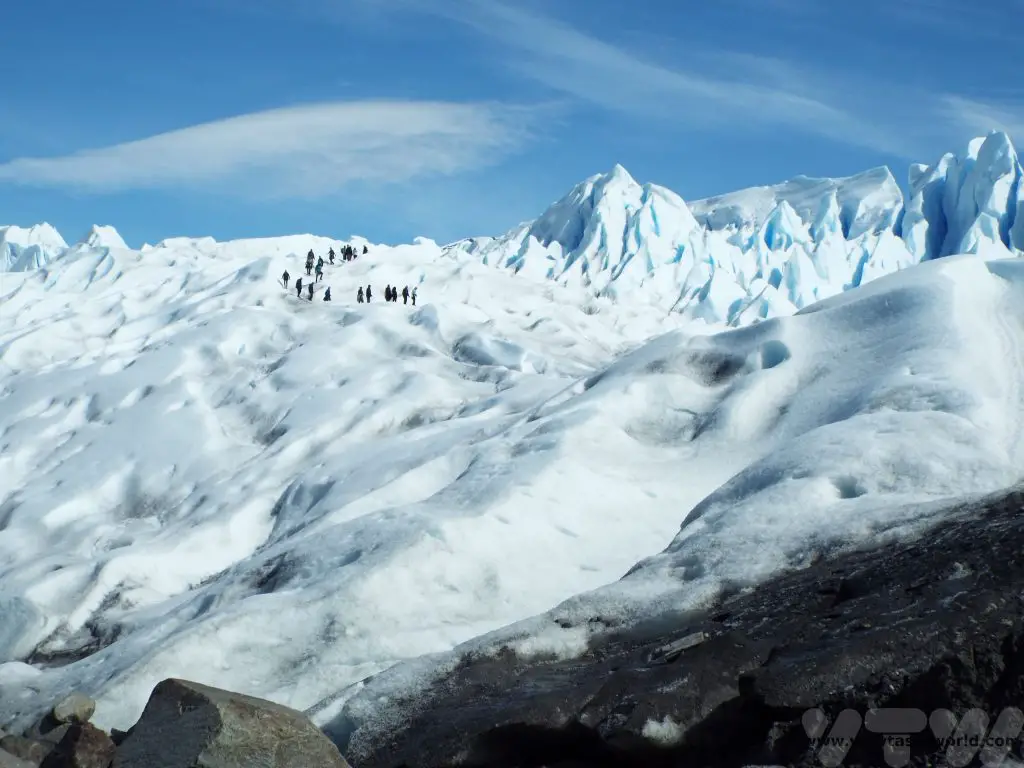
The shorter visits are well worth doing. And there’s a treat at the end. You can read about the full details about hiking the Perito Moreno, including what clothing to wear, in this post.
Because this glacier is accessible by land there is also a viewing platform and boardwalk. So even if you don’t want to trek on the glacier it is possible to admire it. The boardwalk area has a restaurant and bathrooms.
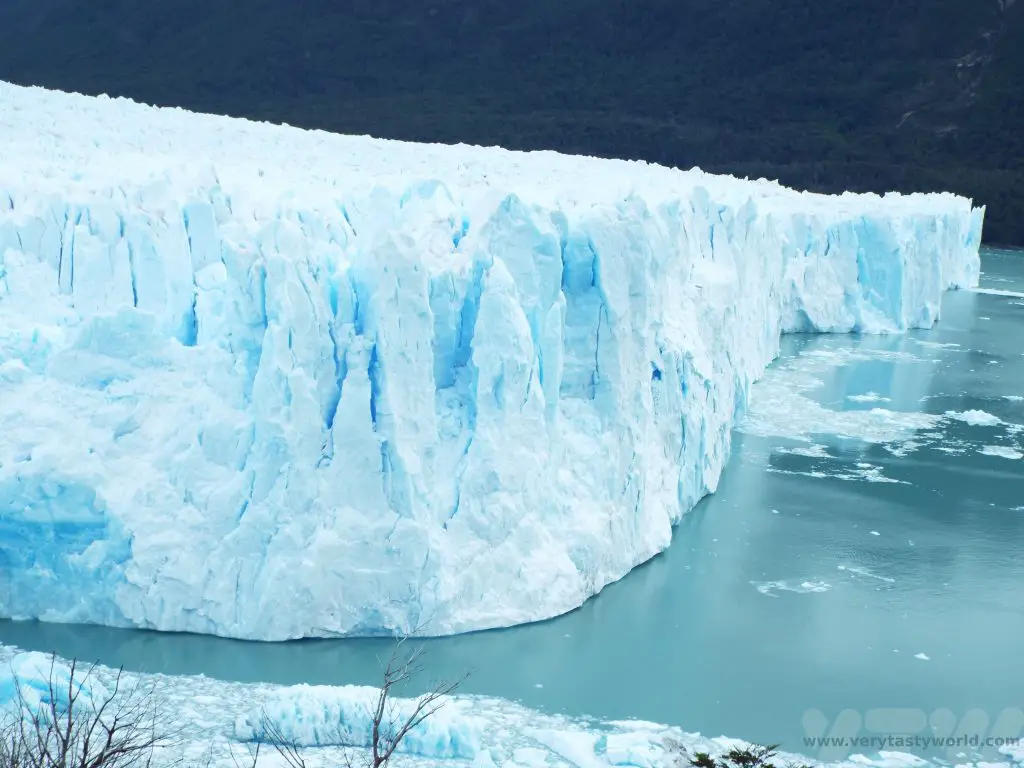
Note: You need to pay a fee to enter Los Glaciares National Park each time and this usually isn’t included in the cost of a tour. As at 2023, the cost is $10,000 AR. We paid in cash, so it’s worth making sure you have enough money with you.
Day 12 Bus to El Chalten (3.5 hours)
Depending on where your hotel is located, the bus station is a short, cheap taxi ride away from the bus terminal on C510, and from there you can catch a bus to El Chalten. It’s around a 3-3.5 hours journey but the scenery is just lovely. When you arrive, the bus stops briefly by the tourist information hut, which is located just out of town. Here you can get a hiking map and briefing about the area in English or Spanish. Then hop back onto the bus for the three-minute drive across the pretty river to the terminal. El Chalten is a very small town and many hotels/hosteria are within walking distance of the bus terminal, but plentiful taxis are available if needed.
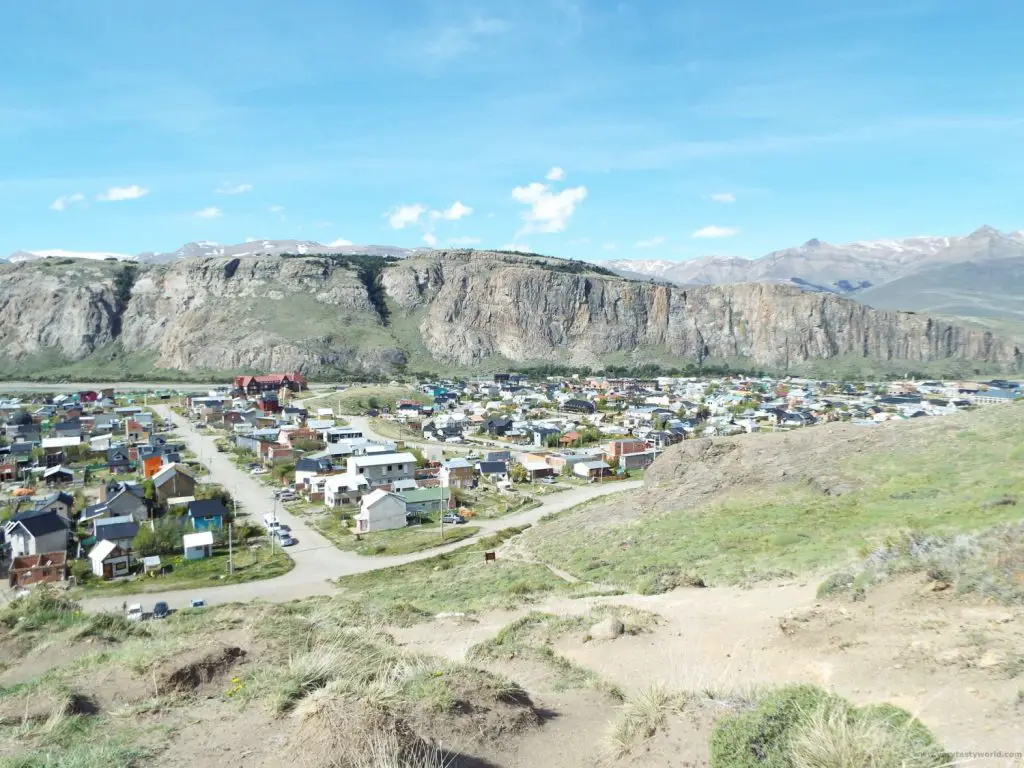
Day 13 Hiking in El Chalten
El Chalten is a hiker’s haven and a climber’s paradise. There a loads of trails in the area, ranging from easy to challenging amidst stunningly beautiful scenery. There are many serious climbers who want to attempt the granite heights of the Fitz Roy Massif, but there are some fantastic walks for casual – and significantly less ambitious – hikers. The weather can be very variable and some paths may be closed off for safety reasons if the wind is howling more than usual – and it howls a lot! But even the easier walks are guaranteed to offer great hiking in gorgeous scenery.
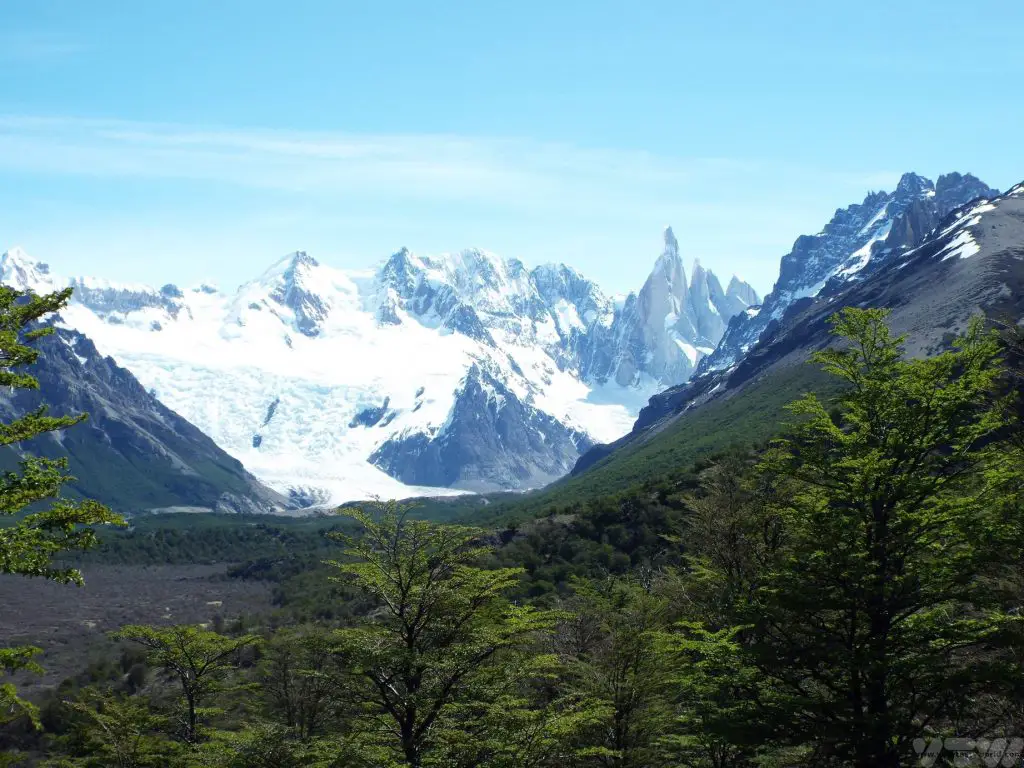
We have details of the hikes we enjoyed in El Chalten.
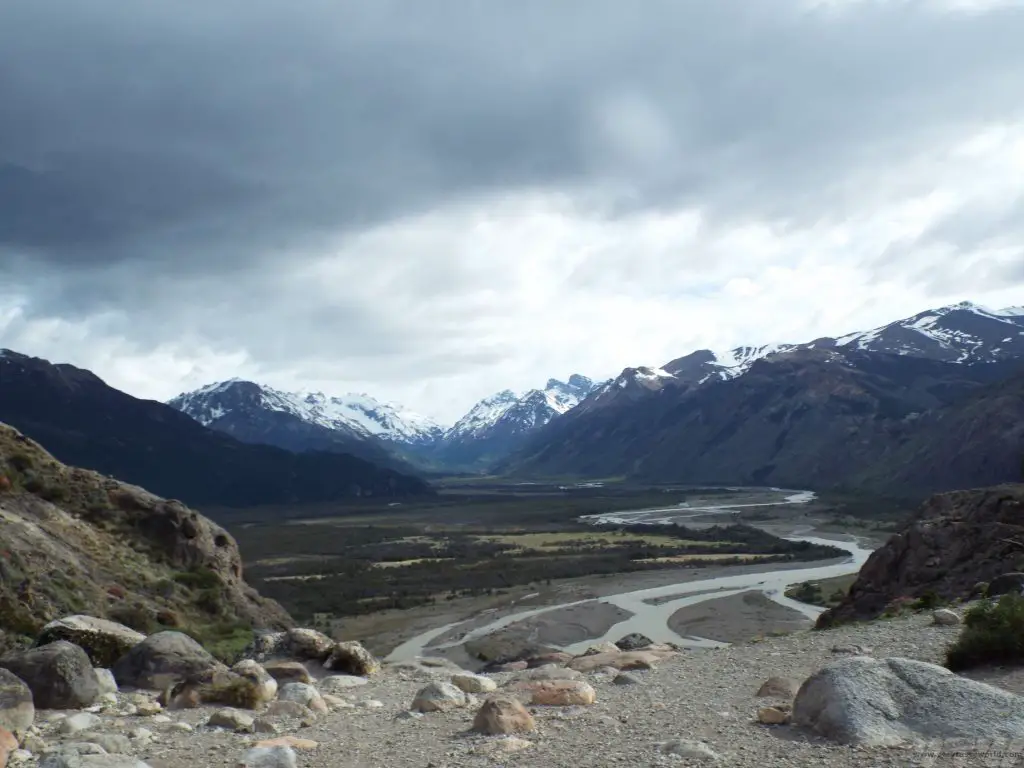
Foodie Recommendations: There are a number of restaurants in the town which offer local fare. There is also craft beer available and the quality is excellent, perfect for a post-hike drink.
Day 14 Bus to El Calafate (3.5 hours)
Depending on when you wish to leave for Calafate (and if the weather is on your side) there may be a chance to get in a few hours’ hiking in the morning. There are regular buses to take you back to El Calafate. It’s worth noting that even if you have pre-booked tickets you may be able to catch an alternative bus. There isn’t a lot to do in town if the weather is bad and you have checked out of your hotel/hosteria. We had planned to do more walking on our last day but it was really wet and very windy and not much fun for hiking. Our lovely hosteria hosts phoned through to the bus station and arranged an earlier bus for us.
Day 15 Fly to Buenos Aires
El Calafate has an international airport around 16 km from the town so is ideal for getting back north. You can get a taxi or a shuttle bus – your hotel should be able to help arrange this.
As with our inbound our flight to Santiago, we gave ourselves a day in hand to catch our international flight, just in case there were delays with our flight from El Calafate. This meant we had a day to explore Buenos Aires before catching our flight home.
There are loads of things to see in BA. We stayed in the Palermo area, which is a cool place to hang out, with plenty of bars and restaurants if you just want to chill after your trip. But there are lots of sights to see within walking distance of Palermo. (It’s a fair walk, depending on where you are staying, so if you’re feeling a bit jaded at the end of your trip, it should be easy to pick up a taxi.)
We particularly enjoyed visiting the famous Cementario de Recoleta, a remarkable cemetery which comprises a huge number of highly decorated mausoleums and tombs. Many famous people have been interred there, including Eva Peron.
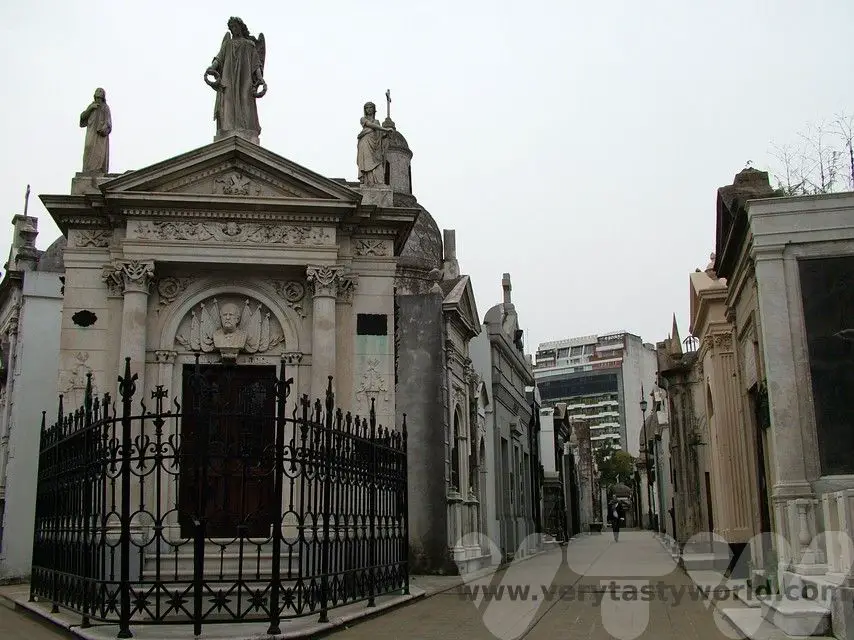
The Museo Nationales de Bellas Artes is a fantastic space for discovering local and international art. It’s free to enter and hosts a variety of permanent and temporary exhibitions. Museo de Arte Latinoamericano de Buenos Aires, known as MALBA, also has some great exhibitions.
In the adjacent park is the Floraris Generica, a huge sculpture of a flower which opens and closes with the daylight.

There are a number of gardens in the area, including a Japanese garden and botanical gardens, where you can see the yerba mate tree from which mate tea is derived.
When To Visit Patagonia
In the southern hemisphere November to March is Patagonia’s summer, where the days are longer and the temperatures warmer, and hence the most popular time to visit. The shoulder season is November. We travelled in late October (we don’t mind the cold!) and were largely lucky with the weather.
Dining and Drinking in Patagonia
If you are an omnivore, Patagonia has a huge amount of excellent food. The seafood in Chile is fantastic -with an incredibly long coastline the country has some of the best fish dishes on the planet. We particularly recommend the crab.
In Argentina the Patagonian lamb is an essential meat to try. Steaks are also available – they are good value and usually cooked very well. Guanaco often appears on menus – the flavour is akin to venison. Empanadas – pasties with a variety of fillings – are also fantastic and definitely worth taking with you on a hike or on the bus if you want a packed lunch. Vegetarians may struggle to find a decent variety of dishes but most restaurants will have vegetarian options.
In terms of drinks, Chilean and Argentinian wines are fantastic and there are even some vineyards in Patagonia, albeit much further north than the places visited in this itinerary! Beer drinkers will find a wide variety of excellent local craft beers.
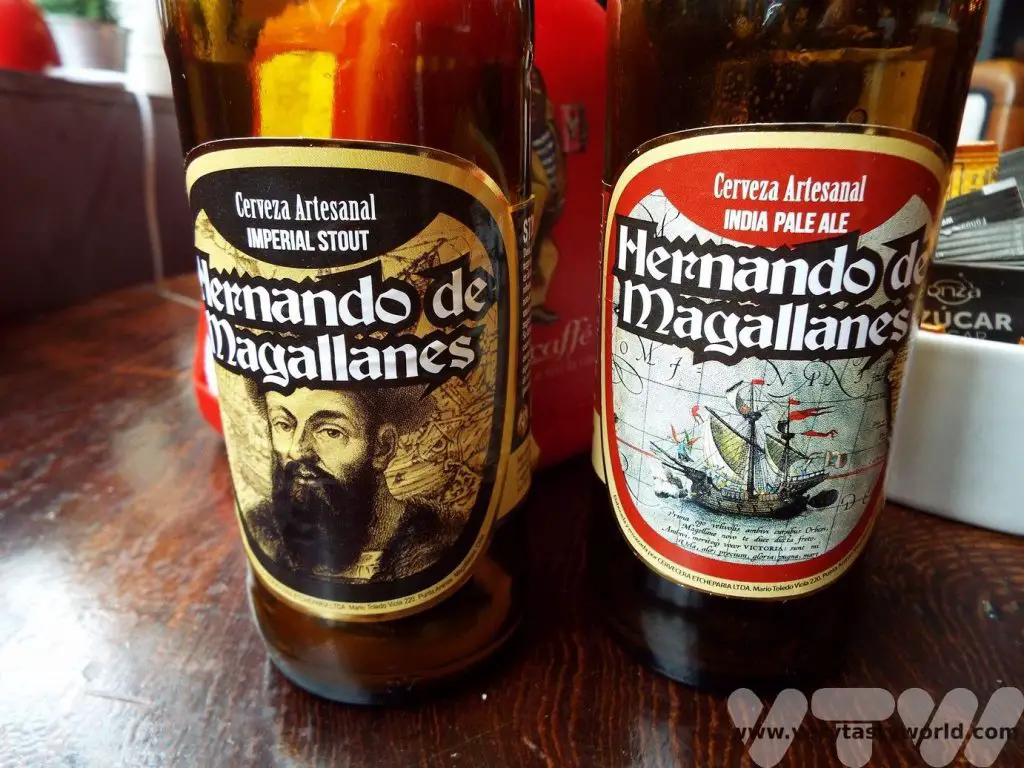
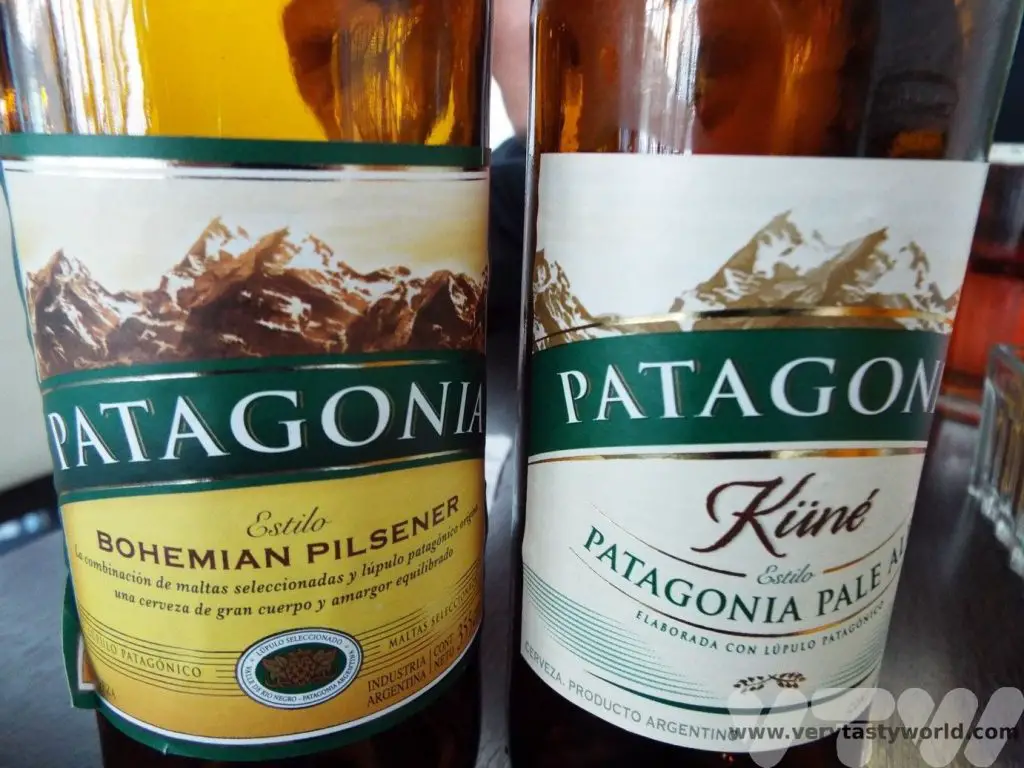
The tap water is fine to drink. In some areas, notably El Chalten, you can even refill your water bottle directly from the streams and rivers as the water is pure.
Getting Around Patagonia
We travelled on buses throughout our trip, apart from the couple of days in Torres del Paine, when we hired a car.
Buses are large and comfortable and run on a regular schedule. There are usually toilets on board.
You can get tickets at the bus station or online and often your accommodation can help. We recommend pre-booking if you can, especially if you are travelling in high season – it means you can ensure a place on the bus. When you buy a ticket you will be assigned a numbered seat. The other great advantage is that the bus driver knows the route so you can simply sit back and just enjoy the scenery. Obviously delays can sometimes happen but all the buses on our journey ran on time.
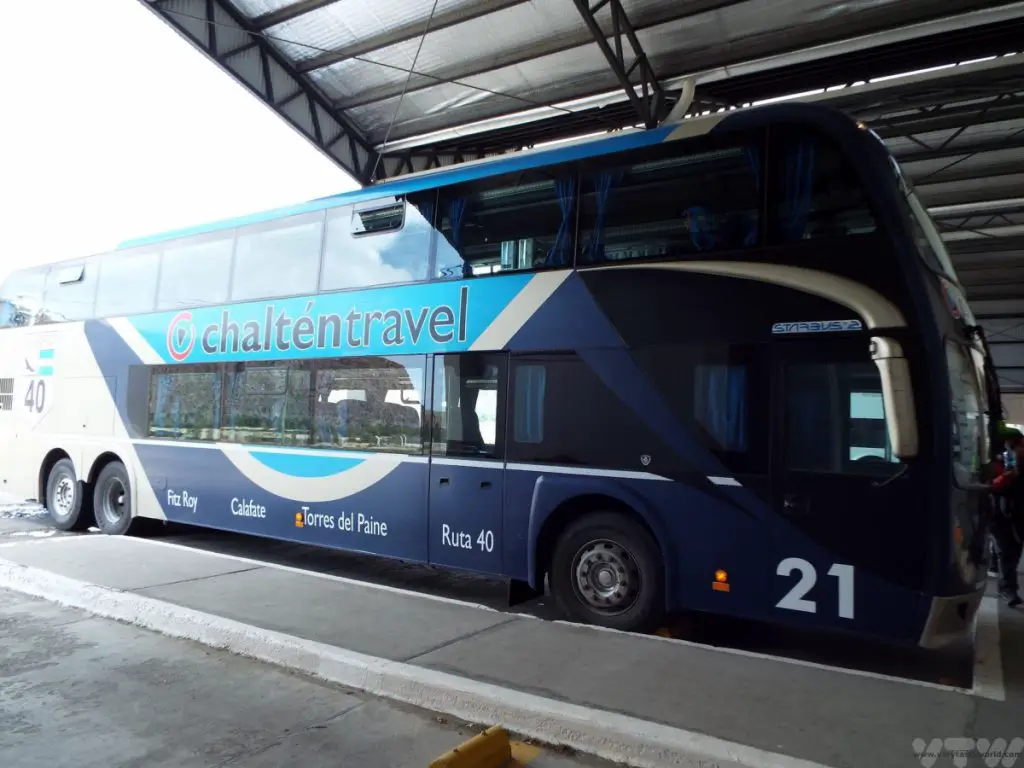
It would be difficult to do this full itinerary using a car rental because you would be driving through two countries so would need a special permit to take a car from Chile to Argentina. And it would be either very difficult or very expensive to do a one-way return of the car to an agency in another country. If you wanted to drive it would be possible to rent a car in each country and just cross the border on the bus. But, honestly, the buses are a convenient – and much cheaper – way to travel.
What To Bring to Patagonia
Hiking boots/shoes. We recommend wearing these on the plane and putting your other shoes in your checked-in luggage. It’s easier to replace lost ordinary shoes than expensive, properly worn-in walking boots.
Warm clothing. Patagonia can be very cold and, even if it isn’t cold, it can be very windy. We suggest bringing lots of layers so you can add/discard clothes as required.
If you do the Perito Moreno glacier walk you will need long-sleeved clothes, long trousers and gloves. You will wear crampons, so sturdy shoes (or your hiking boots) will be needed.
Wet weather gear – although we were generally lucky with the weather on our trip, you never know when it’s going to rain! Ponchos are a good idea if you get caught in a rainstorm.
Sun protection and sunglasses
Water bottle, particularly if you are hiking.
Patagonia really is one of the most remarkable places on the planet. It is remote but the effort to reach this stunningly beautiful wilderness is emphatically worth it.
Related Posts You May Enjoy

- Rivers and Rainforests – A Guyana Itinerary
- Best Time To Visit Machu Picchu 2024 Update
- A 2 Week Patagonia Itinerary
- Day of the Dead in Campeche
- A Galapagos Land Based Itinerary
- RECIPE: How to Make Costa Rica’s Gallo Pinto
- A Tasty Puebla Food Tour
- Costa Rica Wildlife Sanctuary – Caño Negro
- Visit Torres del Paine National Park in Patagonia
Day of the Dead in Campeche
Our trip to Mexico was a long time coming. Originally planned for March 2020, we had to cancel the trip a week before we were due to fly, due to the pandemic, and rearranged for November 2020. And then cancelled that due to the pandemic. Finally, we managed to make the trip two and a half years later. But we decided to time the new journey to coincide with Mexico’s Day of the Dead – Dia de los Muertos – celebration which takes place in late October/early November and are very glad that we did. We were to spend Day of The Dead in Campeche.
We travelled on buses through Mexico, starting in Mexico City, visiting Puebla, Oaxaca, San Christobal, and Palenque before arriving in Campeche. The journey then proceeded to Merida, Chichen Itza and finally Cancun. Bus journeys are cheap and convenient but distances can be long.
Campeche is around six hours from Palenque or just a couple of hours from Merida if you are travelling on the bus.
Welcome to Campeche – Aaaarrrr!
Campeche is the capital city of the state of Campeche and lies on the Gulf of Mexico looking out over the azure sea. It is known for its colourful city centre and history of piracy.

History of Campeche
Campeche’s name derives from the Mayan phrase, Ah-Kin-Pech, which apparently means ‘the place of snakes and ticks’, which doesn’t sound at all inviting. We can confirm that no snakes or ticks were encountered during our visit.
The Spanish landed at Campeche in 1517 on St Lazarus’s day – the 29th July – and named the location Lazarus. The conquistadors began their occupation of the Yucatan peninsula, consolidating it in 1541-2, when they founded the first enduring Spanish councils at Campeche and Merida. Due to its coastal location Campeche became an important port. Valuable goods such as gold and silver passed through the town but, because of this, it became a target for local pirates. In 1663 the Sack of Campeche, led by pirates Christophe Myngs and Edward Mansvelt, involved a mass of pirates from around the Caribbean who got together some 14 ships and 1400 men and plundered the port.
In 1685 Dutch pirate Laurens de Graaf launched an attack on the city and killed a significant proportion of the population. As a result of these horrific raids, the authorities decided to fortify the central zone and built an extensive wall around it.
Campeche became recognised as a city in 1744, the first in the region. The community developed something of a rivalry with those in nearby Merida, although both cities eventually worked together to try to form an independent state of Yucatan. However, they were integrated into Mexico in 1849.
Campeche’s fortunes have waxed and waned over the years. The city is incredibly photogenic with its well-preserved colourful buildings and pirate legacy and as a result it has attained UNESCO status. It isn’t one of the most popular destinations for tourists, partly because there are many other places to visit on the Yucatan peninsular, but we recommend spending some time in Campeche if you get a chance.
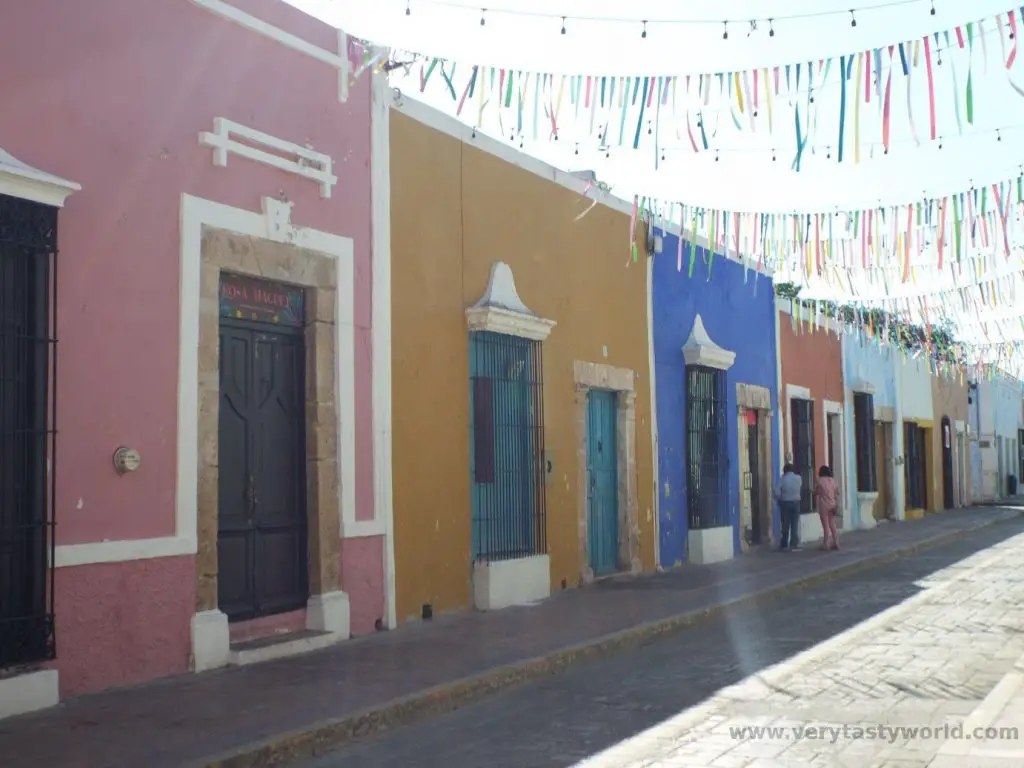
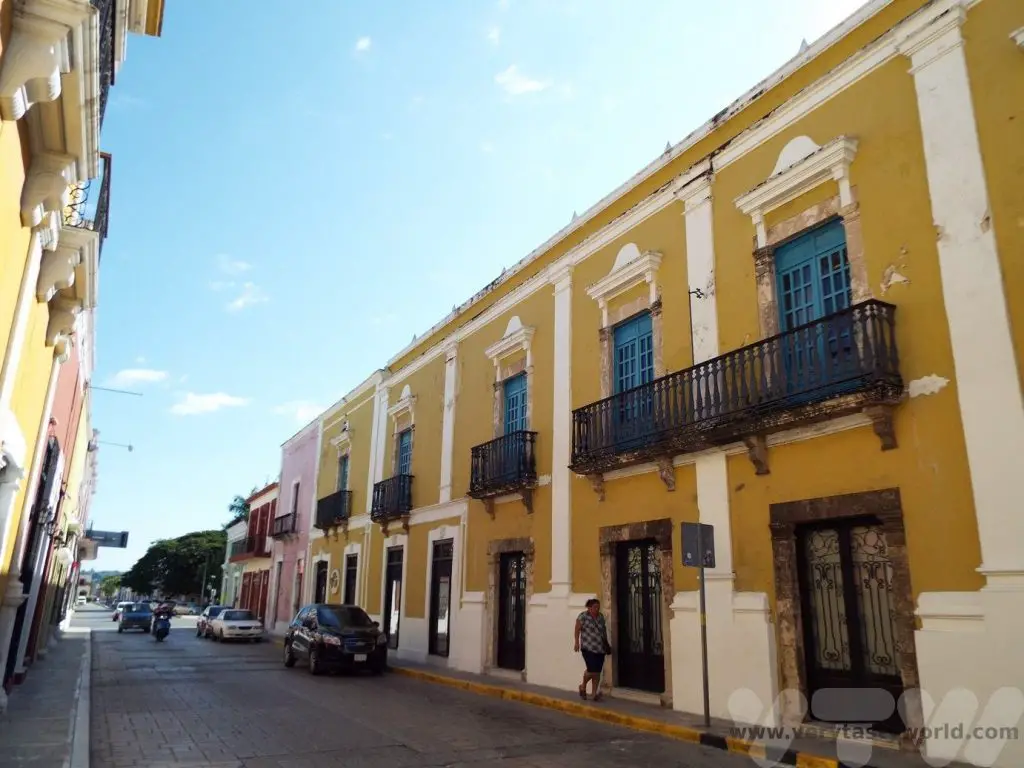
Things to Do in Campeche
There are plenty of walking opportunities, whether strolling along the Malecon walkway, looking out to sea, taking in the sights from the top of the fortified walls, or wandering through the colourful streets.
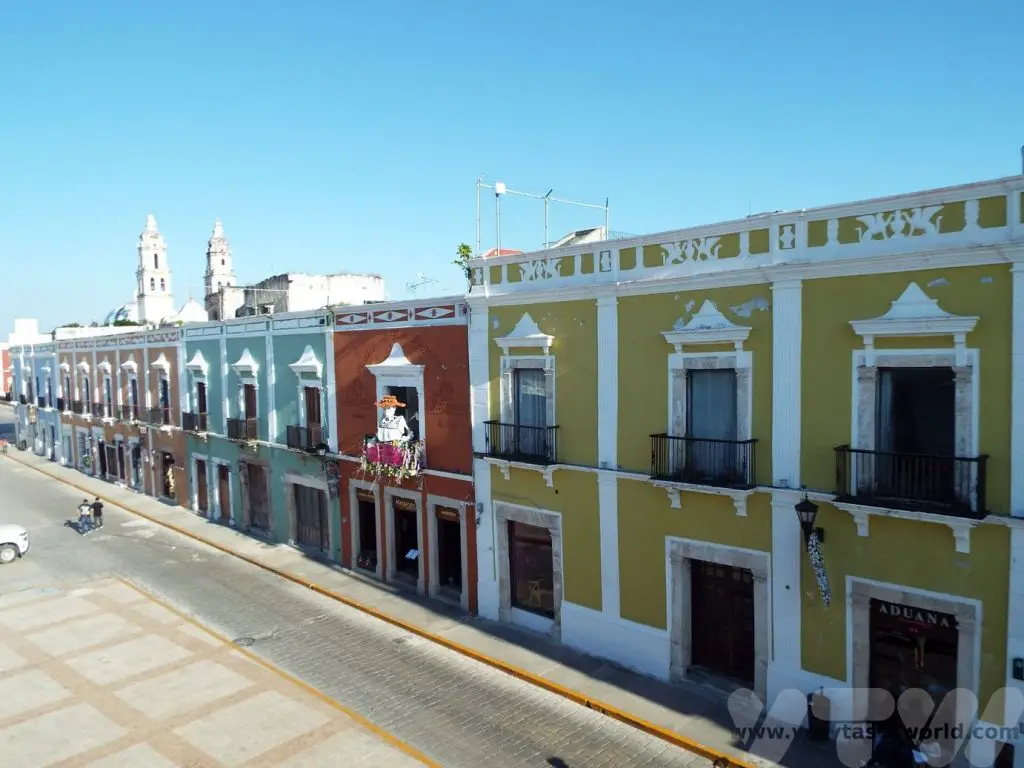

As well as walking along the walls, there are a couple of museums located in two of the bastions which are located at opposite ends of the wall closest to the sea.
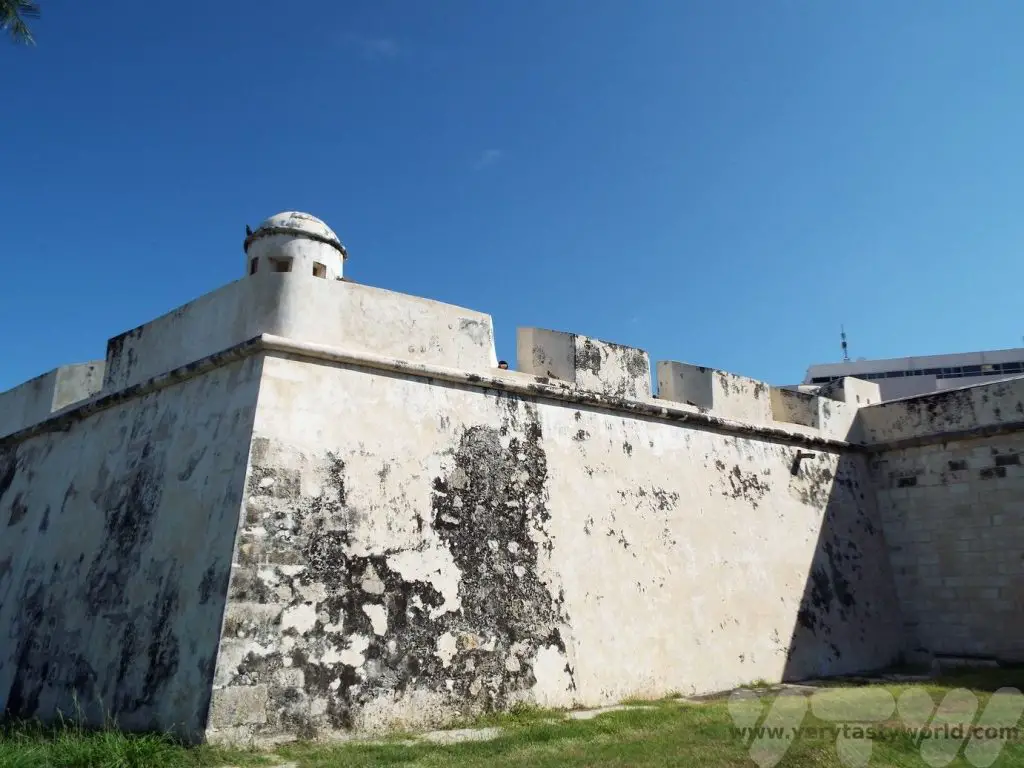
As with many cities, we find the tourist information centre to be a useful source to discover the local attractions. The friendly staff were happy to help us get acquainted with Campeche and suggested places to visit.
Pirate Museum
Documenting Campeche’s history as a port city, this small museum showcases information and artefacts with a focus on understanding its fortunes at the hands of the pirates over the years.
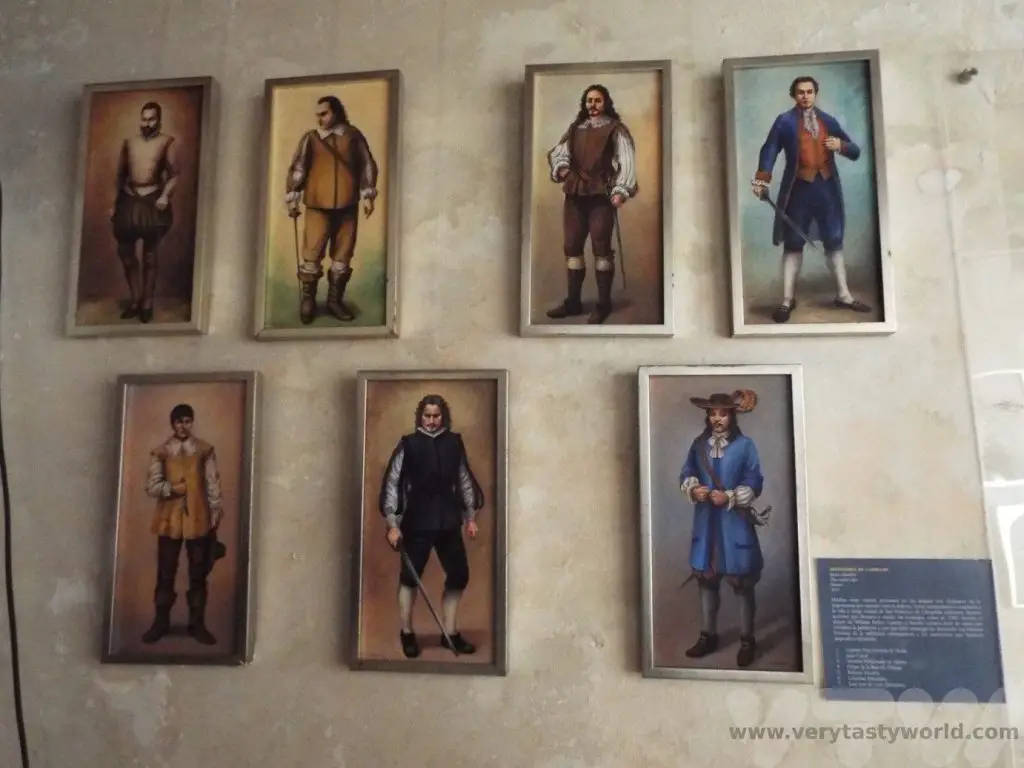
It is a very honest exhibition and dispels some of the romantic myths about pirates and piracy. Although films such as Pirates of the Caribbean have given us the impression of swashbuckling buccaneers, the real pirates who attacked Campeche were often society’s outcasts – marginalised and brutal.
Interestingly, Sir Francis Drake, viewed by the English as a heroic explorer who circumnavigated the globe, was despised by the Spanish as a ‘privateer’, a person who engaged in maritime conflict. Although perhaps it’s not really that surprising – the English and Spanish were fierce enemies at that time and many of the attacks by pirates were sanctioned by the state as ‘commerce raiders’ to undermine Spanish authority in this region.
And, naturally, the museum has a bunch of creepy mannequins in the dungeon.
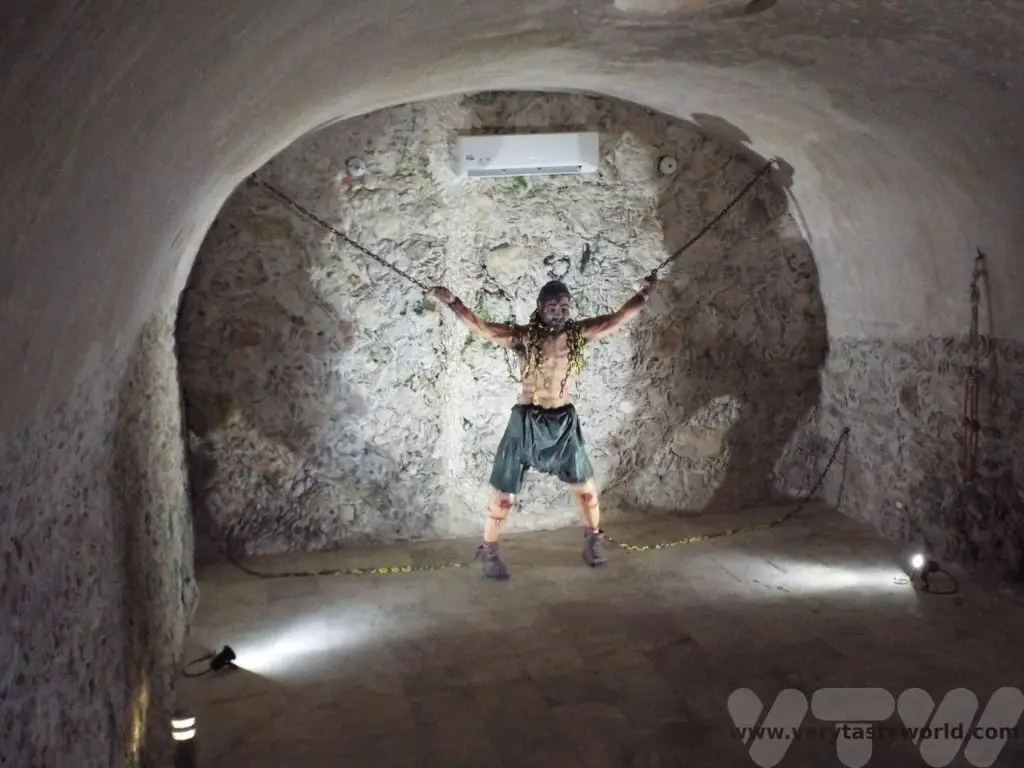
Don’t forget to head out to the city walls where you can see some of the cannon that defended Campeche.
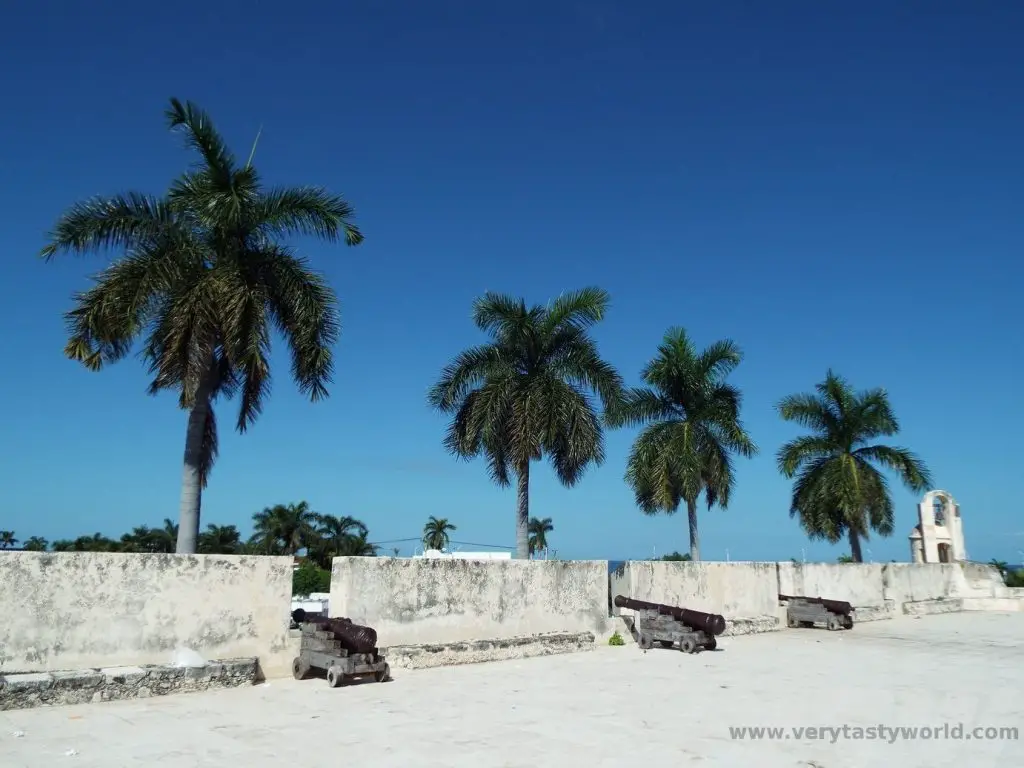
Museo de La Arquitectura Maya
This small but interesting museum on Baluarte de la Soledad houses a number of archaeological artefacts that have been found in the region. Exhibits are in English and Spanish. It was particularly interesting to learn about the writing systems of the Mayan people.
The highlight exhibit is the elaborate and beautiful mask of the God K’wiil.
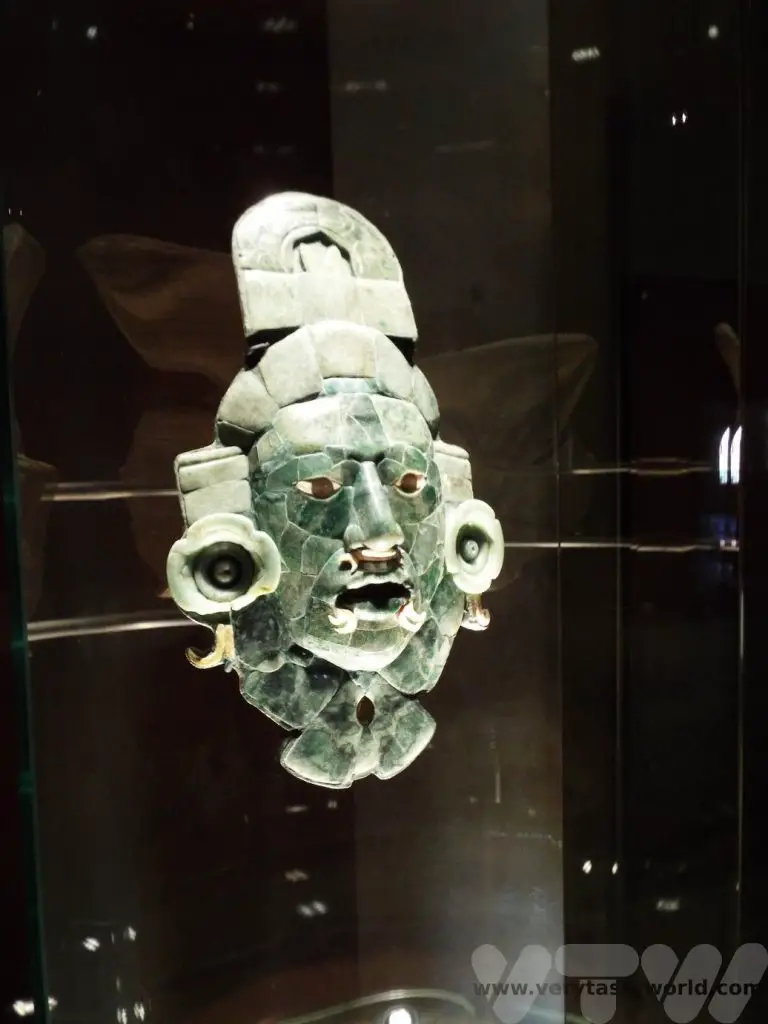
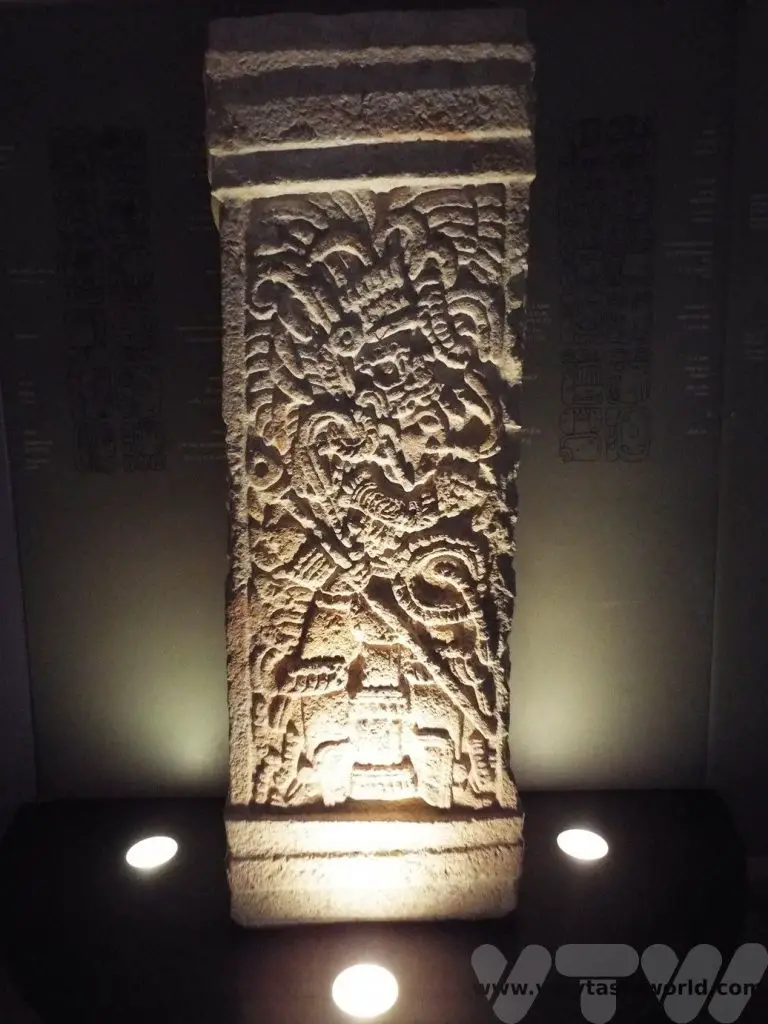
Make sure you climb up onto the wall at the end of your visit to get some fantastic views of the city in one direction and the Gulf of Mexico in the other.
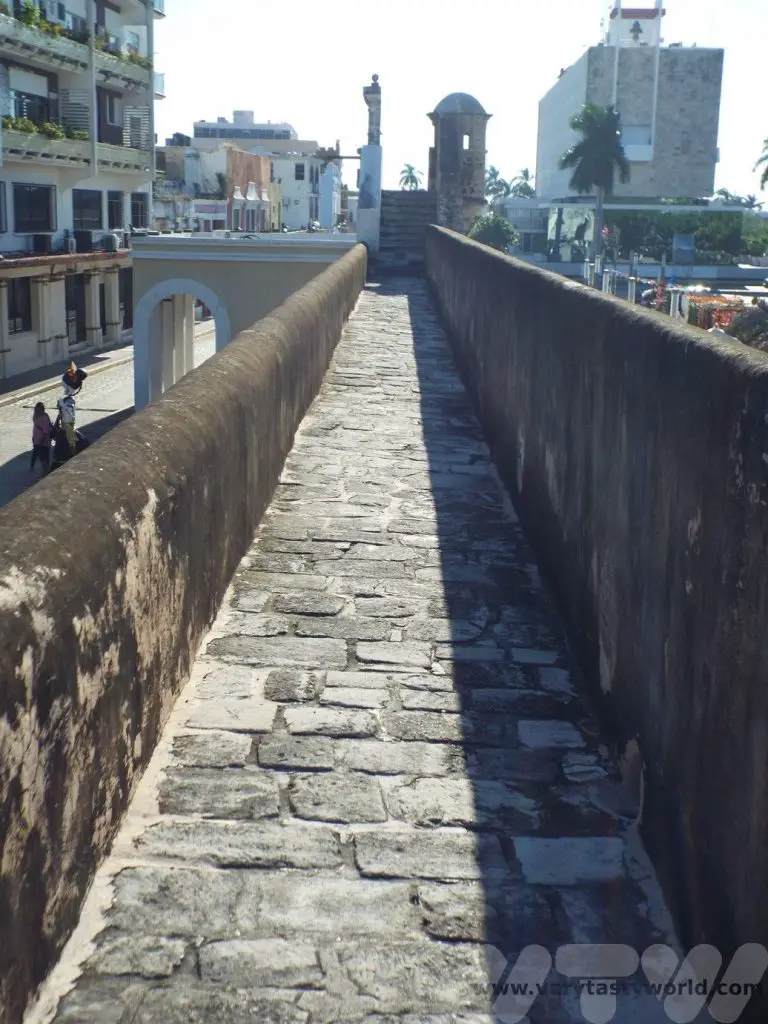
The Cathedral
The cathedral is located at the eastern end of the Plaza de la Independencia and is the most important church in the city. Construction started in the 16th century, soon after the Spanish settlers arrived. The cathedral has been expanded and embellished over the centuries. It has two impressive bell towers and a stone façade.
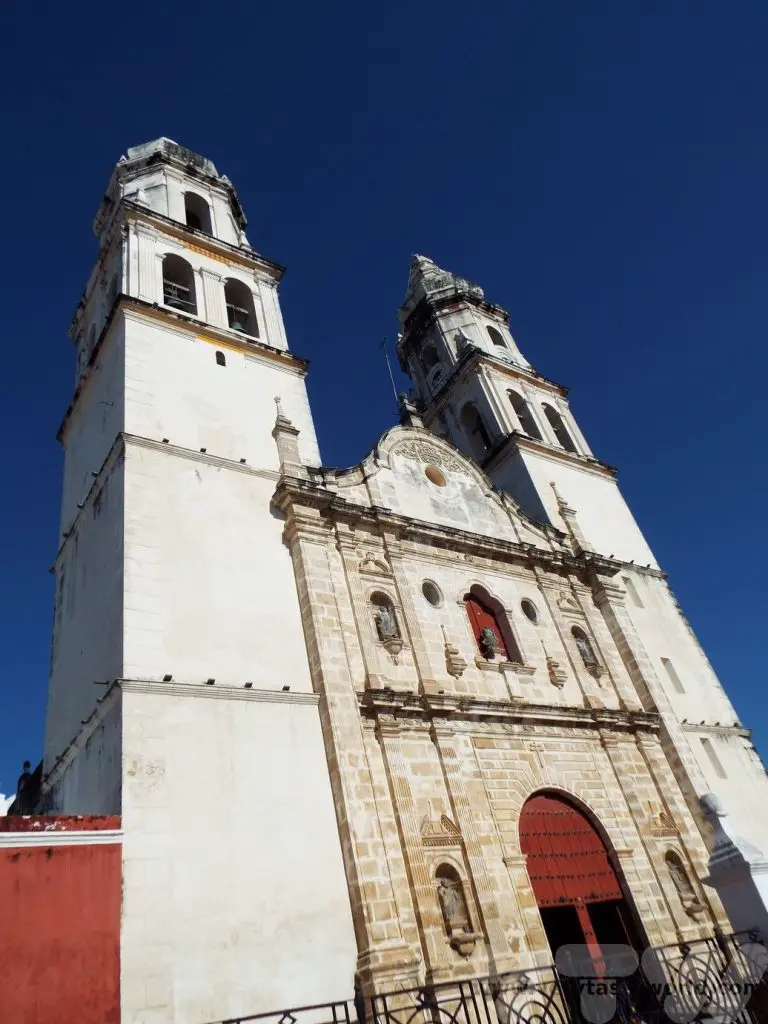
The Sea Promenade
With its location right on the Gulf of Mexico Campeche’s seafront doesn’t have pristine sandy beaches, so isn’t ideal as a seaside destination. But Malecon de Campeche offers a 7km waterfront path and makes for a lovely walk looking out to the deep blue sea.
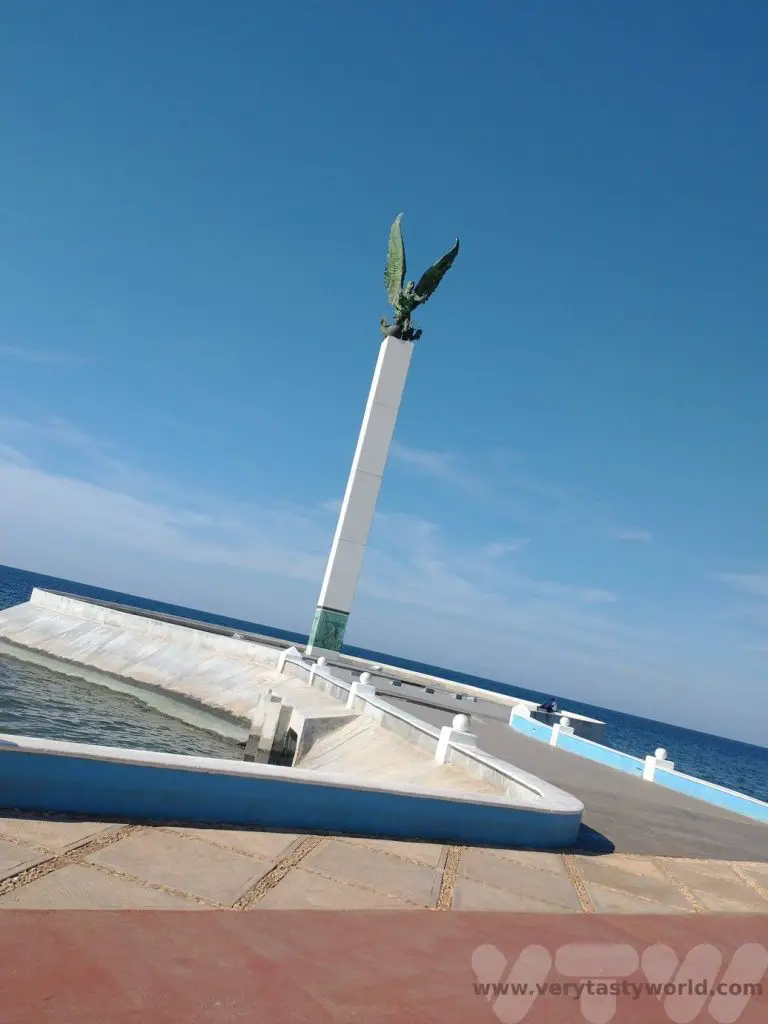
Campeche Food
Being located right on the coast there is plenty of seafood to enjoy in Campeche. Prawns are very popular. There are plenty of restaurants in the zona centro to choose from.
We enjoyed battered prawns with coconut and mango salsa and prawns with x’catic sauce. X’catic are a type of chilli which are long and thin and a pale green colour when ripe. They are commonly used in the Yucatan area and one of the specialities is x’catic in a cream sauce. While the chillies have a kick, the cream sauce mitigates some of the heat. And the sauce has an unusual blue-green colour.
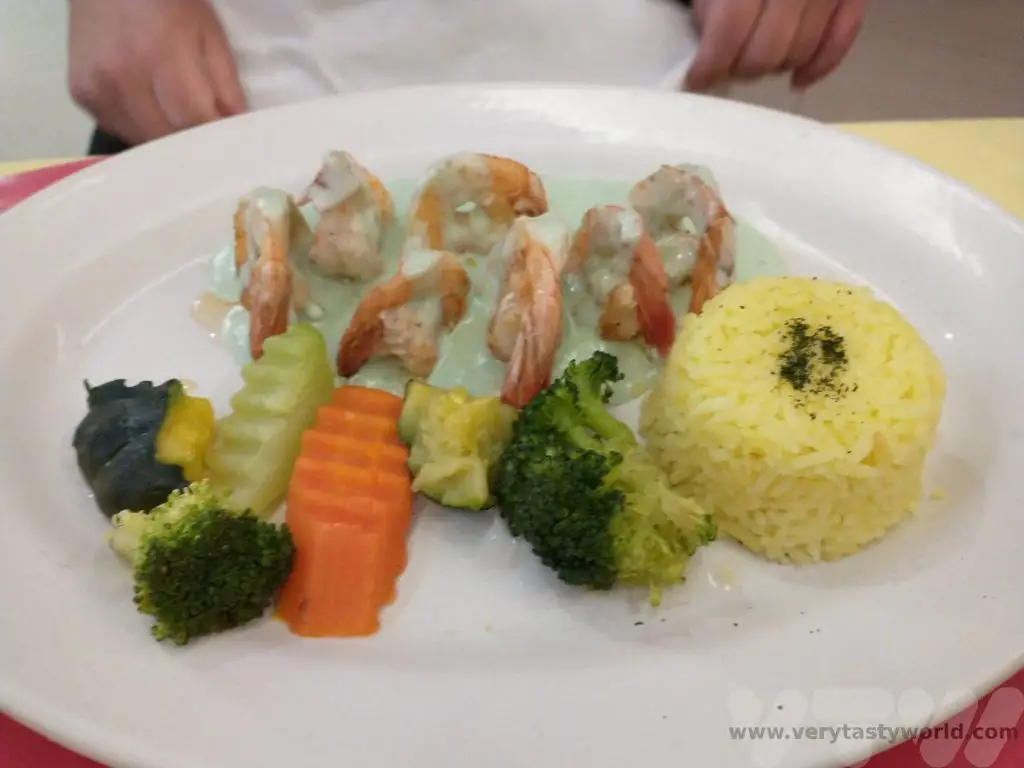
Day of the Dead in Campeche
We were lucky to be visiting Campeche during the Day of the Dead. This festival takes place on the 1st and 2nd November each year but preparations for the celebrations start much earlier and it is likely that the famous Day of the Dead parades will take place on the Saturday or Sunday before.
Day of the Dead is a celebration for families to remember and commemorate the lives of their ancestors. The origins are slightly unclear but it is thought that they are a combination of the indigenous commemorations of ancestors with Christian traditions; the timing of the celebration aligns with Halloween/All Saint’s Day. The Mayan people believe that death is simply another element of life.
In the time leading up to Day of the Dead relatives will visit the graves of their ancestors and will tidy them and prepare for the festival. Some may even exhume the skeletons of their relatives to clean their bones for up to three years after death. Food will be offered to invite their loved ones to visit. The dead will arrive on the 1st November and return the following day.
Day of The Dead Ofrenda
In the days leading up to the celebration, families and businesses will set up ofrenda. These are like alters which are highly decorated and lay out offerings to invite their deceased relatives to visit them.
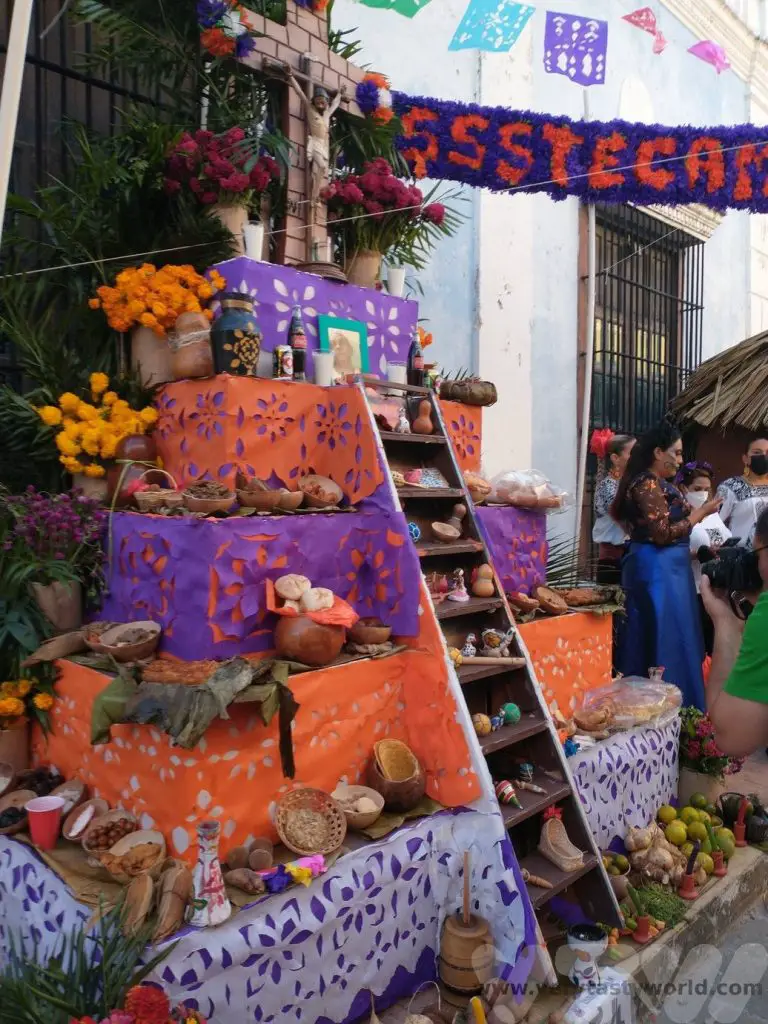
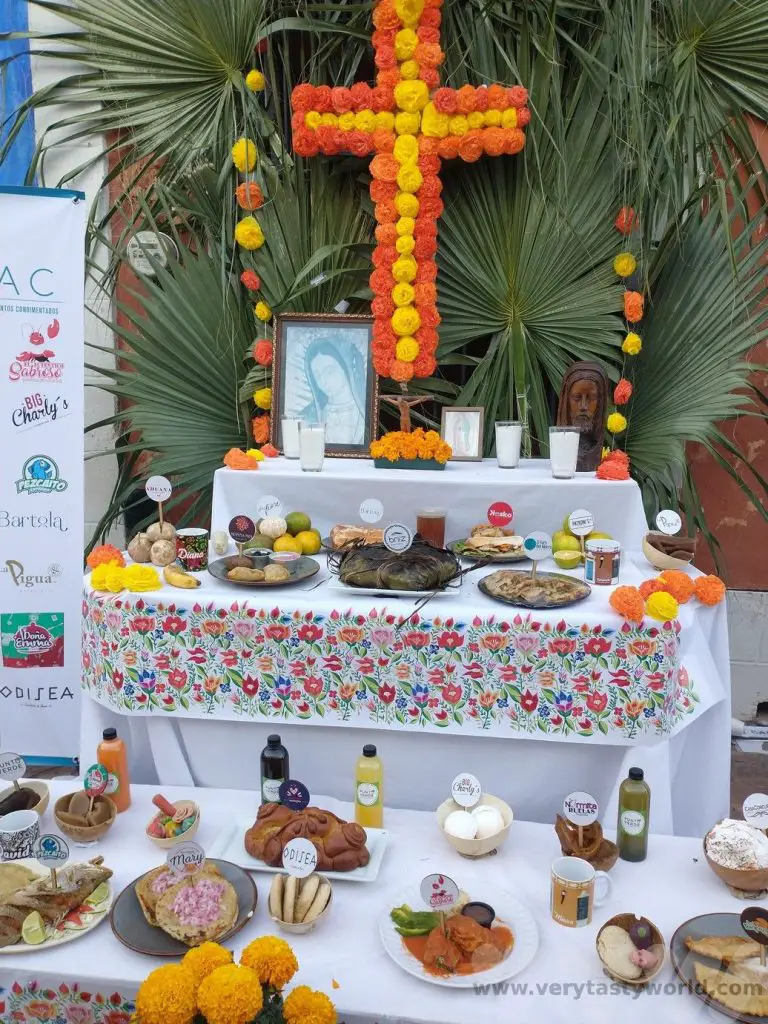
The food offered is real but it is rotated every day and replaced with new offerings. The previous day’s items are eaten by the family so as to ensure that food doesn’t go to waste.
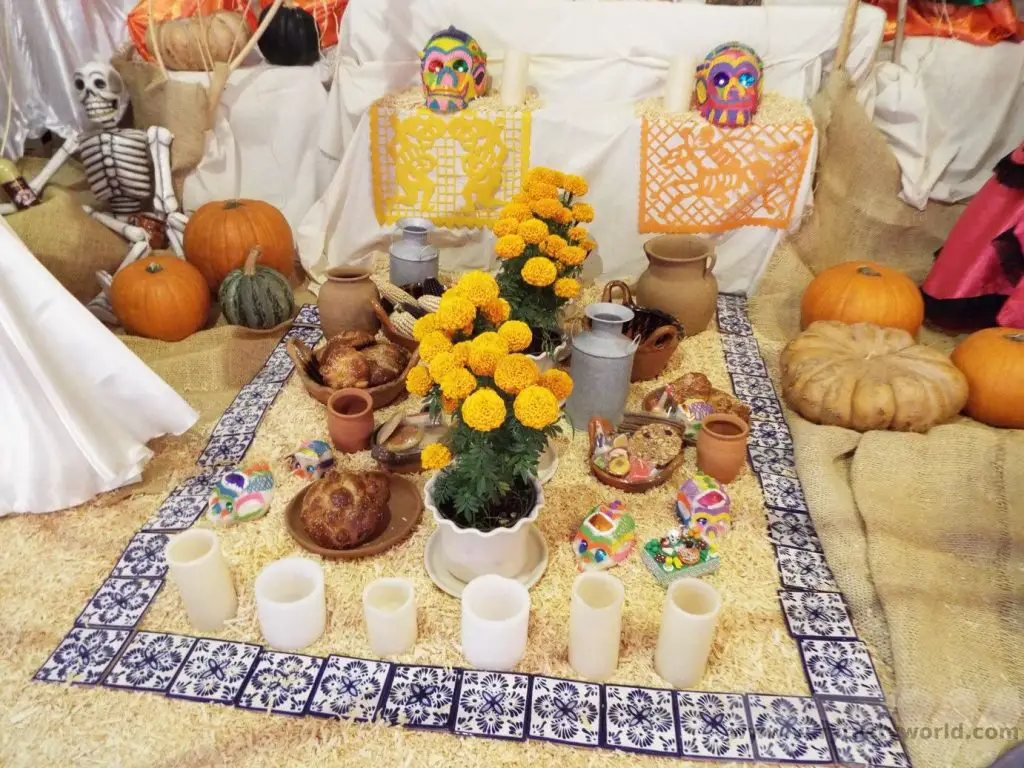
There is special Day of the Dead bread, known as Pan de Muertos. The central bread roll represents a skull and the surrounding sections of the bread symbolise the rest of the body.
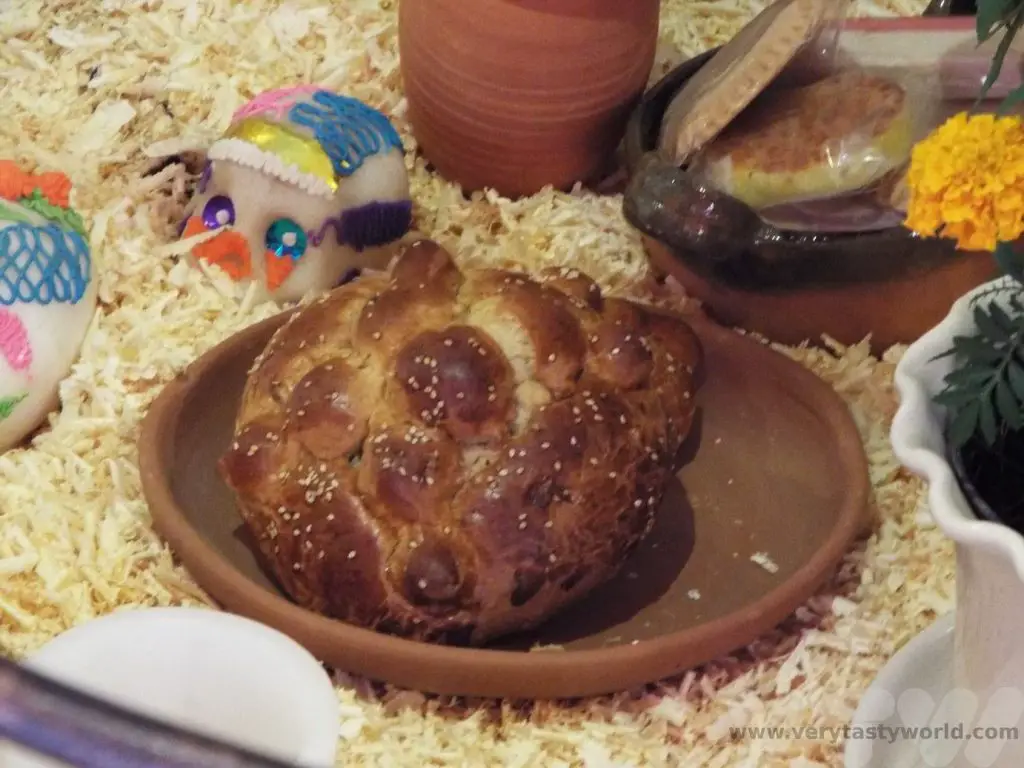
Marigolds are an essential part of the ofrenda. We saw fields of marigolds as we travelled through Mexico. The flower represents the fragility of life and its orange hue provides a colourful addition to the ofrenda.
Additionally, photos of ancestors may well be on display. And ofrenda are not restricted to humans. People also remember their pets and offerings are made for those as well.
Sugar skulls are a traditional sweet eaten during the festival. These are pure sugar but it is possible to buy chocolate ones as well. They make lovely souvenirs.
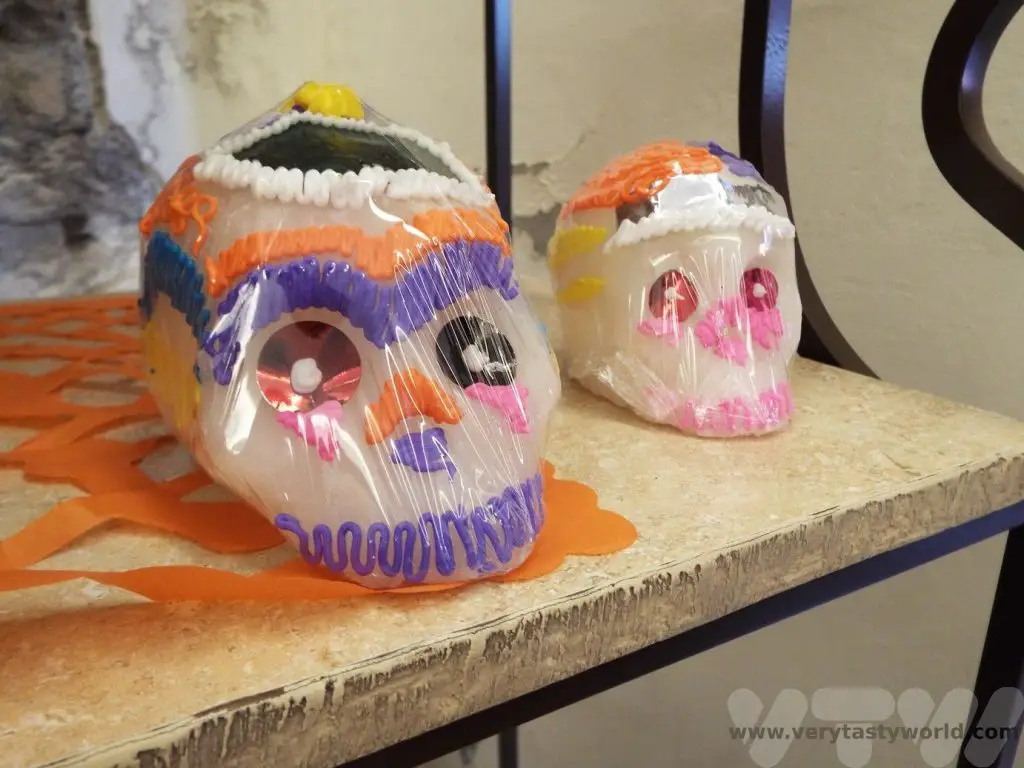
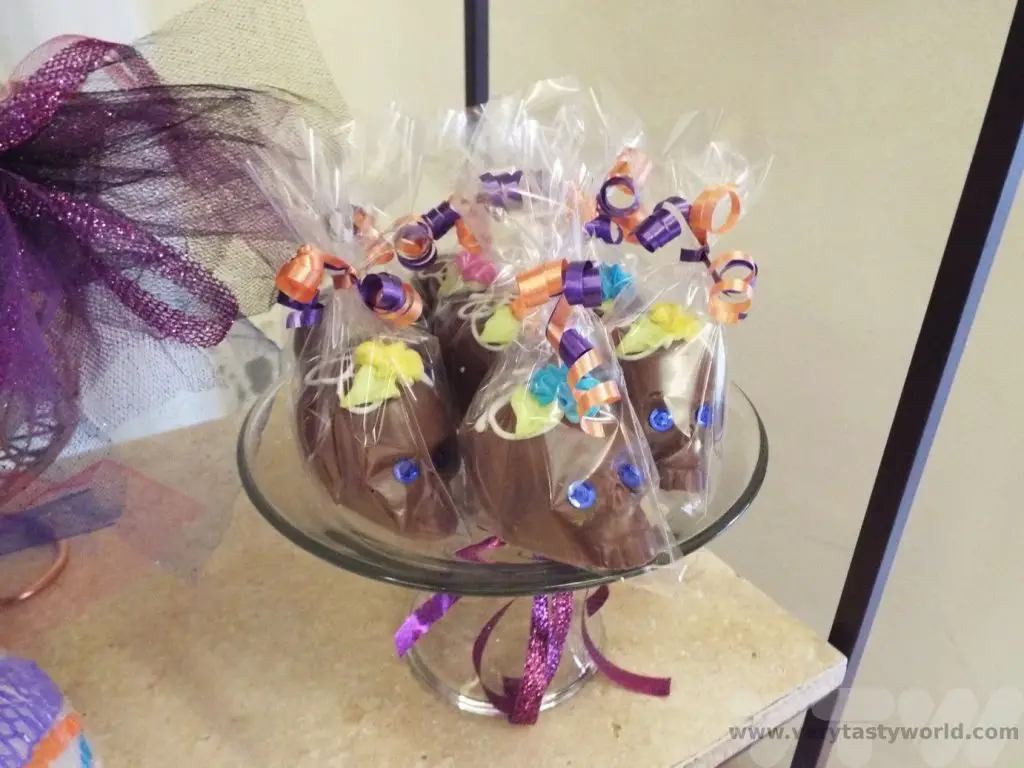
Day of the Dead in Campeche – The Celebration
Throughout our journey across Mexico in the days leading up to Day of the Dead, we would see homes and businesses preparing for the celebration. Every hotel and restaurant had decorations and ofrenda set up.
The parades in the big cities such as Merida or Oaxaca are very famous and will generally draw large crowds. We were actually delighted that we were able to join the celebrations in a smaller city. Later on, in Merida, we were able to see further ofrenda and some more celebrations but the main parade was in Campeche.
We arrived on the bus in the late morning and made our way to Calle 59 to get our bearings. This is the main street that is usually buzzing with bars and restaurants but during the afternoon we were able to see the ofrenda being set up.
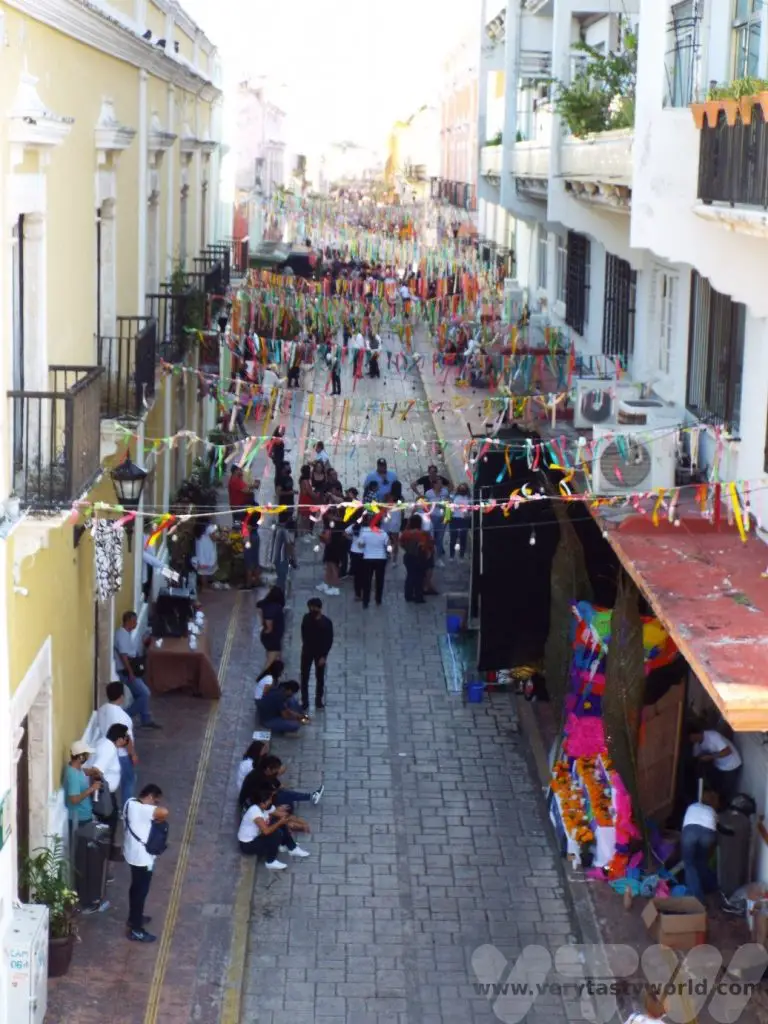
The city decorations reflected the pirate theme.
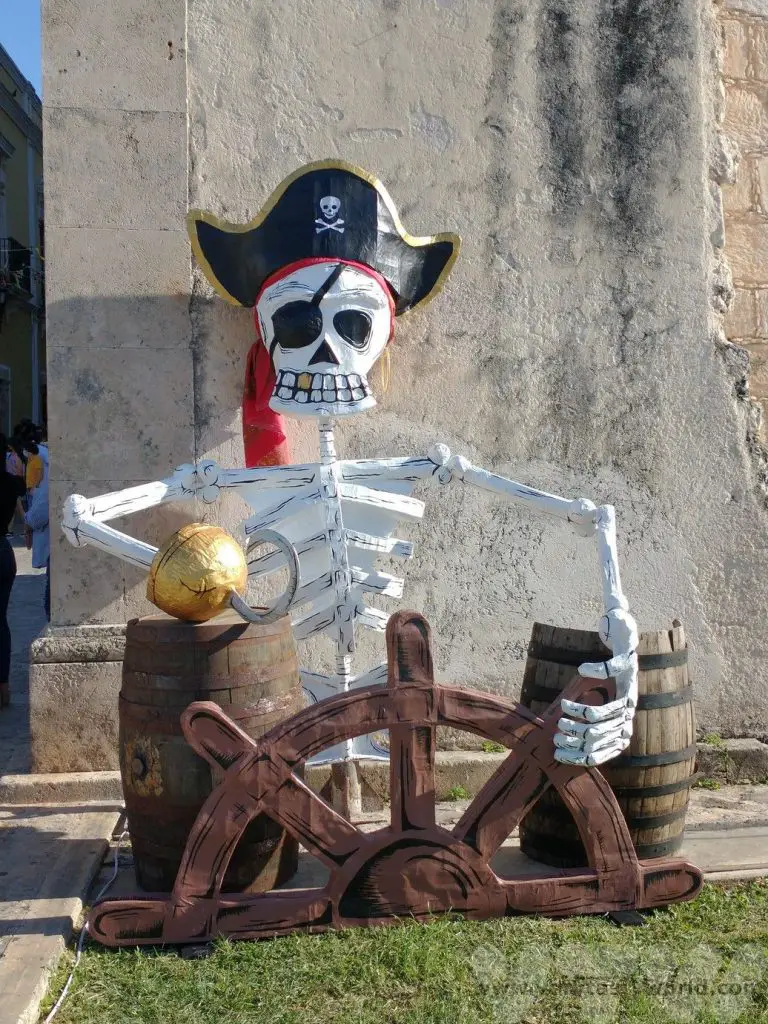
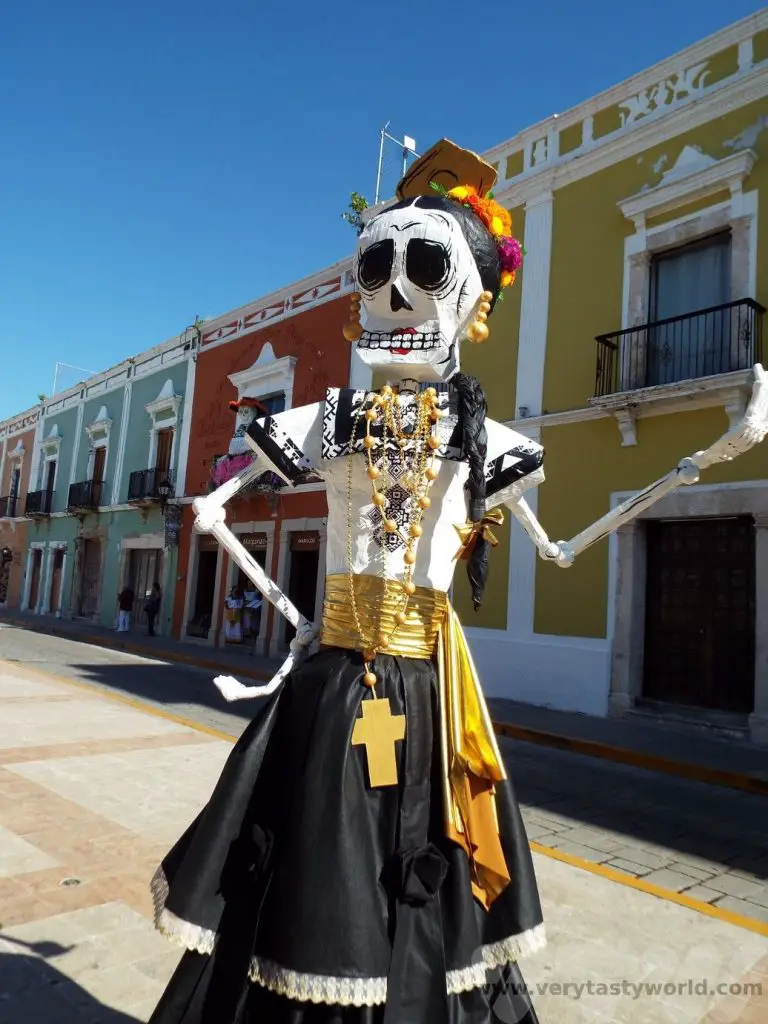
Costumes are an essential part of the celebration. Everyone was happy to pose for photos. It is also possible to get your face painted in full Day of the Dead make-up for a small fee.
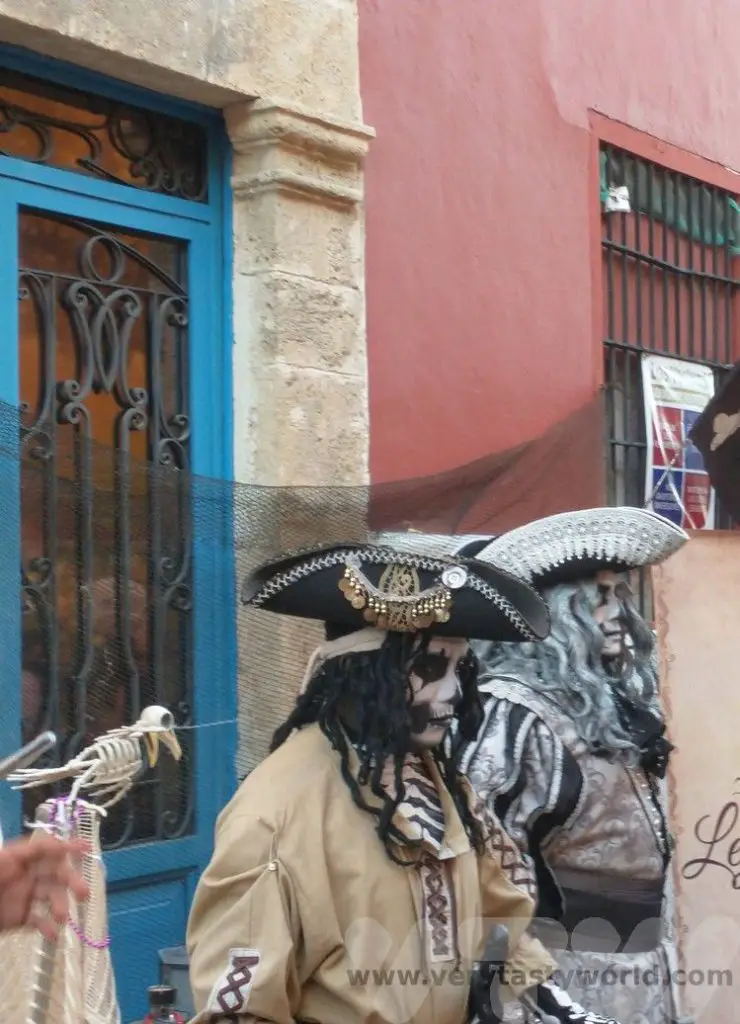
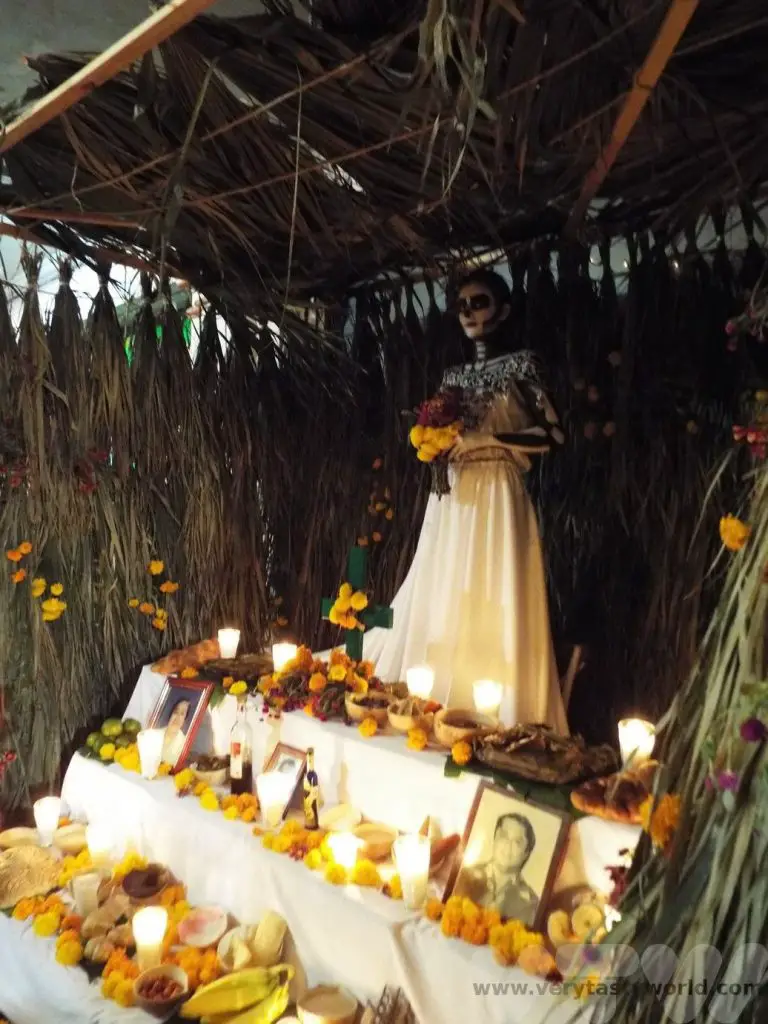
Later in the evening the party started. We enjoyed watching the local children perform a dance with great enthusiasm.
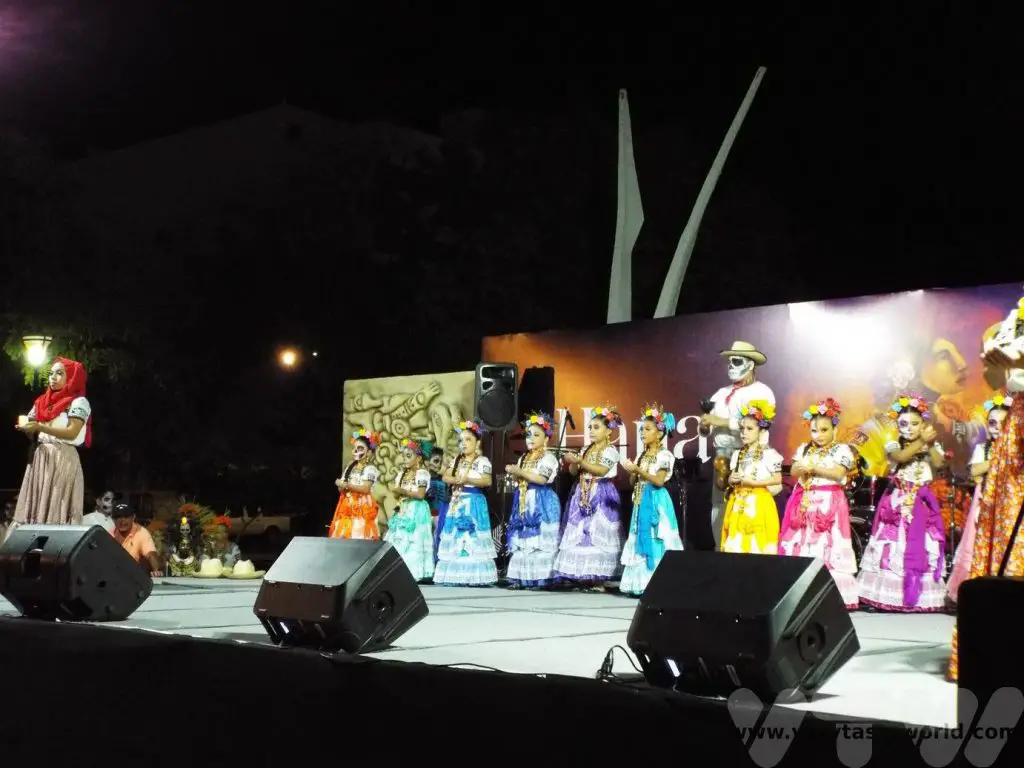
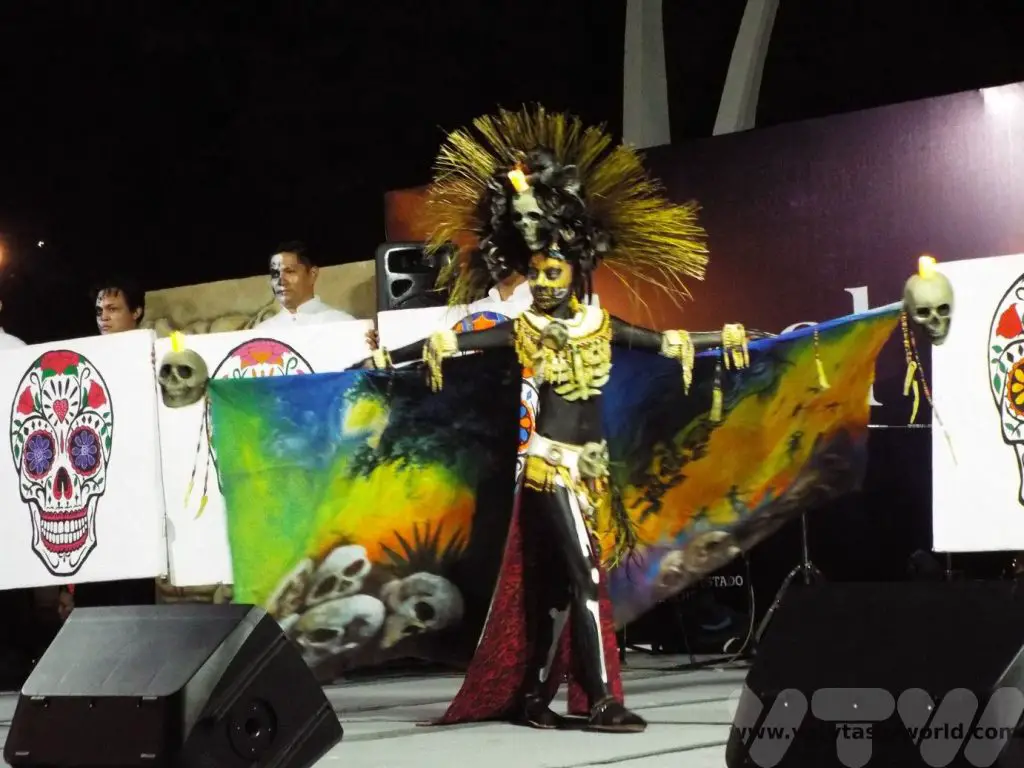
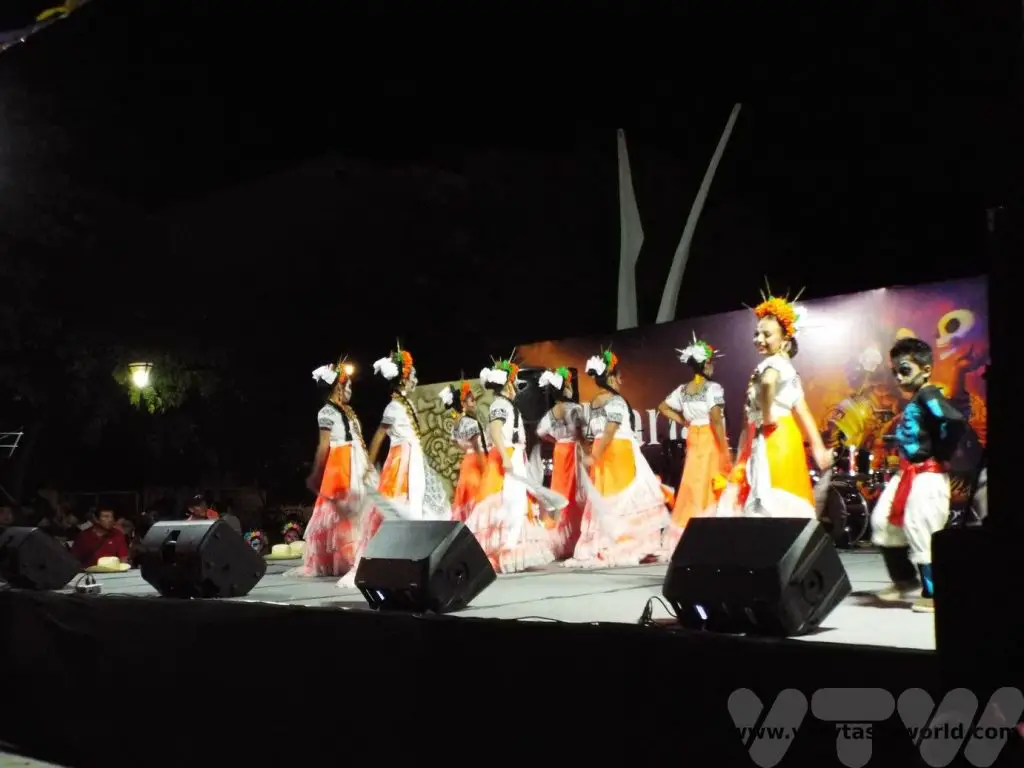
There was dancing…
…and, of course, the parade.
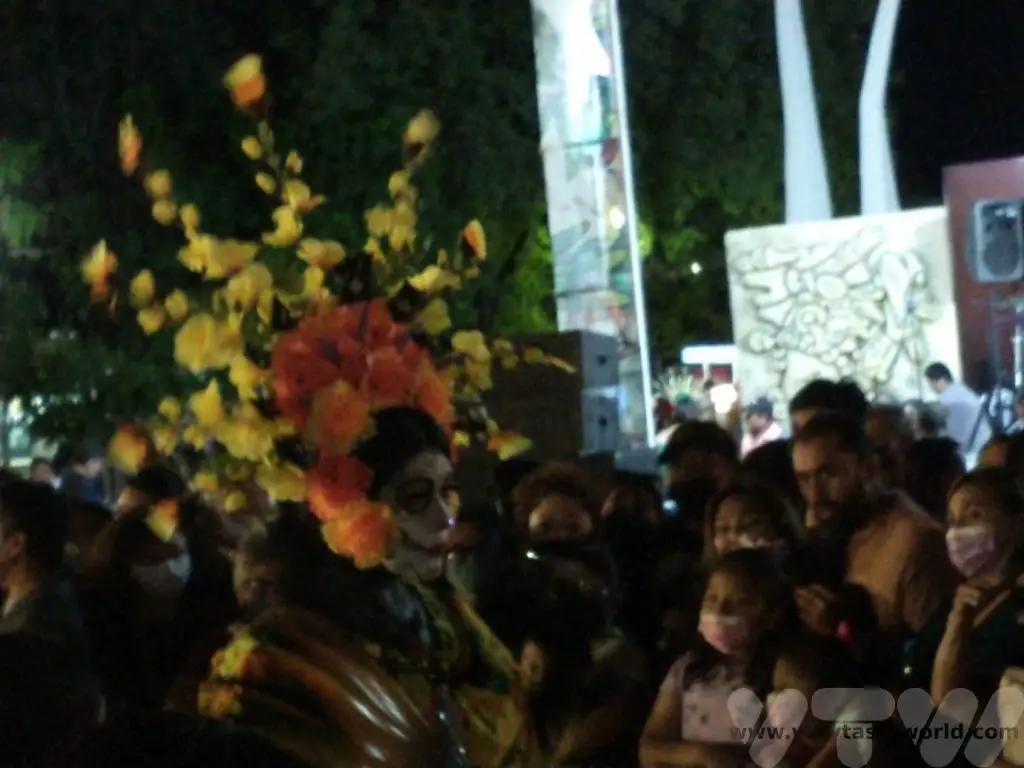
What was lovely about celebrating in Campeche was that it was a much smaller festival – it felt more intimate because it didn’t have large crowds. Above all else, it was such a happy occasion. Everyone was welcome and joining in the celebration was encouraged. We had lots of conversations with friendly locals, who were very pleased to see us.
Even the dogs took part – this little one had possibly the cutest costume ever!

Traditional Food of the Day of the Dead
Along with the food offered to ancestors at the Ofrenda, there are some dishes that are traditionally eaten during the festival.
The most important Day of the Dead food in Yucatan is mucbipollo. It is made with corn bread and shredded chicken, wrapped in a banana leaf and cooked in an underground pit known as a pib. The Mayan word ‘muk’ from mucbipollo means ‘to bury’.
It has a crispy exterior and is delicious but is quite stodgy and very filling. The best street vendors will have queues of hungry punters waiting in line to enjoy a portion.
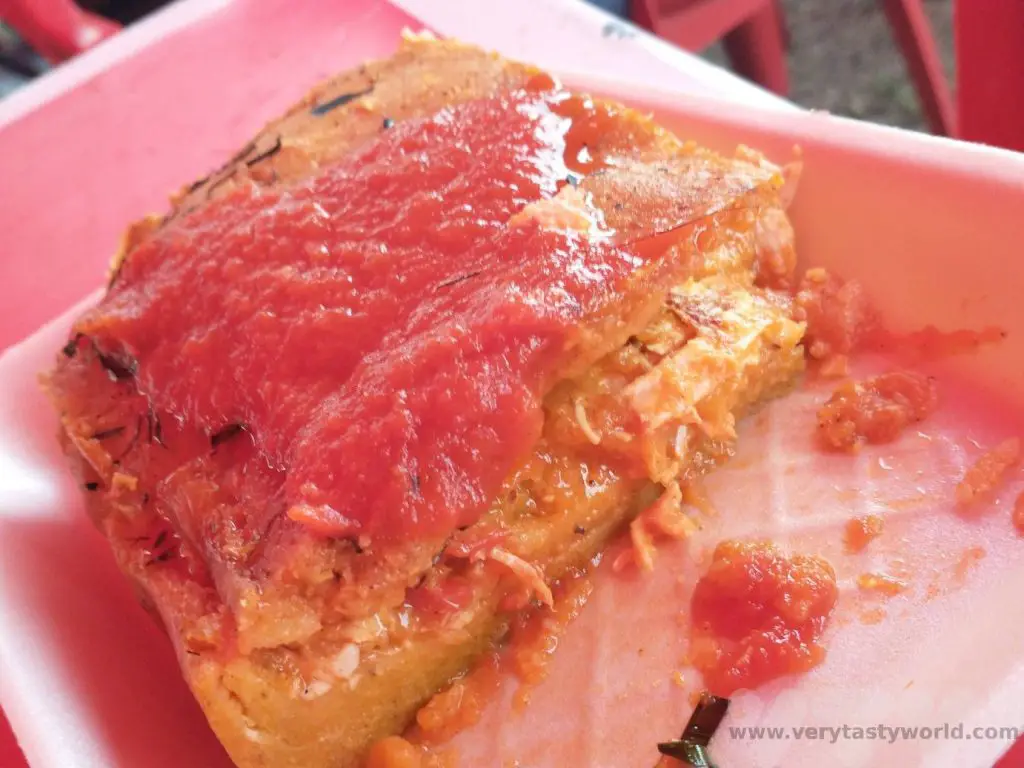
It is a great privilege to be able to join local festivals when travelling. Day of the Dead in Campeche was perfect for us as it was a much smaller, more intimate celebration than in the big cities and we were really welcomed.
And although the Day of the Dead imagery is macabre it is very much a day of joy.
Related Posts You May Enjoy

- Rivers and Rainforests – A Guyana Itinerary
- Best Time To Visit Machu Picchu 2024 Update
- A 2 Week Patagonia Itinerary
- Day of the Dead in Campeche
- A Galapagos Land Based Itinerary
- RECIPE: How to Make Costa Rica’s Gallo Pinto
- A Tasty Puebla Food Tour
- Costa Rica Wildlife Sanctuary – Caño Negro
- Visit Torres del Paine National Park in Patagonia
RECIPE: How to Make Costa Rica’s Gallo Pinto
Gallo pinto is Costa Rica’s national dish. It’s so popular it can be eaten for breakfast, lunch and dinner. It comprises rice and beans cooked together and served with a variety of accompaniments – such as sausage, vegetables and eggs.
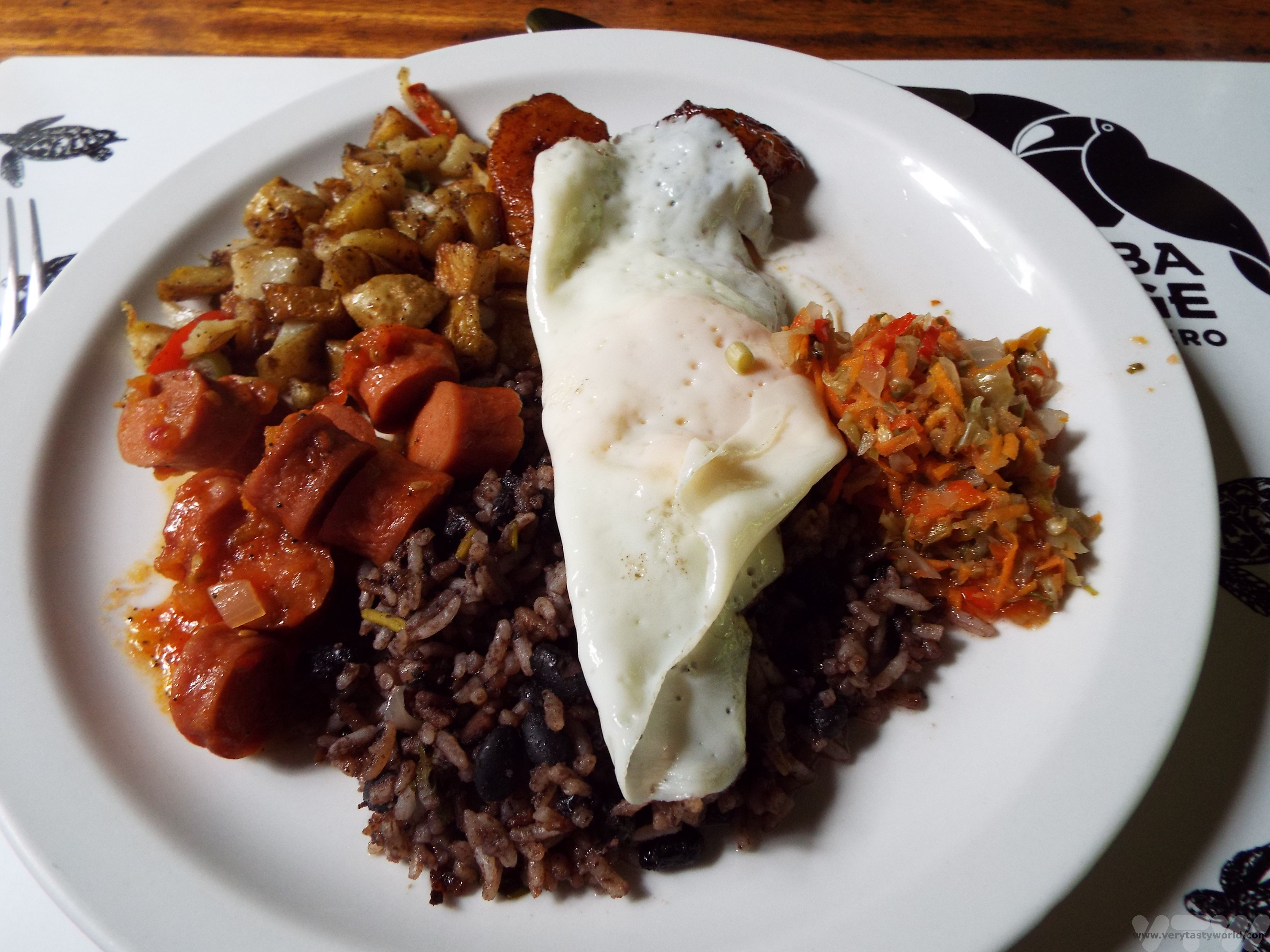
Gallo pinto can be translated as “spotted rooster” and refers to the black beans dotted through the white rice, the colours of which resemble a speckled chicken. Costa Rican food is considered to be highly nutritious and gallo pinto is no exception, but importantly, it’s also hearty, filling and delicious.
The type of rice used is traditionally white long grain. Brown rice or short grain rice is okay to use if that’s what you have. Gallo pinto is great if you cooked too much rice for dinner the night before – it’s an ideal leftovers meal.
The sauce used in this dish is called Lizano. If you ask for salsa at a restaurant in Costa Rica they will bring Lizano. It is used to accompany many dishes and we managed to bring back a couple of bottles from our trip. It is a tangy, spicy (but not searingly hot) sauce that has a lovely piquancy. It’s available in the UK but often at a massively inflated price – we’ve seen it available at an eye-wateringly expensive £30 for two bottles! No, we didn’t buy it. Instead we’ve worked out a recipe using easily available sauces/spices that replicates the flavour pretty well.
Gallo Pinto Recipe (Serves 4)
Ingredients
2 cups long grain white rice (our cups are around 150 ml)
1 tin of black beans (240g)
2 Tbs Lizano sauce (if you can’t get this you need 1 Tbs brown sauce, 2 tsp Worcestershire sauce, 1/2 tsp cayenne pepper, 1 tsp celery salt)
Clove or two of garlic (depending on how garlicky you feel), finely sliced or crushed
2 tsp cumin
1 egg per person
Lots of fresh coriander
Side Dish/Accompaniment Ingredients
Chopped vegetables – bell peppers, tomatoes, onion
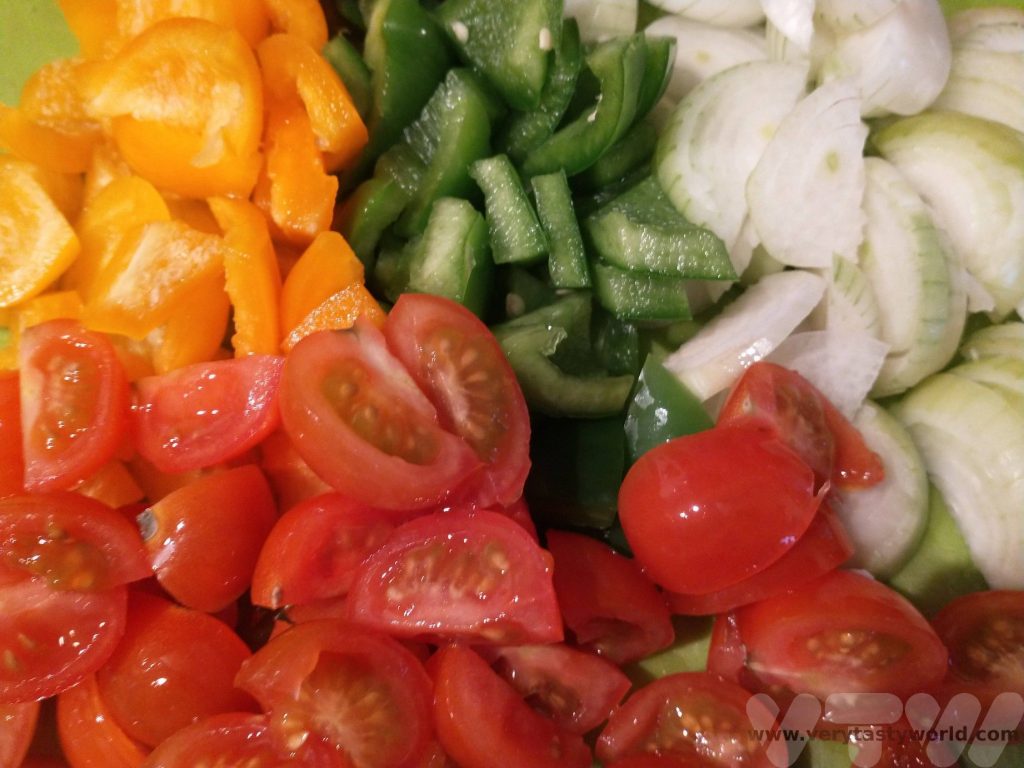
Method
Cook the rice. We use a ratio of 2 cups of water to 1 cup of rice. Our cups are around 150ml in size. Gallo pinto uses long grain rice.
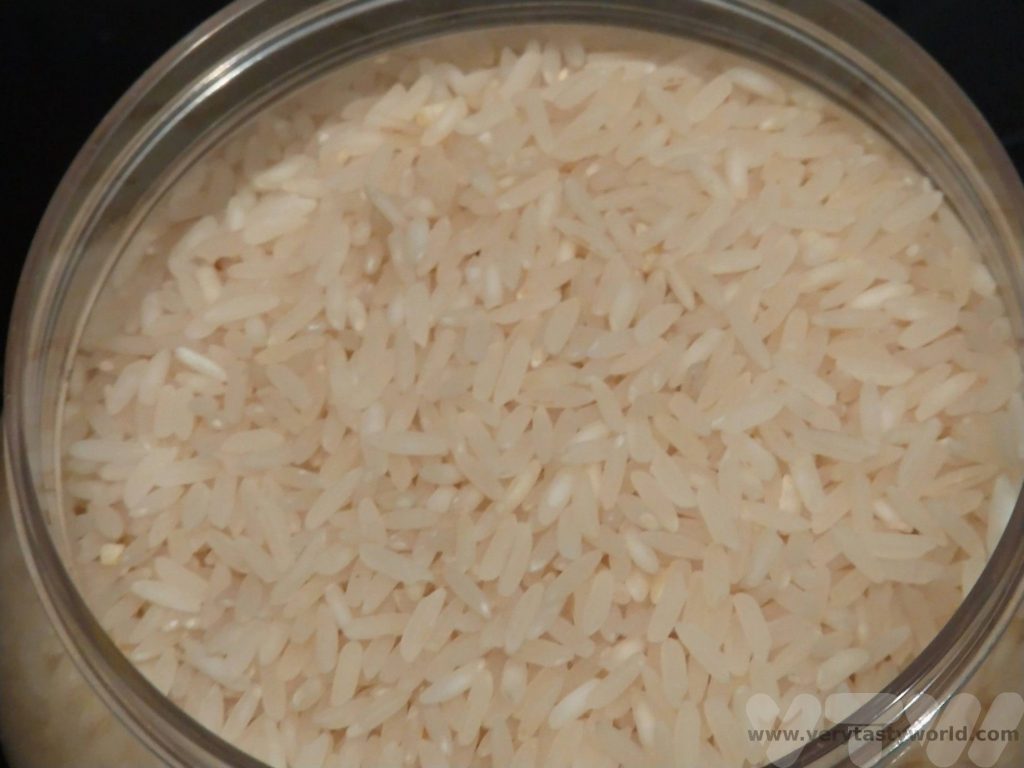
We use a rice cooker which is absolutely brilliant for cooking rice (as well as other things) as we can just bung the rice and water in and set it off. If you don’t have a rice cooker a saucepan is fine – use the same ratio of rice to water. When the rice has absorbed all the water it should be done. It’s absolutely fine to cook the rice well in advance and let it cool, in fact, it’s probably better not to put hot rice into the gallo pinto. Sometimes if we’re having a meal with rice the day before, we’ll make extra rice and let it cool down so that we can have gallo pinto the next day.
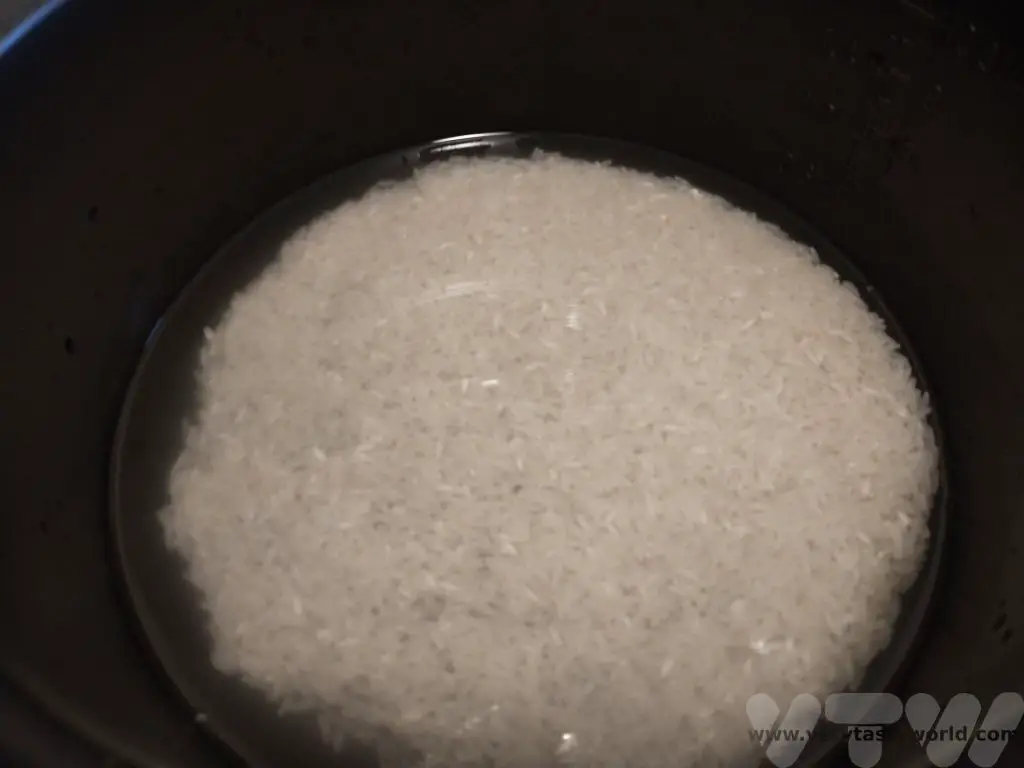
When ready to make the gallo pinto, gently fry the garlic in oil and add the cumin. Then add the rice and stir through.
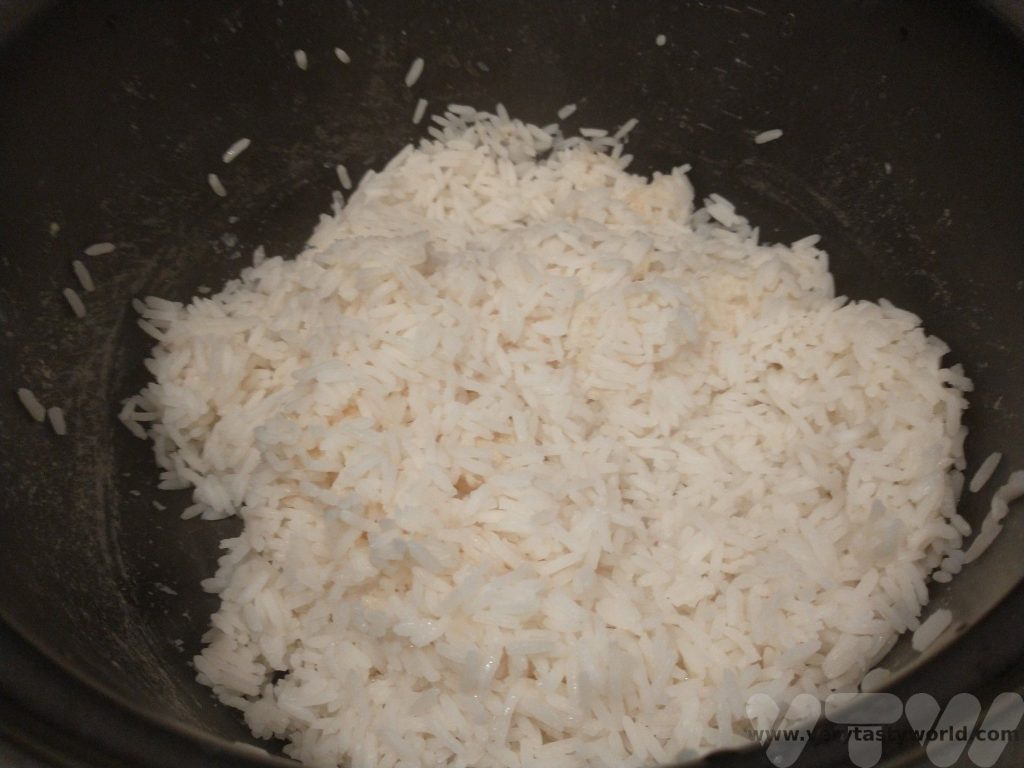
Open the tin of black beans and add the entire contents – including the water.
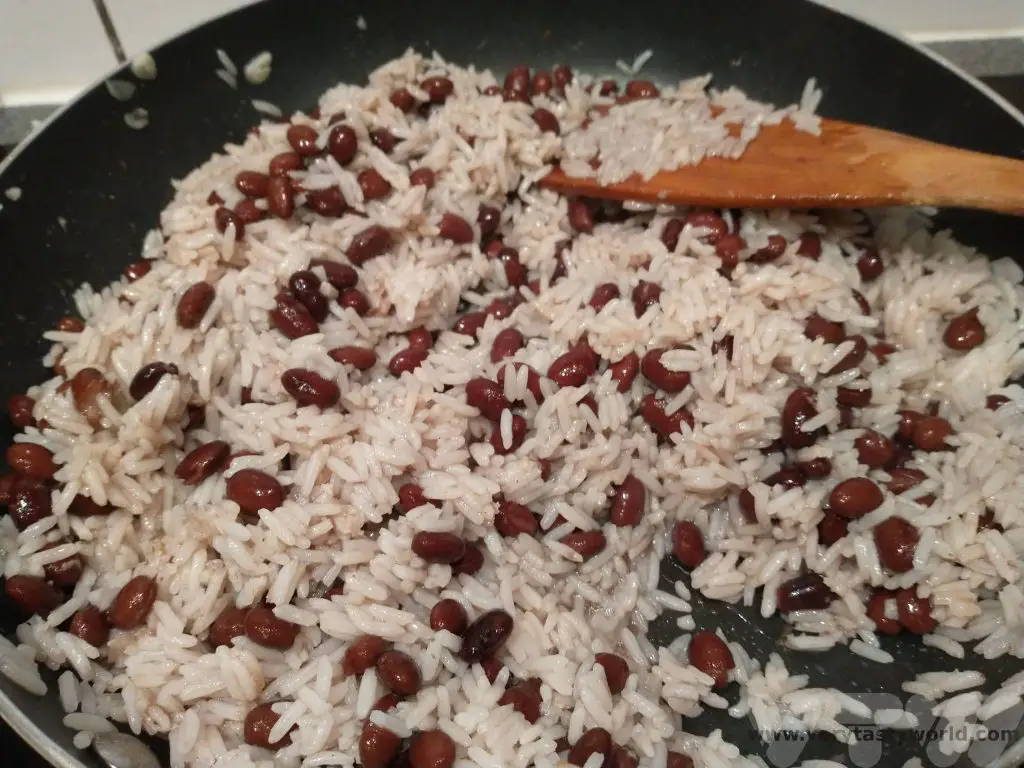
Add 2 Tbs of Lizano sauce.
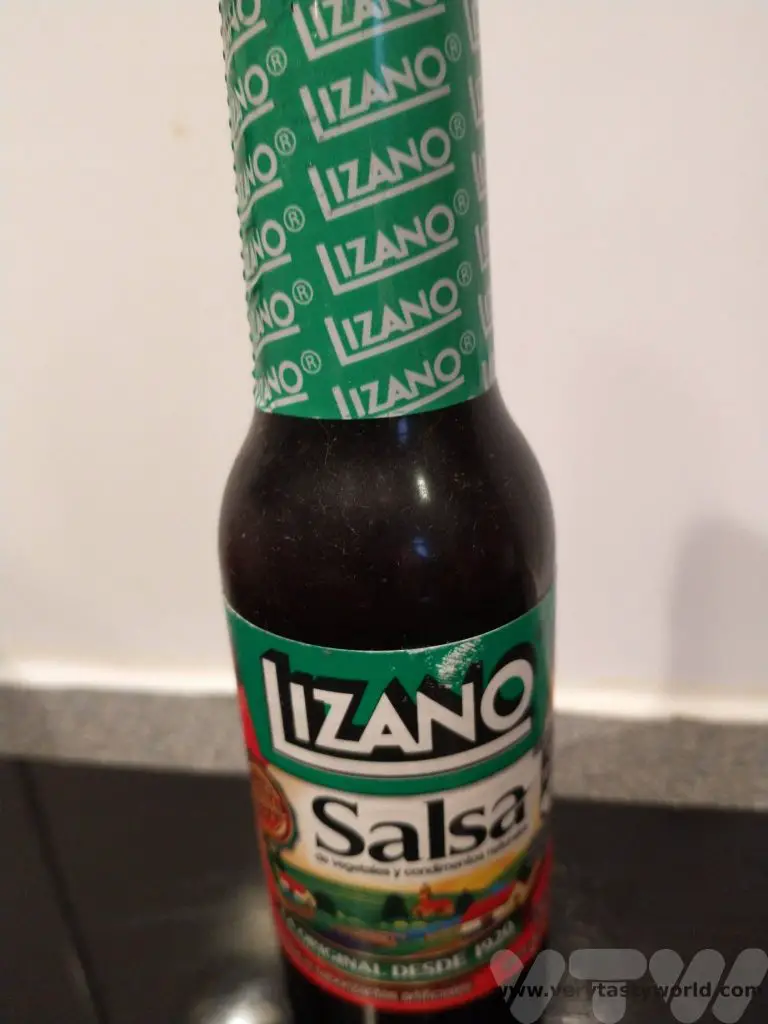
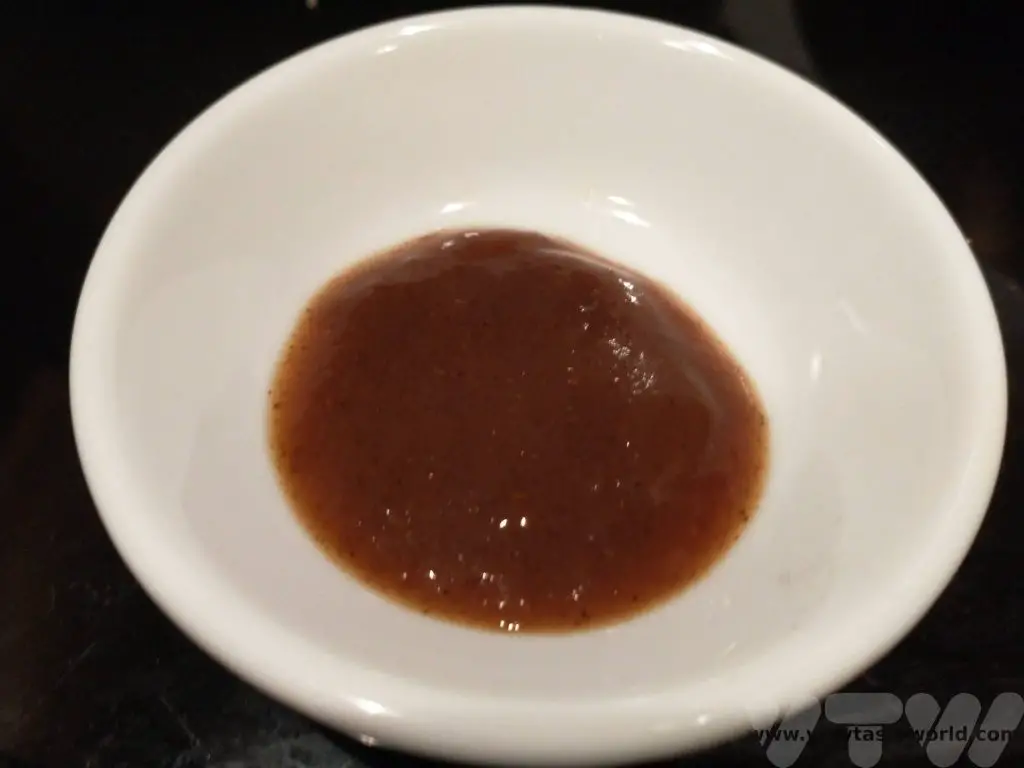
If you can’t get Lizano you can make a reasonable approximation by mixing brown sauce and Worcestershire sauce with spices: 1 Tbs brown sauce, 2 tsp Worcestershire sauce, 1/2 tsp cayenne pepper, 1 tsp celery salt.
Mix it all together gently.
Let the gallo pinto keep warm on a low heat while you fry an egg for each person.

Garnish with chopped coriander.
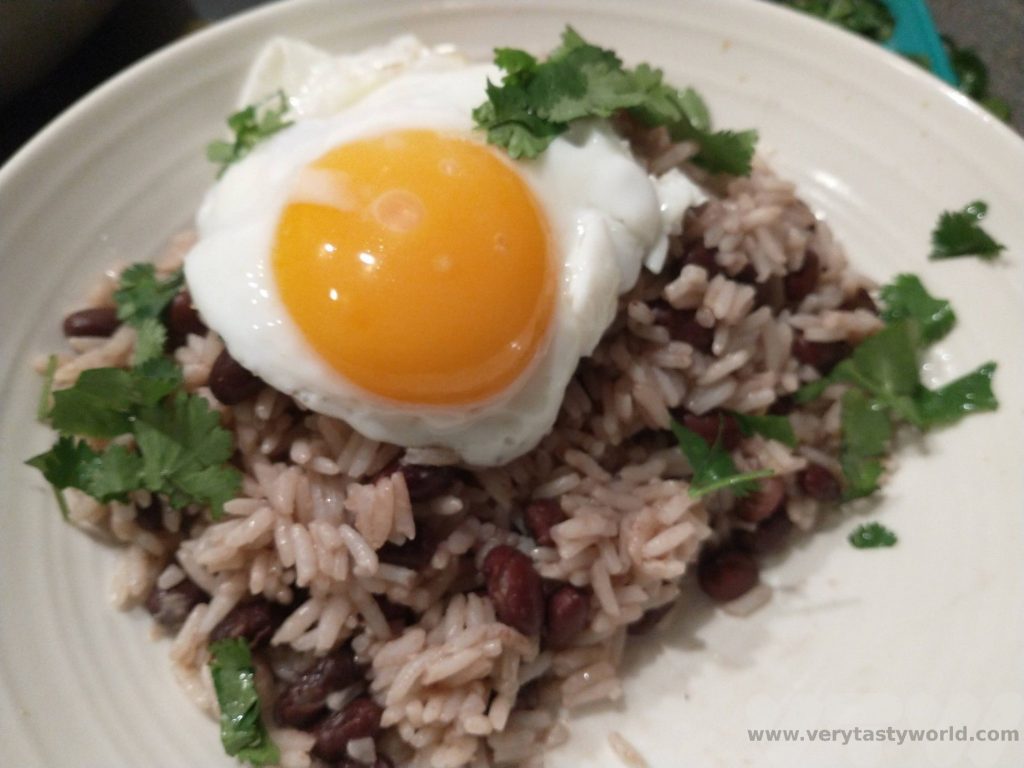
For a more complete meal, stir fry some vegetables and serve alongside the gallo pinto.
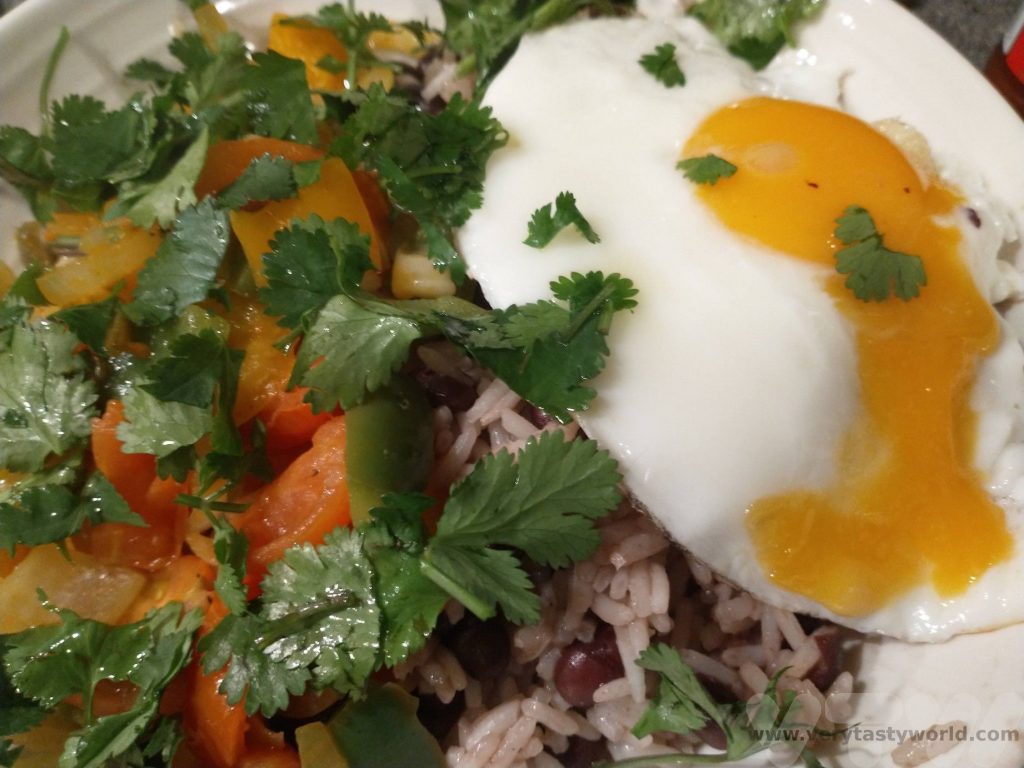
Alternative – at the garlic frying step, add chopped vegetables such as onion or bell pepper and stir into the gallo pinto itself.
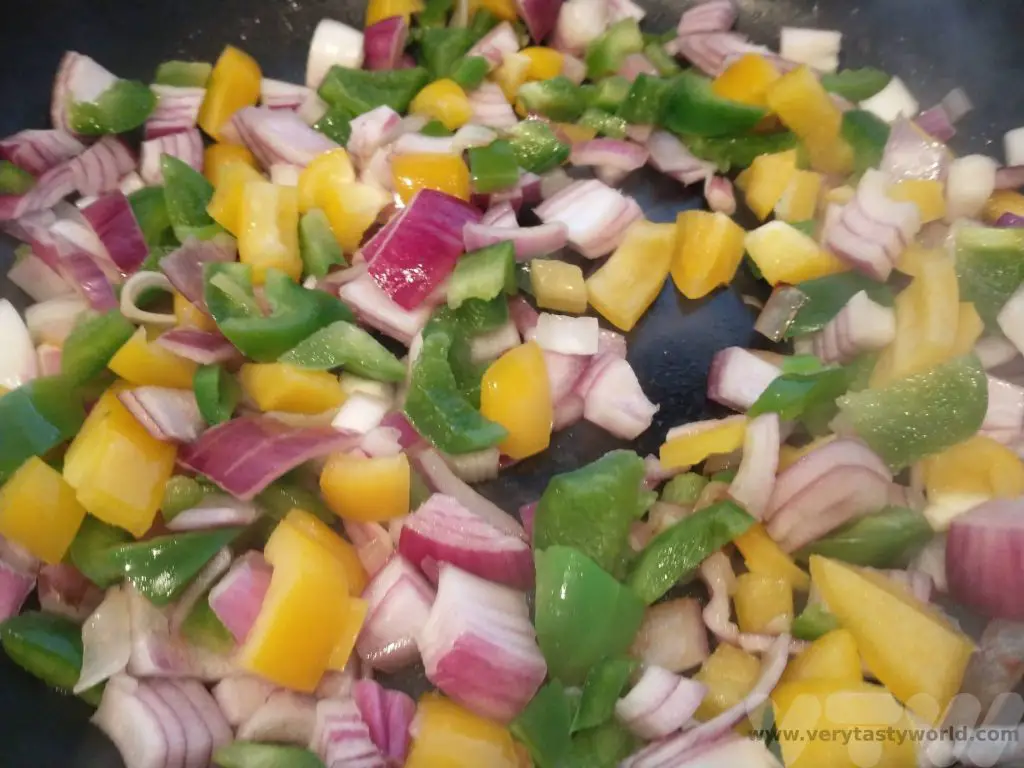
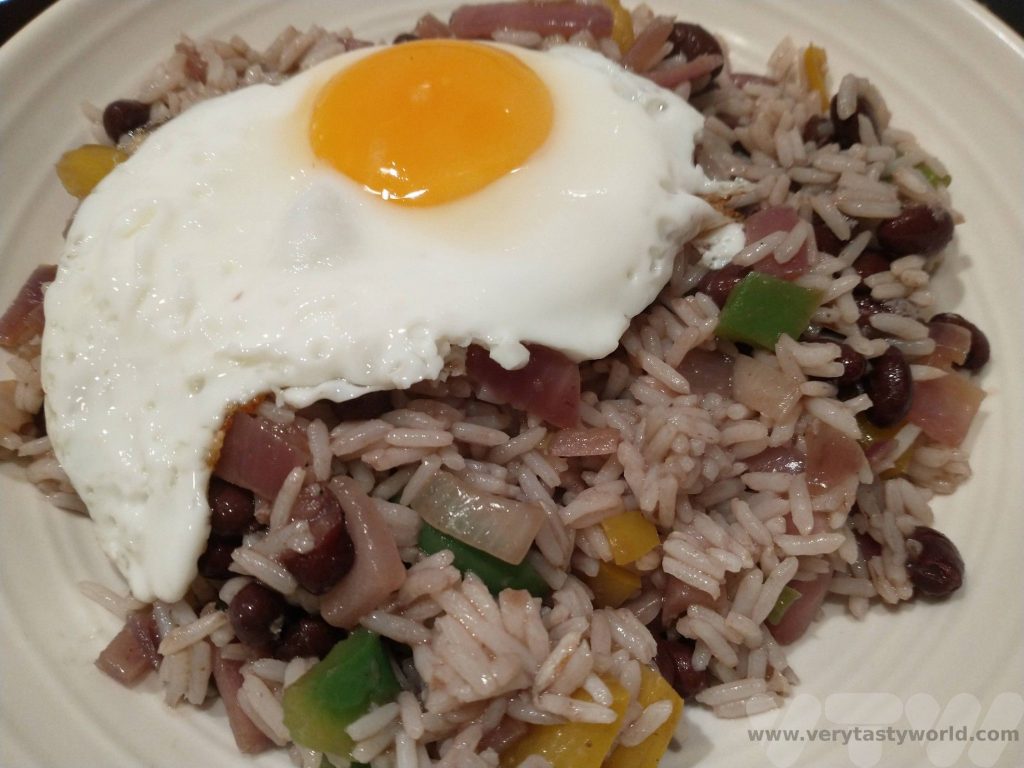
Gallo pinto can be eaten as a meal in itself but can also accompany other dishes. We enjoyed it with steaks, sausages and fried plantain amongst many other delicious ingredients.
Related Posts You May Enjoy

- Rivers and Rainforests – A Guyana Itinerary
- Best Time To Visit Machu Picchu 2024 Update
- A 2 Week Patagonia Itinerary
- Day of the Dead in Campeche
- A Galapagos Land Based Itinerary
- RECIPE: How to Make Costa Rica’s Gallo Pinto
- A Tasty Puebla Food Tour
- Costa Rica Wildlife Sanctuary – Caño Negro
- Visit Torres del Paine National Park in Patagonia

- RECIPE: How To Make Elderflower Champagne
- RECIPE Oyakodon Donburi
- Zero Waste Recipes Before Your Holiday
- RECIPE: Vegetable Biryani Tamil Nadu Style
- RECIPE: Vegan Wild Garlic Pesto
- Recipe: Venetian Pasta Sauce
- RECIPE: Biryani Raita Recipe
- RECIPE: How to Make Costa Rica’s Gallo Pinto
- Recipe: Japanese Simmered Pork Belly – Buta no Kakuni
A Tasty Puebla Food Tour
Puebla is just a couple of hours away from Mexico City and is a complete contrast to that glorious, sprawling metropolis. It is a delightful city to visit and the historic centre is a UNESCO world heritage site. It is also a city of great deliciousness – the Puebla food scene is astonishingly diverse and exciting. After all, this is the city that claims to have invented mole poblano!
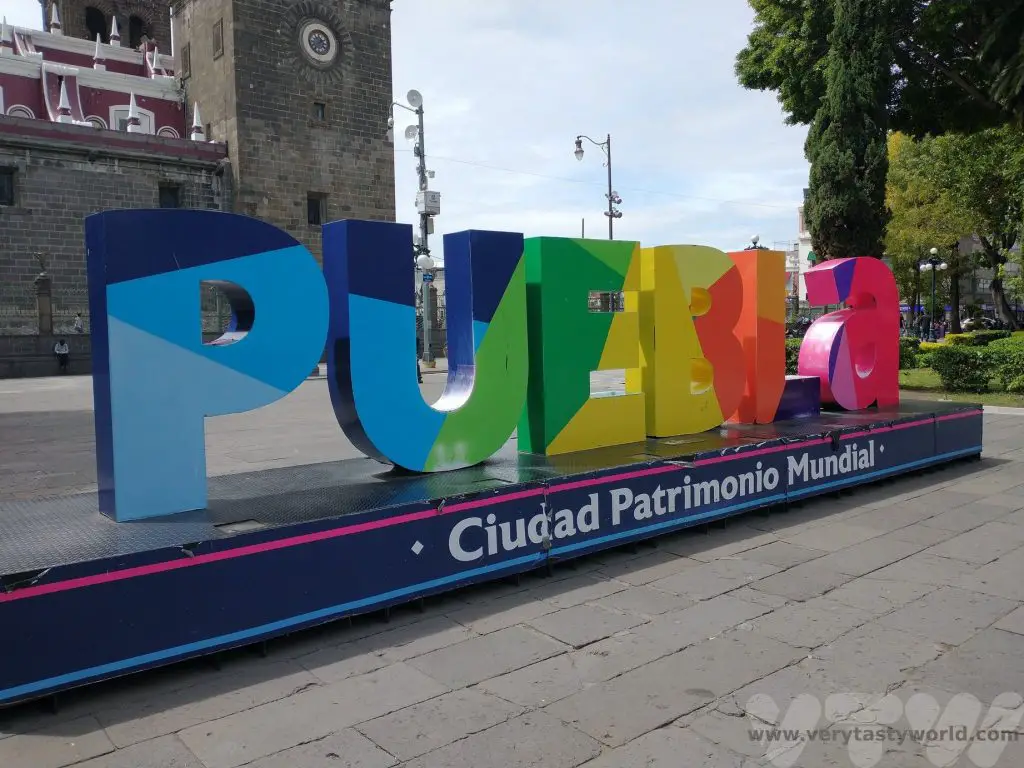
Getting to Puebla
We were travelling through Mexico on buses, which was a lovely way to see the countryside. The buses are largely comfortable and on time but journey times can be long. The bus stations are usually located on the edge of town, so we tended to use taxis to get to and from our hotels. Most of the taxi drivers were excellent and, even though the journeys were unmetered, the costs were pretty cheap – usually lower than $10. There was only one place where we got shafted by a taxi driver and that was in Merida (which is a lot more touristy) who overcharged us for a very short journey so it’s advisable to agree on a price in advance – and to be able to count in Spanish! When we arrived in Puebla we discovered a taxi rank where we could pre-pay our fare which made everything much easier.
The journey from Mexico City to Puebla took two hours. If travelling from Oaxaca, the travelling time is around five hours.
We were staying at the Colonial Hotel in Puebla, just a block away from the Zocalo main square. It’s a former Jesuit monastery, dating from the 17th century. We had an enormous room with the highest ceiling we had ever seen. Also, they provided a ginormous water dispenser in the room (you can’t drink the tap water in Mexico) and this was very useful.
Places to Visit in Puebla
On arrival we went straight to the zocalo, which is a lovely space filled with trees, sculptures and benches. We always find it useful to head for the tourist information office when we arrive at a new city, and Puebla’s is located on the northeast corner of this square, on the side opposite the cathedral. It was great chatting with the friendly staff who offered us a map of the area and list of attractions to visit, as well as some foodie recommendations.
Puebla was founded by the Spanish who had set up a trade route between Veracruz on the coast and Mexico City. The area was originally forested and hadn’t been populated by indigenous peoples, it was located between the settlements of Tlaxcala and Cholula. The soil is volcanic and as a result, the land is fertile and ideal for growing crops. The Spanish brought crops such as wheat with them and the food is therefore a fusion of local ingredients with European.
Puebla is a city filled with churches. It feels as though there is one on every street. It’s perfectly okay to wander inside although it’s advisable not to look around if a service is ongoing. There are two churches that are absolute must-sees.
Puebla Cathedral
Located on the south side of the zocalo, the Basilica Cathedral of Puebla, also known as the Cathedral of Our Lady of the Immaculate Conception, was one of the first cathedrals to be built in Mexico. It was consecrated in 1649. It is a huge cathedral.
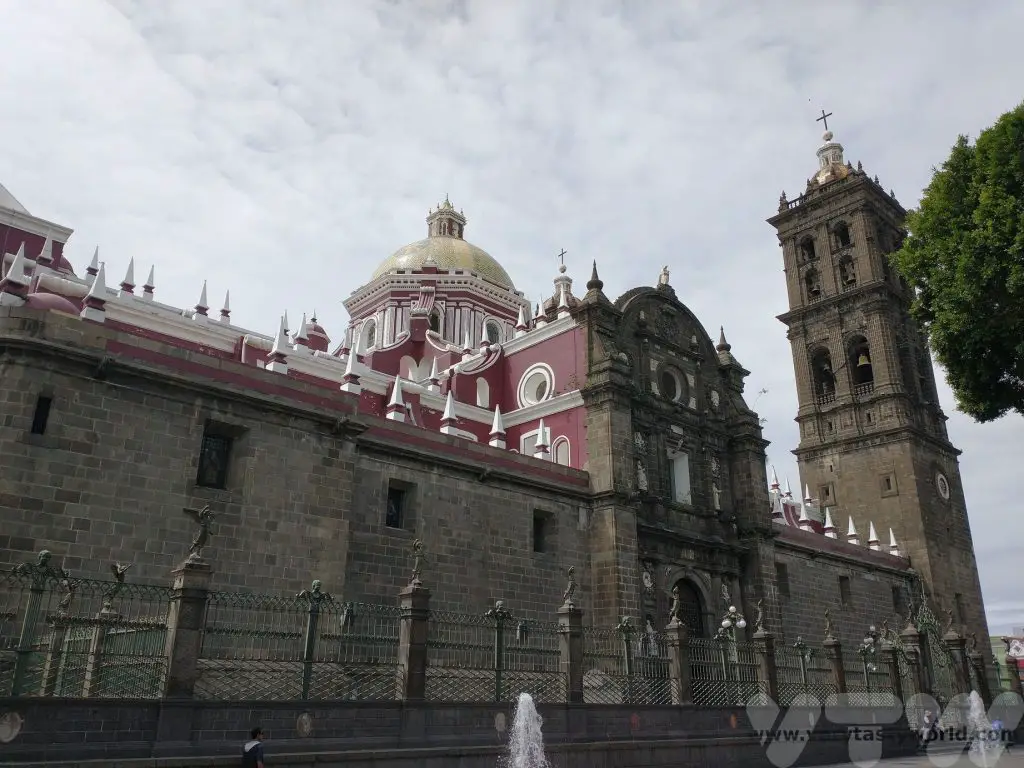
Like many large churches in Mexico, it has multiple domes and altars. The high altar is particularly ornate.
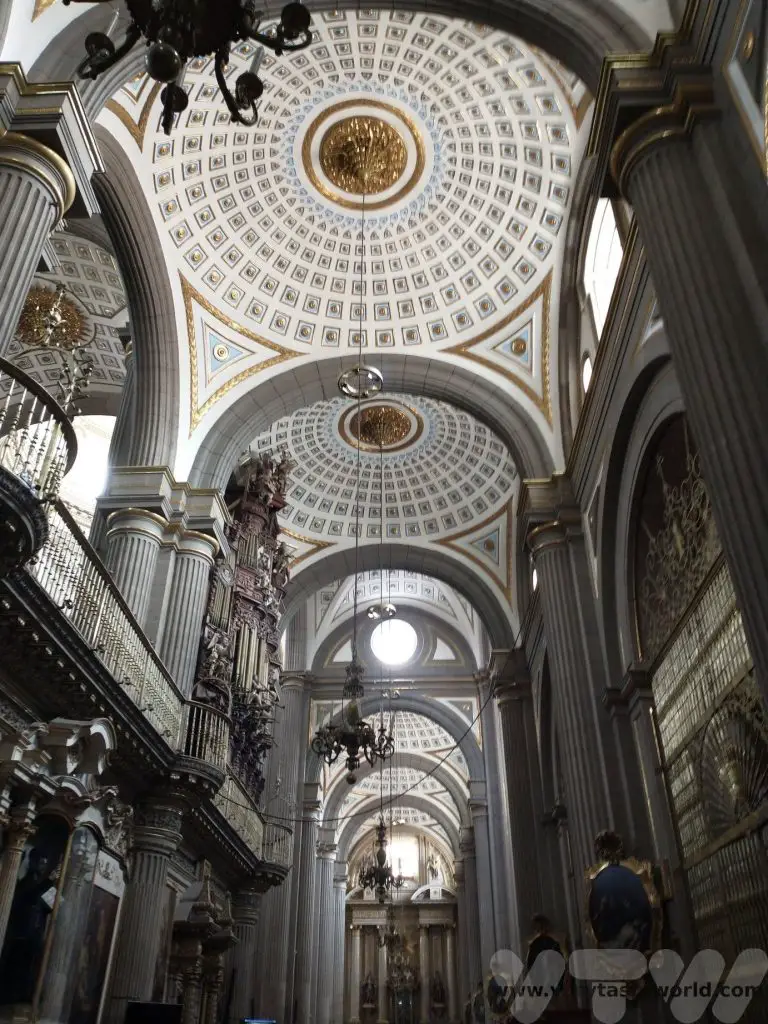
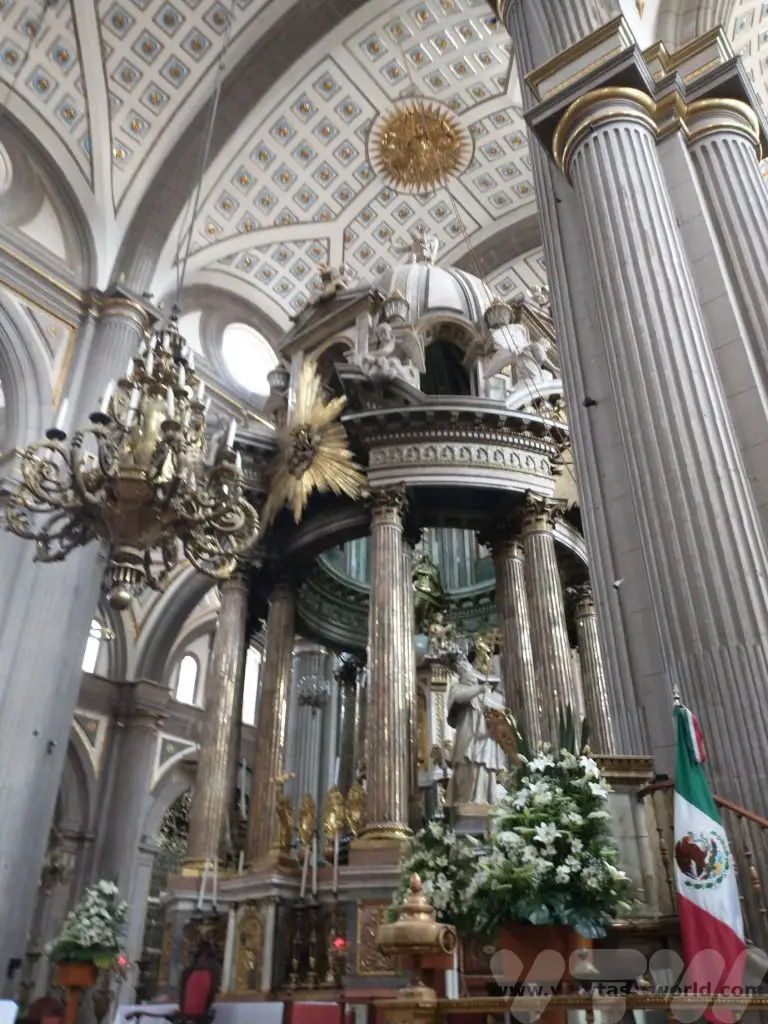
Church of Santo Domingo
The Church of Santo Domingo is remarkable for its chapel dedicated to Our Lady of the Rosary. It is a classic example of new Spanish baroque architecture and in its time was considered to be the 8th wonder of the world. It was conceived in 1650 and completed in 1690.
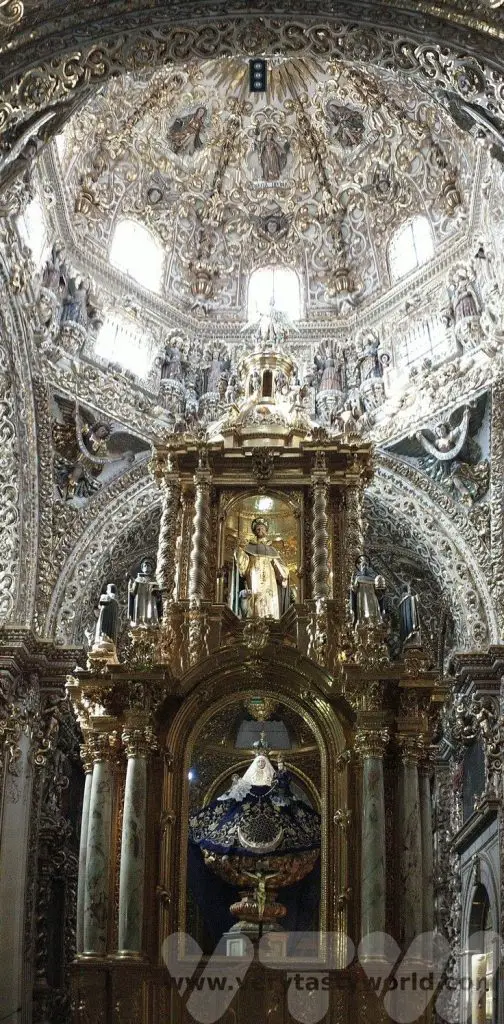
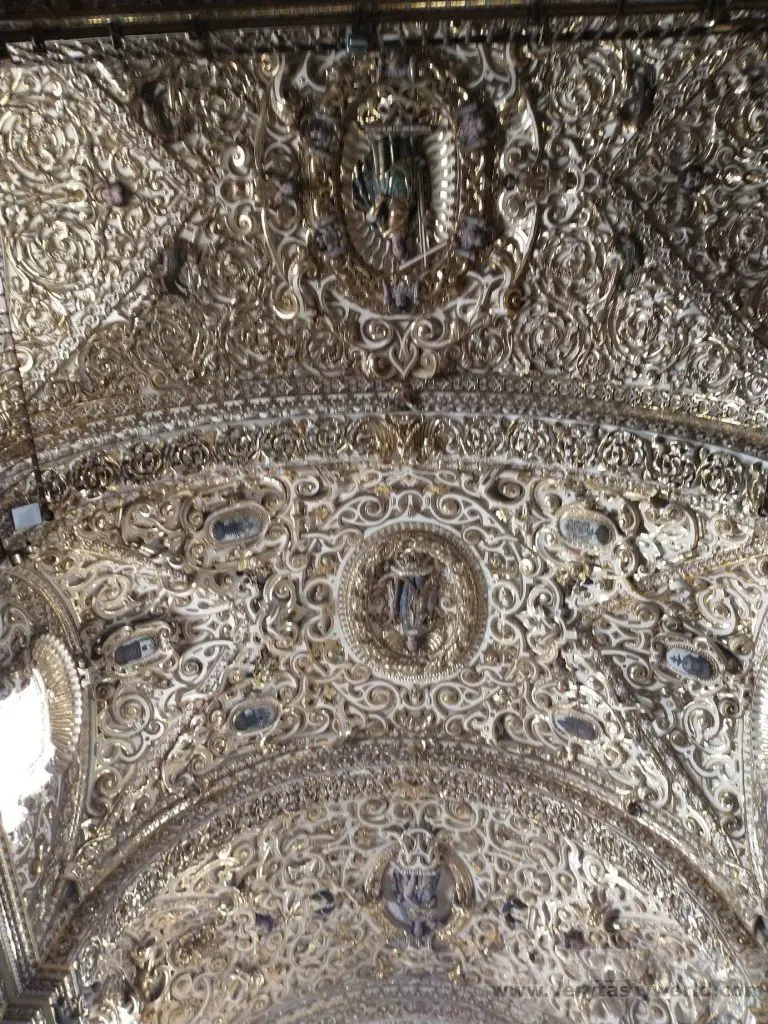
The chapel is decorated with gilded plasterwork, the highly decorative and intricate designs are coated in 24-carat gold leaf.
Biblioteca Palafoxiana
The Biblioteca Palafoxiana is the first and oldest library in the Americas and is another UNESCO site. Chock full of some 45,000 books dating from the 15th century onwards and categorised according to the subject, you can wander through the library and view the shelves as well as some books on display in glass cabinets. It has a wonderful smell – just breathe in deeply to inhale the scent of centuries-old literature!
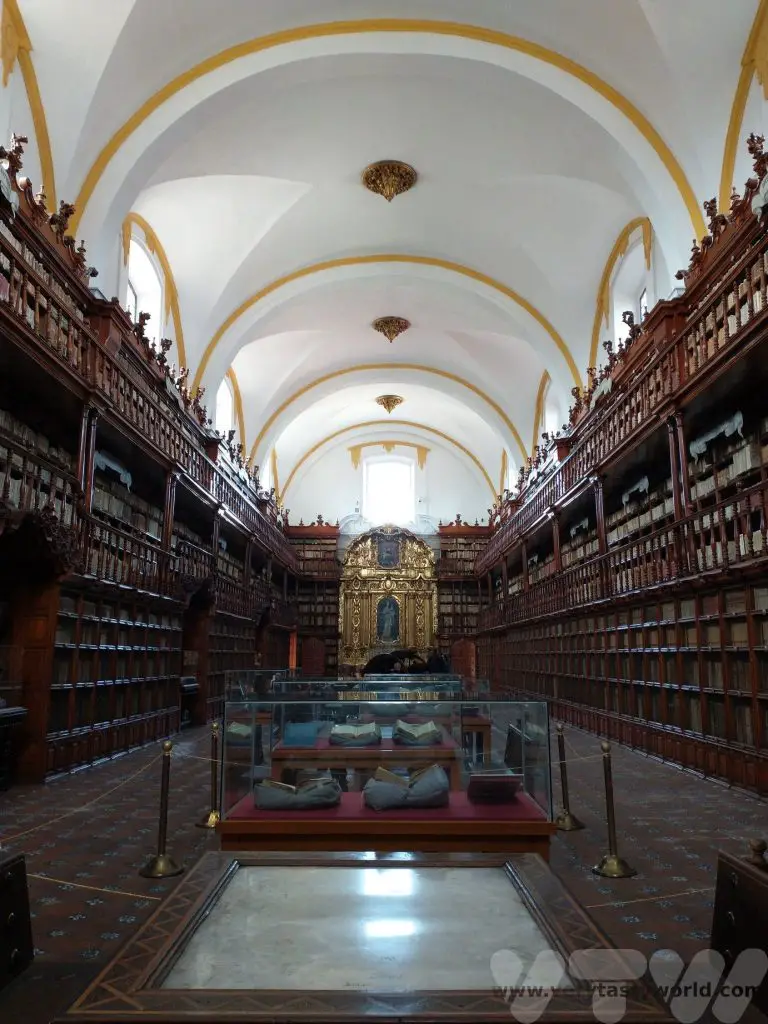
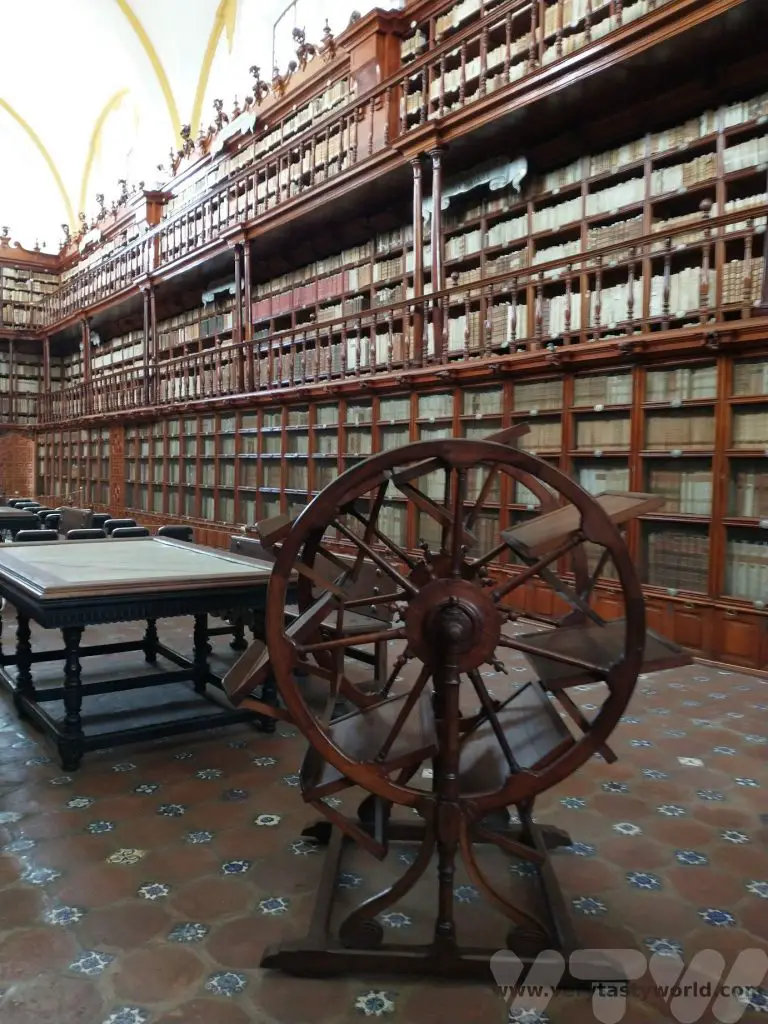
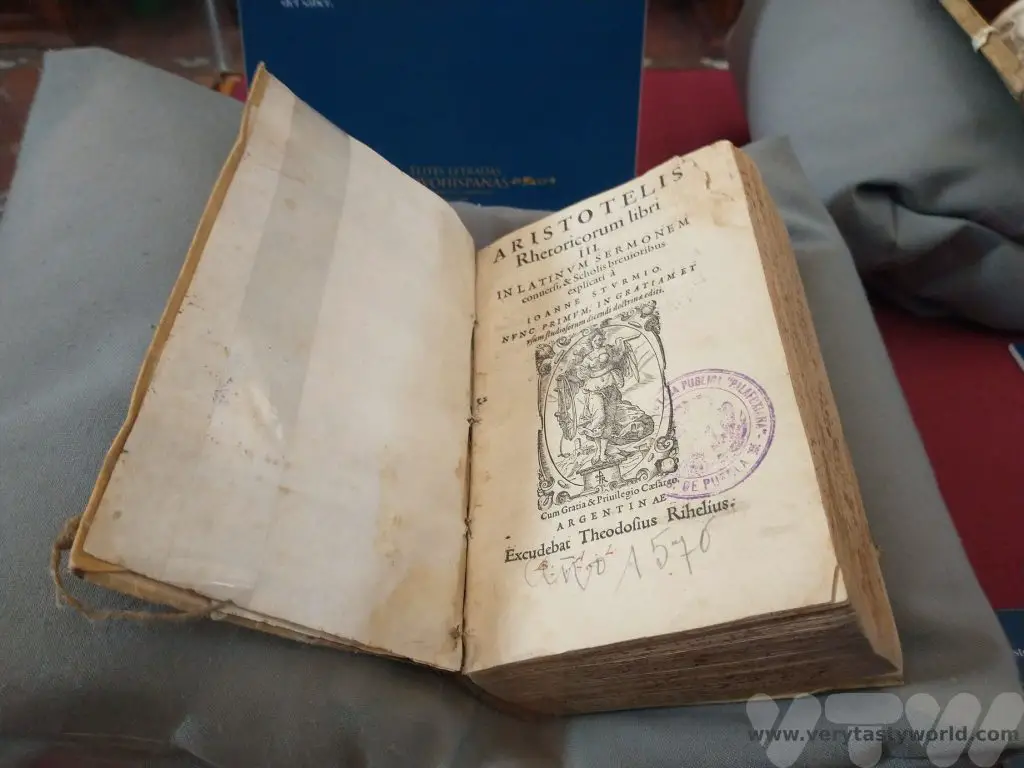
Museo Amparo
This free museum and art gallery is a joy to visit and highly recommended. Set in two colonial-era buildings across multiple levels it has several permanent and temporary exhibitions.
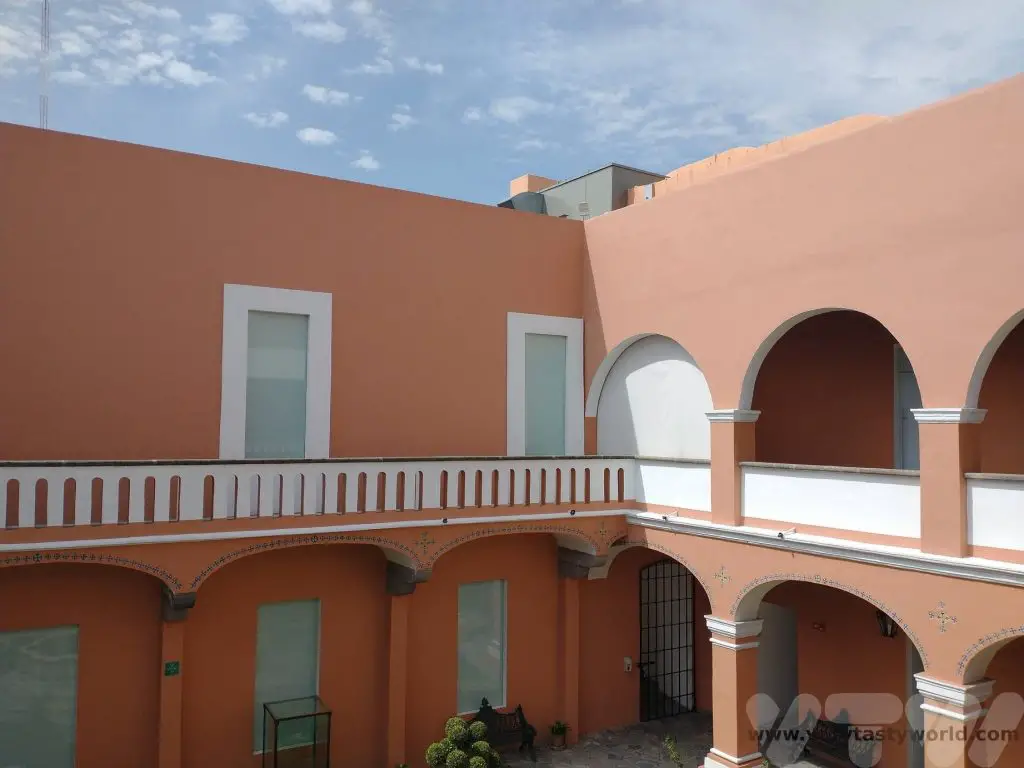
The ground floor is dedicated to the pre-Hispanic history of the region and sets it in the context of world history. It has a huge number of fascinating artefacts with pieces dating from as early as 2500 BCE.
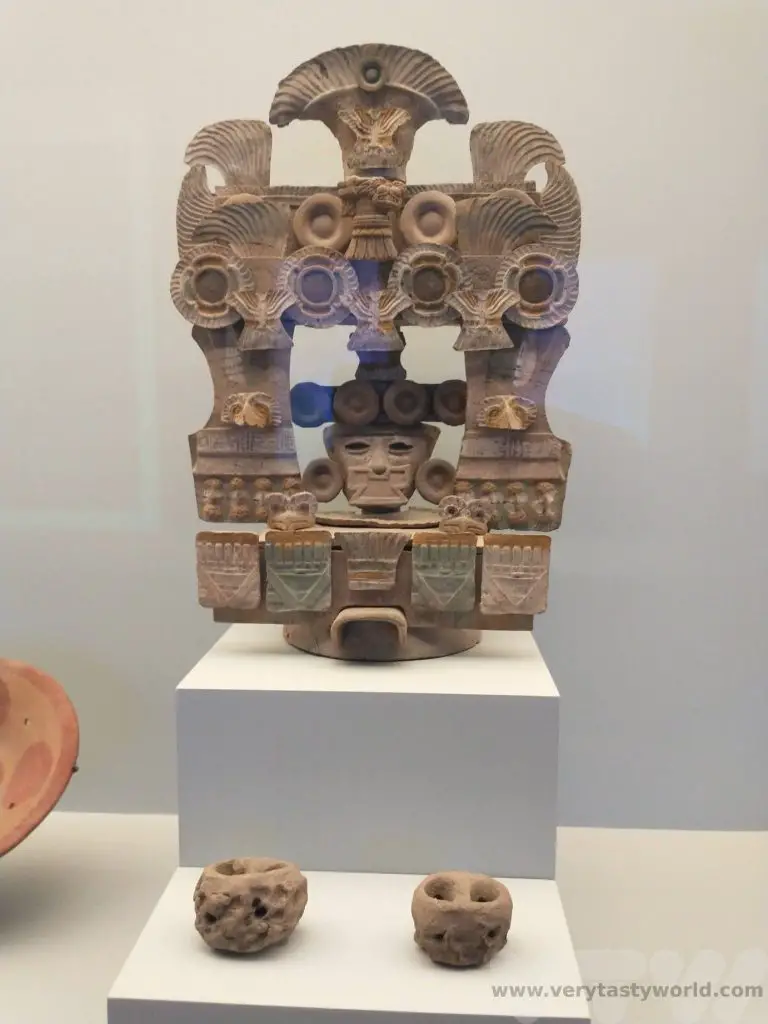
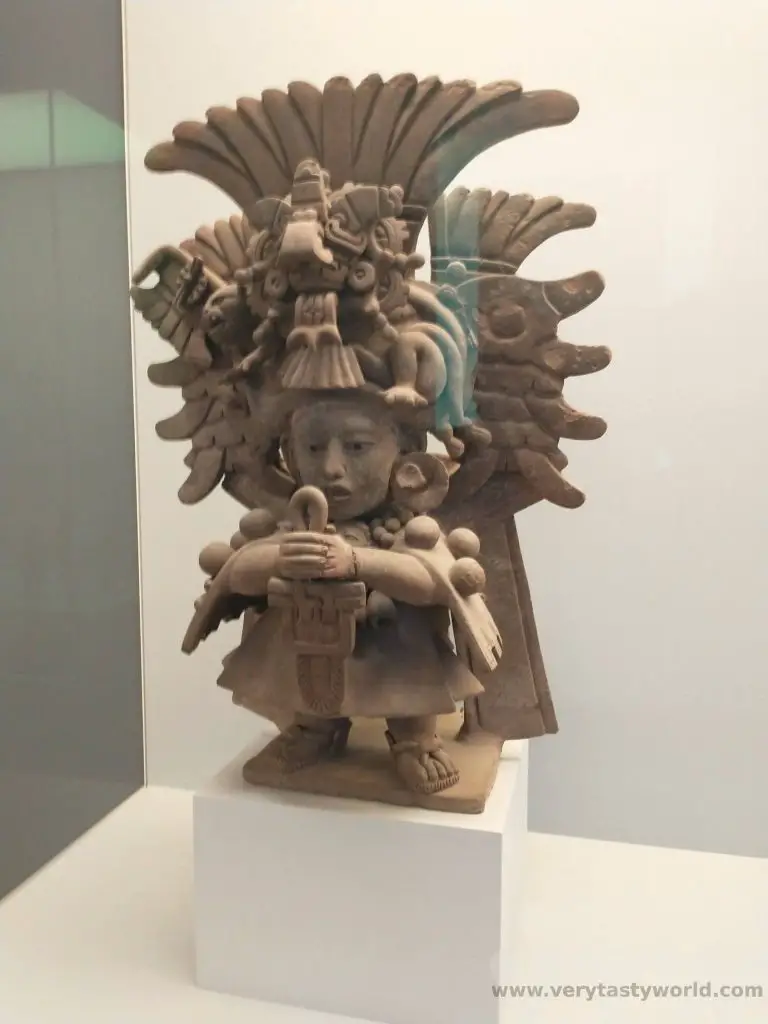
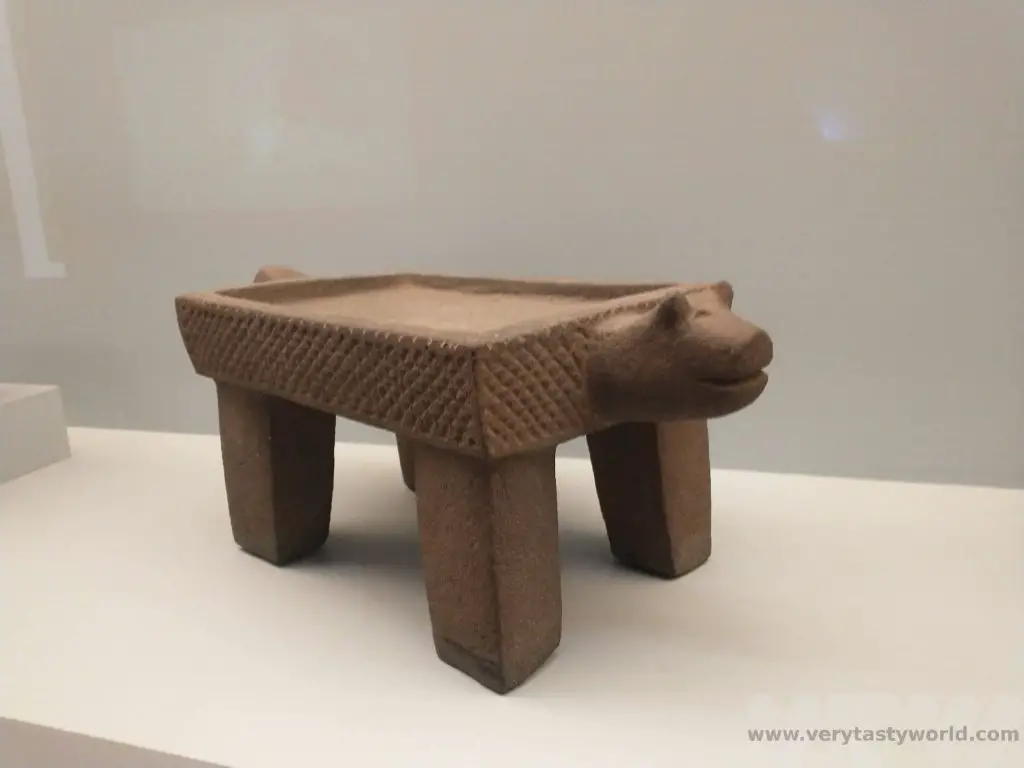
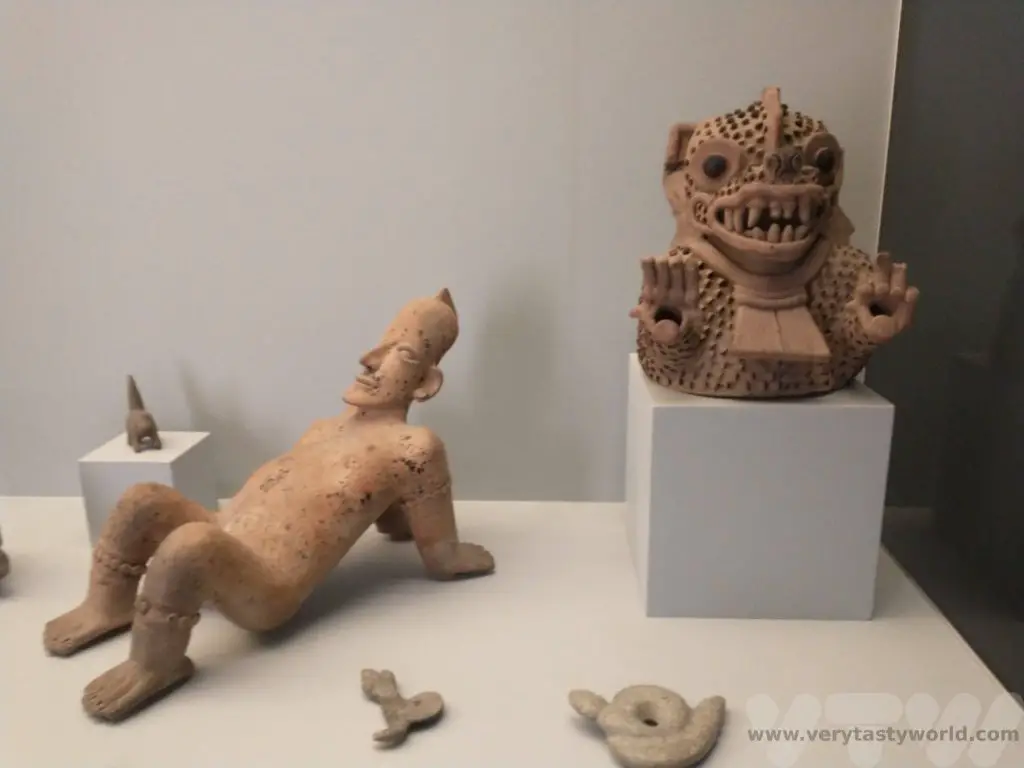
The building was the home of the Espinoza from 1871 to the 1980s, and this is reflected in the upstairs exhibits which are set out as rooms showing objects from the colonial period, including drawing rooms and a kitchen.
The Amparo has a terrific modern art gallery. There are also temporary exhibitions – we were able to enjoy an exhibition on 1970s feminism when we visited. It’s possible to spend several hours here so definitely set some time aside to explore this wonderful place.
Don’t do what we did and forget to go to the cafeteria on the second floor. Even if you don’t want a coffee or tea, there’s apparently a fabulous view of the city. We only learned about this after our visit. We’ll have to return.
Museo de la Revolución- Museum of the Mexican Revolution
This house in Calle Santa Clara was the home of the Serdán family and was the location of the first conflict of the Mexican Revolution which took place in 1910. President Porfirio Díaz had been in power for decades and was becoming increasingly unpopular. Aquiles Serdán was a supporter of revolutionary leader Francisco Madero and started planning an insurgence against the president.
However, the rebellion was foiled when members of Díaz’s government learned of their plans, and Aquiles, Máximo, Carmen, and Natalia Serdán, along with others, defended themselves inside the house from hundreds of soldiers who were shooting at them. Aquiles survived the gunfight and hid inside a hole under the floorboards where the revolutionaries had stockpiled their weapons. Unfortunately, he coughed when the authorities raided the house, so was discovered and later killed.
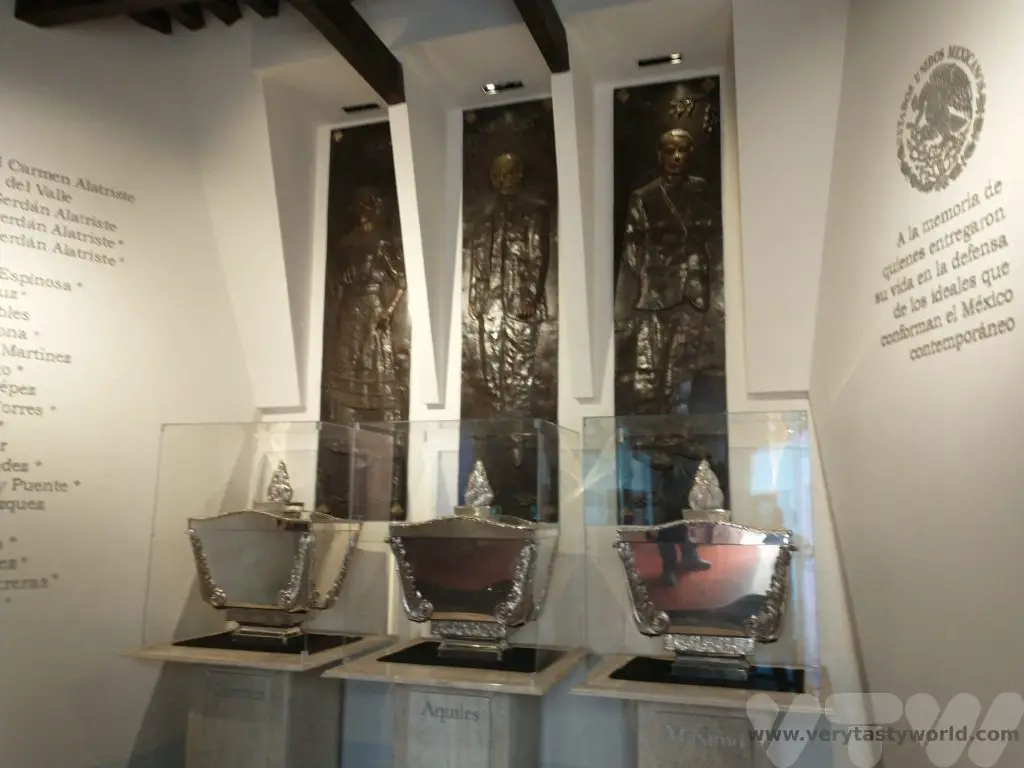
The house has been converted into a museum. It displays the living arrangements of the families.
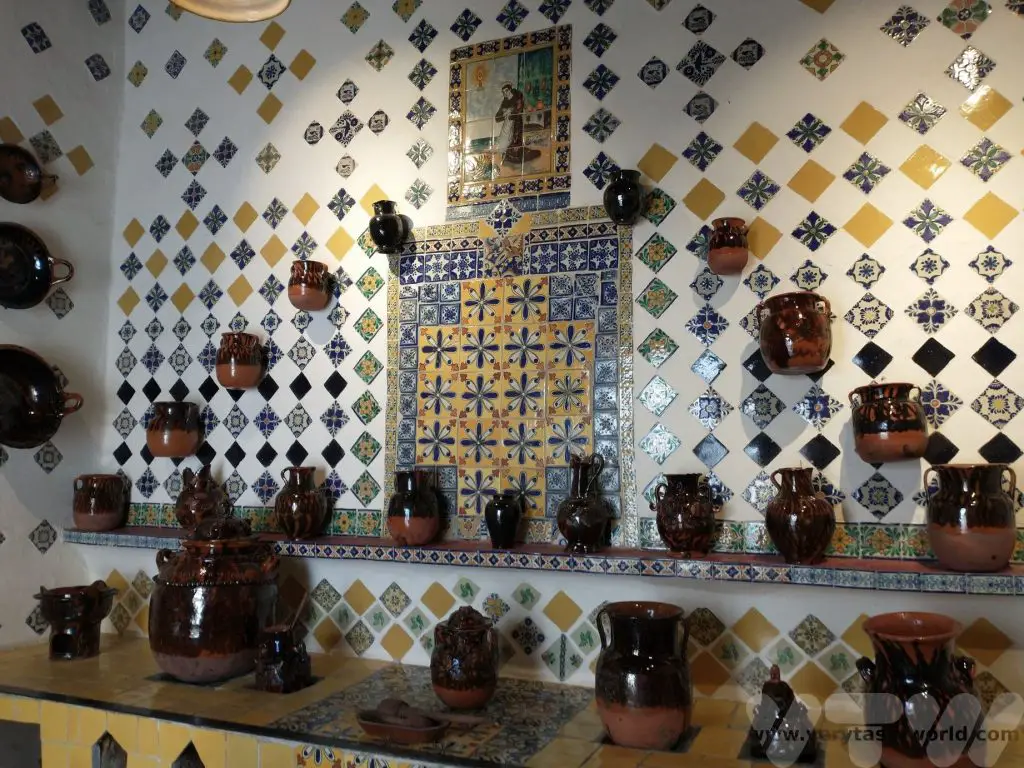
It also gives lots of information about the background of the revolution and its outcome. There is also a room dedicated to the women of the family.

While the bullet holes on the exterior of the house look dramatic, they are actually fake. The building was renovated a few years ago and the workmen unwittingly rendered over the plaster, covering the original holes! After this mistake had been discovered the ‘bullet’ holes were drilled back in. If you look closely it’s quite clear that they could never have been made by bullets fired from guns manufactured in 1910.
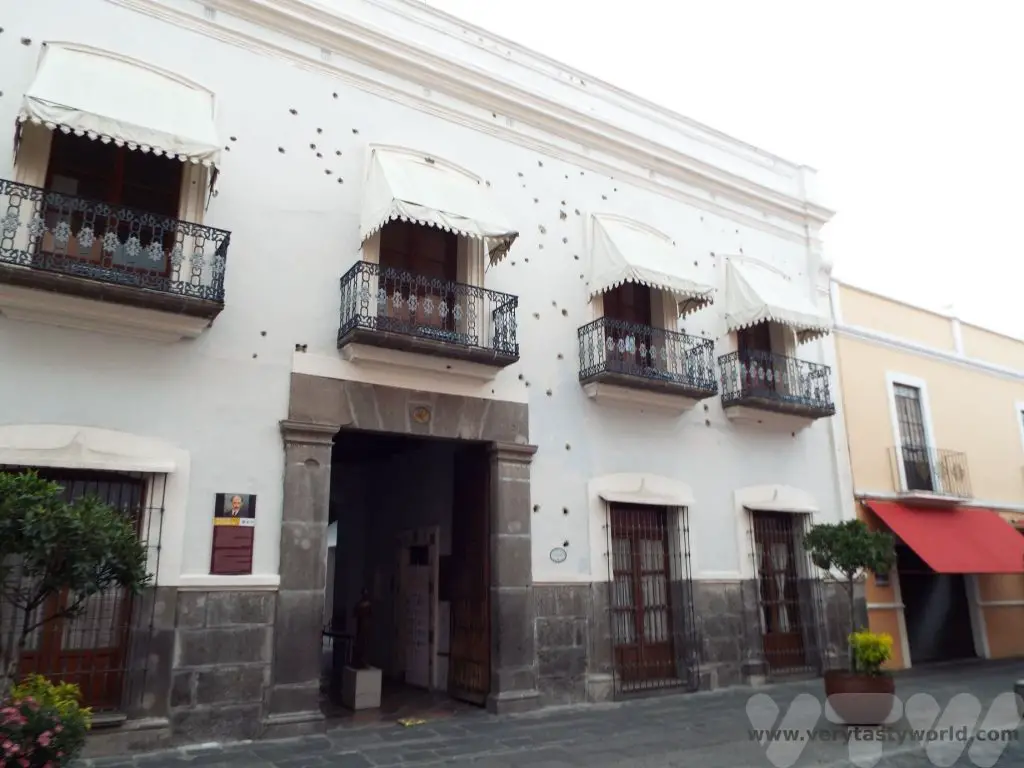
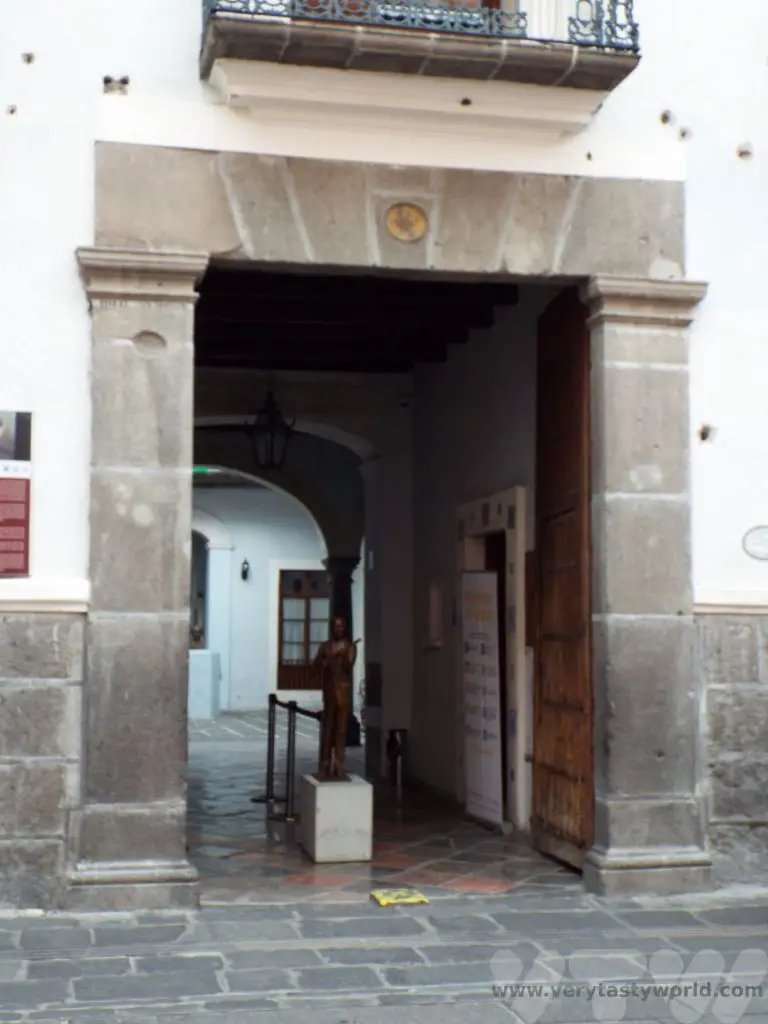
There are some genuine bullet holes in the stone doorframe at the museum’s entrance.
Other Attractions
There are lots of other places to see in Puebla. These are some of the highlights:
Señor de las Maravillas is a 17th century carving located in the Temple of Santa Monica. It is said that the image of Christ was carved from a tree that had been struck by lightning.
Municipal City Hall, located on the north side of the zocalo, houses a museum and art gallery.
International Museum of the Baroque is housed in a very cool building designed by Toyo Ito and exhibits a large collection of baroque art.
Lucha Libre – if you like Mexican wrestling (and who doesn’t?) there is a lucha libre arena which runs fun filled events, where masked wrestlers battle it out in the ring every Monday.
Barrio las Artistas is a great place to hang out and view local artists at work. There are bars and restaurants in the area and there is often live music in the evenings.
A Puebla Food Tour
We had organised a foodie tour which was perfect as an introduction to the sheer unadulterated joy that is Mexican, and specifically Puebla, cuisine. We spent an afternoon wandering through the streets stuffing our faces with the most amazing food.
Street Food
In the little alley Pasaje Zaragoza, just off the northern end of the zocalo, is a street food stall which always has customers queueing for its delights – Tacos El Pasaje. This is a family business and, while this type of outdoor street food is not strictly legal, this stall has been around for such a long time it is looked over. There is even a sign above the stall. All the products are made in the morning and stored in a covered basket. The food remains warm most of the day.
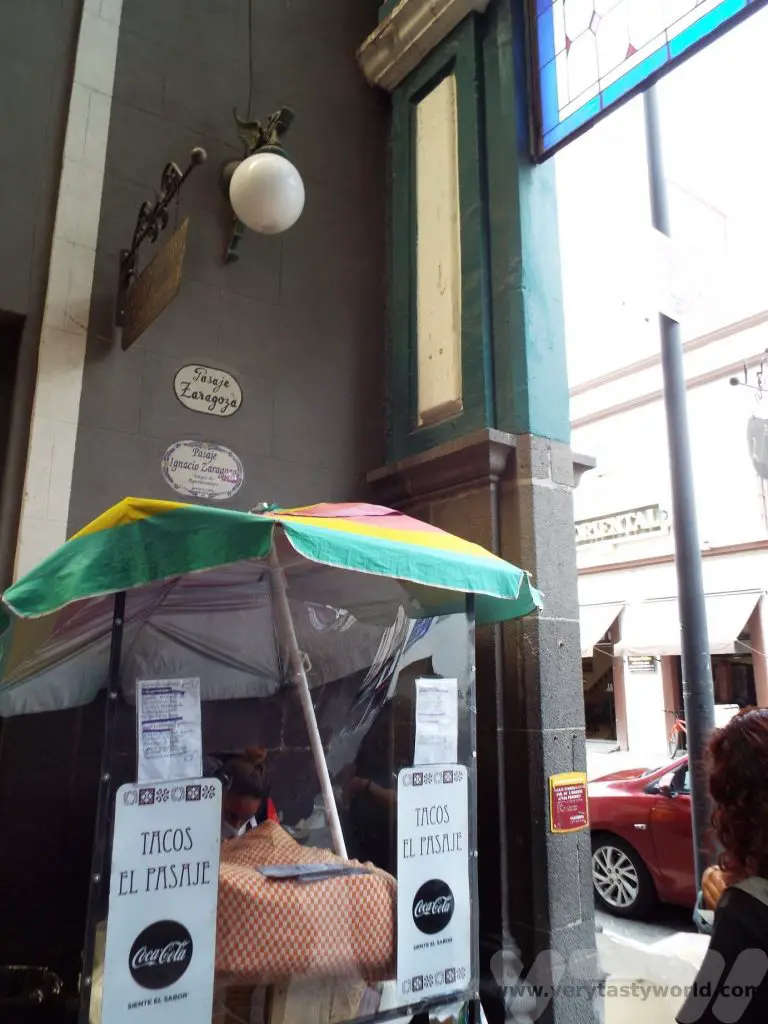
The menu is handwritten – when a particular filling sells out, a line is struck through the menu and you miss out. Until tomorrow, of course. This was where we enjoyed a taco with deep-fried chipotle chilli stuffed with cheese and accompanied with creamy avocado. It was unctuous and not too spicy as the cheese calms the heat of the chilli pepper.
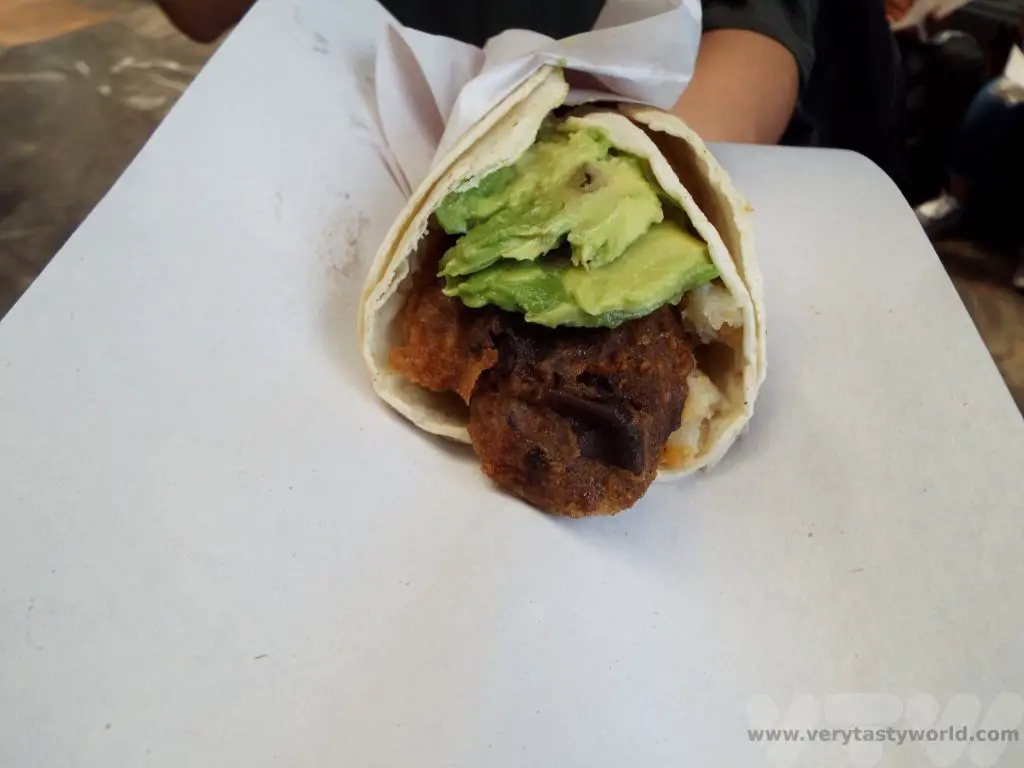
Our next stop was another family business, La Poblanita, a street stall located on Av5 Pte, just around the corner from the Zocalo.
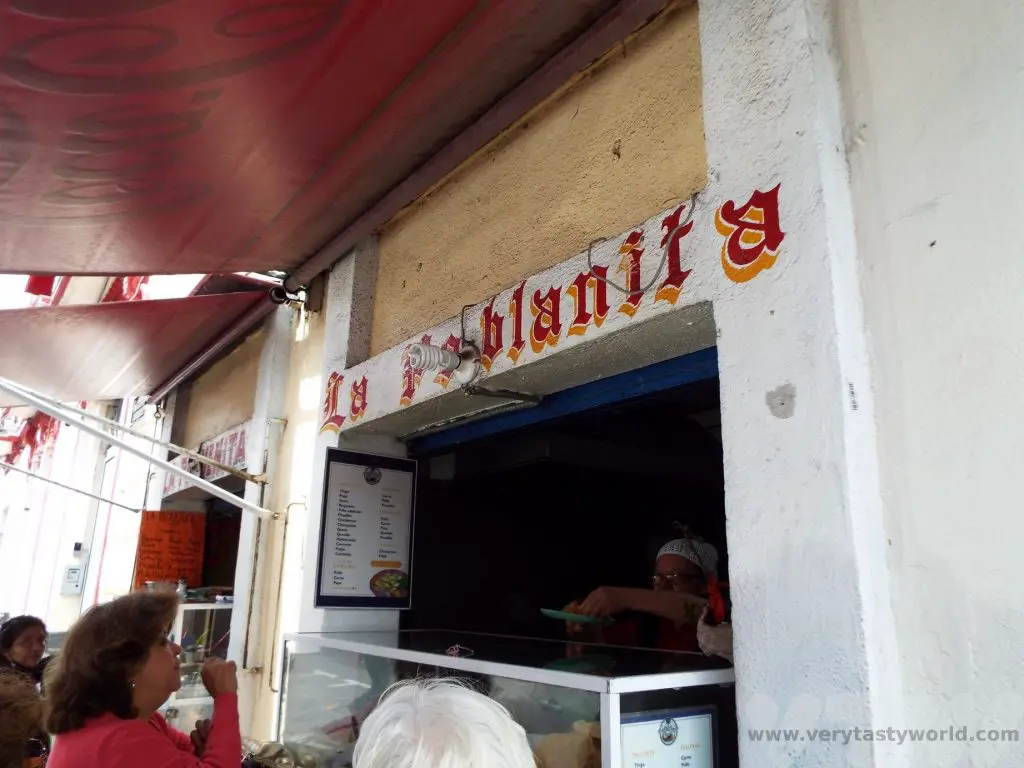
This was where we discovered molotes – a filled tortilla made from corn masa and deep fried. The filling was huitlachoche – corn mushroom – a fungus that grows on the kernel of maize. We had never come across these before and were blown away – the umami flavour was so intense. Our molotes were served with sour cream and salsa.

At this stall, we also enjoyed carne (although carne means meat, in this case it was beef) pelonas, wheat bread sandwiches filled with delicious beef and refried beans, and served with with two bright and colourful salsas.
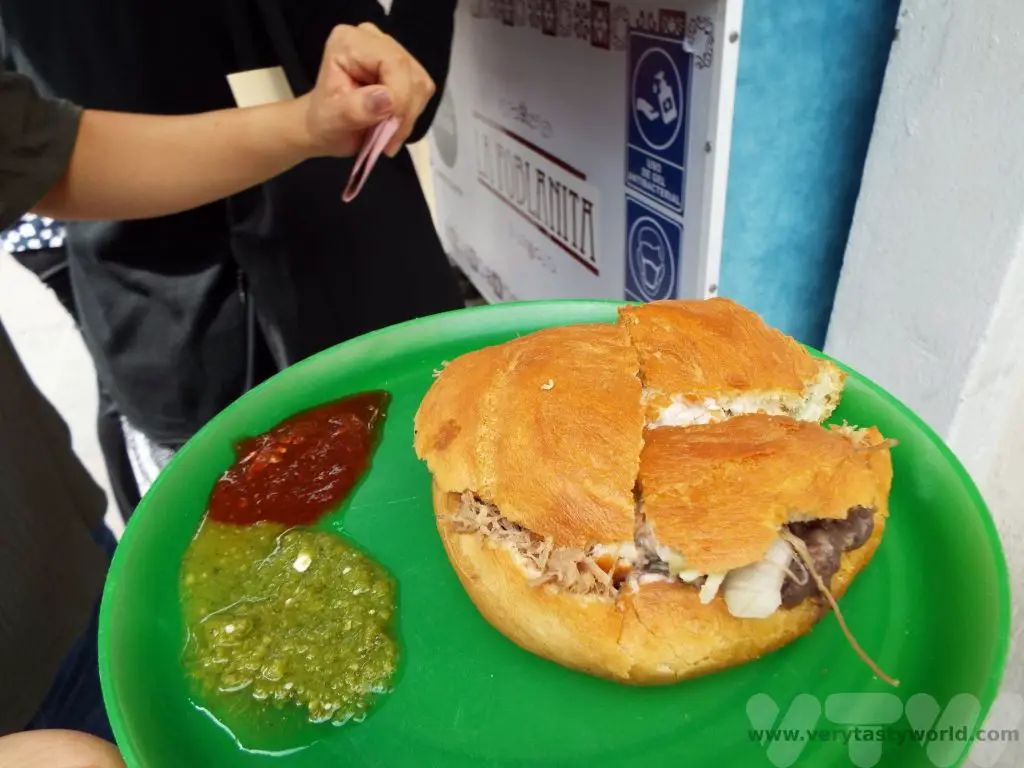
History of Tacos
Tacos could well be considered to be quintessential Mexican food. What we didn’t know was that they are actually a fusion food, imported from the Lebanese community who emigrated to Mexico in the late 19th century. We were quite surprised to see kebab shop-style spits slowly revolving in shop fronts cooking luscious cuts of meat. Tacos became really popular but they evolved in order to adapt to Mexican tastes. Pork, a meat rarely seen in the Middle East, replaced lamb and then the dish incorporated the local inclination to embellish the tacos with all sorts of salsas, condiments, and additional flavours. In Mexico, more is definitely more.
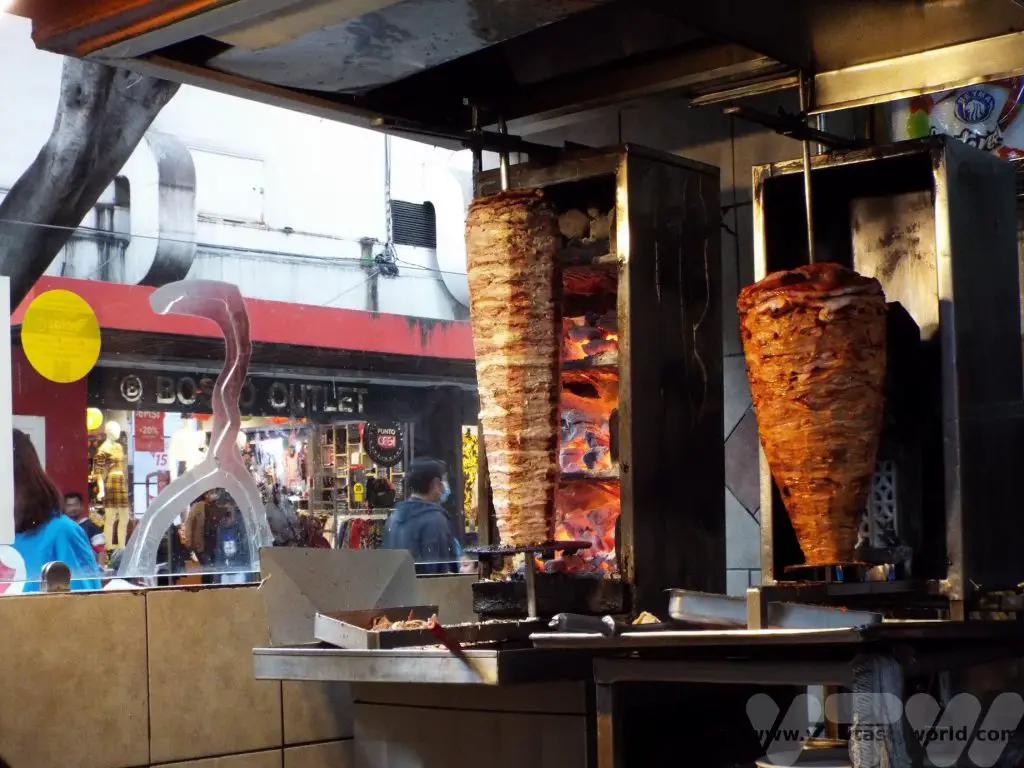
Taco Arabe are chargrilled pork tacos on a wheat bread tortilla. It’s a flatbread, a bit like a pitta but without the pocket – instead it is folded. We ate this with a sweet chipotle sauce and a squeeze of lime.
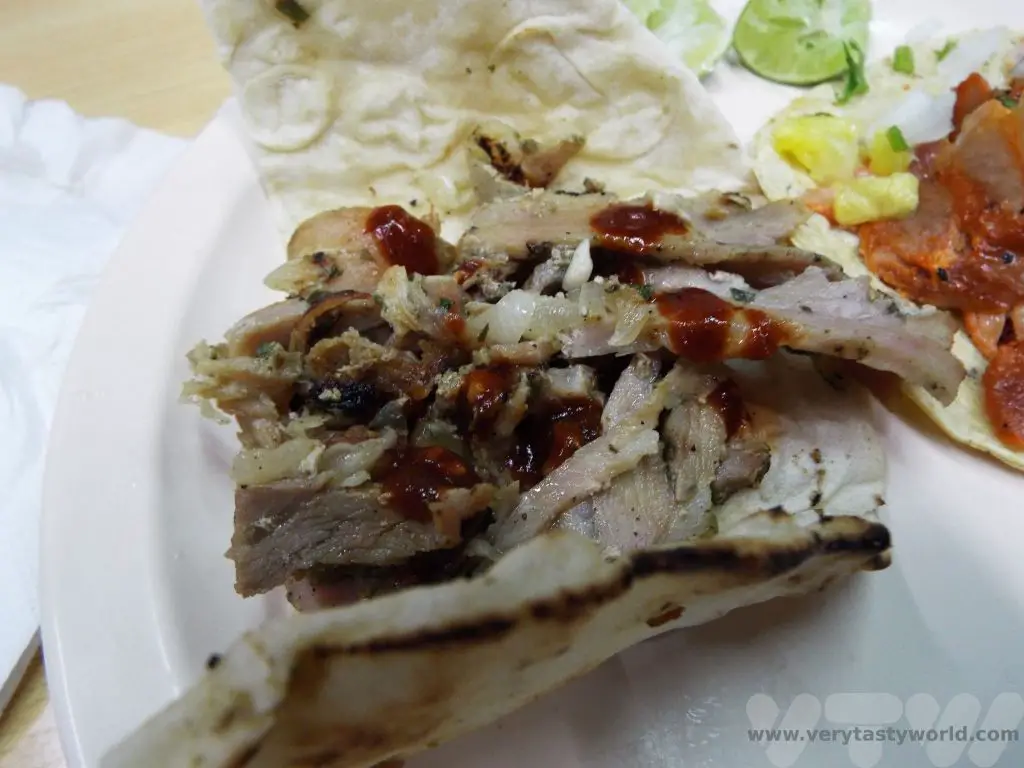
Al Pastor tacos have spiced pork inside a corn tortilla. We ate these with teeny chunks of pineapple, lime juice, coriander, finely diced raw onion, and a creamy avocado sauce.
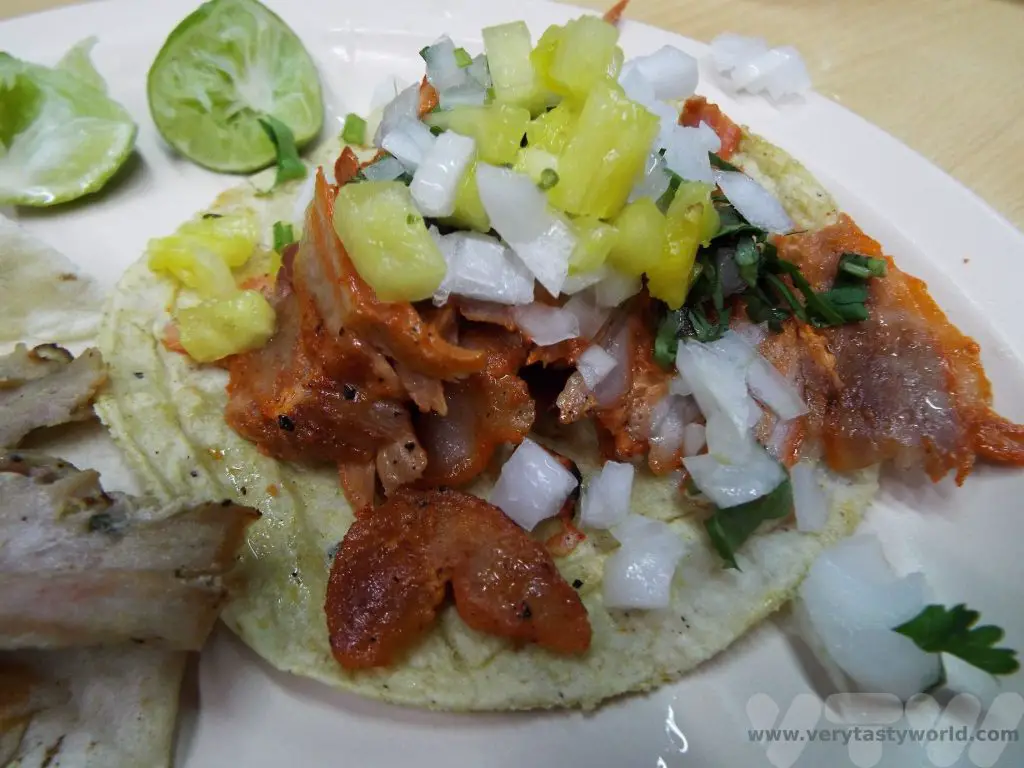
Most of the taco restaurants that we visited offered a number of salsas and multiple wedges of lime for the table. The etiquette for tacos is that they will arrive at your table either folded or open. If they are folded, open them up, add whatever salsa and additional flavours you want, roll or fold them up again, and scoff.
Our next stop offered some sweet surprises. The nuns at the convent on Santa Clara make cakes and sweets and these are sold in the lovely shop across the road.
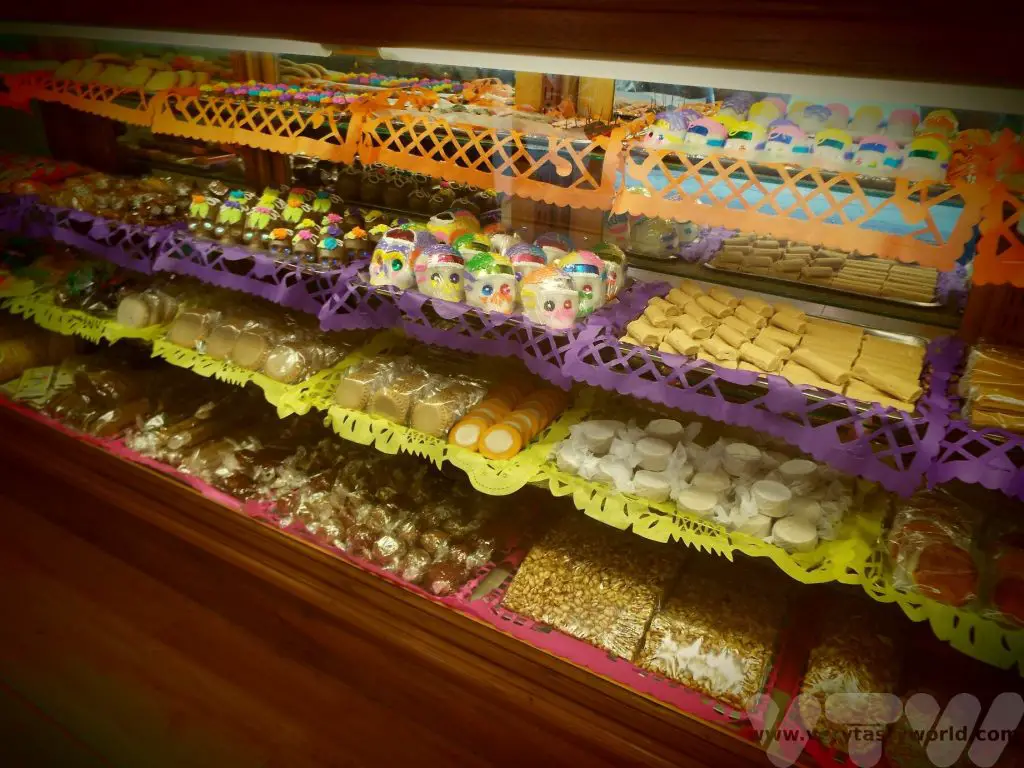
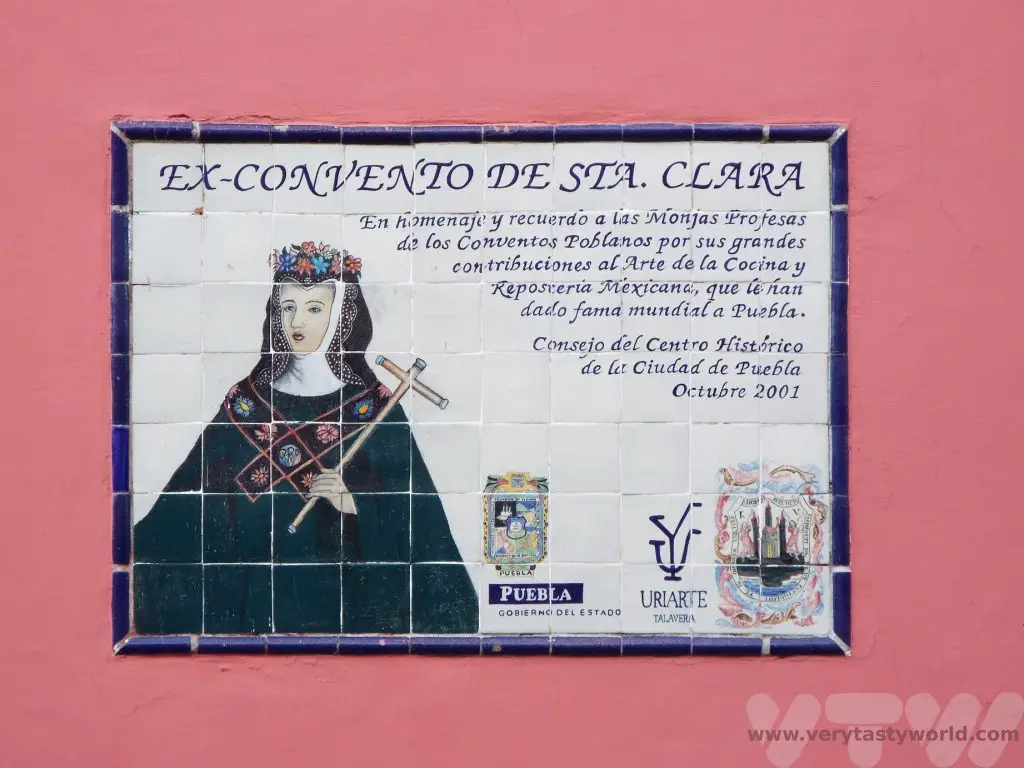
Camotes de Santa Clara are a sweet potato cylindrical-shaped paste flavoured with fruit and honey. There are several fruit flavours available – we chose strawberry.
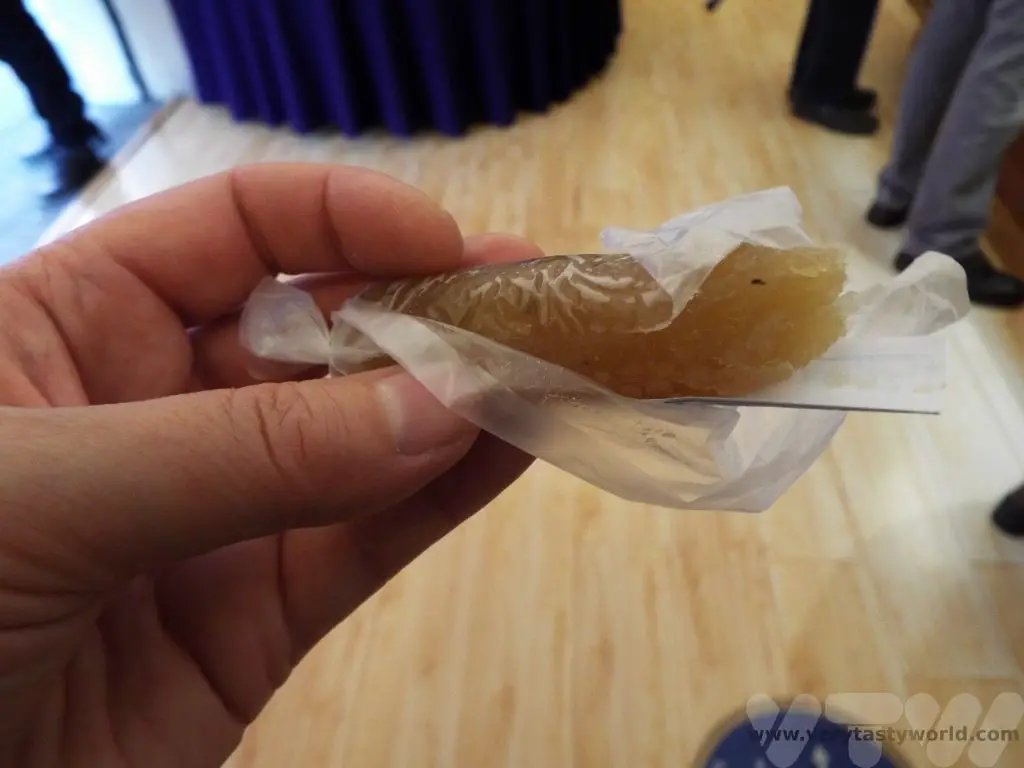
Tortitas de Santa Clara (torte from cake in Spanish) is a delicious fusion of Spanish biscuit base with a filling made from indigenous ground pumpkin seed and honey. A sprinkling of some of the local volcanic salt adds another dimension. This is a nice crumbly biscuit that has a lovely sweetness and smooth peanut butteriness of the pumpkin seeds.
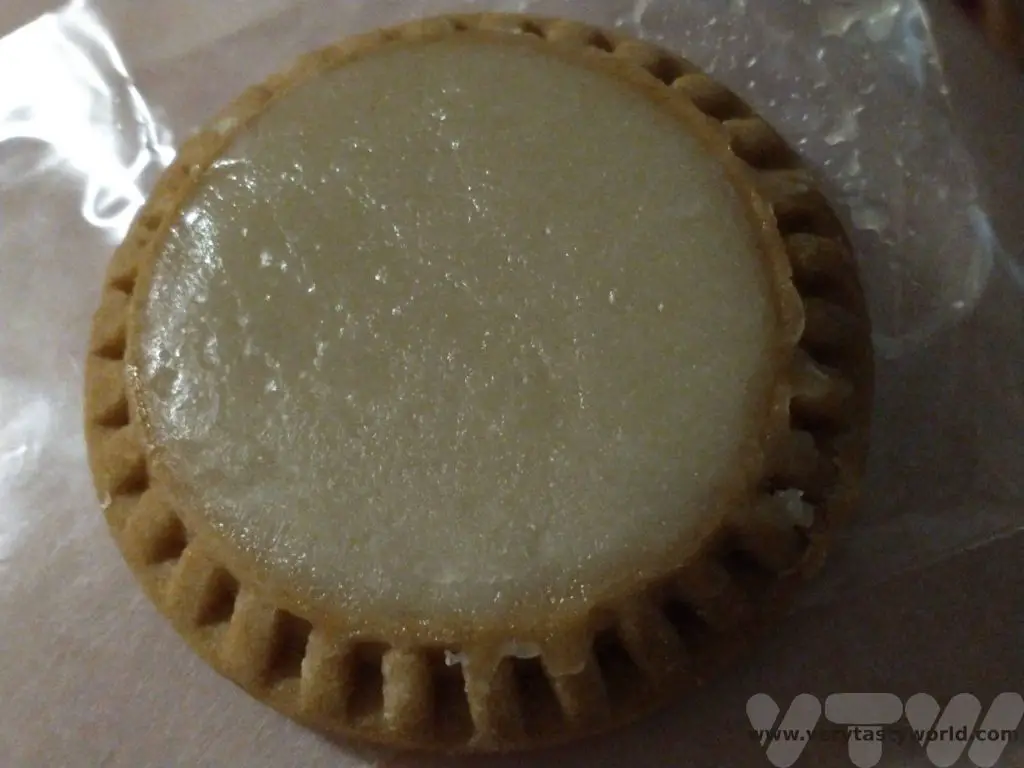
A Magical Market
A short walk out of town, across the road (which used to be the river), took us to Mercado Municipal La Acocota. It was lovely exploring this market, which had so many stalls selling fabulous-looking wares.
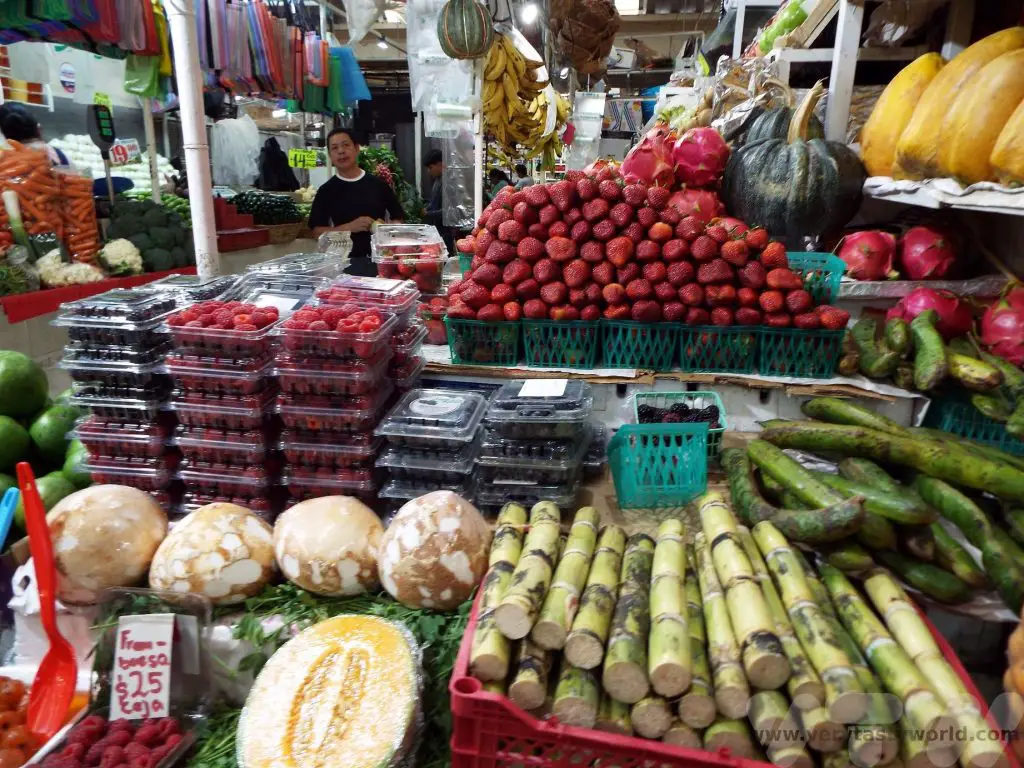
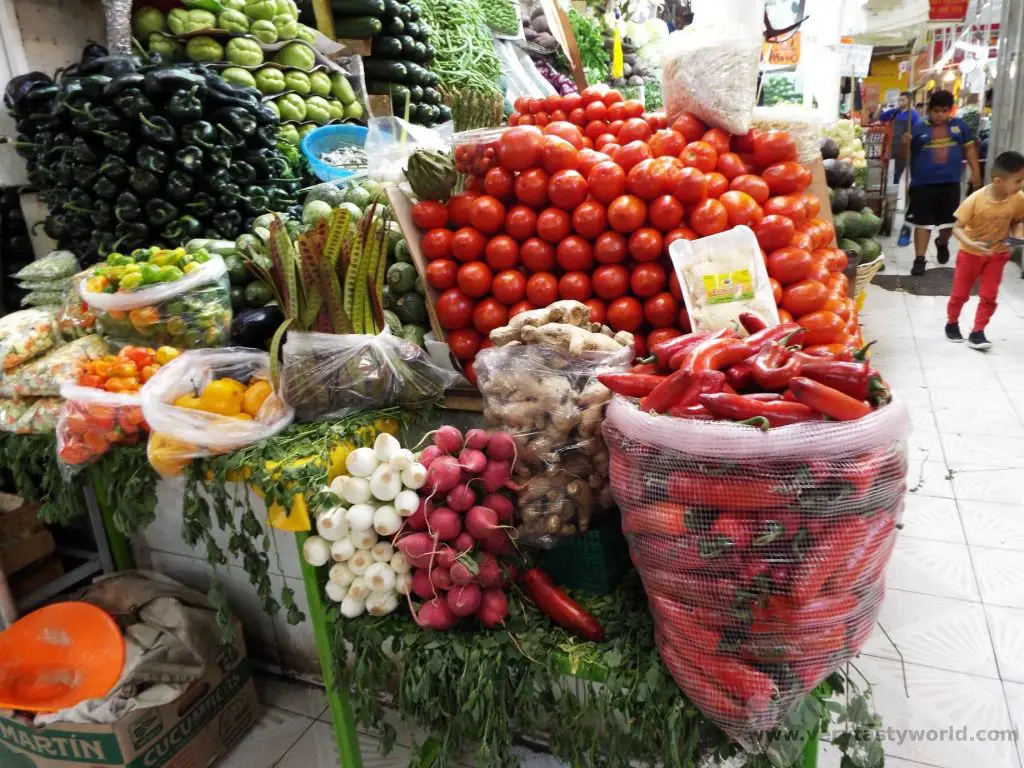
We also discovered the corn mushroom for sale.
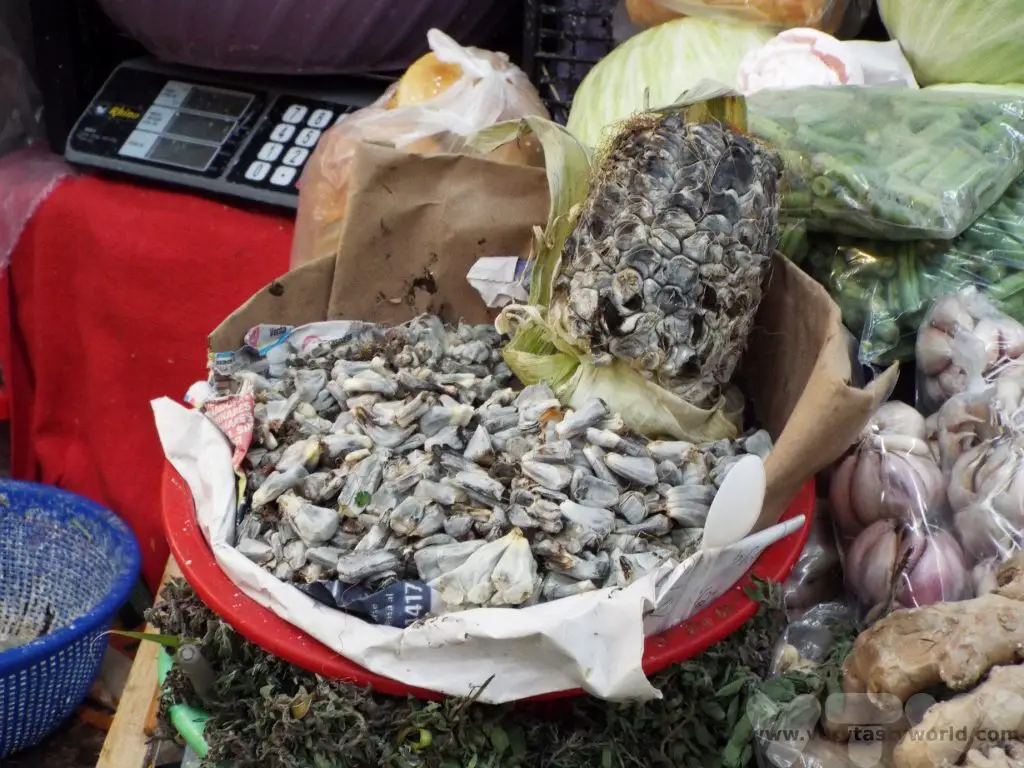
We’ve never seen so many different varieties of chilli pepper!
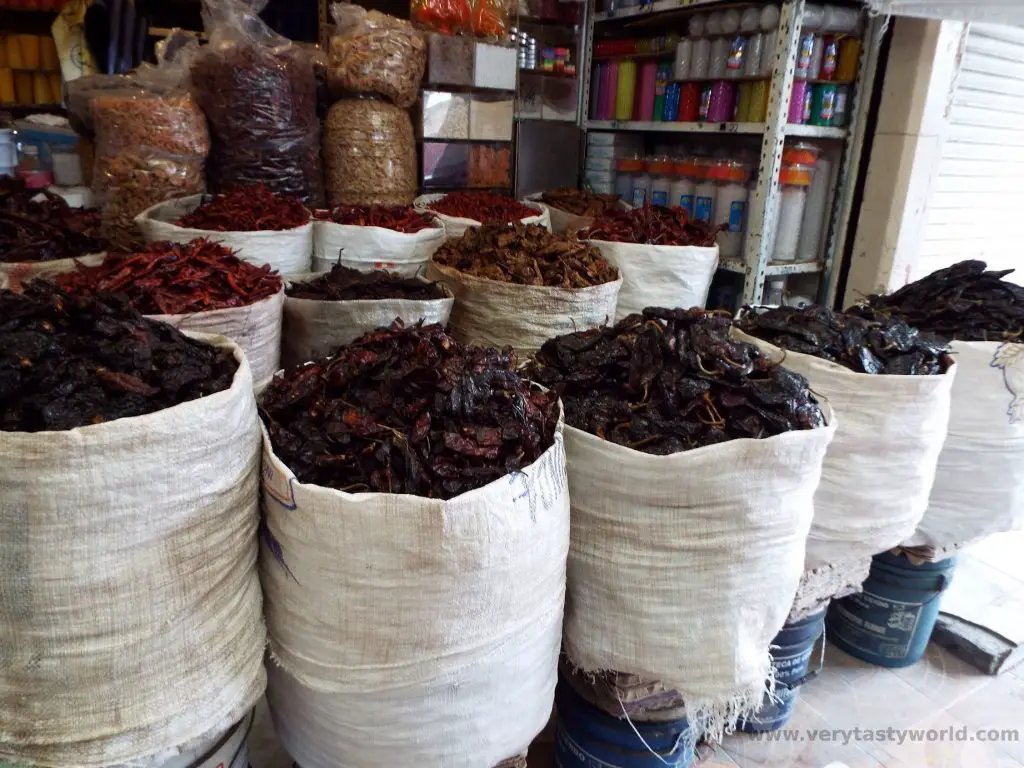
But we weren’t there to shop. We also had plans to eat. You can’t say you’ve been to Puebla unless you have tried a cemita – a massive sandwich of very great deliciousness.
Samita is another family-run business with three generations all working together at the market. They have a fantastic reputation. You sit on stools around the stall and can chat with other customers. Everyone was delightful. The bread is very important in the cemita – it is a wheat-based roll – substantial and fluffy. We enjoyed a Milanese escalope with stringy cheese, jalapeno and avocado.
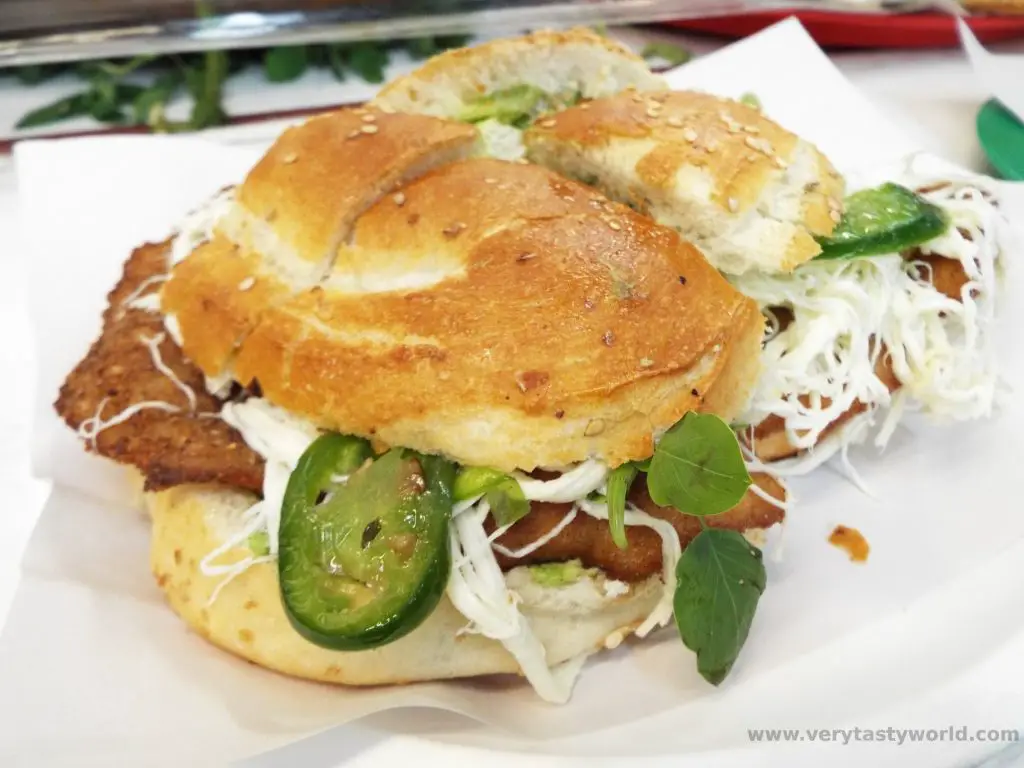
The mega cemita has four fillings including escalope, boiled pork skin, ham, or sliced cheese.
Puebla’s most famous dish is mole (pronounced molay) poblano. It’s another essential dish to try when visiting the area. Over twenty ingredients are used in the most simple mole, including multiple types of chilli, a variety of nuts, and chocolate. The mole at this market is considered to be much more authentic than moles that you will eat at hotels, which are generally more sweet and less spicy. This is where the market stall holders come to eat their lunch – there is always a variety of moles on offer.
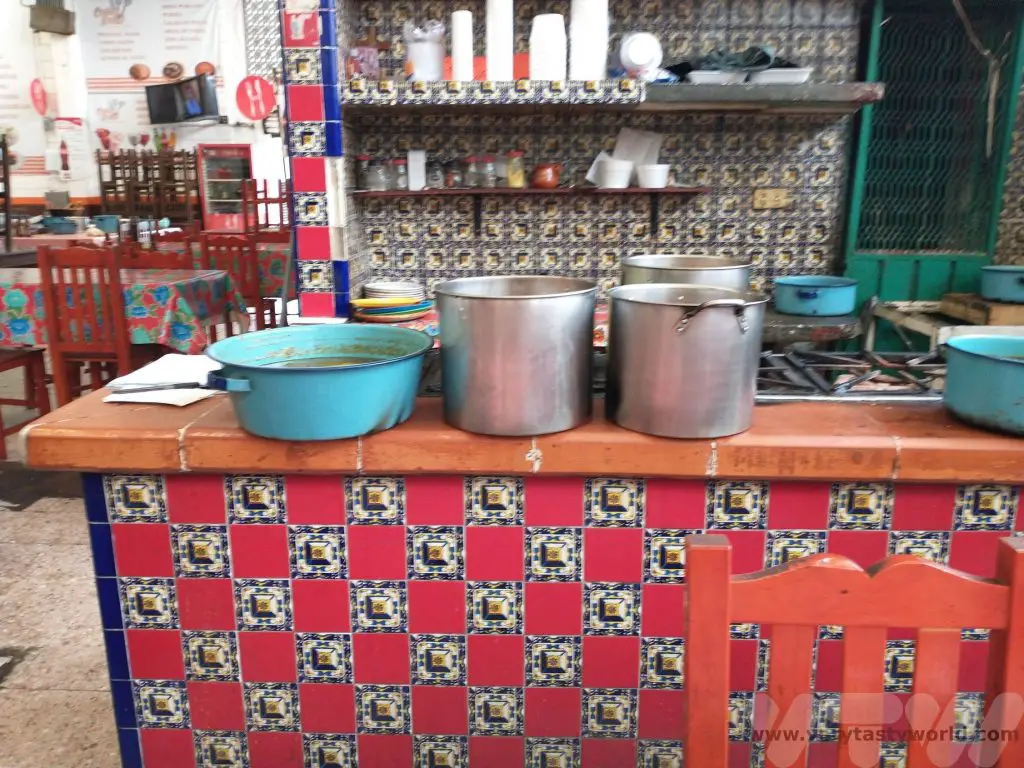
The market’s mole was far more complex and sophisticated. It has a slow burn from the chilli and a mild, but important, bitter element. You get hit by heat in first mouthful but then your mouth gets used to it and can start to savour the other flavours which also include sweetness. This was a rolled tortilla, with no filling, topped with mole sauce, sesame, raw onion and strips of boiled chicken. Simple. Classic.

And finally, almost full to bursting point, we stopped off at a local cantina, actually inside an antique shop, where we indulged in a shot of pasita, a liqueur digestif made from raisins.
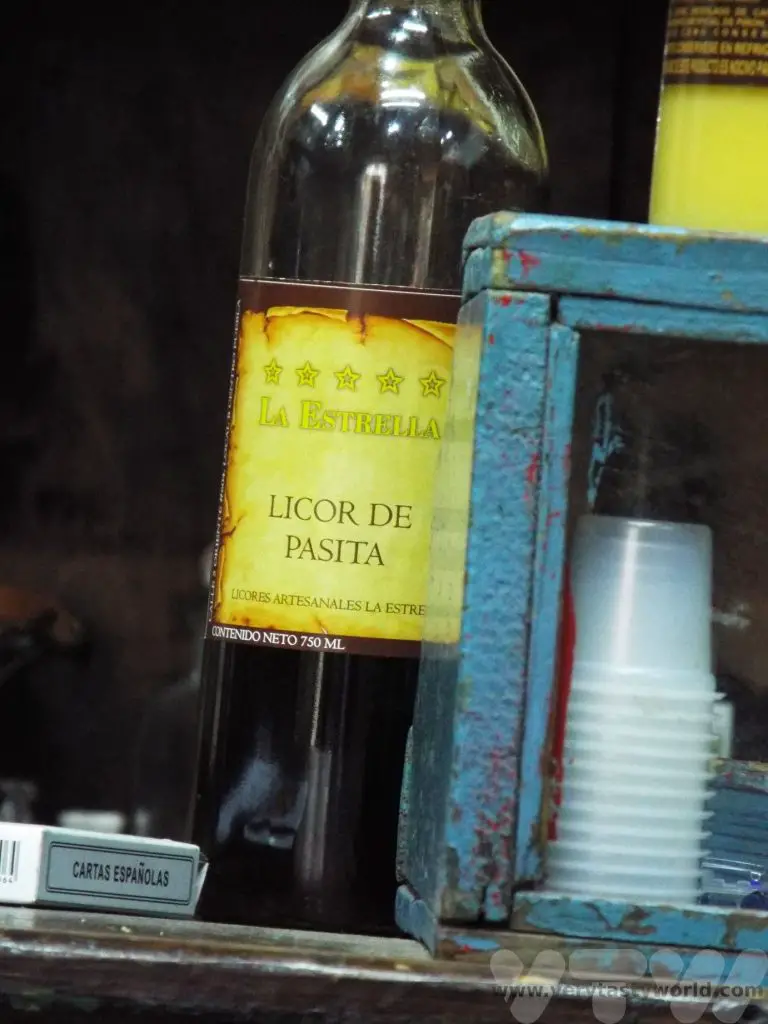
It’s sweet and boozy and rounded off an amazing tour.
Fine Dining
The street food tour of Puebla was a fantastic introduction to this city’s delectable, diverse and delicious cuisine. We also have a restaurant recommendation for local food in a fine dining context (which we visited on a different day to the foodie tour). El Mural de los Poblanos is on Calle 16 de Septiembre and offers typical Puebla food. Again, this mole was more authentic than some of the more touristy establishments.
It’s very popular so it’s definitely worth making a booking. Also, we made the mistake of ordering cemitas as our starters (before we knew what they were) which turned out to be so enormous that we knew we wouldn’t be able to eat our mains if we ate them all, so the staff were very kind and boxed up the extra food for later snacking.
There is also a craft beer emporium, the Bilderberg taproom on Av 5 Ote, which we felt was important to investigate. They offered pints of local draft beer as well as tasting flights. They had a stout which was extremely good indeed, although it was only after we’d quaffed a couple of pints and tried to stand up that we realised that it was 12%! Those leftover cemitas came in handy soaking up the booze later that night to try to mitigate the hangover.
We thoroughly enjoyed our time in Puebla – there was so much to see and do and taste. We’d consider it an essential stop on any Mexico tour. We can’t wait to return!
Related Posts You May Enjoy

- Rivers and Rainforests – A Guyana Itinerary
- Best Time To Visit Machu Picchu 2024 Update
- A 2 Week Patagonia Itinerary
- Day of the Dead in Campeche
- A Galapagos Land Based Itinerary
- RECIPE: How to Make Costa Rica’s Gallo Pinto
- A Tasty Puebla Food Tour
- Costa Rica Wildlife Sanctuary – Caño Negro
- Visit Torres del Paine National Park in Patagonia
Costa Rica Wildlife Sanctuary – Caño Negro
Beautiful Costa Rica is well known for its amazing wildlife. This relatively small country in Central America has twenty-three national parks, three of which are UNESCO sites. We took a trip from the east coast to the west, visiting many wildlife parks. The tourism infrastructure is really well developed with easy transportation between locations and many tour operators that can offer trips to various attractions.
Please note that this post contains affiliate links. If you click through and decide to make a purchase we will make a small commission, at no extra cost to you, which will help towards the costs of running this site.
Having enjoyed Tortuguero, where we had been lucky to see a greenback turtle nesting, we moved onto La Fortuna de San Carlos, close the Arenal volcano, in the middle of the country. It is an ideal location to use as a base to explore this region and there are loads of exciting activities to undertake in the area, from caving to wildlife viewing.
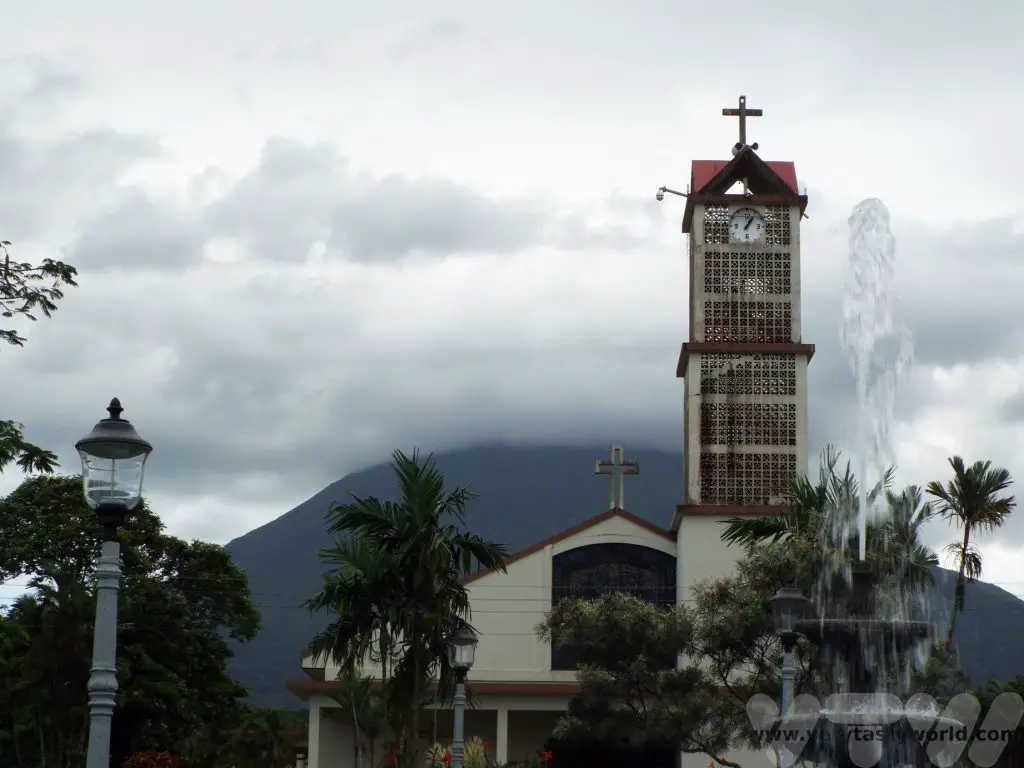
One of the trips we enjoyed was to the Caño Negro wildlife sanctuary. As with most tours in Costa Rica, there are companies in La Fortuna that can arrange the trip and will pick you up from your hotel or guest house.
It’ll take a couple of hours to get there from La Fortuna. Our guide was a naturalist who was not only knowledgeable about the local wildlife but was also really keen to tell us all about the fruit that grows in the region as well.
The Caño Negro, close to the Nicaraguan border, is a Costa Rica wildlife sanctuary which has the status of a national park, a Ramsar wetland of international importance, and one of the most biologically diverse areas in the country.
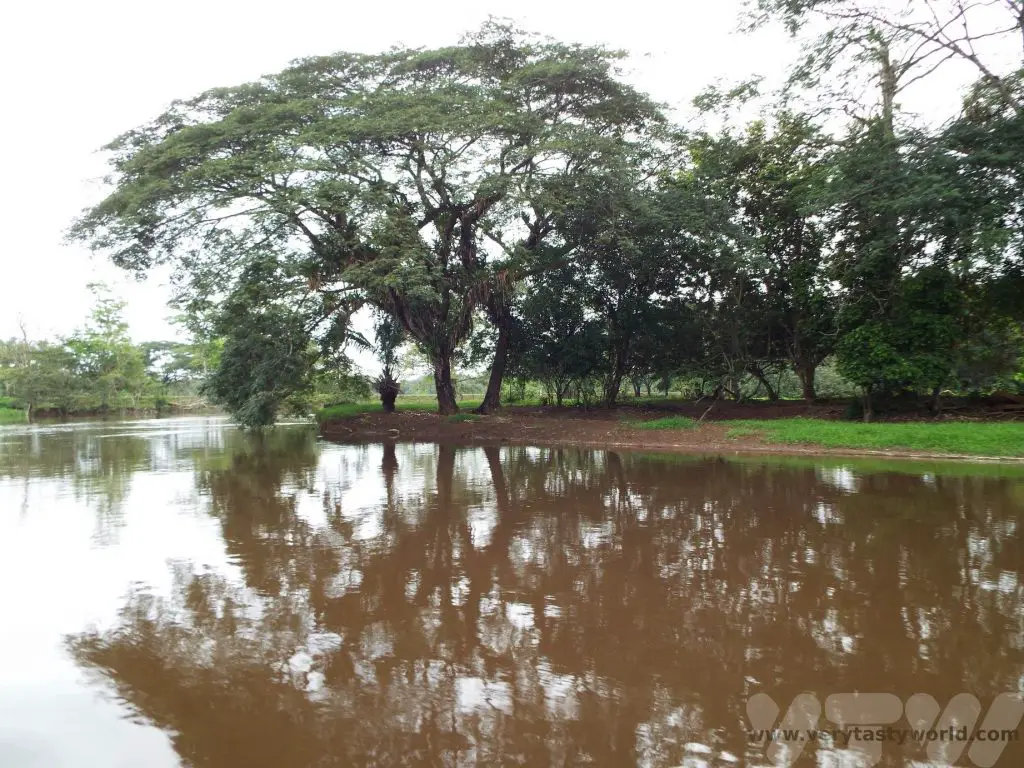
Boat Trip on the Río Frío
Once at the Caño Negro you can board a boat and enjoy a fascinating cruise up and down the Río Frío.
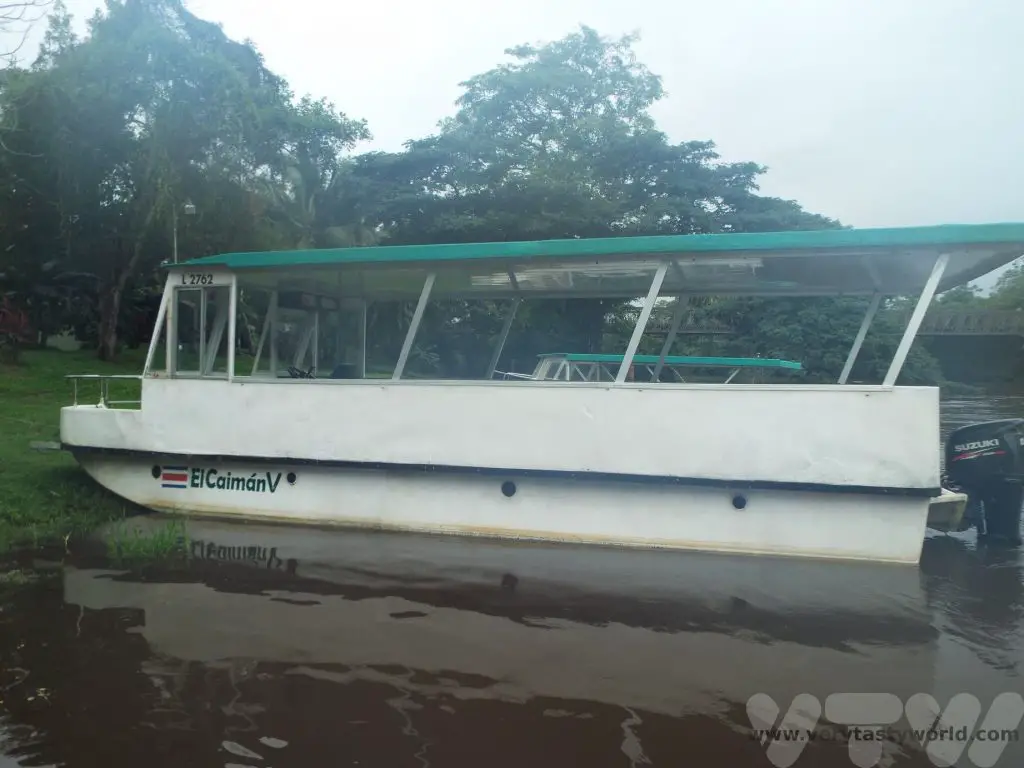
Wildlife viewings are pretty much guaranteed. Good guides will be able to spot plenty of birds, reptiles and mammals and, importantly, be able to point them out so that you can take pictures. Of course, you may not get to see the more elusive residents: the cougars, jaguars and ocelots, but there were plenty of monkeys, iguana, caiman, beautiful birds and, of course, sloths to see.
Howler monkeys are the loudest monkeys in the area. Their calls can travel 5km! They use the vocalisation to communicate with each other and establish territory.
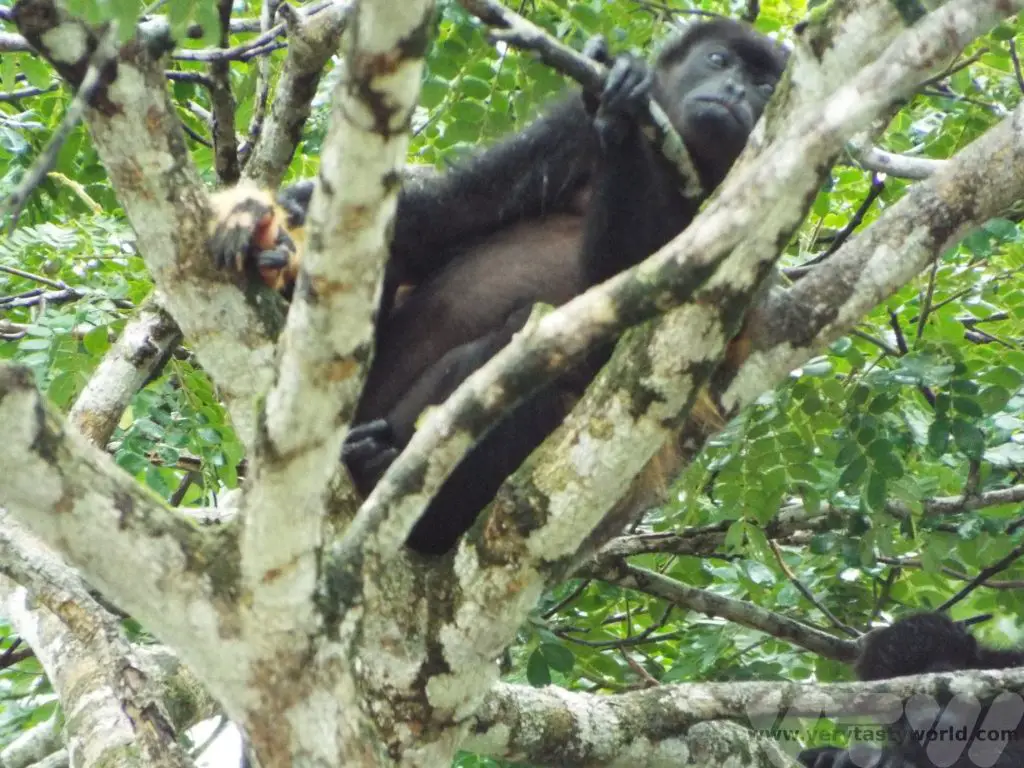
White faced monkeys, also known as capuchin monkeys, look adorable but are very naughty. They are regarded as the most intelligent of the monkeys in the region but can be quite vicious, fighting over the fruit in the trees and stealing from each other.
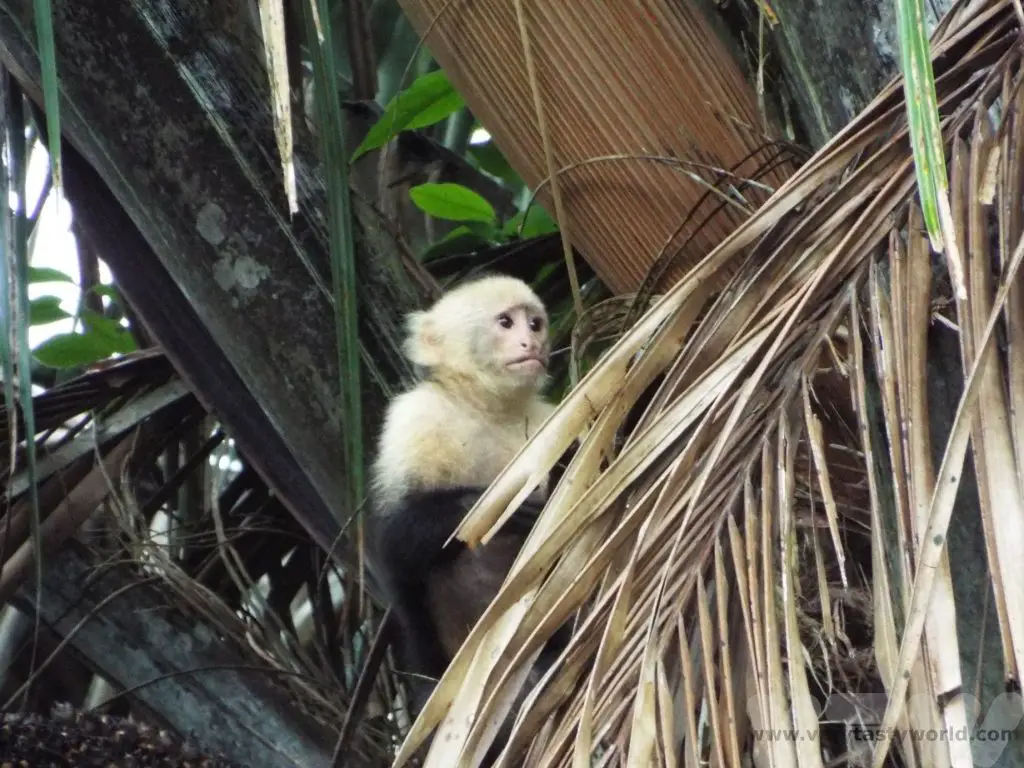
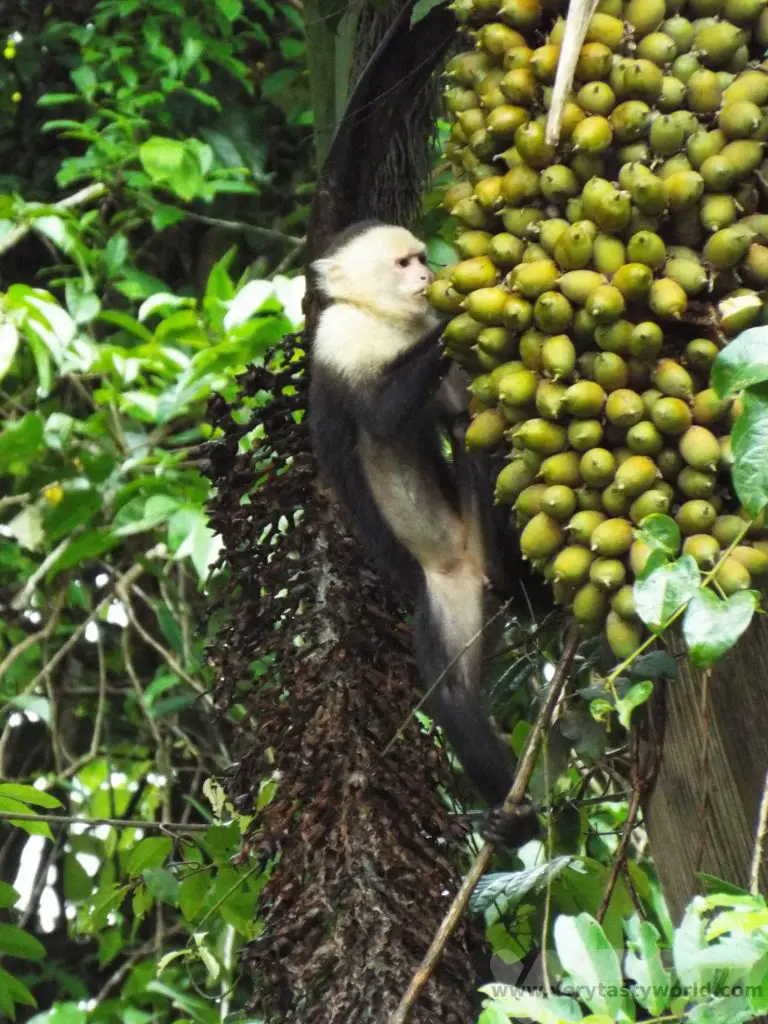
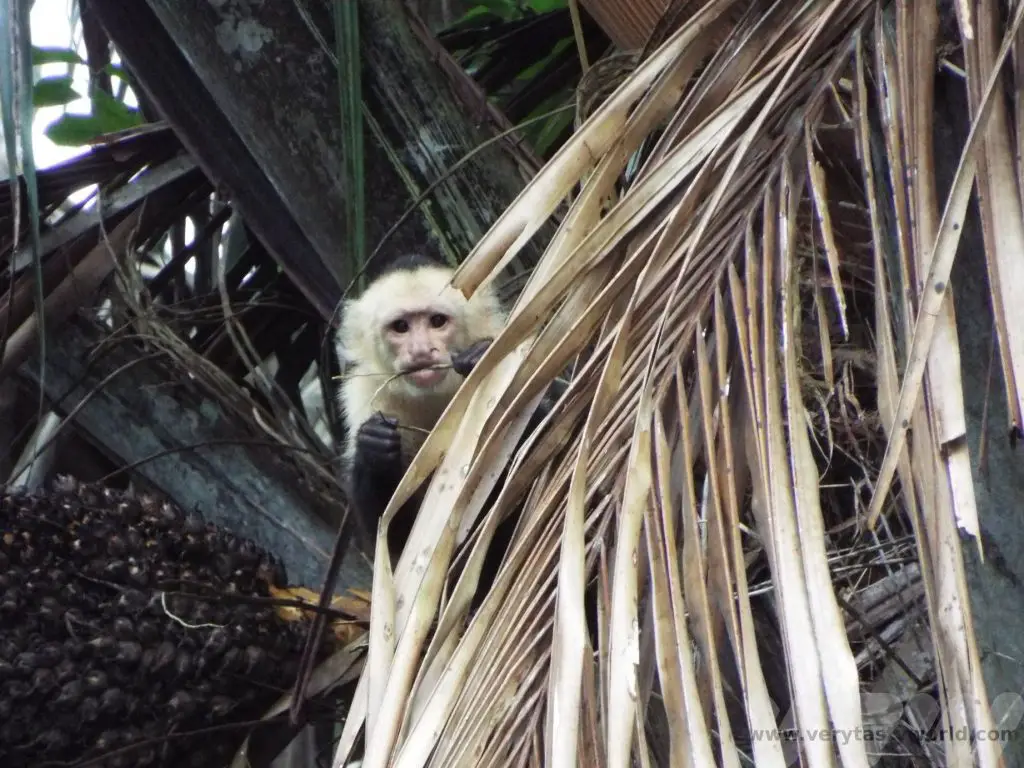
This beautiful kingfisher got lucky catching a fishy snack.
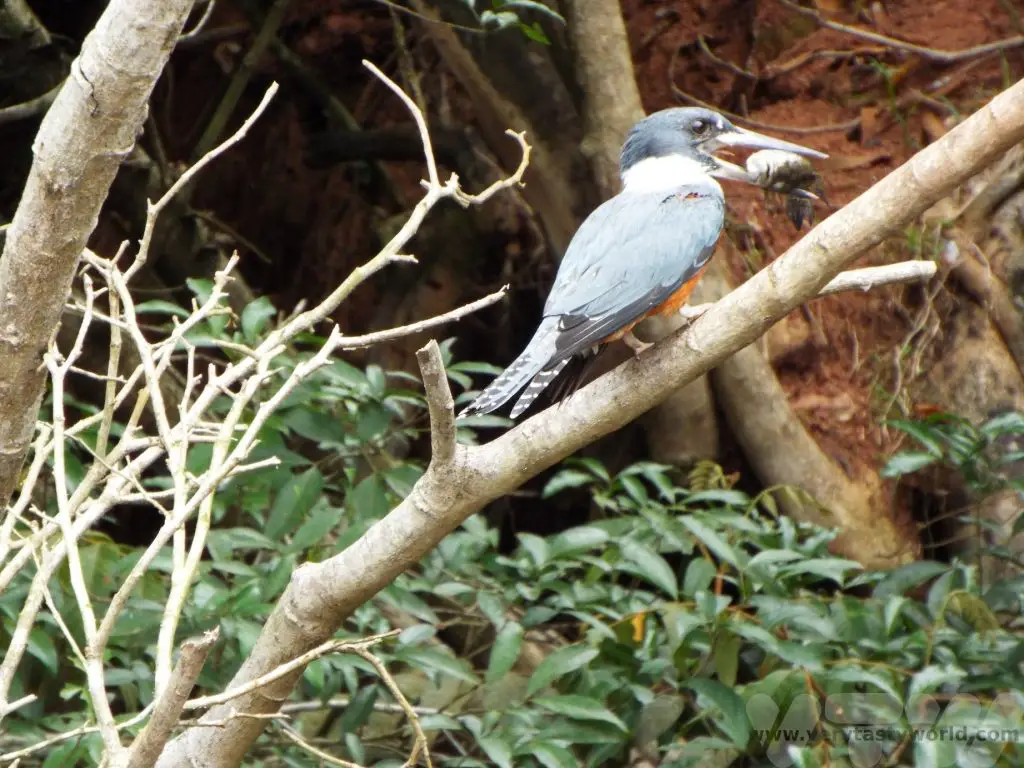
And this egret was having a good wade searching for food.
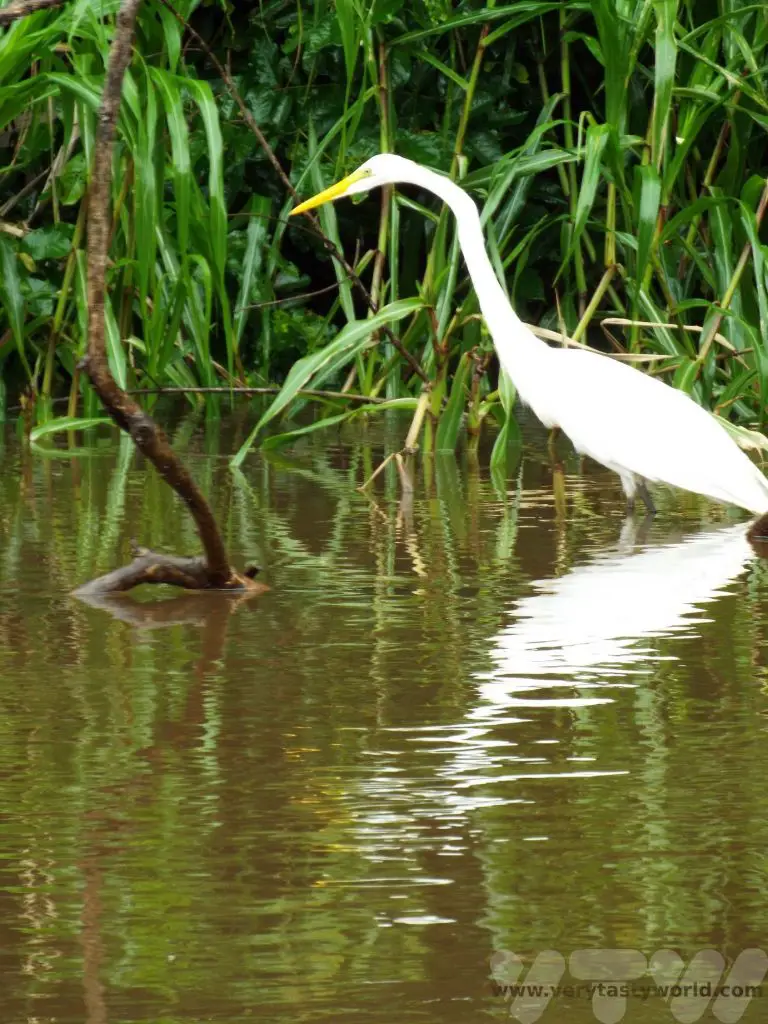
And there were plentiful iguana hanging around in trees and on the surrounding fields.
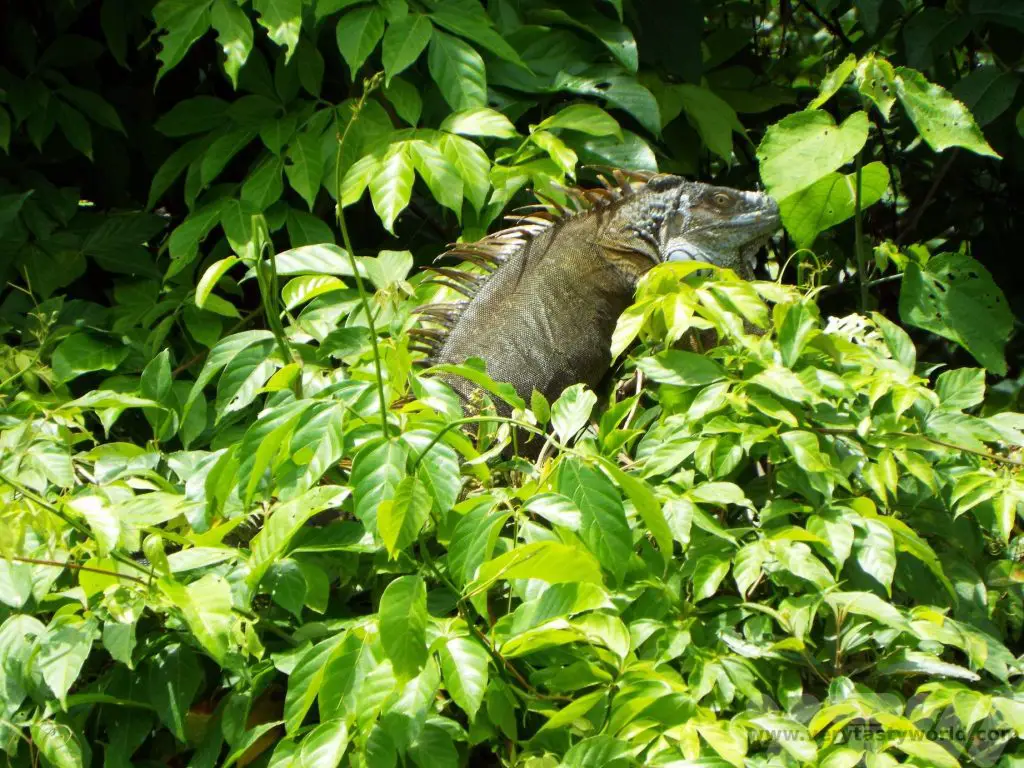
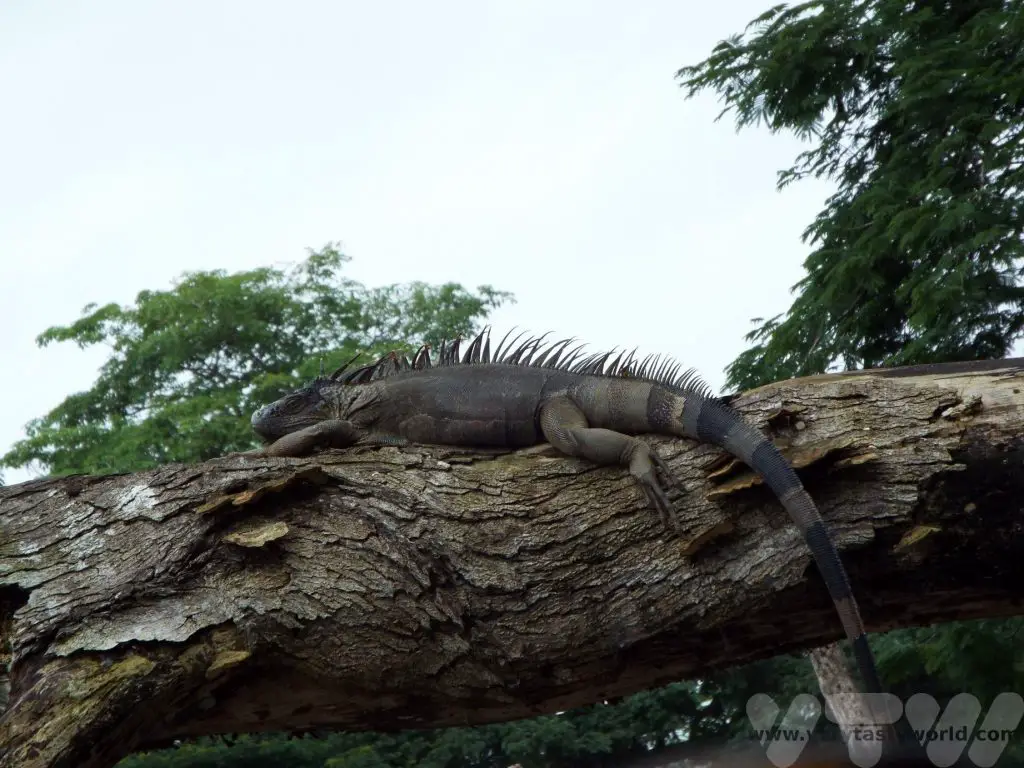
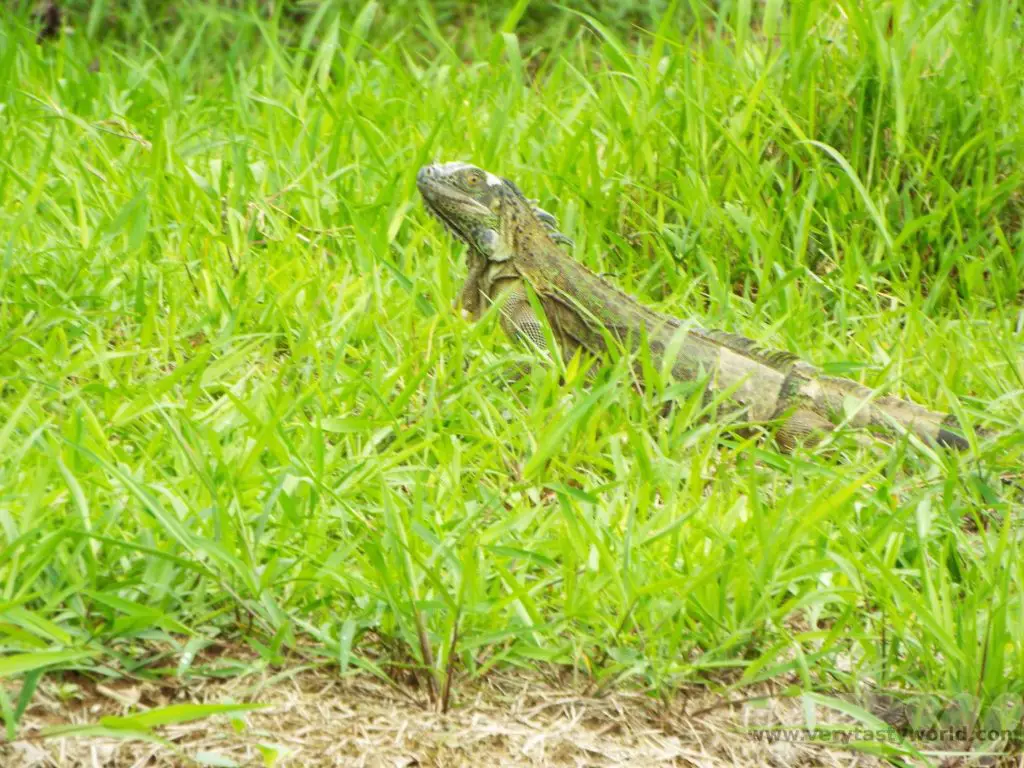
The anhinga is also known as the snake bird because when it swims in the water you can only see its elongated neck, which has the appearance of a snake gliding through the river.
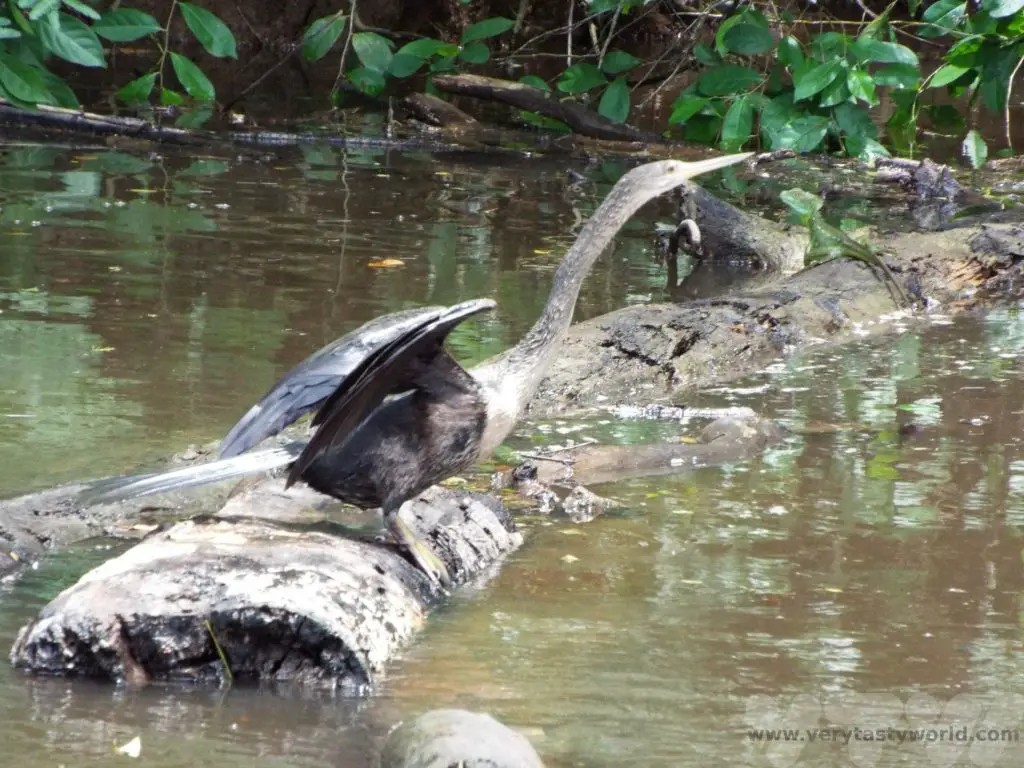
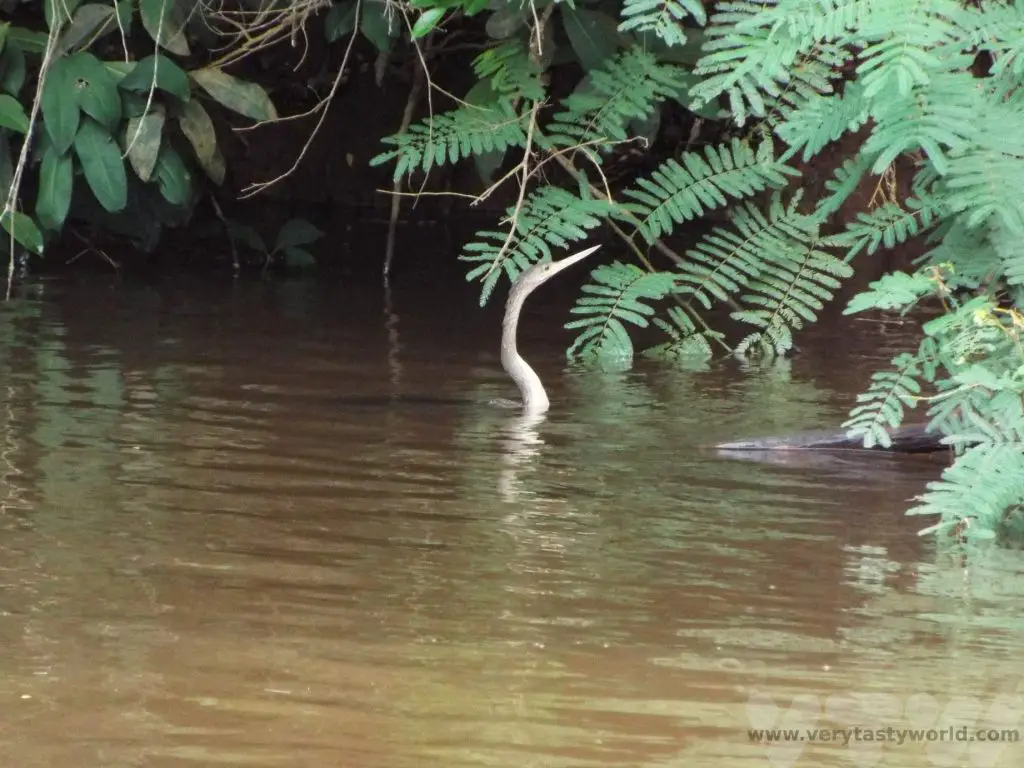
The Jesus lizard, or to give it its correct name, basilisk lizard, derives its moniker from being able to run across the water on its rear legs. It is possible for the species to do this because they have little scales on their back toes which form webs that trap water and air bubbles underneath them. If they run quickly enough the bubbles underneath these webs prevent them from sinking into the water. The lizards are able to swim if they go too slow.
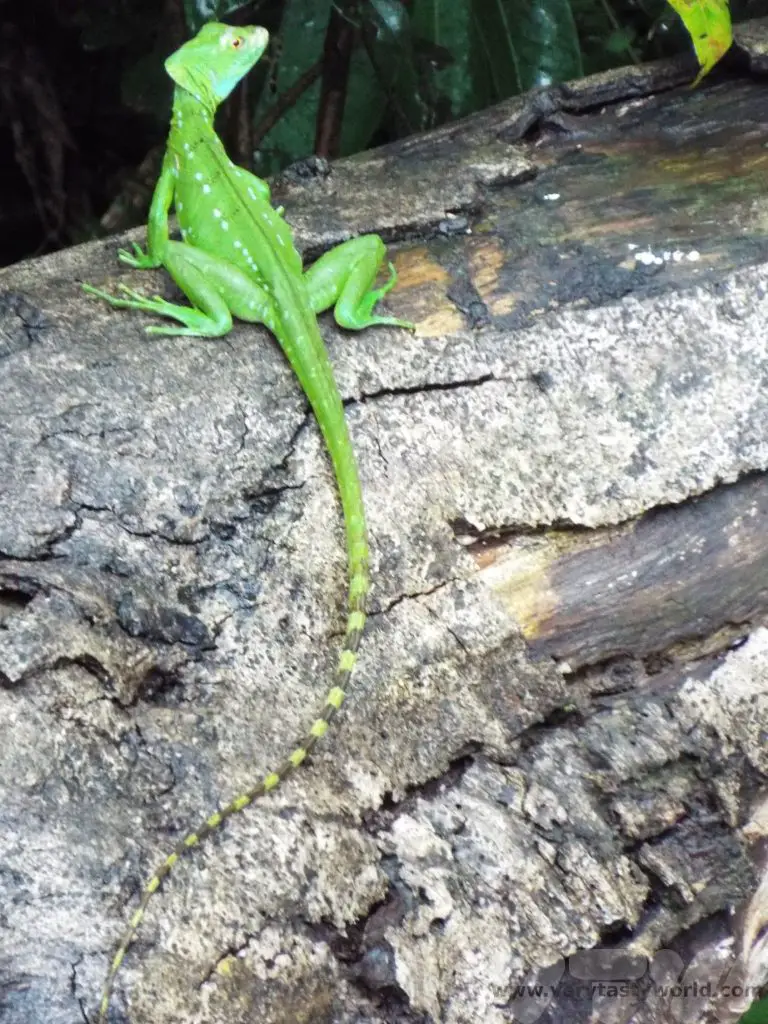
We sailed past a nonchalant caiman.
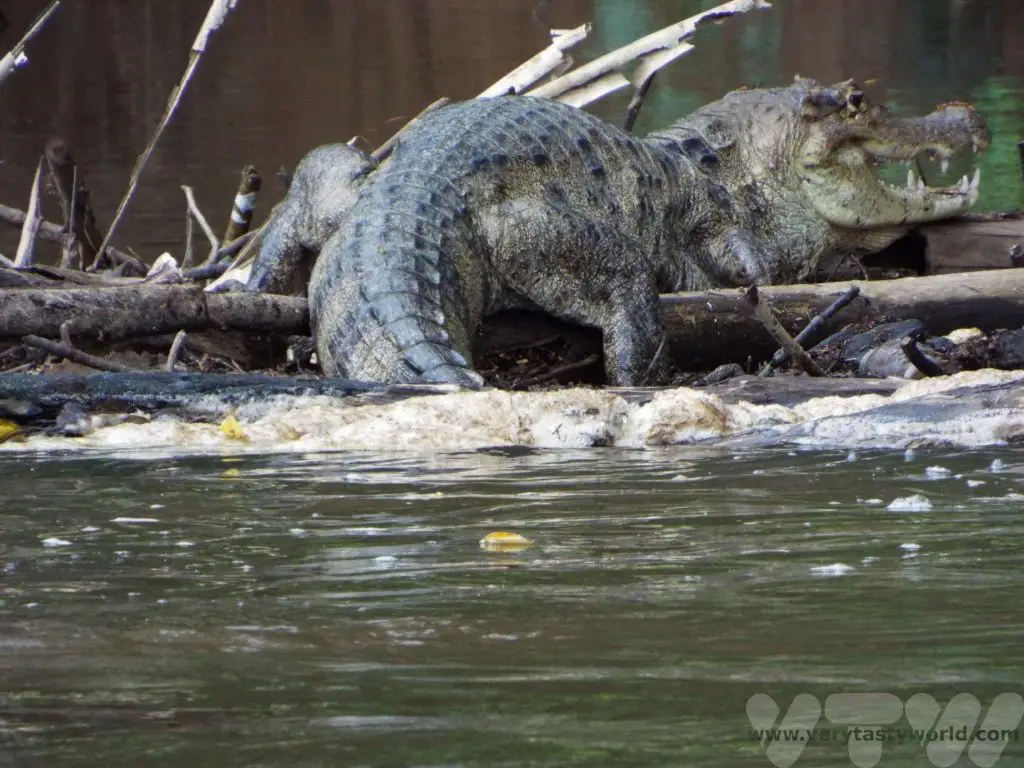
Sloths are probably the creature that most visitors to Costa Rica definitely want to see. On this excursion we saw a Two-Toed sloth, hanging around in the tree, which is what sloths do best.
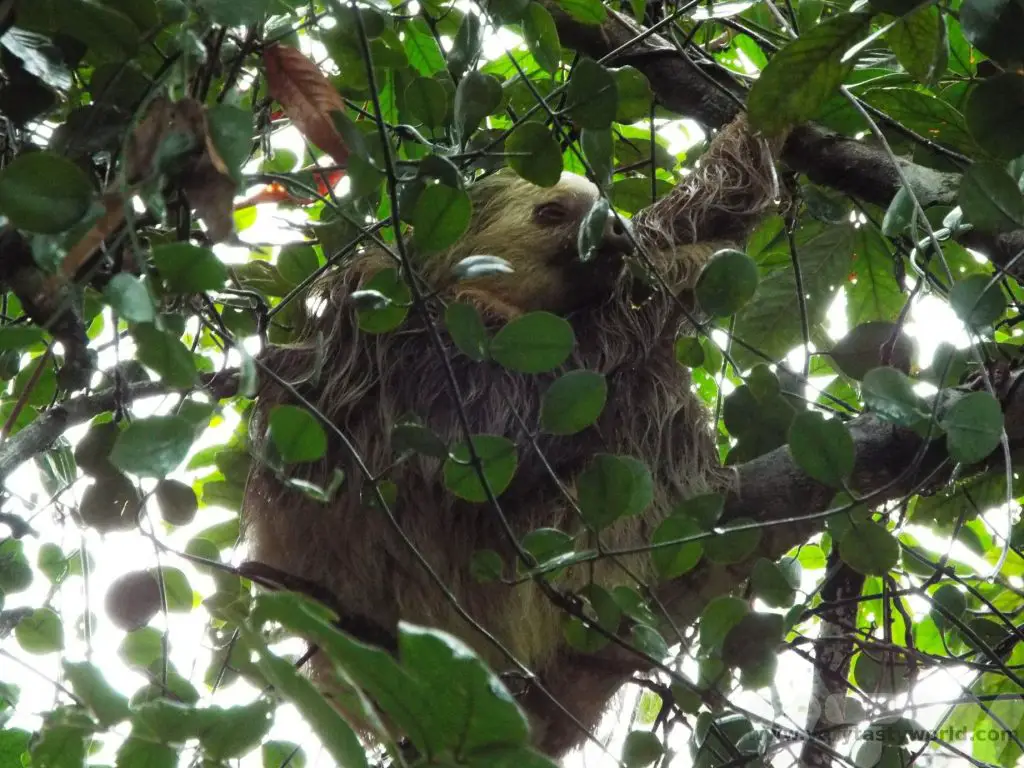
There are two species of sloth in Costa Rica: Two-Toed and Three-Toed. (We did see the Three-Toed Sloth, but on the Pacific coast, not on this river trip.) They are absolutely fascinating creatures – they appear to be incredibly lazy but this is largely because they have a very slow metabolism and most of their time is spent in the tree canopies. They have a multi-chambered stomach that is capable of digesting tough leaves but the digestion process takes a very long time. Once they are up a tree they will stay there for several days, only coming down for a poo, which happens once week. Pretty much everything else happens in the trees – eating, sleeping, mating, even giving birth.
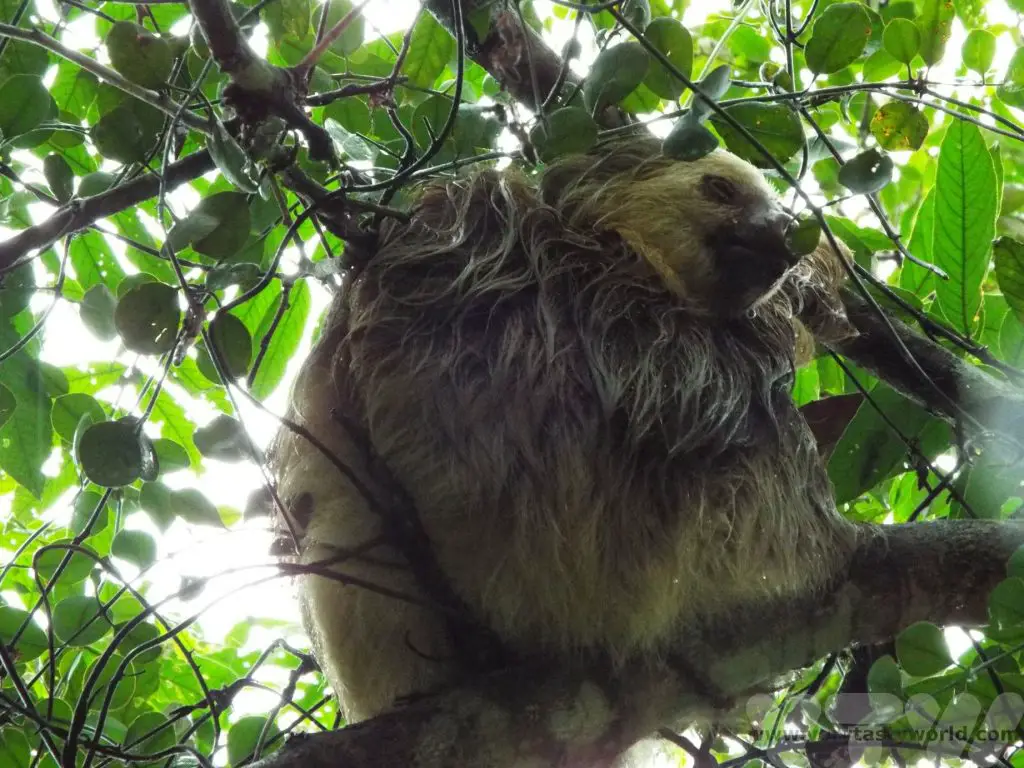
They are often covered in green algae, with which they have a symbiotic relationship, the algae providing them with some nutrition. In turn, the sloth’s fur, which retains water well, is an idea environment for the algae to thrive. It also helps provide camouflage – the sloth’s natural predators include ocelot and jaguar.
The species have been around for 65 million years, so there’s probably something to be said for taking things easy in life!
A Downpour
The river trip was hugely enjoyable but as we were travelling in the mid-season in June/July (it is rainy but not hurricane weather) we did experience something of a downpour. When it rains in Costa Rica, it rains! (Some areas we visited receive around 5000mm annually.) The showers at this time of year are extremely heavy but usually short-lived, lasting no more than twenty minutes to half an hour. The boat had a roof and our captain kindly rescued some kayakers who were enjoying their gentle paddle on the river until they got a complete soaking! They were hugely relieved when we picked them up and they stepped aboard looking somewhat bedraggled. We always recommend bringing wet weather gear if travelling at this time of year.
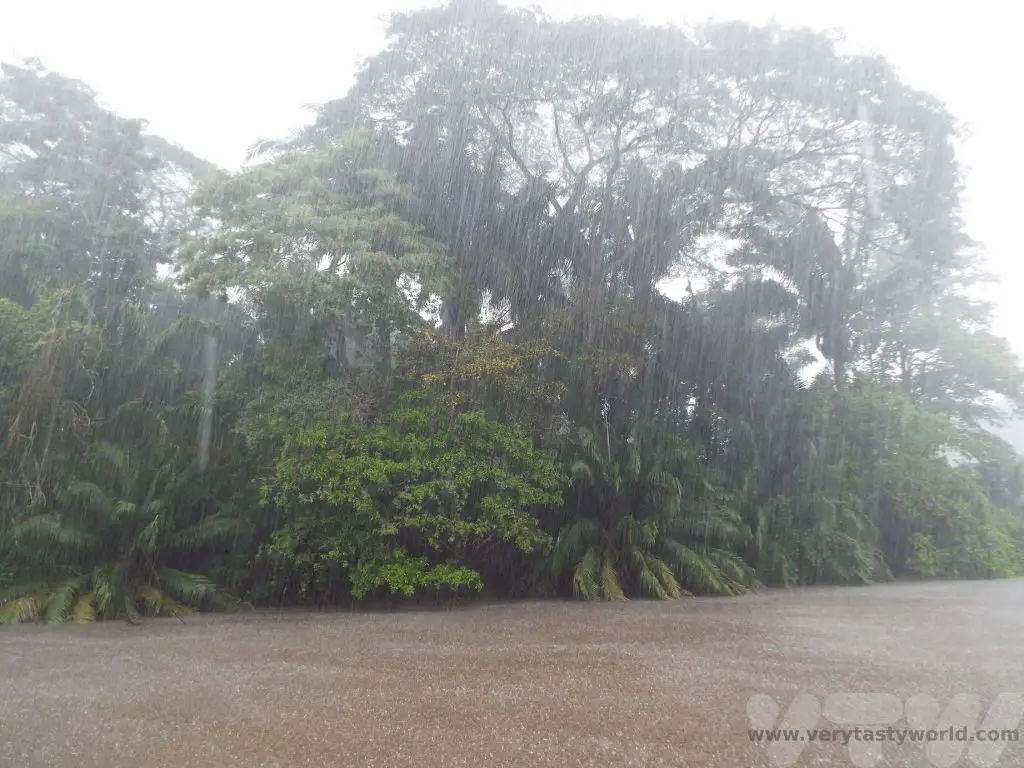
Feeling Fruity
After the boat trip through the wildlife sanctuary, lunch was provided. It was quite common at the end of most excursions we enjoyed in the country. We were treated to a fruit feast.
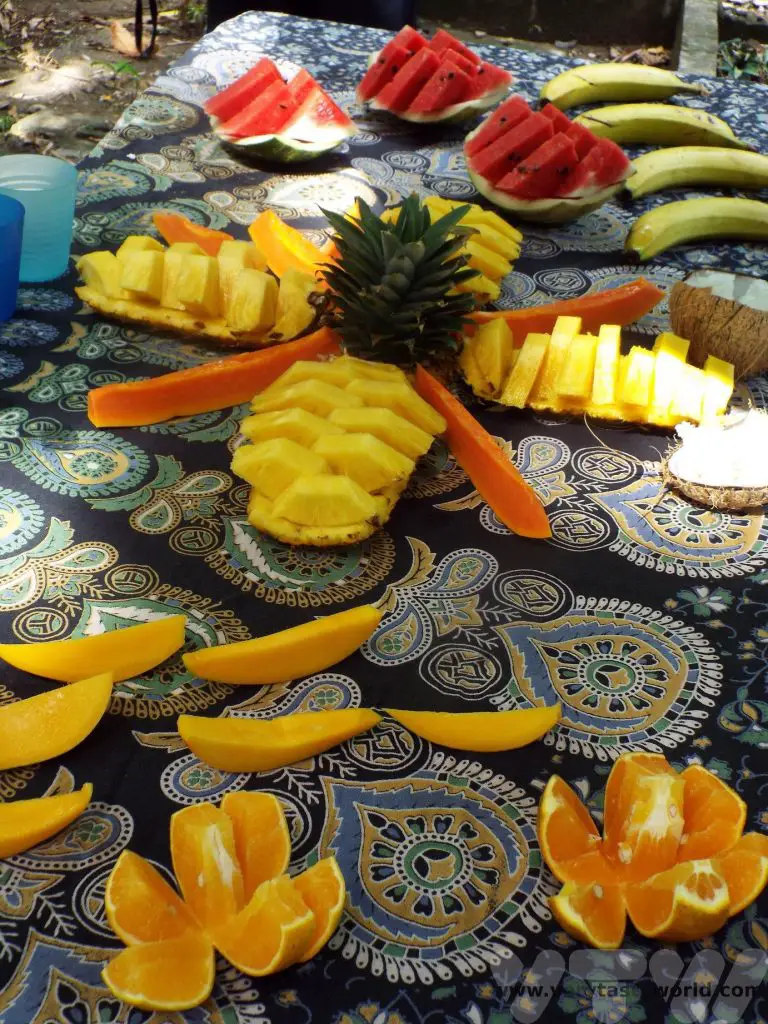
One of the wonderful things about Costa Rica is the utter deliciousness of the fruit. Around the Arenal Volcano area the soil is incredibly fertile and on our way to Caño Negro we saw vast plantations growing all sorts of fruit. In fact, the tour guide stopped the minibus a couple of times to buy some fruit from local sellers, so that he could offer us a taste. He also provided a running commentary throughout the journey telling us about the fruit industry in Costa Rica.
The pineapples were a revelation. Even the freshest pineapples we’ve ever eaten in the UK (often from Costa Rica!) were nothing compared to the organic local fruit. Most pineapples that are grown for export are treated chemically where they are stored (they can last up to a year) and ripened after they have arrived at their destination. It is such a shame that so many pineapples are grown this way – it isn’t good for the environment and the fruit’s flavour isn’t as good as it could be. Compare that to an organic pineapple and the taste is completely different. The local fruit had a really rich vibrant flavour, both sweet and tart.
The pineapple is actually a flowering plant. Only one flower grows each year per plant and it is only possible to gain a pineapple in three successive years. The first year’s is the biggest and these are the ones that are usually exported overseas. The second year’s pineapple is smaller and would generally be used for the local market or taken to a processing factory where it would likely end up in a tin. The third year’s fruit will be very small and will become juice.
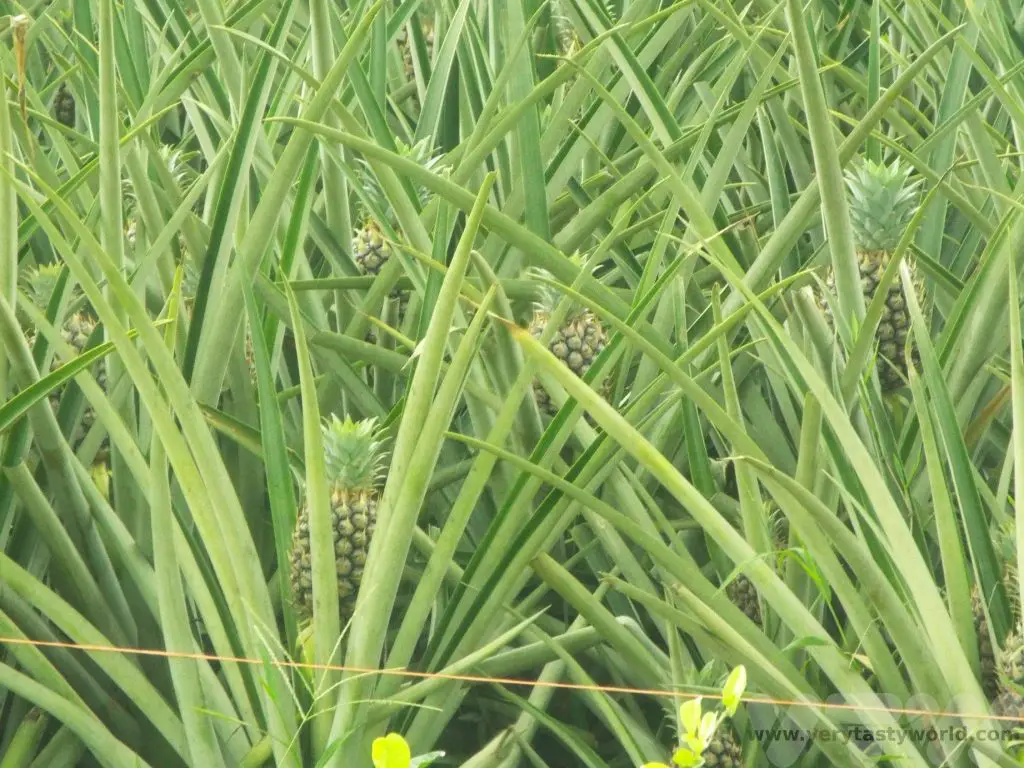
There’s a perception in many western countries that oranges should actually be orange. But many oranges aren’t as luridly orange as those classic fruit from Seville. The oranges in Costa Rica might not look the part but taste just fine. Bananas are another fruity staple of Costa Rica and plantations can be seen all over the country.
Many of the fruits grown in the country are familiar as they are exported around the world. However, there are some more unusual offerings which we were delighted to discover. Rambutan, also known as Mamon Chino, which apparently translates to Chinese Sucker, is a bizarre looking tropical fruit. You have to peel the pretty and colourful soft spikes to reveal the clear coloured flesh. They look similar to grapes or lychees and have a comparable texture although the flavour is very different, sweet and slightly sour, and nowhere near as perfumed as a lychee. There’s a seed inside that you need to be aware of – don’t bite too hard!
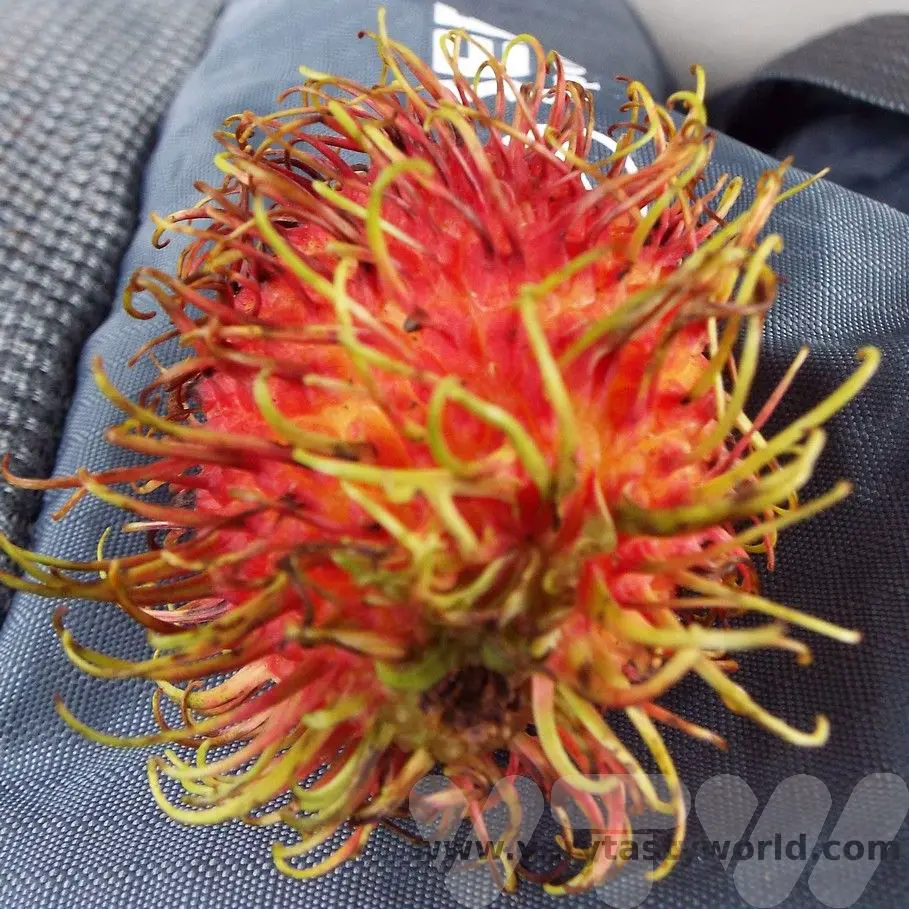
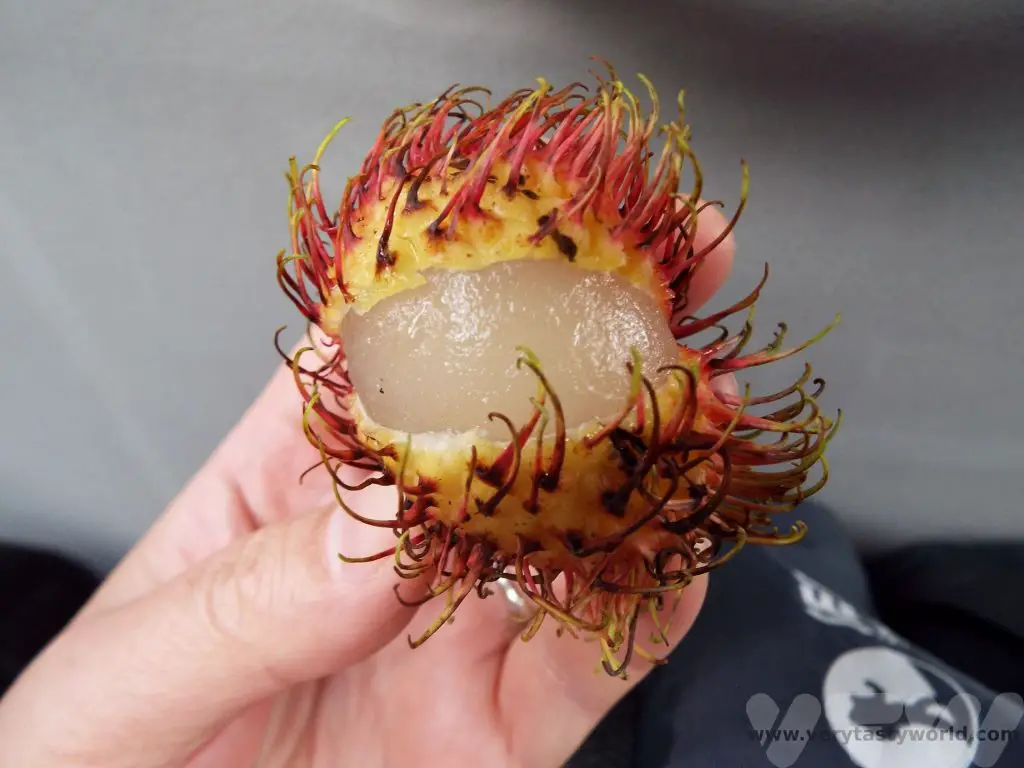
Noni is smelly and tastes bitter but apparently has health benefits. It’s not a fruit you would eat for pleasure. Some people mix it with other fruits in smoothies to disguise its flavour.
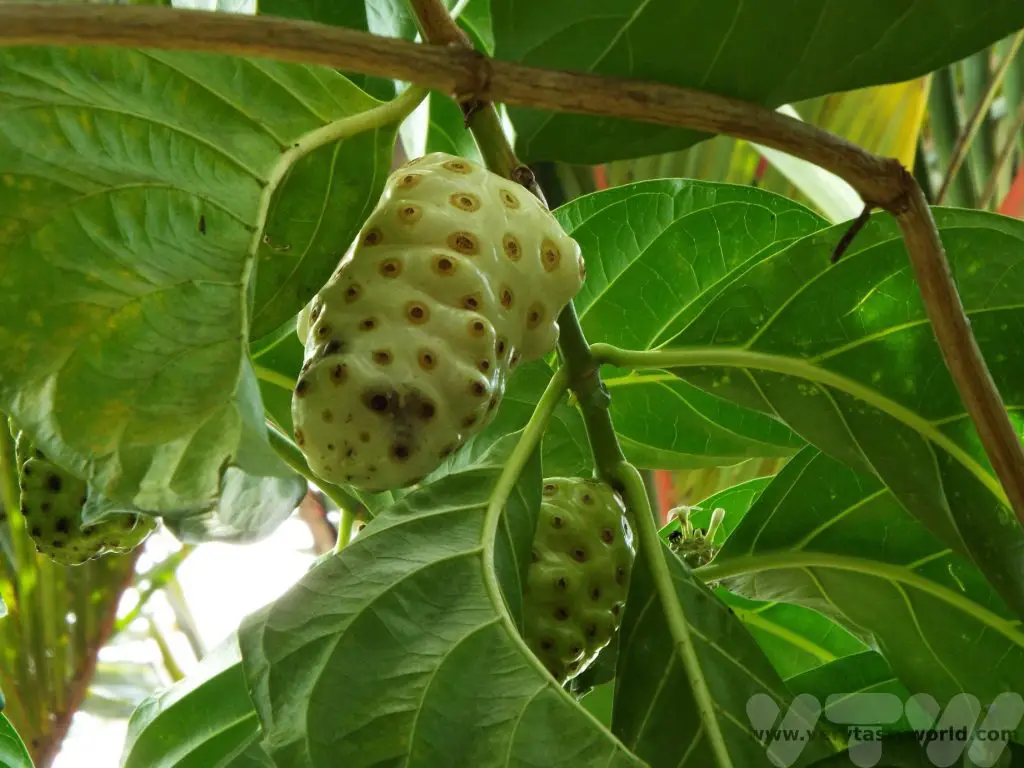
In Costa Rica you are guaranteed to enjoy at least ten of your ‘five a day’.
Related Posts You May Enjoy

- Rivers and Rainforests – A Guyana Itinerary
- Best Time To Visit Machu Picchu 2024 Update
- A 2 Week Patagonia Itinerary
- Day of the Dead in Campeche
- A Galapagos Land Based Itinerary
- RECIPE: How to Make Costa Rica’s Gallo Pinto
- A Tasty Puebla Food Tour
- Costa Rica Wildlife Sanctuary – Caño Negro
- Visit Torres del Paine National Park in Patagonia
